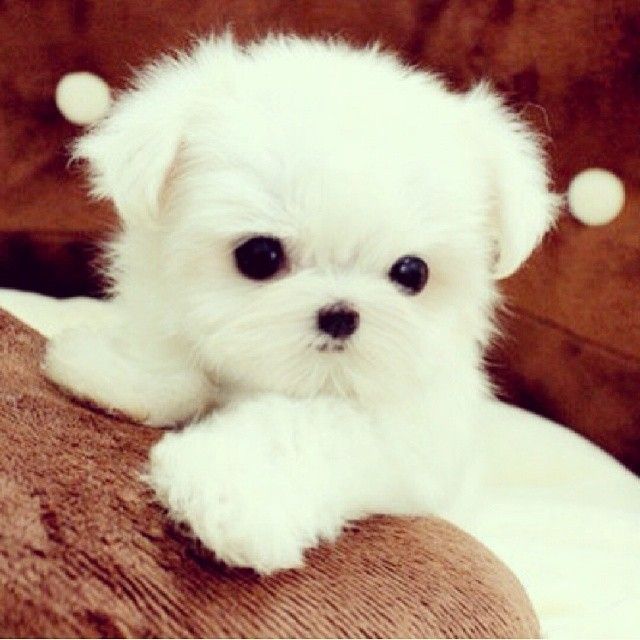Living with blind dog: Caring for a blind pet
Tips To Adjust To Vision Loss In Your Dog
Three years ago, my now 17-year-old retired service dog Mercury started going blind. Even though I had worked with dogs for 20 years before he started losing his vision, I didn’t know much about blind dogs. Naively, I thought his blindness would dramatically change his life.
It turns out, I had a much harder time than he did adjusting to his blindness. Initially, it was hard for me to realize that this dog who had saved my life wasn’t able to see me anymore. But, once I stopped feeling sorry for him (and myself), I was able to recognize that he wasn’t struggling or afraid. Watching my blind dog continue to love life, train, earn trick titles, hike, and surf—all while not being able to see—has inspired me to teach others not to shortchange blind dogs of any age.
What Causes Blindness in Dogs?
Canine blindness and loss of vision can be caused by a variety of conditions. Sometimes blindness is a natural result of conditions associated with old age. For other dogs, it comes on quickly when they are quite young. Common blindness-causing conditions include cataracts and glaucoma, as well as Sudden Acquired Retinal Degeneration Syndrome, or SARDS. As the name implies, dogs with SARDS lose their vision quickly instead of it slowly deteriorating over time.
If your dog begins bumping into things or seems disoriented and you suspect they’re losing vision, make an appointment with your veterinarian right away. In addition to diagnosing your dog’s vision issues, the vet may refer you to a canine ophthalmology specialist.
Safety First For Blind Dogs
For dogs who have lost their sight, maintaining routines as much as possible can help them adjust. Keep your furniture in the same spots to make it easier for your dog to navigate your home. If you redecorate, or when you bring your dog to a new place, bring them carefully around the area to show them obstructions. Because your dog can’t see, make sure that any potential dangers such as swimming pools or staircases are blocked off with fences or baby gates to prevent falls.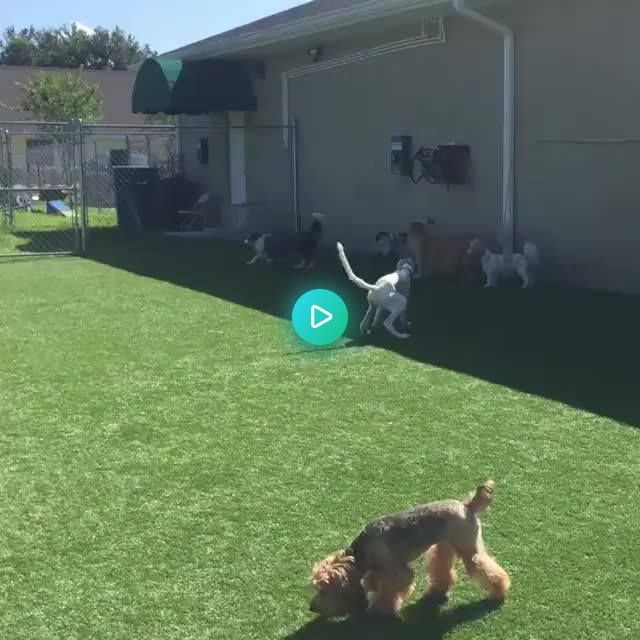
If you find your dog bumping into things frequently, talk with your vet or canine ophthalmology specialist. They may recommend a bumper like Muffin’s Halo that can help protect your dog’s face.
2014 Ace Award winner Xander the Pug went on to become an accomplished therapy dog after going blind.
Many blind dogs are able to happily return to activities they enjoyed before losing vision. So, where possible, don’t stop engaging in activities that your dog has always loved. However, make sure to always keep blind dogs on leash so you can prevent them from walking into things or getting hurt.
It’s also essential to inform people who interact with your dog—such as groomers and dog walkers—about your dog’s condition. Most people who see my dog Mercury have no idea that he’s blind, but I still like to advise anyone who approaches us so that they don’t startle him. You can also purchase leash and collar wraps that say “blind dog” to communicate to others that your dog is visually impaired.
Play
Just because a dog can’t see doesn’t mean they don’t want to play! Play is an important part of life for dogs and loss of sight doesn’t mean that playing days are done. When playing, blind dogs utilize their other senses to compensate for a lack of sight. So, opt for toys that squeak, rattle, and make noise when they move, so that your dog will be able to find them.
Training
Even for experienced owners, it can be shocking to see how well most dogs adjust to going blind. Blindness need not create a change in your training routines with your dog. It just may require some shifts in how you cue certain behaviors. Obviously, your blind dog will not be able to respond to visual signals. However, verbal cues work well to help blind dogs maintain existing skills and learn new ones.
Luring with treats and then incorporating physical cues can work well with blind dogs. For example, a shoulder touch to cue a sit or a back touch to cue a down. Keeping blind dogs physically and mentally exercised is important.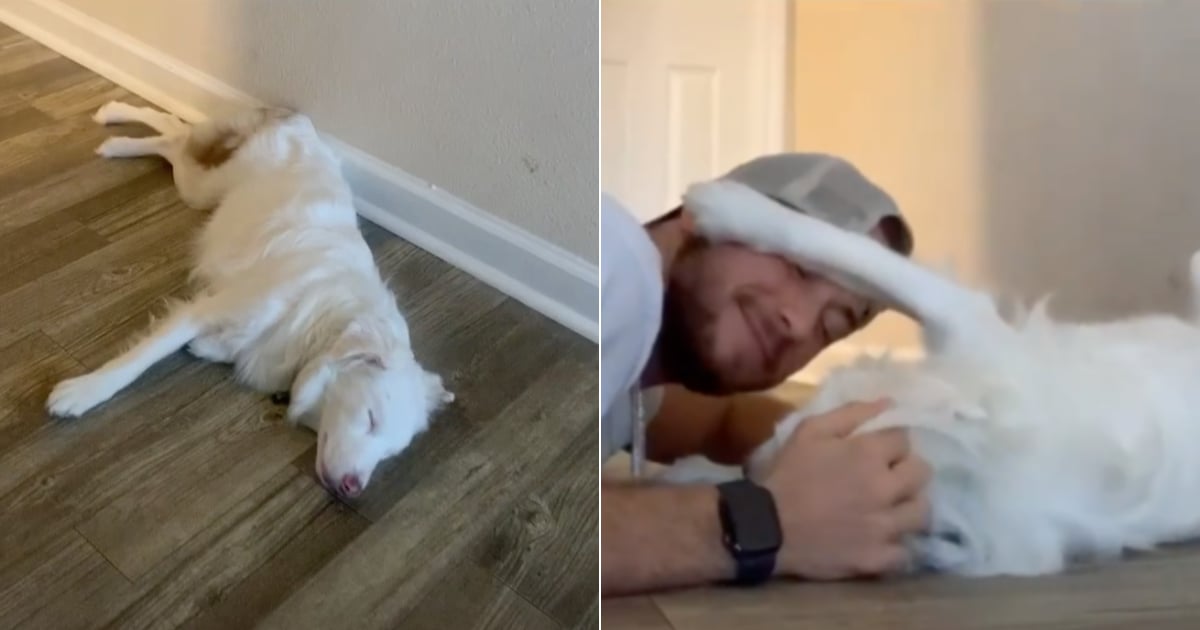
Sports
The sport of AKC Scent Work is an ideal outlet for blind dogs because they’re relying on sense of smell to search for odor. Scent Work can build confidence for blind dogs and be an excellent way to channel energy. Other options for blind dogs to earn titles include the Canine Good Citizen (CGC) program, Trick Dog competitions, or therapy dog work.
While discovering that your dog has become blind might be overwhelming or even devastating for owners at first, it’s important to recognize that blindness isn’t a death sentence. Dogs who go blind can and do continue to go on to live enriched lives. They just need a little extra help from us to keep them safe.
Tips for Living with a Blind Dog
Little Miss Sweet Pea
Just like people, dogs can experience a loss of eyesight as they get older. While some dogs are born sightless or visually impaired, others may lose their vision due to cataracts, glaucoma, progressive retinal atrophy, or suddenly acquired retinal degeneration (also known as SARDS).
Ultimately, the loss of eyesight does not mean your fur baby must suffer a poor quality of life. On the contrary. You might be surprised how well your blind pup can get around without seeing a thing! As the fur parent of a blind, 12-year-old Boston Terrier, I am in a qualified position of experience to provide some insight and tips for living with a blind dog.
My husband and I adopted Miss Sweet Pea from the Humane Society of the Nature Coast in August of 2020. We didn’t plan on having a new fur-baby so soon. We had just lost our precious Mr. Maximus after a year-long battle with canine lymphoma and we were still deep in grief. Then we saw Sweet Pea, a 12-year-old, blind Boston Terrier with (what we have come to learn is) selective hearing and fell in love immediately.
Of course, the first thing we did was to go online to find information and tips for living with a blind dog. Most sources offer the same common sense suggestions. But the ones we find the most helpful are the ones we’ve learned through experience. A selection of both are shared below.
Prepare Your Home for Your Blind Fur Baby
If you have just adopted a sightless or vision impaired dog, it’s a good idea to arrange the furniture in your home in a way that allows for ease of movement through each room. When you bring your sightless fur baby home for the first time, walk them through the house on a leash – slowly — so they can start becoming familiar with the layout of their new surroundings. Talk to them and let them know where they are.
Pay particular attention to showing them the way to their bed and their food and water bowls. Show them the way to the doors to other rooms and how to go outside and be sure to familiarize them with the backyard for when they need to go do their business.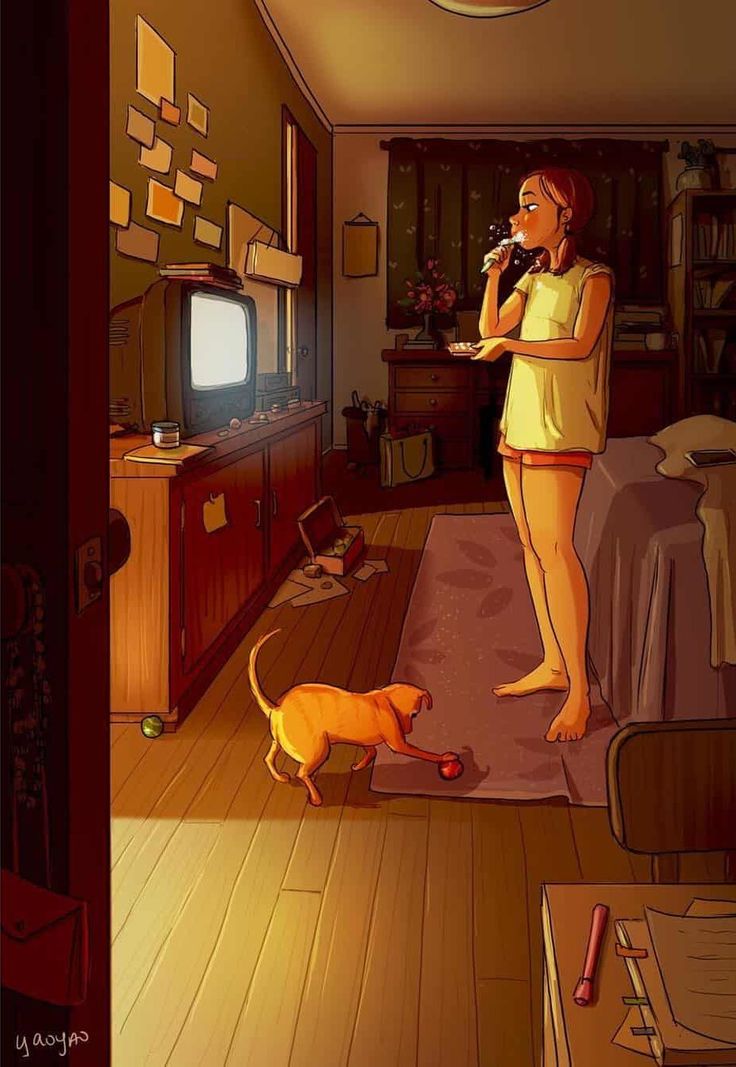
If you have a pet that is going blind, keep as much of the existing environment and furniture payout the same as possible. They already know their way around and drastic changes could create confusion, fear and even injury.
WARNING: If you have a pool or a pond in your back yard, NEVER LET YOUR BLIND DOG GO THERE UNSUPERVISED!!!
Pols and ponds can be a fatal art of your backyard for a sightless pet.
We have a large pond in our backyard. One night, Miss Sweet Pea decided to cross the bridge that spans the width of the pond and, when she made that right turn too early, she fell straight into the pond and sank like a rock. I ran, jumped in and fished her off the bottom of the pond and she came up sputtering and shaking. That was a terrifying lesson I will never forget. NEVER, NEVER, NEVER LEAVE YOUR BLIND DOG UNSUPERVISED NEAR WATER!!!
Again — DON’T REARRANGE THE FURNITURE!
For anyone who knows me, they can tell you.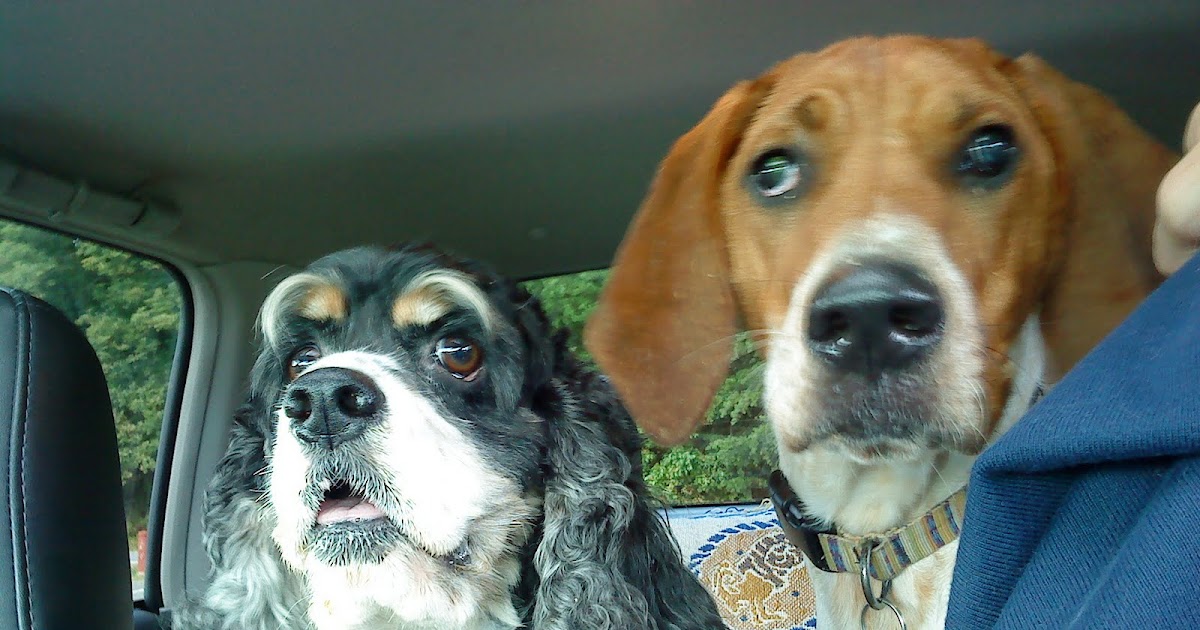
Sweet Pea has already learned her way around the house and is so familiar with the layout she gets around just as well as her sighted fur-siblings. In fact, when people come to visit, they are surprised to find out she can’t see.
Be Aware of Where They Are
Because Sweet Pea loves being around us, she follows the sound of our voices. Because of that and we frequently find ourselves turning around and almost tripping over her.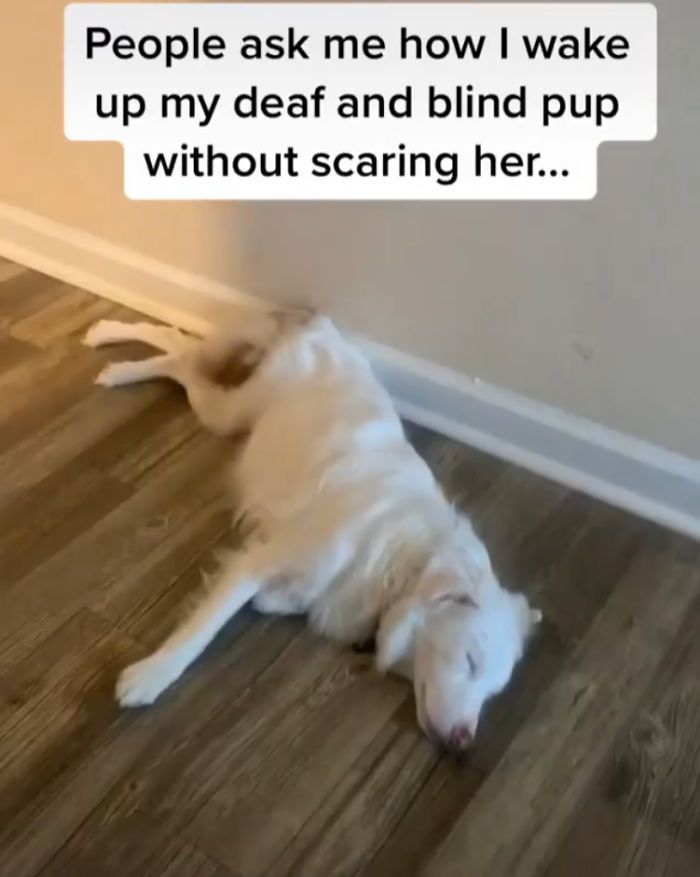
Sweet Pea loves her beds but sometimes she loves to hang around our feet.
Pay Attention to Floor Textures
Another thing we’ve observed is “how” Sweet Pea navigates her way around the house and backyard. She is actually “listening” and “feeling” her way around. When her paws are tapping on granite tile, she knows she’s in the wide-open area of the living room and she zips around as fast as her sighted brother Einstein and sister cats, Little Bit and Miss Kitty Kitty. Because the tile in the dining area has a different texture, she knows precisely when she enters the dining area. When her paws touch the low-nap area rug, she knows she’s near furniture and she slows down. When her feet hit thick pile carpet, she knows she’s in the bedrooms.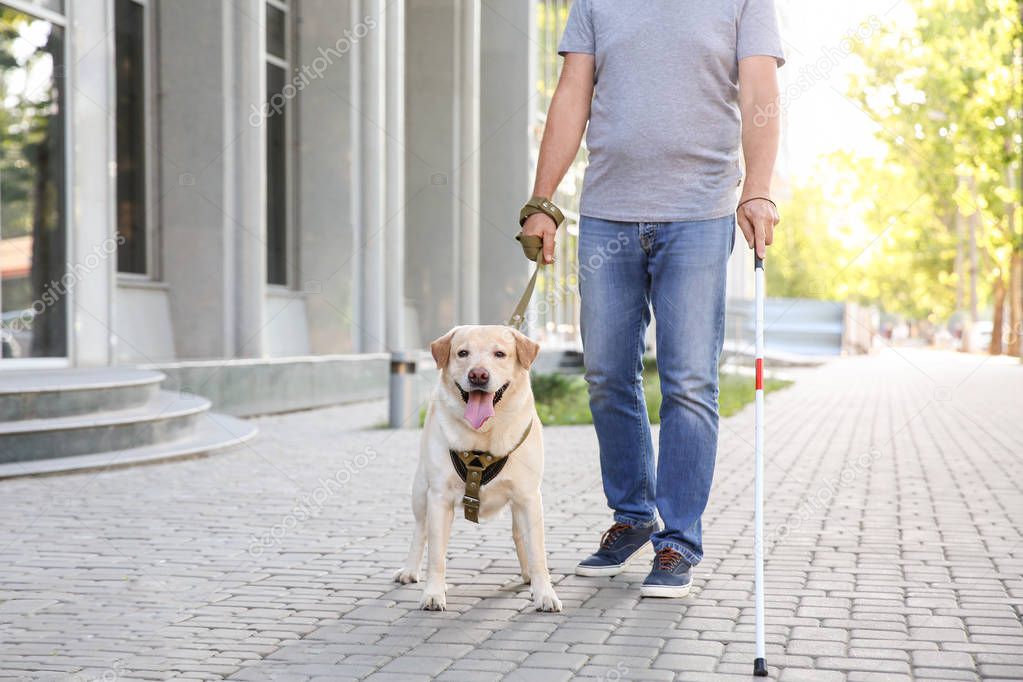
Try to leave area rugs where they are. Moving them will confuse your fur-baby. When I had a runner from the hallway hanging on the fence to dry after a good scrubbing, she stopped abruptly when she came to where it should have been. She then moved cautiously forward until she came to where she knew where she was again before resuming her confident pace.
If you frequently leave doors open, don’t start keeping them closed. If you have a sliding door to go outside, pay attention when you open and close it. If Sweet Pea hears the door open she will sometimes come running to go out. If I shut it before she gets there, without knowing she’s coming… Well, it’s no fun watching her smash face-first into the glass.
Introduce Them to Their Fur (or Feathered) Siblings
If you have other pets in your home, take time to introduce your blind pup to each one of them with supervision, especially if any of them are known to be “enthusiastic” playmates.
While Sweet Pea’s sister kitties aren’t the “play-time” sort, they are known to snuggle with Sweet Pea for naps and at bed-time.
Sweet Pea and Nadya
Sweet Pea adored her sister Nadya. Unfortunately, we didn’t get to sped much time with Nadya because she was ill when we adopted her. But Sweet Pea helped us give her the best life ever.
Let others know your dog is blind
When other people see your dog, they may ask… “Can I pet your dog?” While you might be okay with that, it’s important to let your sightless pup know someone is getting ready to touch them. There are times when I look over at Miss Sweet Pea while she’s sitting next to me on the sofa and she’s just so darn adorable I have to reach over to give her a pat on the head… and she almost jumps out of her skin.
Always give your blind fur baby a verbal warning before you touch them. When others want to pet your pup, tell the person your dog is blind and ask them to call your pup’s name and to approach slowly.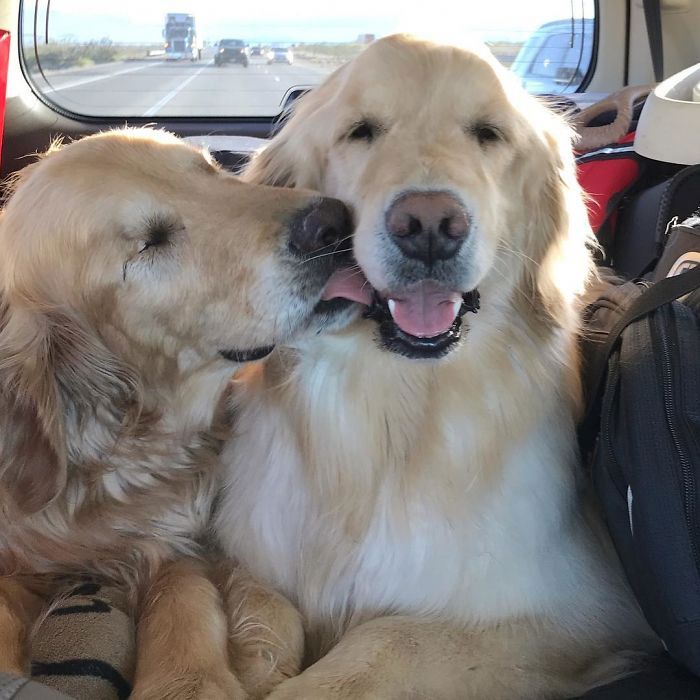
When we have company, Sweet Pea can hear the new voice in the house. As she goes over to meet them I advise the guest that she is bind and I ask them to stand still until she checks them out. She’ll go over, smell their legs, and then she walks away. Interestingly, when a guest returns that she liked and she hears their voice she will go over, smell their leg and when she has confirmed their scent she gets so excited, standing on her hind legs bouncing with happiness in a plea for them to pick her up so she can give them kisses!
Get things your dog can wear to let others know they are blind.
When going out in public it’s a good idea to prepare them with something that will let others know they are blind.
If your dog is having trouble navigating your home, a Halo will protect their face while they learn their way around.
Give your dog a safe zone.
It is important to establish an area in the house that provides a safe place for your blind pup to “get away.”
So, to provide her a “safe space,” Sweet Pea and her big German Shepherd Dog brother Einstein have a little spot against the wall in the family room where they can be out of the way of “traffic,” yet still be part of the gang. There’s a large dog bed for Einstein and a small one for Sweet Pea. But, that’s not to say she doesn’t claim his bed now and then.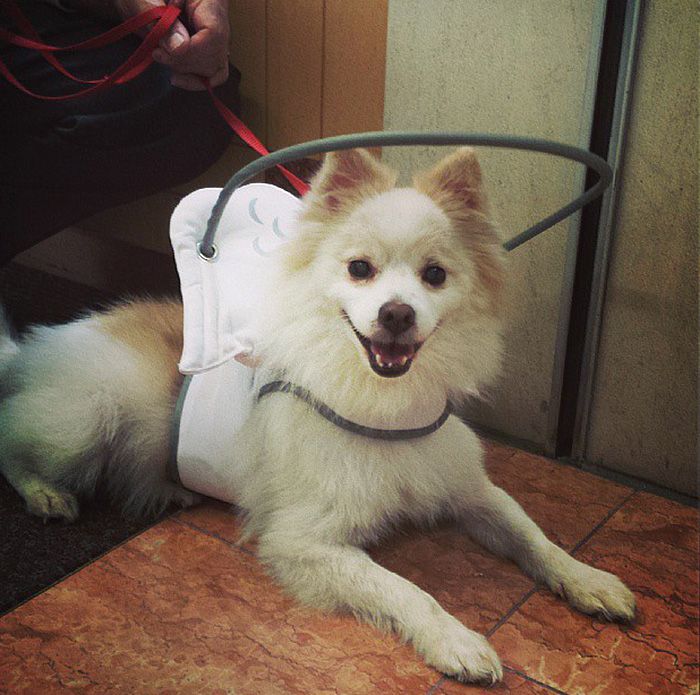
Sometimes we forget, n matter which way Sweet Pea faces in a room, her view is always the same!
Fun, Pleasure and Play-Time
One of the greater challenges with a blind dog is finding ways to engage with them in play. Since they can’t see, “fetch” is out. But there are other ways to have fun with your sightless pup. The best way to discover what they enjoy is to pay attention. They will let you know.
Sweet Pea loves plush squeaky toys! In fact, whenever we come home (even if it was after a short trip to the grocery store), we give her a squeaky toy. She is so excite, she takes it in her mouth, runs to her bed and shakes it around until she gets the excitement out of her system. Then she finds you and insists on snuggles. It’s a ritual we all enjoy.
Sweet Pea loves sunbathing.
A peculiar thing we have noticed is Sweet Pea really loves sitting in the sunlight. While she can’t see sunlight, she can definitely feel it, and you can tell by the look on her face that it feels so very good.
Whether she’s inside or outside, she has her favorite places where she knows the sun will be shining and she will sit there, eye closed, for the longest time doing nothing but soak up the warmth.
She love dress-up! It doesn’t matter what it is. But you can tell, the moment you put something on her she literally smiles .
Sweet Pea loves going outside. But we never leave her outside unsupervised.
Sweet Pea absolutely loves playing dress-up hanging around the Silkie Chickens. Maybe their small size makes her feel like a big sister! When the Silkies are free ranging in the backyard Sweet Pea likes hanging together with them. Hedda Hopper has really boded with her. They often find a sunny spot in the yard and just sit there soaking up the rays together.
Sweet Pea and her Silkie Sister Hedda Hopper.
So, there you have it. Except for the fact that one can’t see, there really isn’t much difference between as sighted and blind dogs. While one might require a little extra care, they both love to play, they love to get snuggles and they love being part of a family.
If you have a vision-impaired dog and have some advice to share, or if you have a dog that is losing sight or plan on adopting a sightless pup and have questions, please share it in the comment section below.
Living with a Blind Dog
Skip to content
Living with and training a blind dog is very rewarding. Set realistic expectations, be patient, and always remember to celebrate victories – no matter how small. Give your blind dog a few weeks to learn about his new home and the people he shares it with. Once he has mapped out his home, figured out where everything is, and is bonding with your family, you can begin training!
Setting up your home
Carefully examine all areas of your home – inside and out – to look for anything at your dog’s level that could injure or scare him.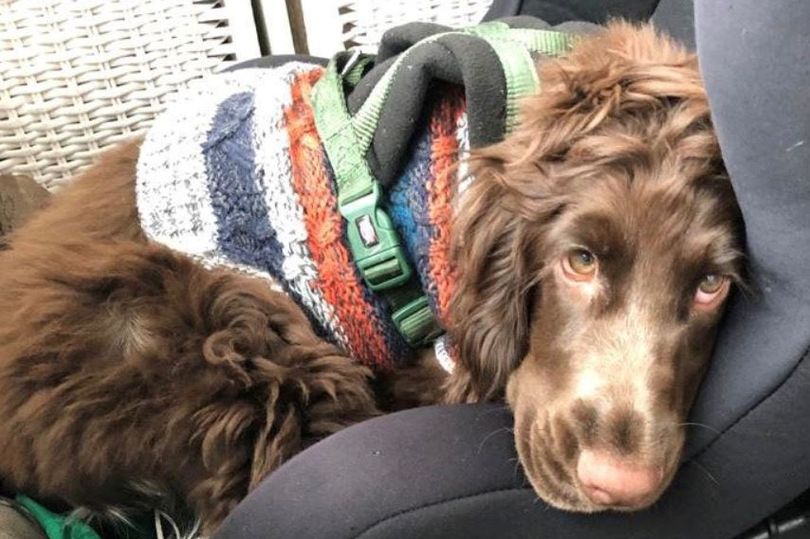
The location of your dog’s food, water and bed should never change; however, you can have food, water and another bed in a second location if you’d like. These areas need to be thought of as home base and can help reorient your dog if he gets turned around at any point. If possible, try to crate train your dog too – so he will be safely tucked away when you leave home.
Try not to rearrange your furniture. Relocated chairs and couches can be very unsettling for a blind dog that depends on his world staying predictable. You can use scent markers to alert your dog to where doorways are. A scent marker can be cotton balls with peppermint or vanilla flavoring dabbed on them. A change in texture can help him learn about hazards.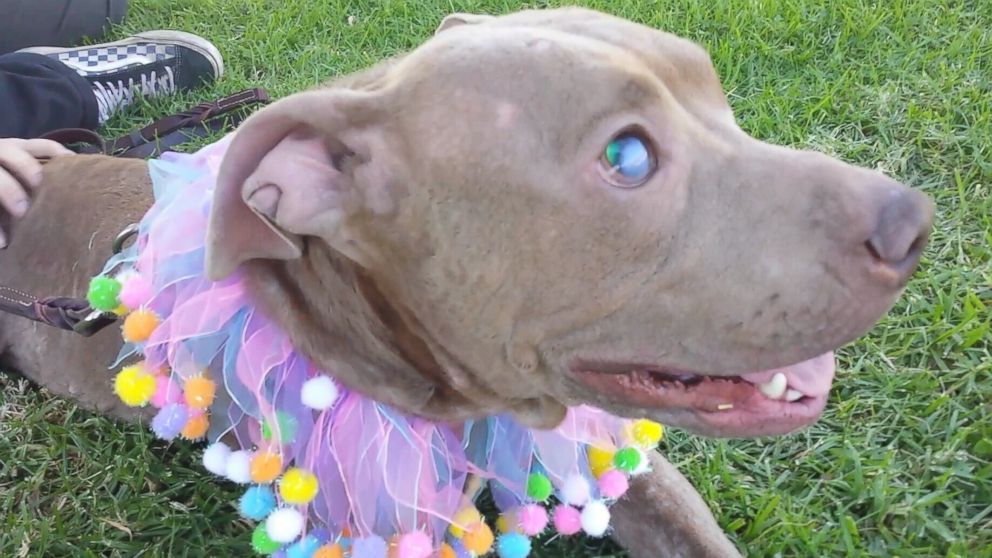
Block off stairs! Do not take any chances. Over time you can teach him about the stairs and how best to navigate them, but until then keep them off limits.
If you have a slippery floor, you can apply nonskid adhesive strips or introduce him to nonskid booties. Dogs don’t love these right off the bat, so pair yummy treats and praise with his slow introduction to the booties.
If there are other animals in your home, have them wear a cat bell. If he seems to have trouble locating you, you could always sew a cat bell onto a ribbon or elastic hair band to put on your wrist or ankle.
Helpful Tips
Be your dog’s advocate. Don’t let people or other animals approach him on their own. If your dog has just recently gone blind or is going blind, he may be feeling vulnerable.
You will be your dog’s safety net, especially at the beginning. Let him know when you’re leaving the room and when you’re approaching him. Teach him a word for each!
Walking him on a comfortable harness may give you more control than a regular collar when you are on walks.
Make a list of words that can help him navigate the world: “step up/down,” “stop,” “left/right,” “slow,” etc.
Toys, like the Babble Ball, are available that make noise and may fascinate your dog. You can also teach your dog the names of his favorite toys. Soft puzzle toys can also be great as your dog will use his nose to locate the treats.
Suggested Reading
Living with Blind Dogs, second edition
Caroline Levin
My Dog is Blind – but Lives Life to the Full!
Nicole Horsky
Through A Dark Silence: Loving and Living with Your Blind and Deaf Dog
Debbie Bauer
Blind and/or Deaf Dog Organizations
The Oregon Humane Society is not affiliated with any of the organizations listed below and is not responsible for the services offered.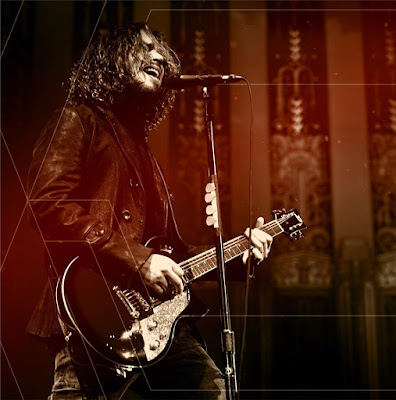
Deaf Dogs of Oregon | www.deafdogsoforegon.org
Advocacy, education and owner-support organization.
Deaf Dog Education Action Fund | www.deafdogs.org
Education and funding resource for the purpose of improving or saving the lives of deaf dogs
Amazing Aussies Lethal White Rescue of Arizona | www.amazingaussies.org
Adoptions, rescue and educational resources for blind and/or deaf dogs.
Australian Shepherds Furever | www.australianshepherdsfurever.org
Guidance and education for owners with blind and/or deaf Australian Shepherds.
Association of Professional Dog Trainers | www.apdt.com
Use the “Locate a Trainer” search tool to find a dog trainer in your area.
Need help? Call our free pet behavior help line at (503) 416-2983.
Passion for life: a few words about how to live and work with a blind dog
For a person, sudden blindness often becomes a catastrophe. Through vision, we receive such a volume of information that its disappearance literally turns our world upside down. Probably not even so: the familiar world simply disappears.
A dog who has lost his sight certainly experiences serious discomfort, but for him blindness does not turn into the end of the world. This is explained by the fact that, on the one hand, vision is not the main sense organ for the dog, and on the other hand, its psyche, unlike the human, is much more plastic and much more focused on survival in any conditions. I have not met dogs that constantly feel sorry for themselves, thump with grief or are angry at the whole world, because nature didn’t give them something there or suddenly took something away.
That’s the way a man is: he always invents much more difficulties for himself than he actually has.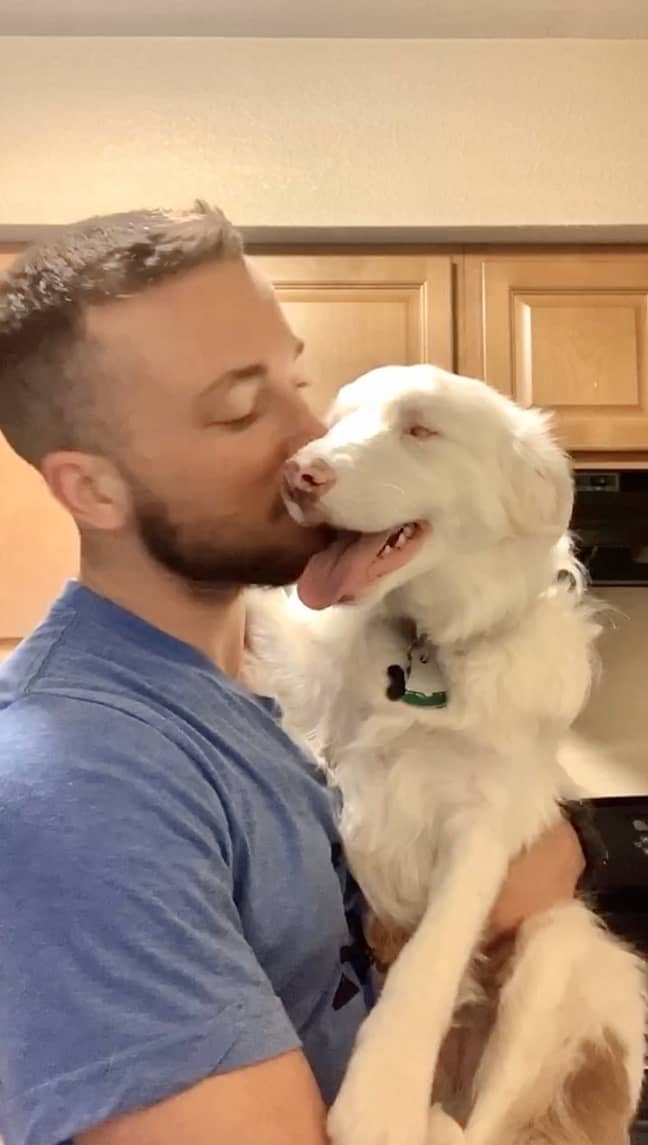
I have worked several times with dogs that are said to have special needs. Surprisingly, it can even be difficult for a person from the outside, unfamiliar with the situation, to notice that the dog does not see anything. This becomes obvious only when you notice clouded pupils that are not able to let in a drop of light, or empty eye sockets.
You know, one day I realized that the dog is blind only after half an hour of communication, noticing that he does not follow his hand with sweets.
It is very hard to accept that your dog is blind, even harder to decide to adopt a blind puppy. Sighted – in bulk, why take on such hemorrhoids? – so many people who come to the shelter argue. Now I do not set the task of convincing those who doubt or reassure those who are worried, everything is much simpler: if a problem arises, it must be solved. The question is how.
Prepare your home for the appearance of a blind dog
Often a person from the outside does not even realize that the dog does not see anything.
Whether you’re picking up your dog from a clinic or considering adopting a blind puppy from a shelter, the first thing to think about is making your home safe for the dog. Be patient and go through your apartment or house several times, carefully inspect the garden for any sharp corners, steps, protruding pins or sticks – in a word, anything that can injure the dog.
“One of the visitors to the shelter, who was preparing to take home a blind dog, was not too lazy to get on all fours and in this position once again go around her house and yard. This helped her literally put herself in the dog’s place, and she was able to see what she had not paid attention to attention from the height of his height.”
Mary Jo DiLonardo, Dog Behavior Writer
Put secure barriers on all doors and stairs that could be dangerous to a blind dog. Close all hatches and pits with secure covers. If you have a pool or fountain, make sure that access to them is securely blocked.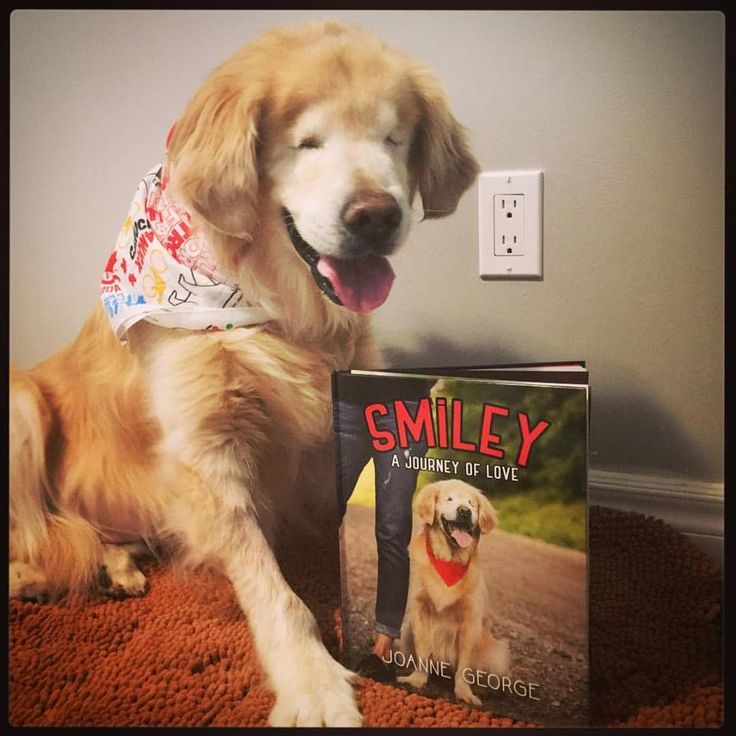
Inside the house, it will be useful to lay carpets and rugs, thus marking safe places to move. In the yard, paths sprinkled with sand, bushes and trees will play the role of the same markers. Just be sure to check that the yard is securely fenced.
I’ll note right away: a dog’s blindness is not a reason to walk all his life only on a leash. It does not matter if the dog lost his sight as an adult or was born blind – he is quite capable of adapting to his condition so as not to cause any serious discomfort to himself or to you.
Of course, at first she will need your help, but how else? For some time you will have to walk her on a leash, giving her the opportunity to explore everything properly. In the courtyard of a country house, this period will take several days, in the city, most likely, several months. Not years, but months! Think over two or three routes of daily walks of different duration and walk your dog along them.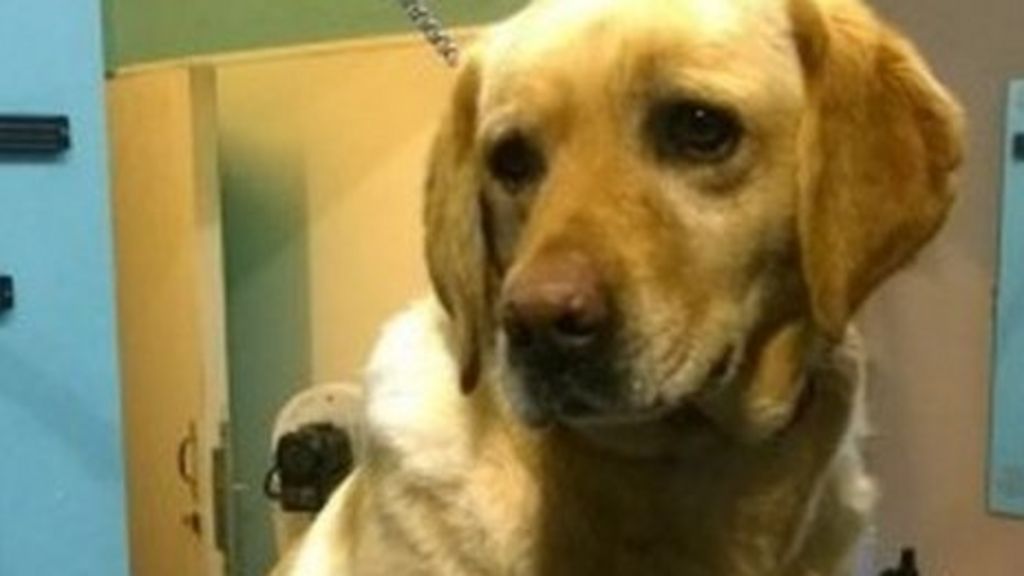
Create a safe zone at home
The house should be divided into zones, some of which will be specially prepared so that a blind dog can remain there alone, without the risk of injury, and in the rest it will need to be constantly supervised.
A safe zone can be created either by separating part of the apartment or house from other premises with fences, or by placing a sufficiently large aviary in a convenient place. It depends on what kind of apartment you have and what kind of dog you are talking about. The partitions and the aviary must be strong enough so that the dog cannot overcome the obstacles in your absence.
Naturally, inside the safe area there should be interesting toys, water, food, soft bedding – that is, everything that is needed for the comfort of the dog, while there will be no objects that can fall, prick, hook or injure the dog.
Do not make repairs and do not rearrange furniture
Thinking about repairing or rearranging the apartment immediately after a blind dog has appeared at home is not a good idea. It will take a long time for the dog to make a stable map of the area and learn to navigate it confidently. For several months, you will have to make sure that things stay in place: push chairs, push ottomans and armchairs. Remember that any furniture that is not where a blind dog expects to meet it can seriously injure him.
Consider the format of training a blind dog
Training with a specialist is of great importance for the development of any dog, and when it comes to a dog with special needs, the importance of work cannot be overestimated. The ability to manage such a dog is vital to ensure its safety.
In addition to the standard set of commands, you will need to teach your dog to hear and understand special signals, such as “Caution” or “Stop” when the dog gets too close to a wall, bush, car, or your feet.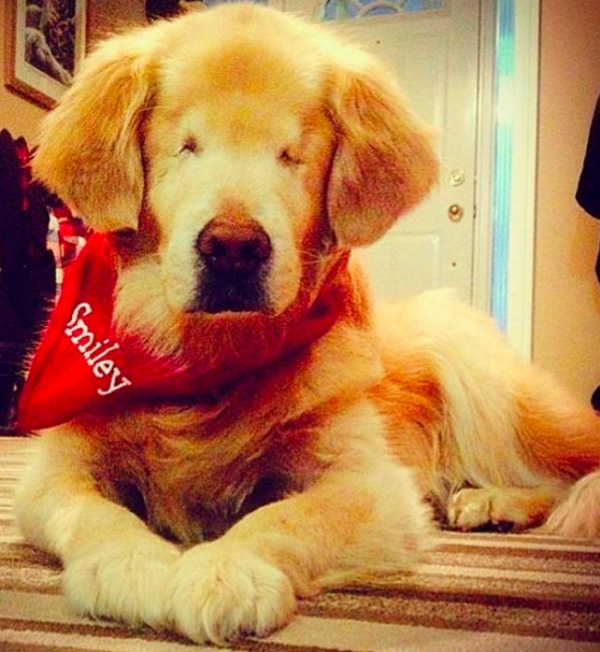
When one sense organ is damaged or disappears, the brain distributes its functions among the remaining ones, this is a scientifically established fact. A deaf dog sees better, a blind dog has a sharper sense of smell and clearer hearing. When working, this must be taken into account.
You can’t “show” your dog what to do with visual cues, so a unique, dog-friendly, and well-localized audio signal will need to be used as a means of attracting attention from a distance.
Perhaps it will be a click or a special whistle, the squeak of a toy or the squeak of a ball, and gestures that are usually used in initial training, such as raising a hand at the command “Sit”, start from the dog’s nose, thus catching his attention.
Naturally, it is better to use a delicacy that smells strong enough. To emphasize the need to use the nose, at home you can play with the dog in search, hiding treats and asking the dog to find them.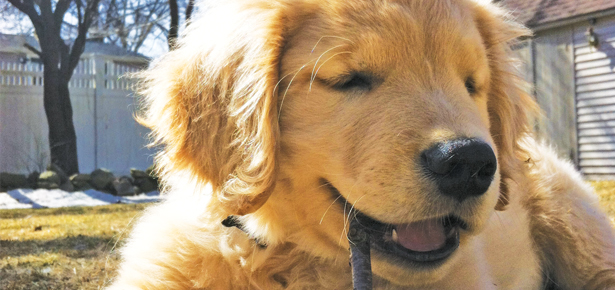
Optional scent tags and special guards for dogs
For some dogs, bumper guards around the head are very useful. Photo: David Goehring
Some authors advise “helping” blind dogs navigate the house by marking doors with scents. For example, the door to the kitchen with a drop of vanilla, and the door to the bedroom with a pinch of cinnamon.
This is redundant in my opinion. Dogs have a very keen sense of smell and they can perfectly navigate without such prompts. Everything around has its own unique smell. I am sure that even you, closing your eyes, will determine by smell where the kitchen is and where the hallway is. Moreover, too bright and alien smells can confuse the dog and bring unnecessary confusion to his perception of the world around him. Changes in the matrix of familiar dog smells must be made very carefully: do not forget that the new causes not only curiosity, but also fear.
Even more damaging are protective caps that are recommended to be worn around the dog’s neck, ostensibly to avoid injury and make habituation safer.
The dog learns to be careful just by bumping into objects and experiencing discomfort. The cap makes it difficult to form the matrix of reality and hinders the development of the ability to correctly navigate in space.
In fact, many owners of blind dogs are aware of how careful their pets can be. In new places, such dogs do not run like crazy, but carefully explore the area, making their map. The only time they can afford to relax and neglect security is during play. But at such moments, sighted dogs do not behave in the best way.
Obviously, no recommendations can be taken as dogma. If the dog is extremely insecure and unwilling to explore the space, if you notice that he can really hurt himself because he does not learn to be careful, then marking the room with smells or a cap around his neck may be the only solutions. But you should use them only when you are unambiguously convinced of their necessity.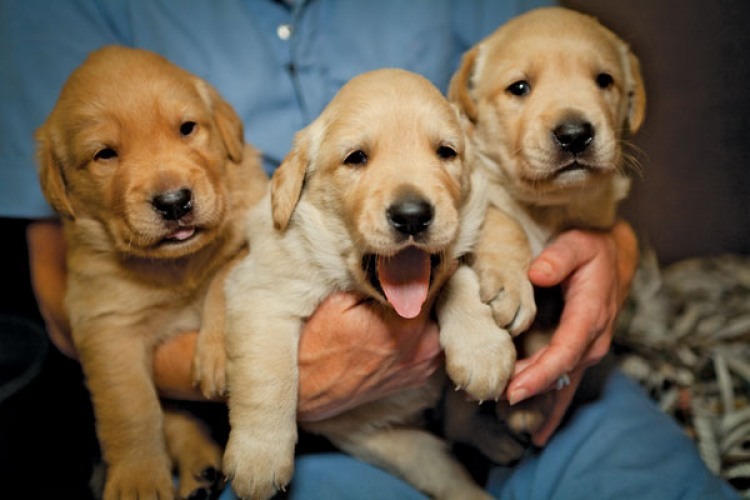
If the doctor finds that the dog’s vision is not completely lost, then special sunglasses can protect the eyes from the bright sun and help to navigate the walk. Check with your doctor, sometimes their use becomes a very good solution. Glasses, by the way, can also help if the dog is not too careful and can damage the eyes by bumping into objects. Do not expect your dog to wear them immediately and with pleasure: most likely, it will take quite a long time to get used to the glasses.
Talk to the dog!
A blind dog relies on hearing much more than a sighted dog and constantly keeps its “ears open”. Photo: Fred Strobel Photography
Remember that a blind dog cannot see you, which means he needs cues to determine where you are, where you are going and what you are going through. The easiest way to do this is to talk to the dog. The intonation of your voice can replace your dog’s gestures and facial expressions, so don’t be afraid to be sincere and saturate your speech with emotions.
“Sometimes you will find recommendations to carry a bell in your pocket to help the dog locate the owner. In some cases this is justified, but often just your voice and smell is enough.”
Mary Jo DiLonardo, dog handler, author of dog behavioral issues
On walks, talk to your dog as much as possible, commenting on what is happening around and including special prompts, such as “Stop” near an obstacle or “Up” and “Bottom” near the curb or stairs. You can use any words for hints, the main thing is that they are convenient and understandable for you and the dog. Do not forget the simple rule: one action, one word.
Always warn people who want to pet your dog that the dog cannot see and they need to say a few kind words before touching him. Make sure that the dog heard and reacted, that is, turned his head towards the speaker, moved his ears or wagged his tail.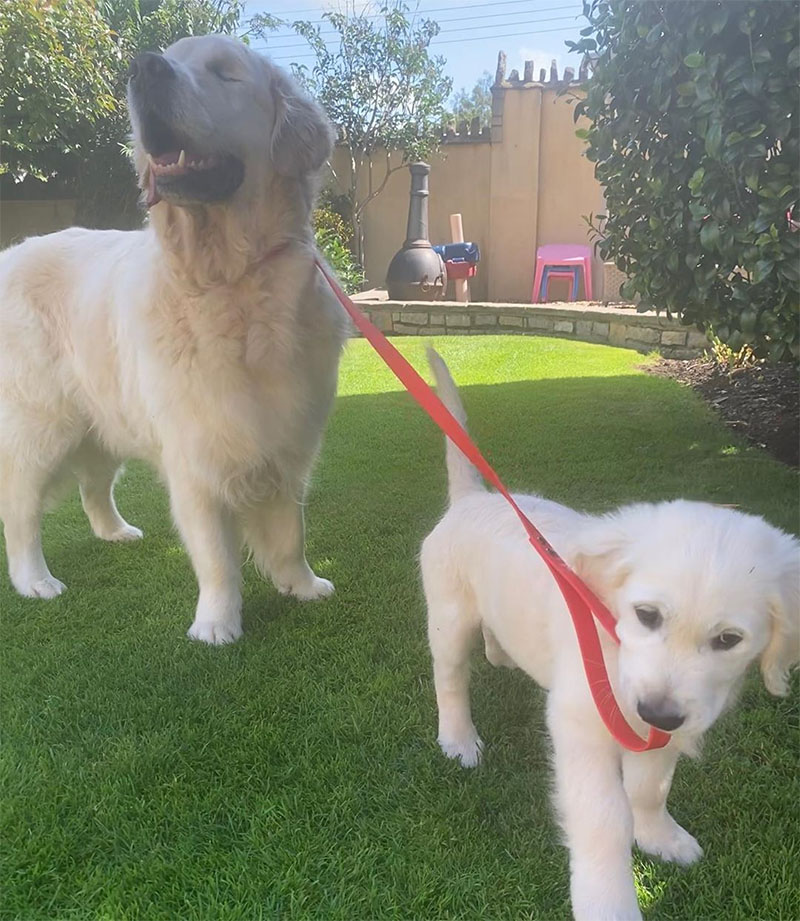
Your voice is a beacon for a blind dog. When you leave the room and see that the dog has raised its head and listens to what is happening, it makes sense to call him with you. The dog will be much more comfortable next to you, and not alone in an empty room.
Your departure from home deserves special attention. Some owners write that it is easier for their dogs to be alone if the person, when leaving, turns on music, radio or TV for them. Others focus on toys that make various sounds when they are manipulated: squeak, creak or crack. And the more disgusting and louder the sound, the more interesting the dog.
But not only with the sound: you can leave the dog toys in which treats are hidden in order to occupy its scent and head during the absence, of course. It is up to you to choose. The task in any case comes down to making the environment of the dog in your absence more interesting and brighter.
Do not forget about relationships with other animals
It will take a lot of time and patience to adapt a blind dog to a new pack, and a pack to a very peculiar companion. Photo: Mary Jo DiLonardo
This is the most difficult question in the context of adapting a blind dog to a new pack or restructuring old relationships due to vision loss. Obviously, a blind dog cannot see the warning signals given by other animals: the flattened ears and the silent grin of fellow dogs, the arched back and the twitching tail of cats. For any animal, this is a clear indication that now you need to retreat, as a conflict is possible.
Imagine the condition of a dog or cat that sees a stranger blatantly ignoring such signals and, in defiance of command, reaching into her bowl, drinking her water, or grabbing her toys. The most logical solution in this case would be an immediate attack, while it is quite possible that a blind dog will not have the slightest idea about the cause of the conflict.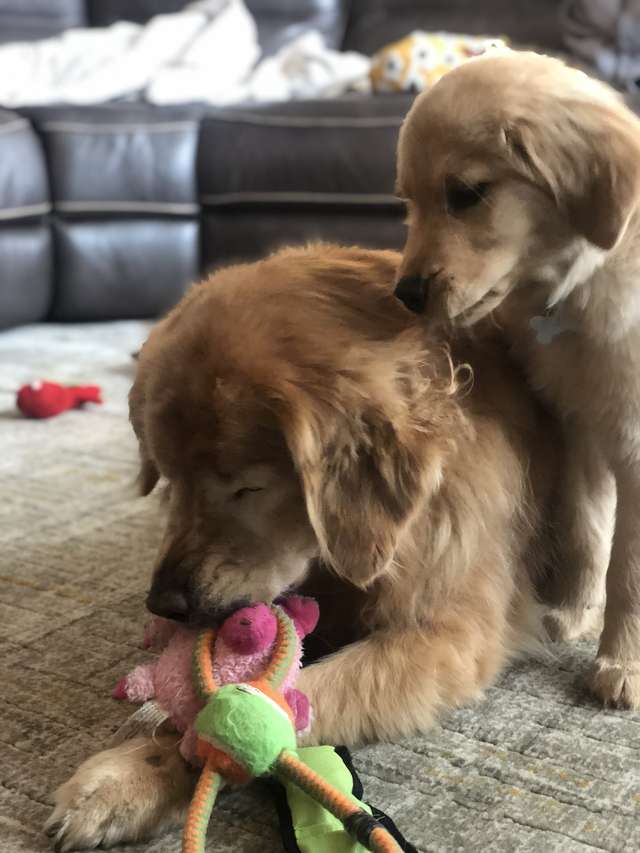
A dog that has lost its sight as a result of an injury or disease and returned to the house after treatment will have a much easier time adapting, but still its behavior will cause some bewilderment of the rest of the pack. A strange dog will need from several weeks to several months to fully adapt to life in a new family.
This must be taken into account, even if you have mega-calm and super-duper smart animals at home. The appearance of a new tenant in any case will cause them stress, and his “impudence” can really lead to conflicts. Be sure to consult with a specialist if you have even the slightest doubt about the success of the entire event.
In general, nothing is impossible, just be patient
Blindness is not a death sentence for a dog. A blind dog is not a burden. It’s just that for her upbringing and training you will need a little more patience than other owners.
With a blind puppy, everything will be almost the same as with a sighted one.
Some blind dogs are afraid to walk up and down stairs (for them every step is like a step into the abyss) and therefore you may have to do step aerobics every day, carrying the puppy up and down the stairs.
But these are all small things compared to how attentive and devoted a blind dog can be. Daily communication with her will literally reopen your eyes to the world. A world in which there is no place for self-pity, depression and longing, a world filled with the desire to live and enjoy every day.
© 2022 Alexander Smirnov. Dog training, assistance with raising puppies, correction of problematic behavior. Sign up for classes and consultations by phone +7 (921) 921-09-11 or in any messenger.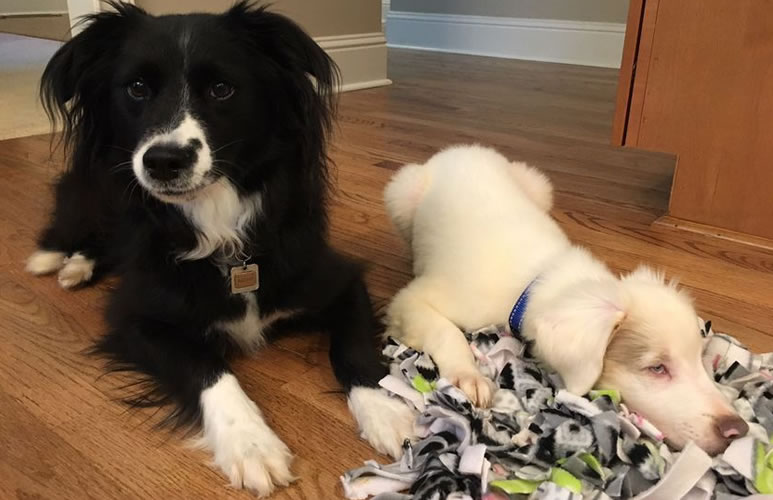
The life of a blind dog is safety and comfort.
There are quite a number of conditions and health problems that can lead to complete or partial blindness in dogs, and as your dog reaches maturity and then old age, his chances of maintaining the original level of vision decrease exponentially year from a year.
Finding out that your dog is losing sight – you can start worrying, no doubt, because blind and visually impaired dogs require more attention and care than dogs with healthy vision. But still they can live a full and happy life.
Whether your dog has been blind all his life, or just starting to lose his sight, there are a number of different things you can do to make your dog’s life safer and more comfortable, and thus minimize the impact of vision loss on daily life.
In this article, we will share eight suggestions on how you can make life safer and more comfortable for a dog that is blind or losing sight, to help them maintain a sense of security and quality of life.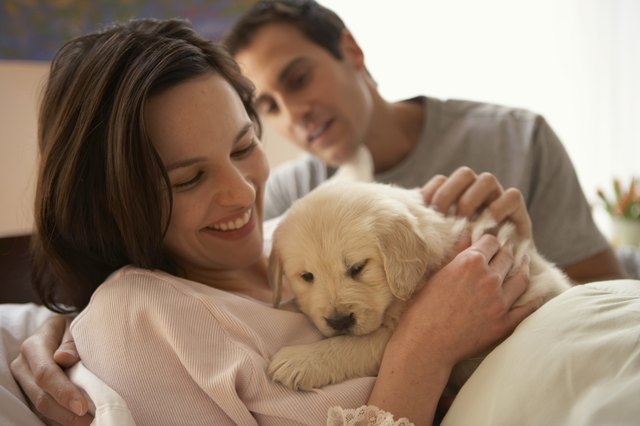
1. Do not change the situation in the house much
Once the dog has lived in the same house for some time, he will be able to navigate it by memory and other senses, but for blind dogs all this becomes useless if you Start rearranging furniture! Keep furniture and other things in the same places and do not rearrange them unless absolutely necessary.
Even moving a chair or table a couple of inches to one side can cause your dog to bump into it or become disoriented, so once your dog knows the layout of his house, keep it the same – and be careful when it comes to in order to leave things on the floor or in the aisle where your dog can trip over them.
2. Smells are the main reference point for visually impaired dogs
A dog’s sense of smell is their pungent scent and this really becomes a matter of course if your dog has lost their sight, which means they will rely on it a lot more feeling than otherwise.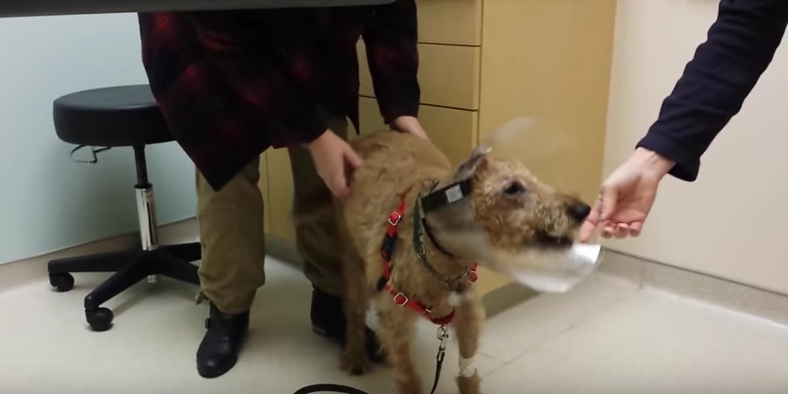
Every room, person, and thing in your home will have a distinct scent, and your dog will probably recognize the smells of the kitchen, bedrooms, and other rooms. However, things like air fresheners or even the smell of clean laundry can interfere with background scents that your dog can rely on to navigate. So think carefully about what you use at home and how it can affect your dog’s sense of smell.
3. Carpets and floors will help you find your way
Different types of carpets have different textures, as do other types of floors: tile, linoleum, carpet and wood floors. Having different types of flooring in different rooms or areas of the house can also help your dog navigate and develop an understanding of where he is and what is around, it can help keep them on level ground.
4. Verbal commands are the main way to control a visually impaired dog
A blind or visually impaired dog will not be able to follow gestures or facial expressions, so it is important to teach your dog to respond to voice commands if they cannot see you.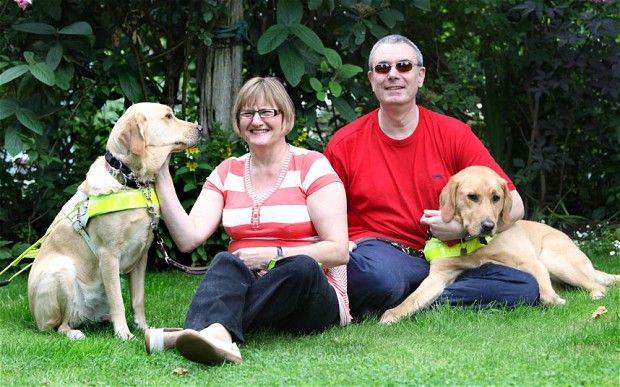
5. Sound signals for better coordination
A blind dog who doesn’t know that someone is nearby will get a real shock if you suddenly touch him or talk to him nearby. This can lead to mental disorders. This means that you should develop the habit of making a noticeable sound signal that your dog will hear when approaching you, such as stomping your feet or saying something when you enter a room. These signals should also be used when moving around the dog when he is sleeping.
6. Other pets must be noisy
Other pets, such as cats or other dogs, may not be aware that your dog cannot see them and could potentially startle your dog and cause a negative reaction if they approach took her by surprise.
7. Your walking tips will help you pass obstacles
When you walk your blind dog, it is better to use a harness, not a collar and leash, and stick to familiar places with them, especially if you have to walk near roads. Your dog needs to be taught stop commands and other cues so he knows what’s around him, such as a curb or a step.
8. Inform others about your dog’s visual impairment
Finally, it is important that anyone who may come into contact with your dog knows that he is blind so as not to surprise or frighten your dog. This information should be marked in large print on the dog’s collar, or additionally wearing yellow tape to warn people to give your dog some space.
How to make life easier for a blind dog?
Any dog owner may face such a problem as deterioration or complete loss of vision in an animal.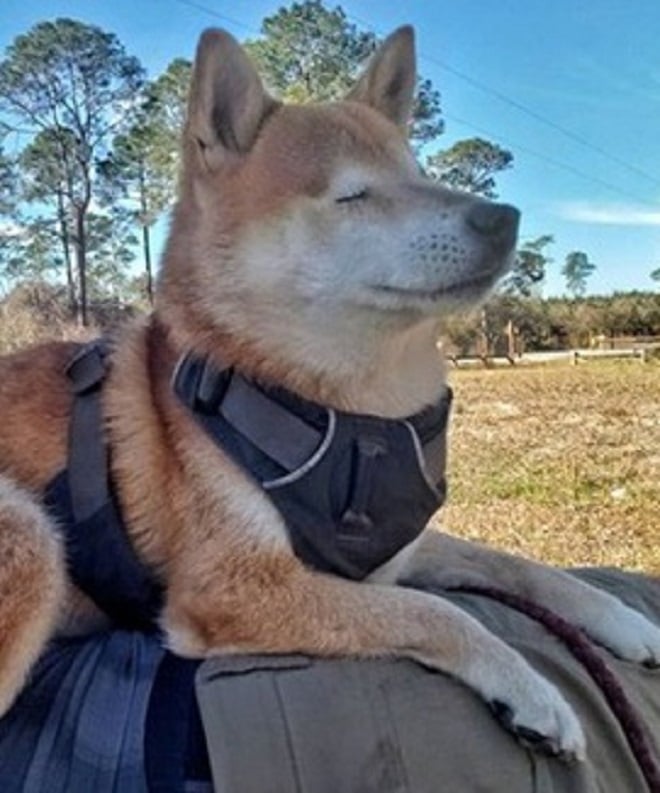
Blindness can be caused by various causes – due to injuries, past diseases, age, and also as a result of genetic characteristics. Very often, the owner may not even realize that his dog is completely blind until he enters new conditions for himself. This suggests that vision does not play a decisive role in the life of an animal, and a pet can very well compensate for it with other senses. However, there are rules for keeping a blind dog that the owner needs to know.
If you suspect vision loss in your pet due to a cloudy lens in the eye, a change in gait, frequent collisions with objects while walking, or any new behavior that is not typical for your pet, take him to the veterinarian as soon as possible. In some cases, it is possible to help a blind animal, or at least slow down the process of vision loss.
Predisposition to blindness
There are breeds of dogs that are prone to developing visual anomalies. To identify the breeders carrying the genes responsible for blindness, it is necessary to carry out special genetic tests. Pedigree animals may only be allowed to participate in breeding on the basis of negative tests for such diseases.
If you are interested in purchasing a pet, ask about the diseases that this particular breed may suffer from. Now the information is available, it can be easily found on the Internet. Check with the breeder if tests and health assessments have been done on the puppy’s parents. These precautions may help you avoid problems in the future.
Complexities of blind dogs
An animal blind from birth has no idea what vision is. It initially learns to rely on other senses. Hearing, smell and touch develop much more in blind puppies than in their sighted peers, which helps them to adapt very well to life.
If an animal suddenly becomes blind as an adult, it will quickly be able to remember the location of objects in the apartment, house and on the site. This process will take a maximum of a month. If you go around with your dog around the perimeter of all the space along which he will move in the future, patiently show him all the turns, possible obstacles, talk to him in a calm voice and patiently encourage small successes, then the dog will be able to learn and remember the space for a maximum of month.
Miscellaneous pets
Blind dogs can be completely different in character and temperament. To a greater extent it depends on age, health status and complexion. At one time, a blind Pekingese lived in our clinic, who led a sedentary lifestyle, although she loved walking very much.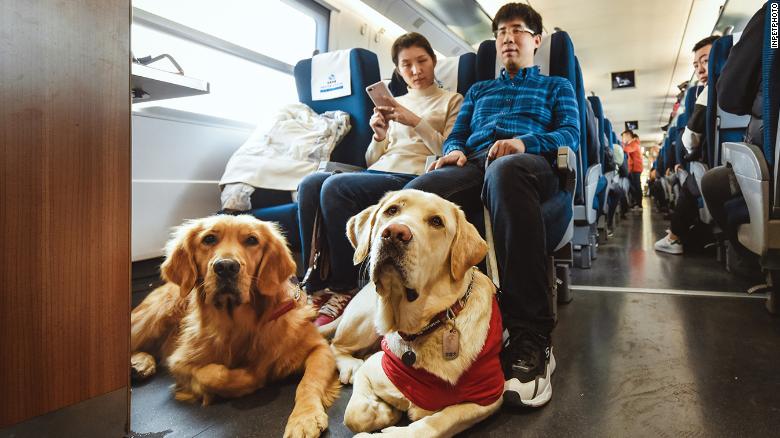
Organization of things in the house
Of course, a blind dog must be secured and protected from dangers and injuries. Think carefully about the action plan and remove all large things in the house that can injure the animal. A poorly fixed unstable object, for example, a floor vase, a floor lamp, a decorative element, may fall on it. So that the animal does not crash into them, it is better to remove such things in a place inaccessible to him.
There are far fewer dangers in an apartment than in a private house. It is necessary to check the fence for the presence of manholes in it, into which the dog can go, to reliably block ponds, fires, heating elements, fireplaces, stairs, basements.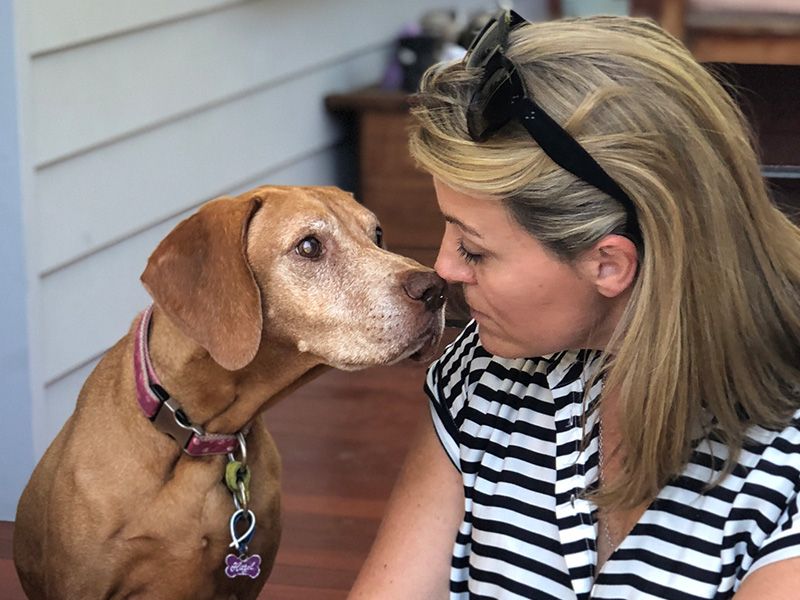
There is also a rule: try to change the arrangement of things in the apartment, in the house, on the site as little as possible. The absence of an object in a familiar place can disorient a blind dog, scare him. And most importantly, do not change the place of your pet’s feeder and water bowl.
How to entertain a blind animal
Toys for a visually impaired dog should be “sounding” or “scented” – such that he can find without the help of vision. A bell, a rustling toy or a fragrant bone can be good entertainment for a blind dog.
Also, in my experience, blind animals are very well oriented towards different types of training. Such work brings them untold pleasure, the opportunity to communicate with a person, receive food rewards for a correctly completed task, and most importantly, great joy.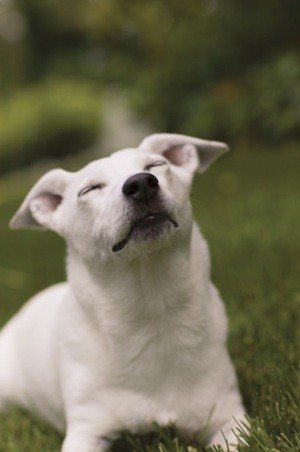
Walks
A blind dog must be walked ONLY on a leash! During the walk, she must always have a collar with a token, on which it is necessary to indicate that she is blind, as well as a telephone for communication and a request to return the pet. It is good if the dog is chipped or has a brand on it. In the event that an animal is lost, any means to help find it as quickly as possible are good.
Remember: if a tragic accident occurs and a blind dog is lost, you need to organize a search for it as soon as possible. Without the help of a person, it is impossible for such a pet to survive on the street, avoid a collision with cars, fight off a pack of stray animals and human aggression!
If the dog lives in a private house and walks on the site – “measure a hundred times” before letting him go alone. Examine all possible dangers awaiting the animal. Keep outside dogs out of your yard.








 Though not particularly aggressive, the breed is known to have a strong “prey drive” which makes the Bull Terrier a dangerous dog towards smaller animals.
Though not particularly aggressive, the breed is known to have a strong “prey drive” which makes the Bull Terrier a dangerous dog towards smaller animals.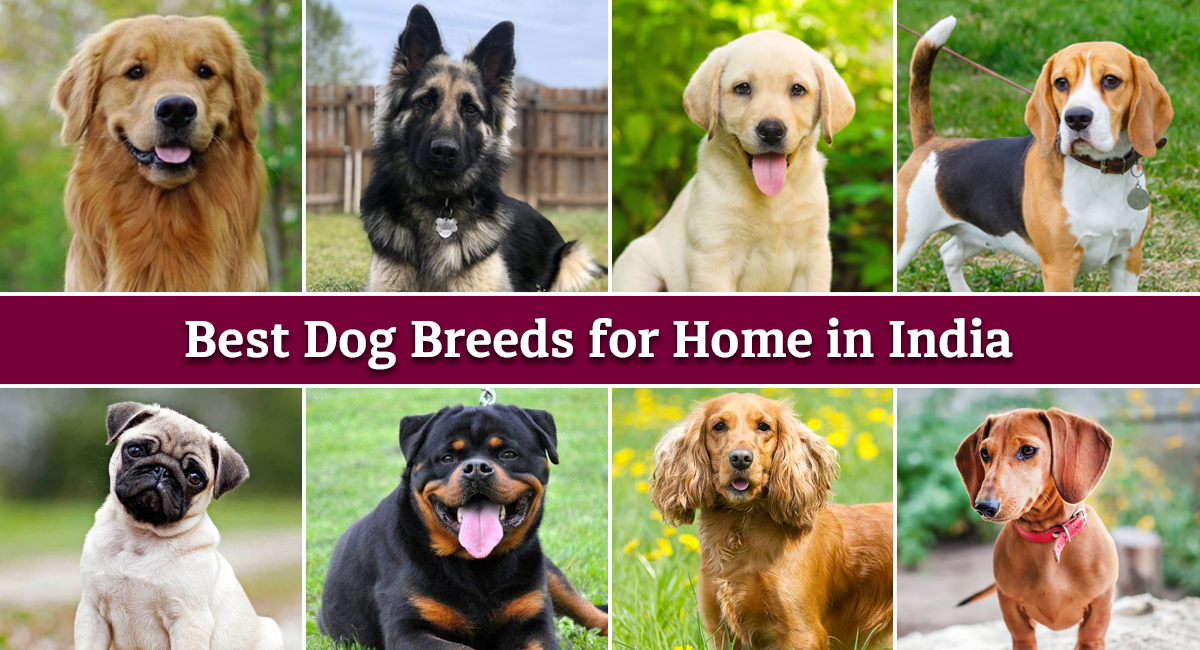 Owing to its size, temperament and potential for aggression, the Brazilian Mastiff has been banned in many countries.
Owing to its size, temperament and potential for aggression, the Brazilian Mastiff has been banned in many countries. Strong, independent and dominant breed, they are affectionate with family members but are aloof with strangers due to their territorial attitude.
Strong, independent and dominant breed, they are affectionate with family members but are aloof with strangers due to their territorial attitude.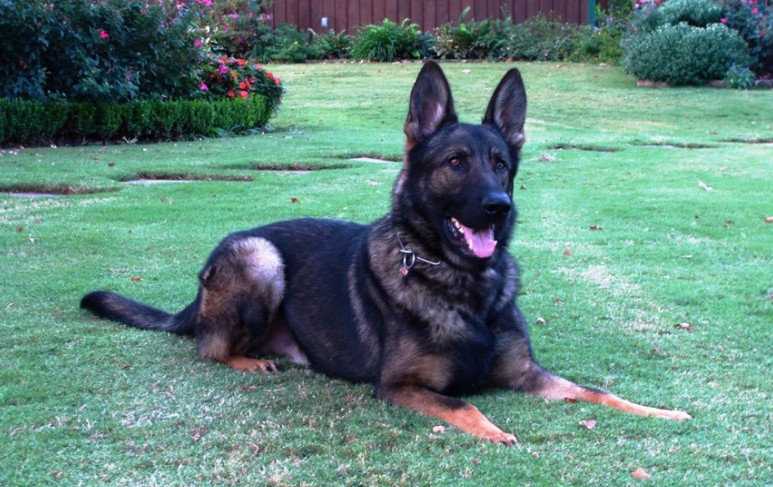
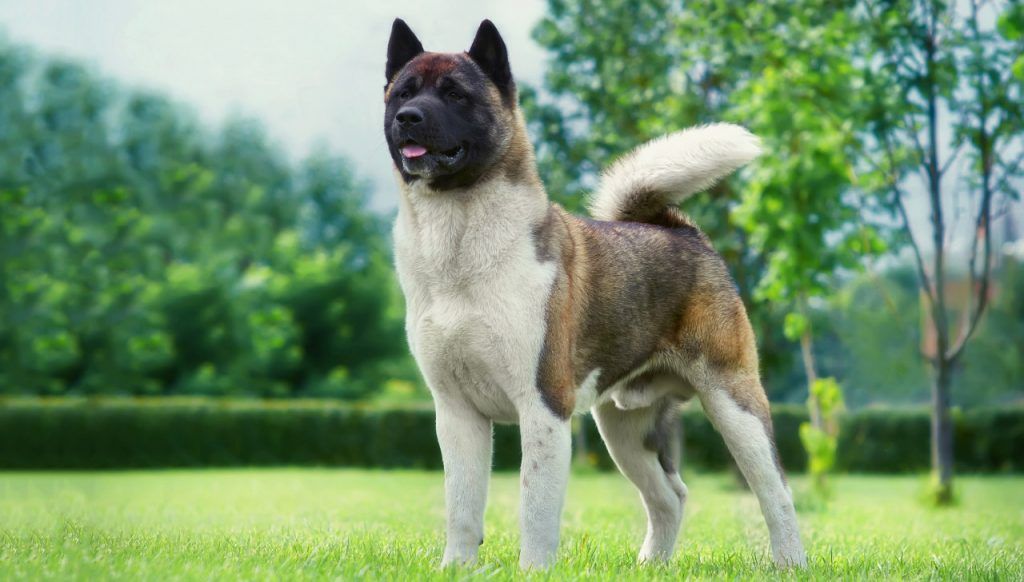
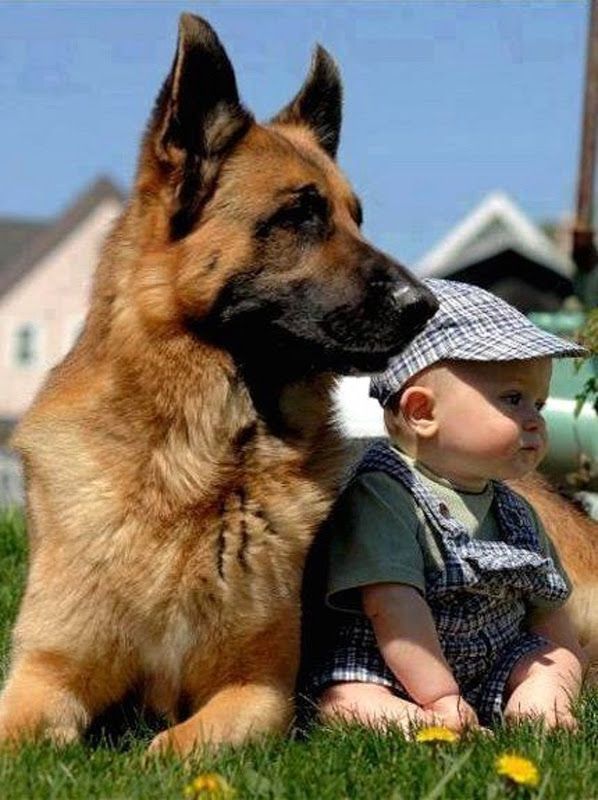 However, caution must be exercised with Shepherds as they can become overprotective of their family and territory, and if not socialized correctly; can lead to attacks.
However, caution must be exercised with Shepherds as they can become overprotective of their family and territory, and if not socialized correctly; can lead to attacks.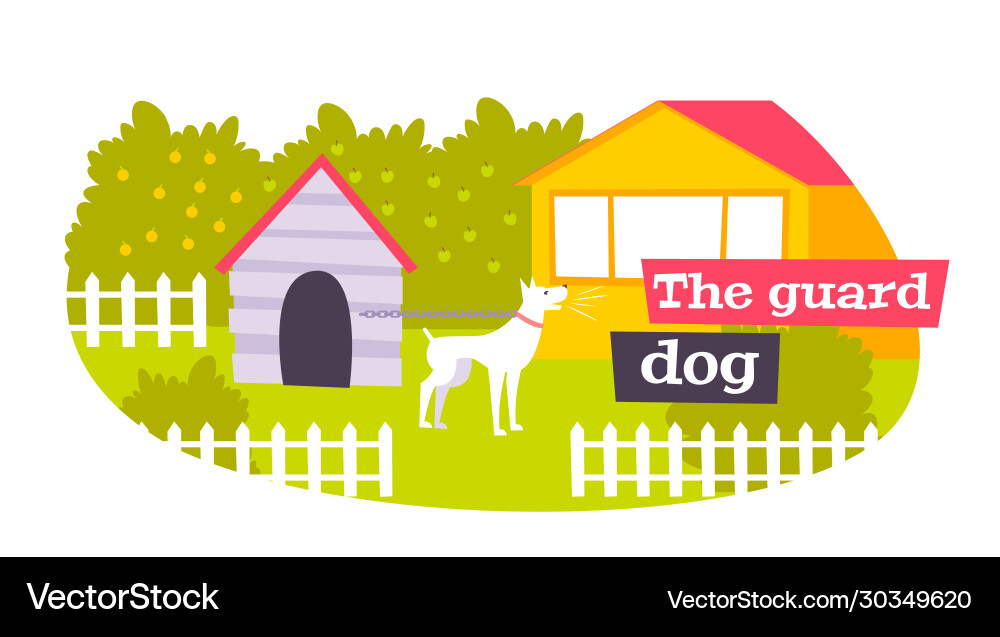
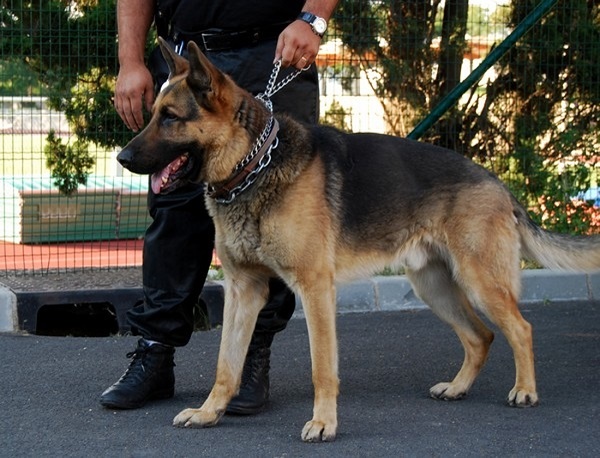

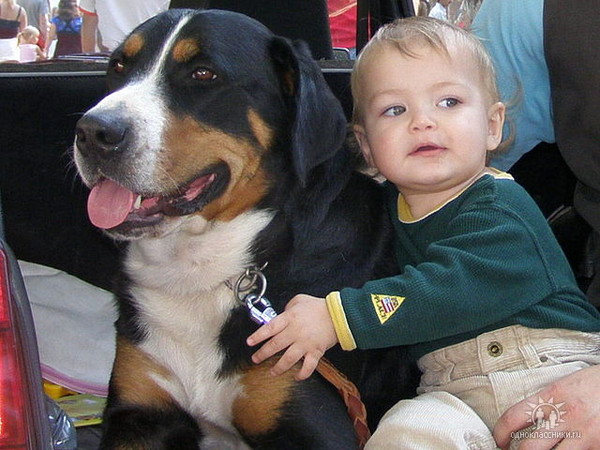 Cane Corso
Cane Corso
 The Puli is a strong and intelligent dog disguised as a mob.
The Puli is a strong and intelligent dog disguised as a mob.
 They are calm and confident and even-tempered.
They are calm and confident and even-tempered.
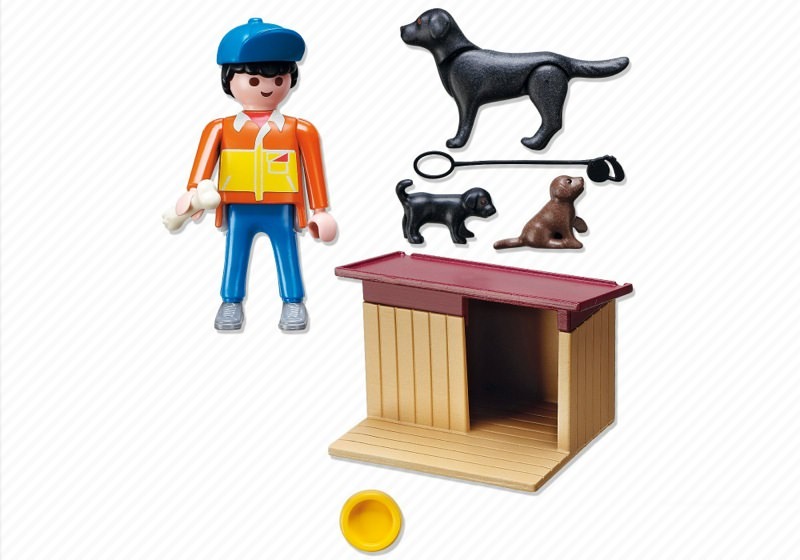
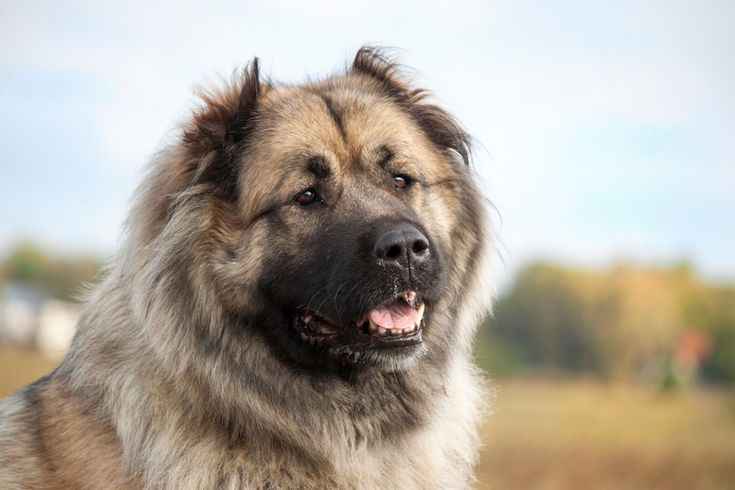 Don’t do amateur protection training.
Don’t do amateur protection training.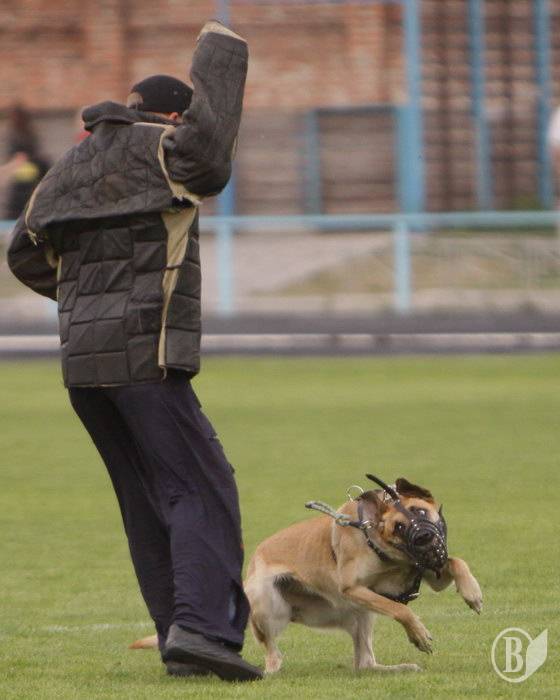
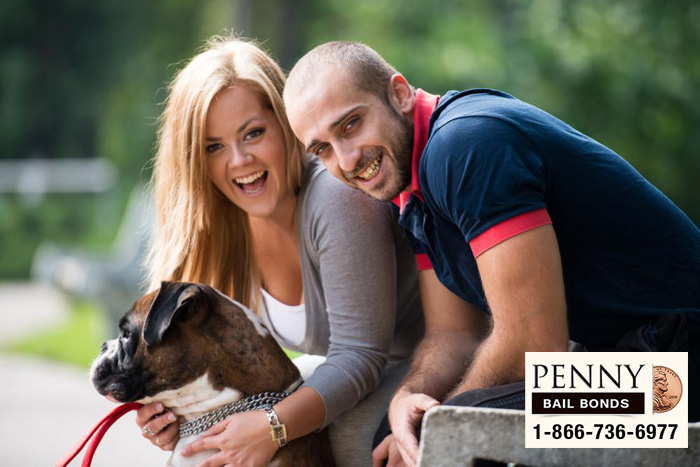
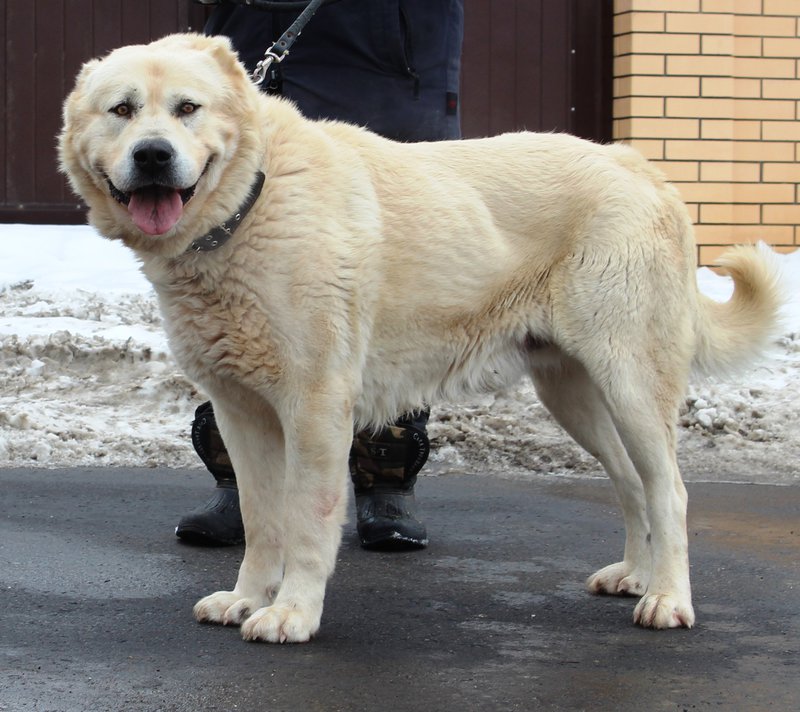
 Looking for these personality traits during the initial meeting will be the best way to tell if they have the making of a good family watchdog.
Looking for these personality traits during the initial meeting will be the best way to tell if they have the making of a good family watchdog.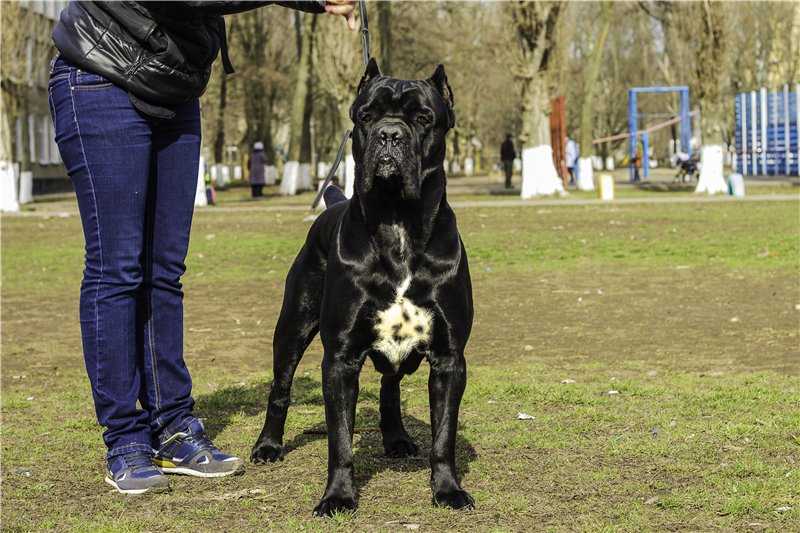
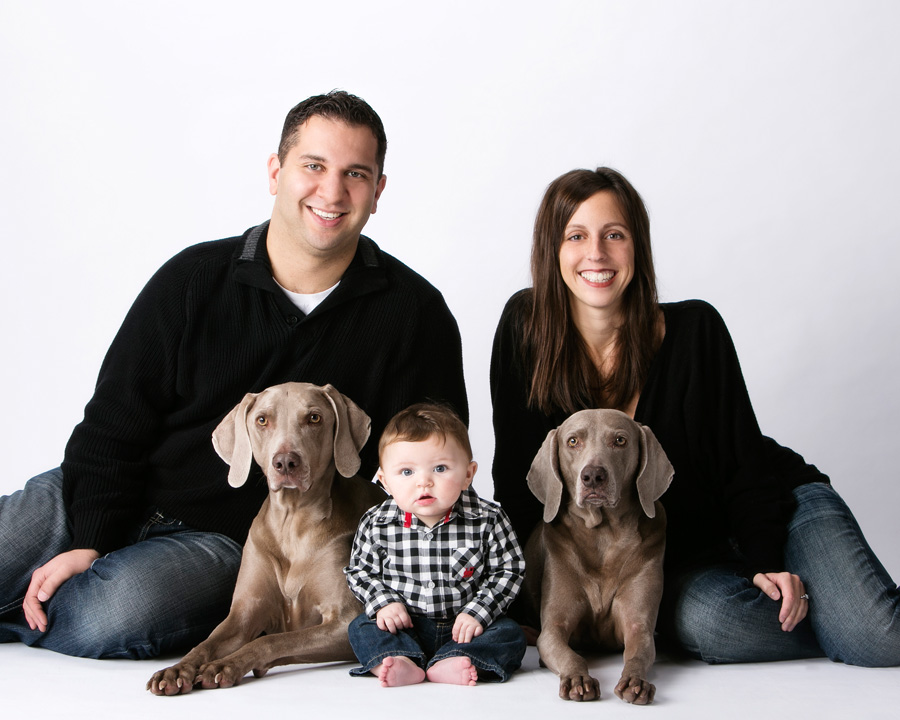
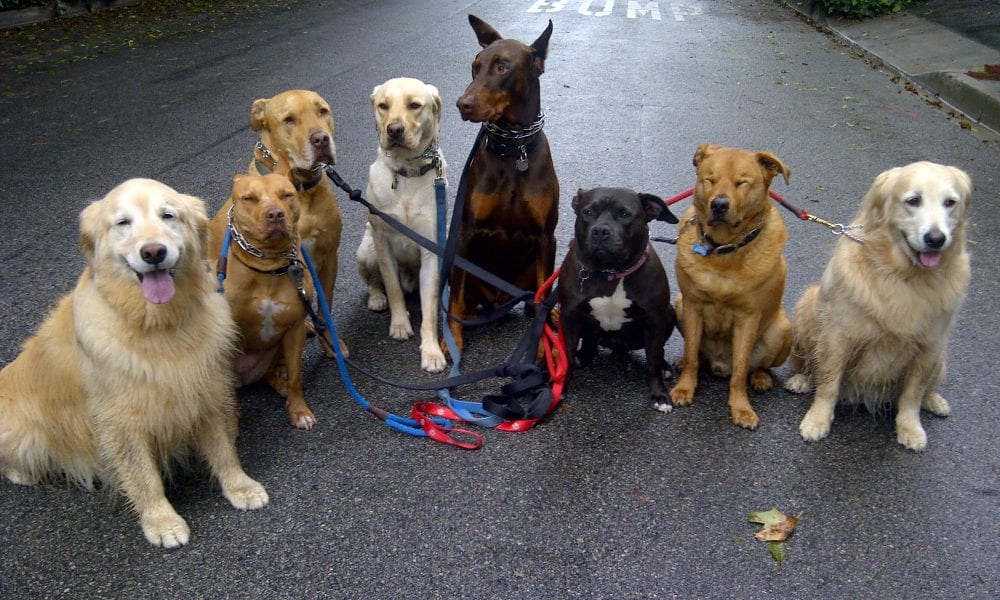 Anywhere between $800 to $2,500 is how much it can cost you to get an American Staffordshire Terrier.
Anywhere between $800 to $2,500 is how much it can cost you to get an American Staffordshire Terrier.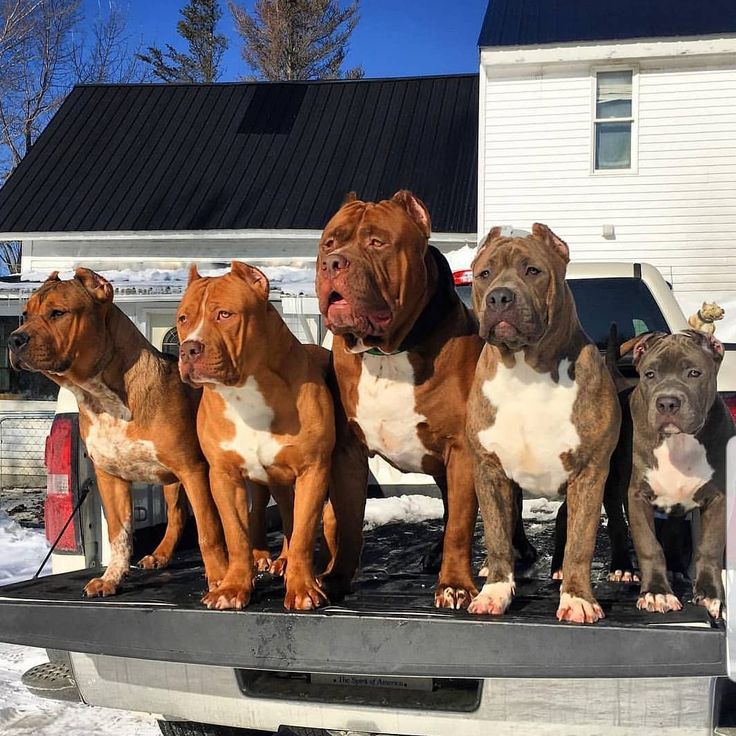 Dobermans go from $1,500 to $2,500 as price increases with show quality.
Dobermans go from $1,500 to $2,500 as price increases with show quality.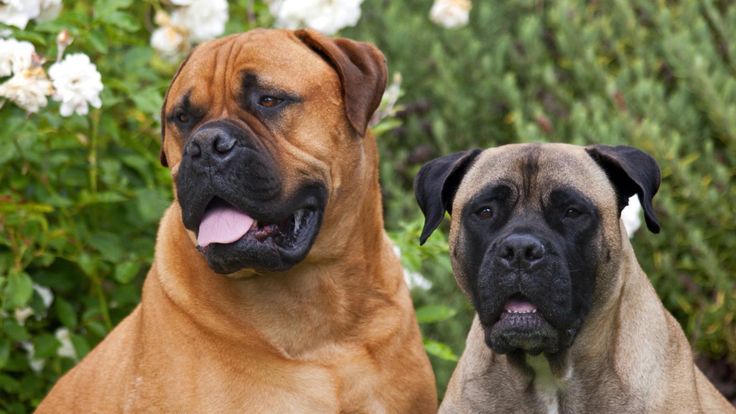
 This training is crucial for you and your dog to know what is expected of them in times of crisis.
This training is crucial for you and your dog to know what is expected of them in times of crisis. In any case, dogs are designed to protect private territory, but their behavioral skills are slightly different. What exactly:
In any case, dogs are designed to protect private territory, but their behavioral skills are slightly different. What exactly: 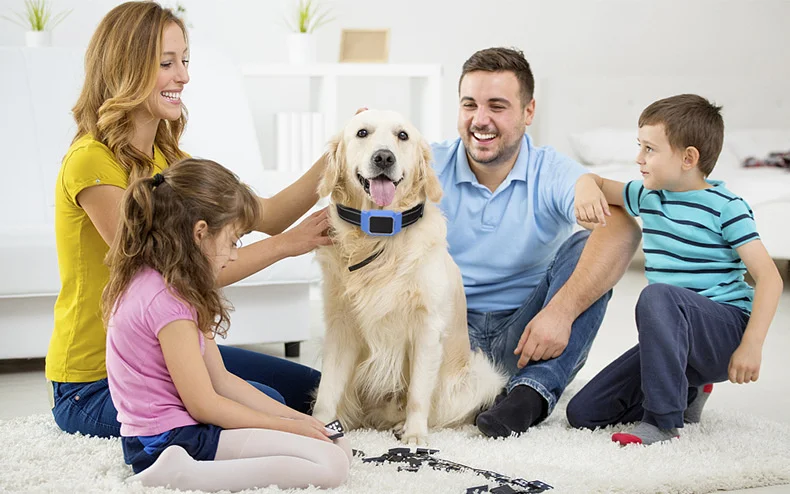
 These qualities and excellent hearing make her an ideal guard for a private area.
These qualities and excellent hearing make her an ideal guard for a private area. 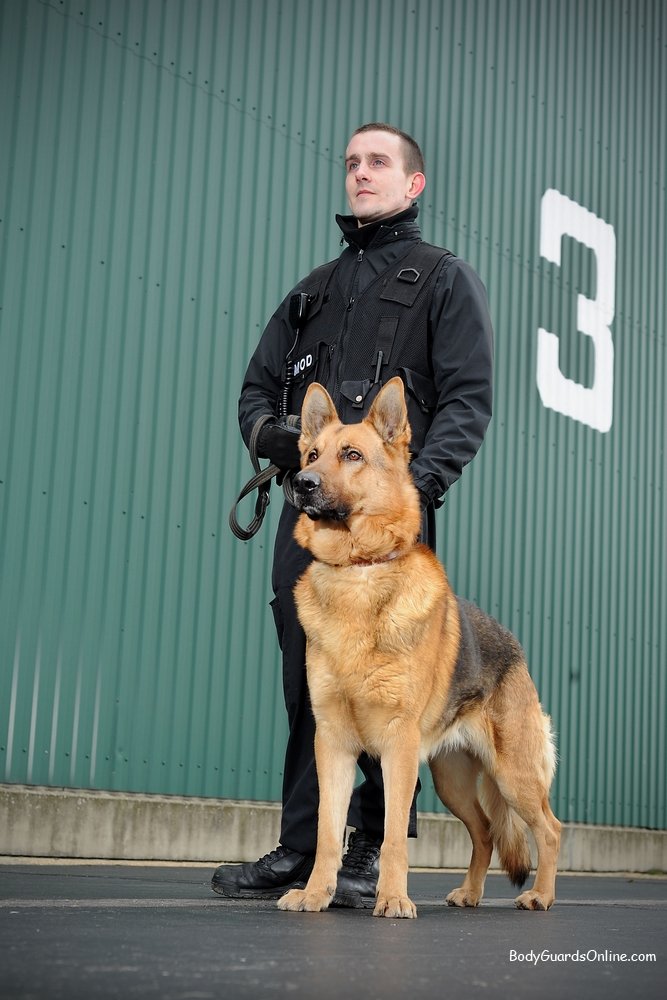

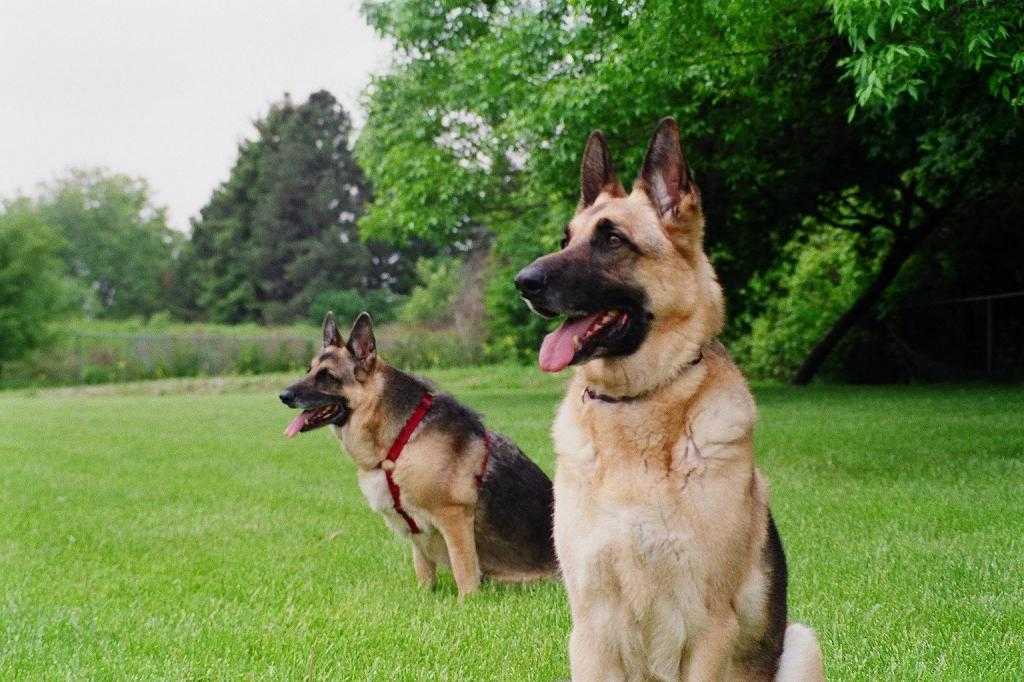
 For their owners, Great Danes will be not only an excellent bodyguard, but also a wonderful friend and companion.
For their owners, Great Danes will be not only an excellent bodyguard, but also a wonderful friend and companion. 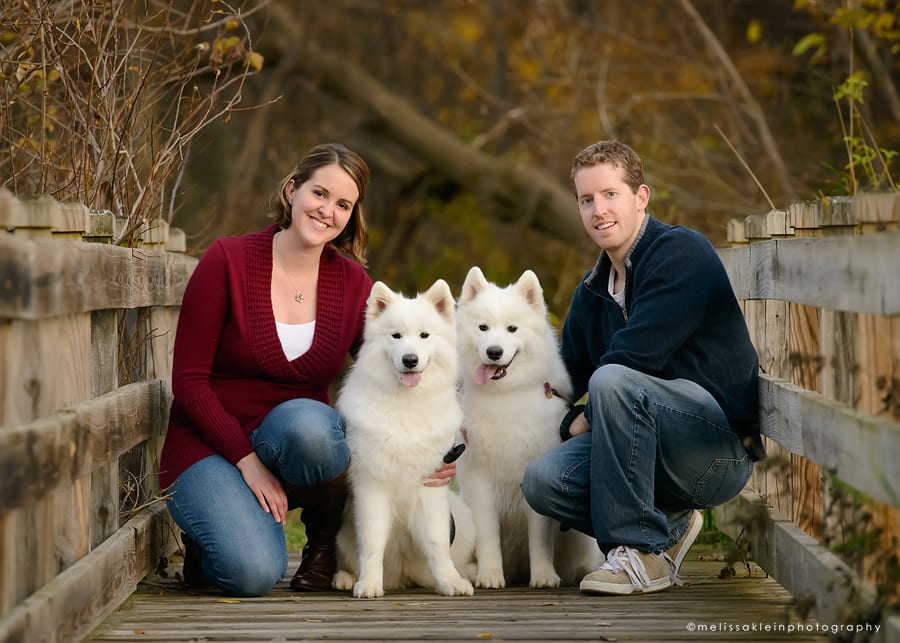 Good health and well-developed vision and hearing contribute to the performance of watchdog functions. Giant schnauzers react negatively to intruders, but are loyal and devoted to their owner, which allows them to be an excellent guard. Dogs are hardy, active and happy to constantly train.
Good health and well-developed vision and hearing contribute to the performance of watchdog functions. Giant schnauzers react negatively to intruders, but are loyal and devoted to their owner, which allows them to be an excellent guard. Dogs are hardy, active and happy to constantly train. 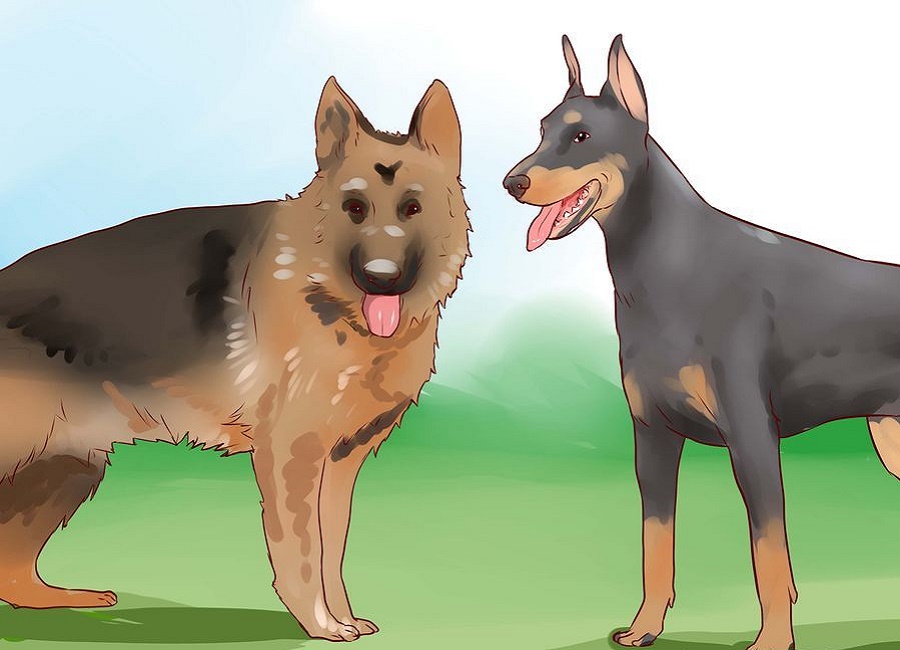 Akita Inu do an excellent job with the role of vigilant guards, hardy, ready to work day and night, do not bark for no reason. They are suspicious of strangers and may be aggressive towards a stranger. But the breed has its drawbacks. They are difficult to train due to their wayward nature. Dogs can be unpredictable in their behavior and will instantly attack an intruder in a dangerous situation. Only a well-organized upbringing process will teach a pet to obey the owner and treat his family members kindly.
Akita Inu do an excellent job with the role of vigilant guards, hardy, ready to work day and night, do not bark for no reason. They are suspicious of strangers and may be aggressive towards a stranger. But the breed has its drawbacks. They are difficult to train due to their wayward nature. Dogs can be unpredictable in their behavior and will instantly attack an intruder in a dangerous situation. Only a well-organized upbringing process will teach a pet to obey the owner and treat his family members kindly. 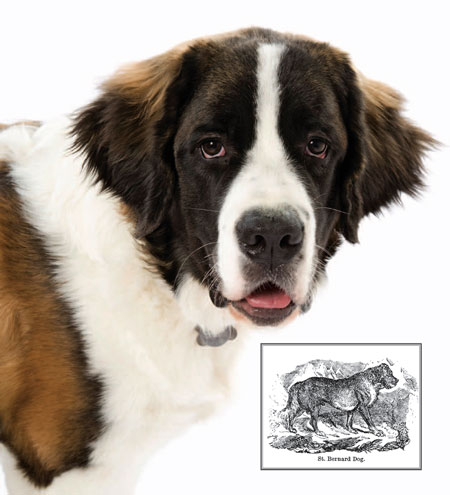 Thick coat and undercoat make it possible to keep dogs outdoors in a cold aviary.
Thick coat and undercoat make it possible to keep dogs outdoors in a cold aviary.  What other important qualities and features of are worth highlighting?
What other important qualities and features of are worth highlighting? 
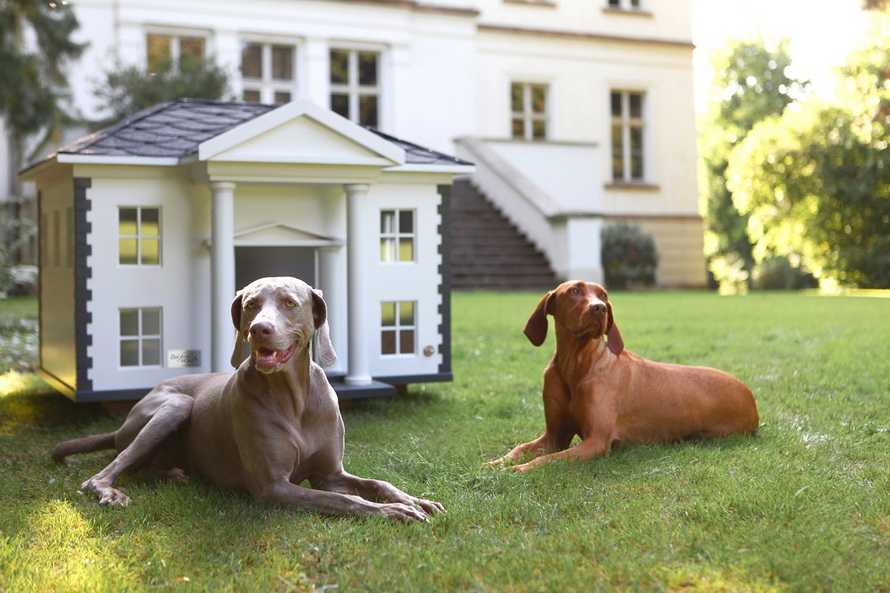 It is better to walk with a pet in different places where he can run and explore the area to his heart’s content.
It is better to walk with a pet in different places where he can run and explore the area to his heart’s content. 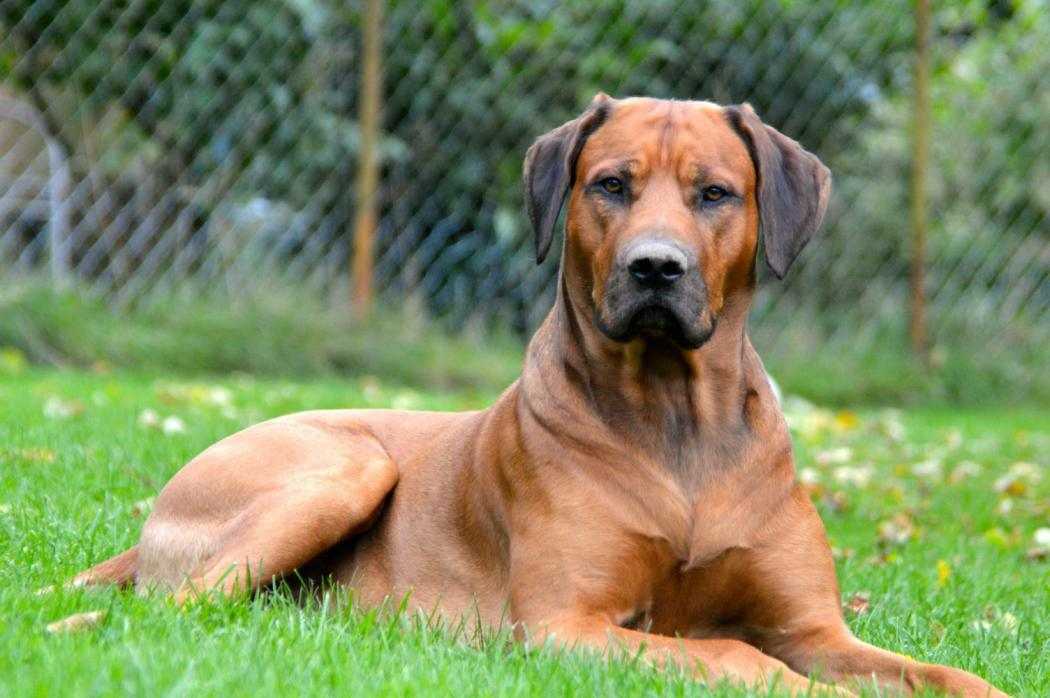 If guests have come, ask them not to caress the puppy and explain the reasons. Holding the dog by the leash, let it get acquainted with the guest and then take it to the aviary.
If guests have come, ask them not to caress the puppy and explain the reasons. Holding the dog by the leash, let it get acquainted with the guest and then take it to the aviary. 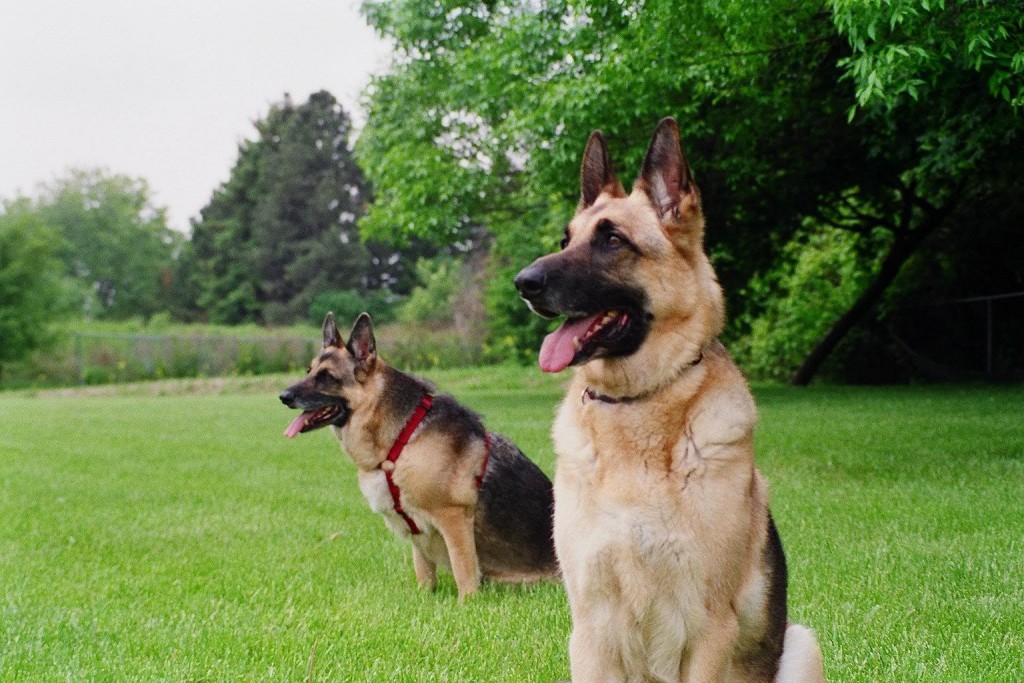 At this age, much attention should be paid to his upbringing and constantly monitor his behavior.
At this age, much attention should be paid to his upbringing and constantly monitor his behavior. 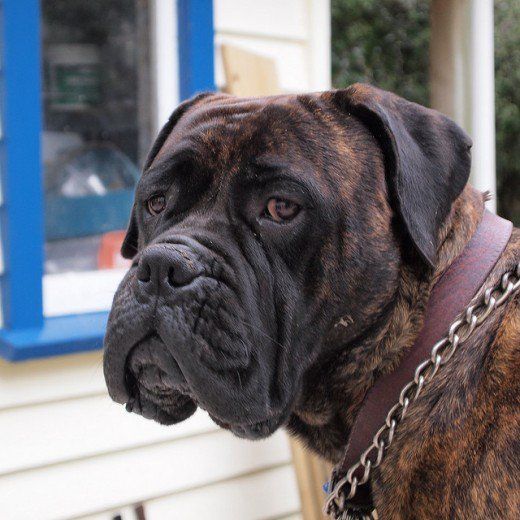 Basic commands are needed to control behavior, including unwanted ones. You can teach these commands to the dog yourself or take general training course (OKD) from a cynologist.
Basic commands are needed to control behavior, including unwanted ones. You can teach these commands to the dog yourself or take general training course (OKD) from a cynologist. 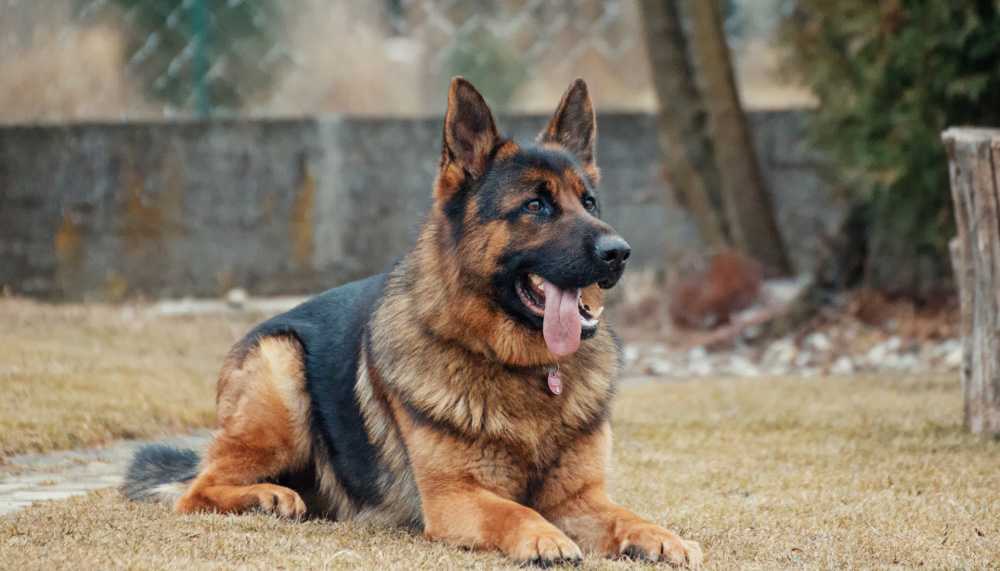

 This means showing kindness, patience and understanding. Such dogs actually exist. But there is one important point. You will be required to give warmth and care not only to the child, but also to the animal. After all, no matter what the nature of the dog is, its character will be influenced by the environment. The attitude of the owner to the animal can determine a lot.
This means showing kindness, patience and understanding. Such dogs actually exist. But there is one important point. You will be required to give warmth and care not only to the child, but also to the animal. After all, no matter what the nature of the dog is, its character will be influenced by the environment. The attitude of the owner to the animal can determine a lot.  They are very affectionate and demand attention. For the same reasons, jealousy of other animals may appear, and even more so of children;
They are very affectionate and demand attention. For the same reasons, jealousy of other animals may appear, and even more so of children; 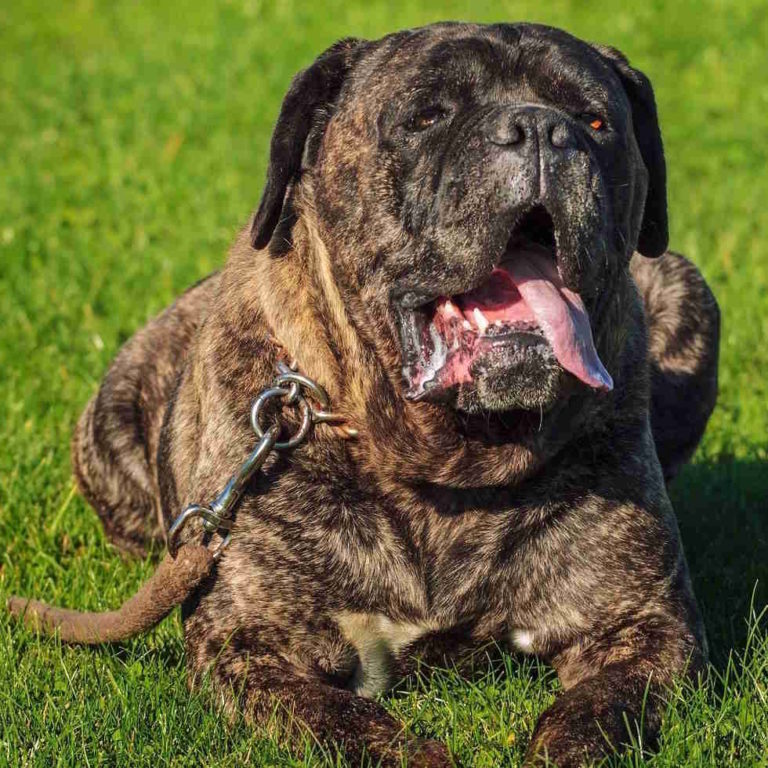 If you are wondering about the sex of an animal, try to start from your own thoughts. Basically, both a girl and a boy are perfect as a pet. The only thing is that females are more calm in comparison with males. Therefore, during puberty, at the sight of an individual of the opposite sex, it is the dog that can break off the leash.
If you are wondering about the sex of an animal, try to start from your own thoughts. Basically, both a girl and a boy are perfect as a pet. The only thing is that females are more calm in comparison with males. Therefore, during puberty, at the sight of an individual of the opposite sex, it is the dog that can break off the leash. 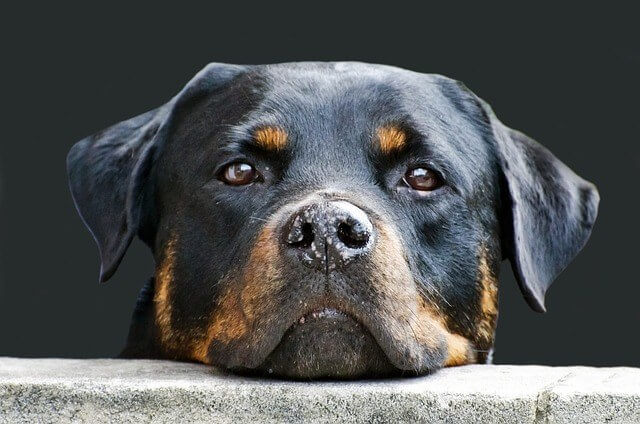 When you have a child, it is very important to understand what questions may arise if you get a dog. Of course, these are additional expenses for food, the need to allocate time for such necessary walks, training and education of the dog. In addition, it is worth considering that the child may have an allergic reaction to wool. But, in comparison with the troubles considered, the joy and positive emotions of children will be the best reward. Do not be afraid to give a gift to your son or daughter by getting a dog. In addition, there are breeds whose wool does not cause an allergic reaction.
When you have a child, it is very important to understand what questions may arise if you get a dog. Of course, these are additional expenses for food, the need to allocate time for such necessary walks, training and education of the dog. In addition, it is worth considering that the child may have an allergic reaction to wool. But, in comparison with the troubles considered, the joy and positive emotions of children will be the best reward. Do not be afraid to give a gift to your son or daughter by getting a dog. In addition, there are breeds whose wool does not cause an allergic reaction.  Even a toddler will love a dog. But try to check in advance whether your child of a large breed will be afraid and how he will react to a small one. A dog is the best guard for a child, because it can be nearby when you play on the playground or in the park. In addition, you will not be afraid that a stranger will approach your child when you turn away when making a purchase. There are many situations where you need to make sure that the child is safe. Older children should not be afraid to walk the dog. And for this we recommend that you choose breeds that are responsible and can protect the child.
Even a toddler will love a dog. But try to check in advance whether your child of a large breed will be afraid and how he will react to a small one. A dog is the best guard for a child, because it can be nearby when you play on the playground or in the park. In addition, you will not be afraid that a stranger will approach your child when you turn away when making a purchase. There are many situations where you need to make sure that the child is safe. Older children should not be afraid to walk the dog. And for this we recommend that you choose breeds that are responsible and can protect the child. 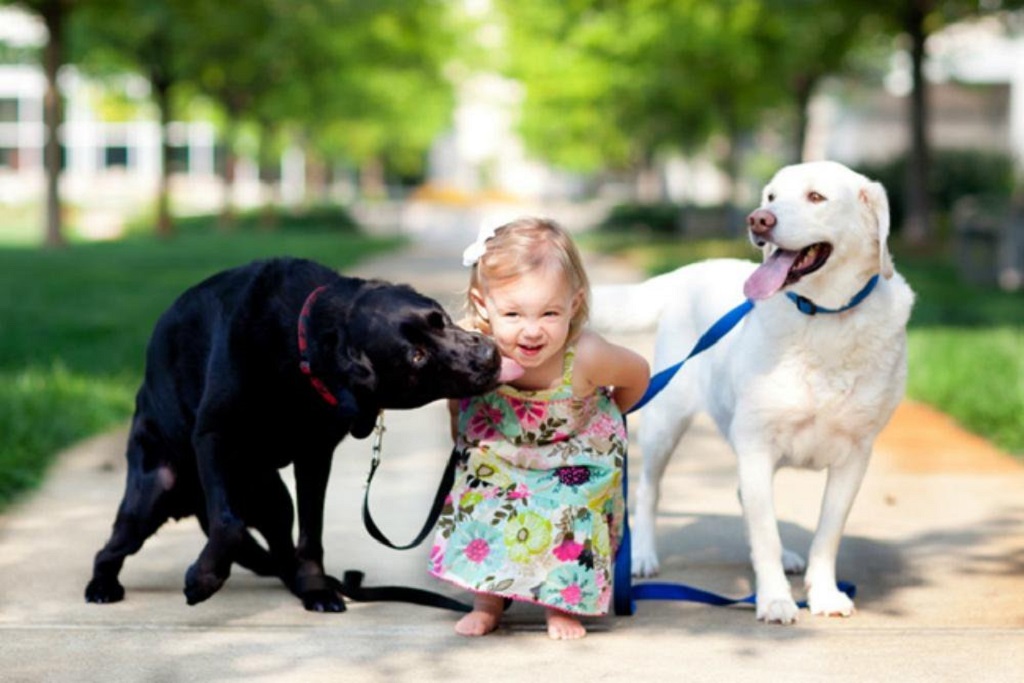 Along with pugs, dogs love their owners very much and are kind to children. But, unlike the charming Chinese breed, if necessary, they can even bite the ill-wisher. By nature, English Bulldogs are friendly, great with children, observant and friendly with other dogs. They adapt well to the circumstances. In addition, they have a low need for barking. Interestingly, representatives of this breed are good with cats;
Along with pugs, dogs love their owners very much and are kind to children. But, unlike the charming Chinese breed, if necessary, they can even bite the ill-wisher. By nature, English Bulldogs are friendly, great with children, observant and friendly with other dogs. They adapt well to the circumstances. In addition, they have a low need for barking. Interestingly, representatives of this breed are good with cats; 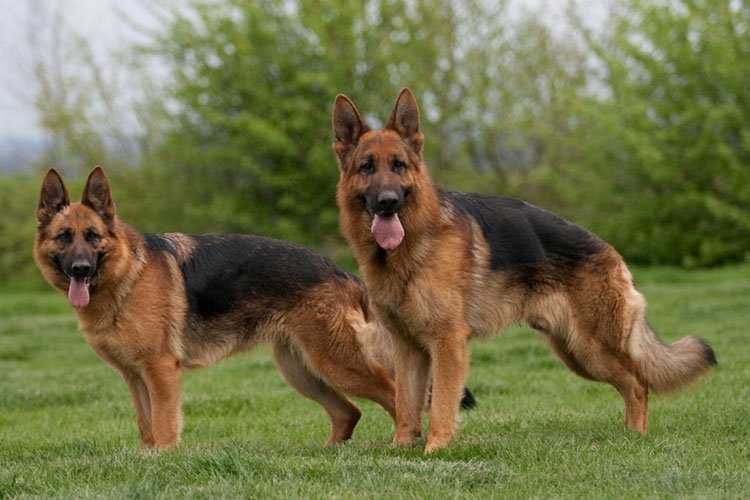 Retrievers and Labradors can also be great companions for your child. All of them in no case will not allow to offend the child. But, if you need protection, take a closer look at guard dogs. We will introduce you to those breeds that are good with children and families:
Retrievers and Labradors can also be great companions for your child. All of them in no case will not allow to offend the child. But, if you need protection, take a closer look at guard dogs. We will introduce you to those breeds that are good with children and families: 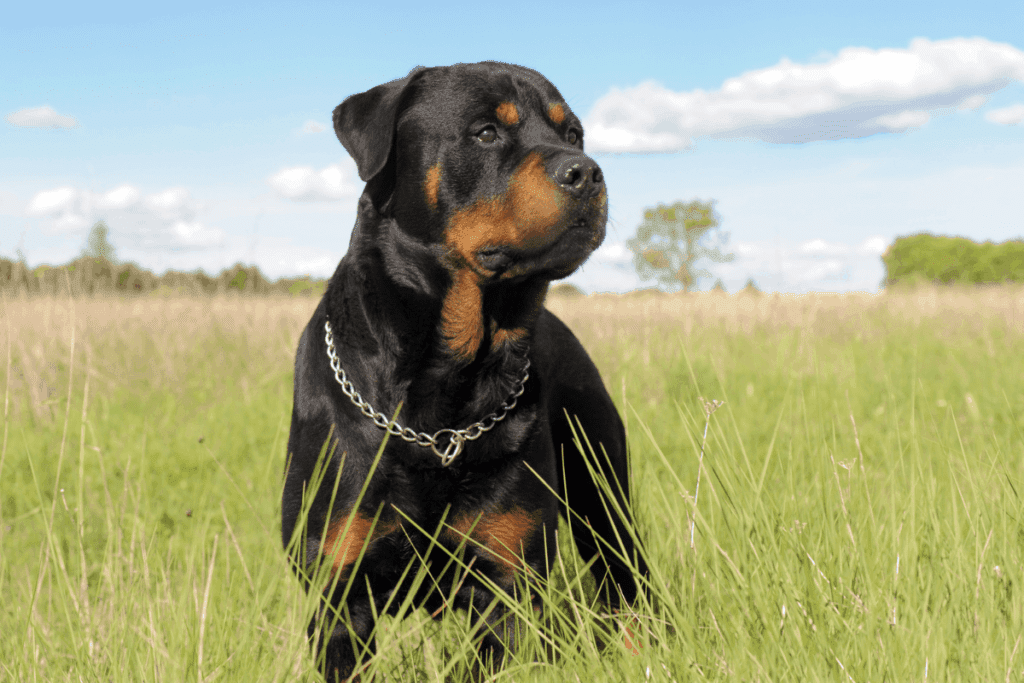 The dog is good with children and gets along with the family. A distinctive feature of the breed should be called the fact that they are patient and emotionally stable. Along with a strong character, they show friendliness. If you are for a healthy lifestyle, such a dog will help you keep yourself in shape, as he needs a lot of exercise;
The dog is good with children and gets along with the family. A distinctive feature of the breed should be called the fact that they are patient and emotionally stable. Along with a strong character, they show friendliness. If you are for a healthy lifestyle, such a dog will help you keep yourself in shape, as he needs a lot of exercise; 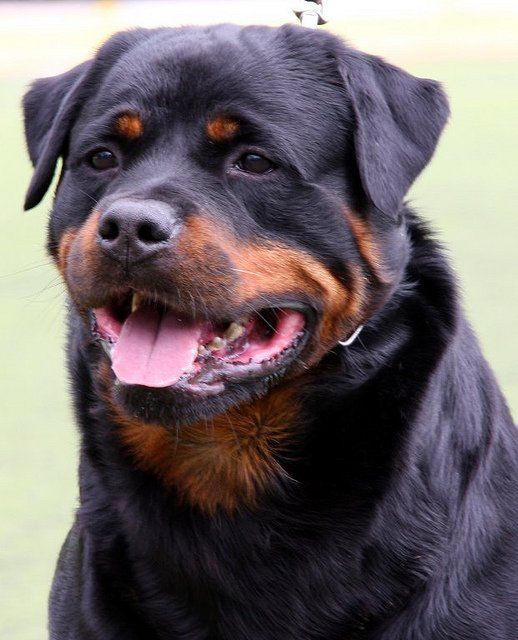 We have tried to collect all the most necessary information on this issue. Do not forget that you can also ask an adult child which breed he likes best. Explain to the child how each of the dogs behaves, why it is attractive to you. If the child is still small, consider how the dog will be able to cope with the role of a nanny looking after the baby. And of course, do not leave the child in the care of the dog. It’s not the dog itself, but the fact that both the child and the animal equally consider you an adult who takes care of them.
We have tried to collect all the most necessary information on this issue. Do not forget that you can also ask an adult child which breed he likes best. Explain to the child how each of the dogs behaves, why it is attractive to you. If the child is still small, consider how the dog will be able to cope with the role of a nanny looking after the baby. And of course, do not leave the child in the care of the dog. It’s not the dog itself, but the fact that both the child and the animal equally consider you an adult who takes care of them. 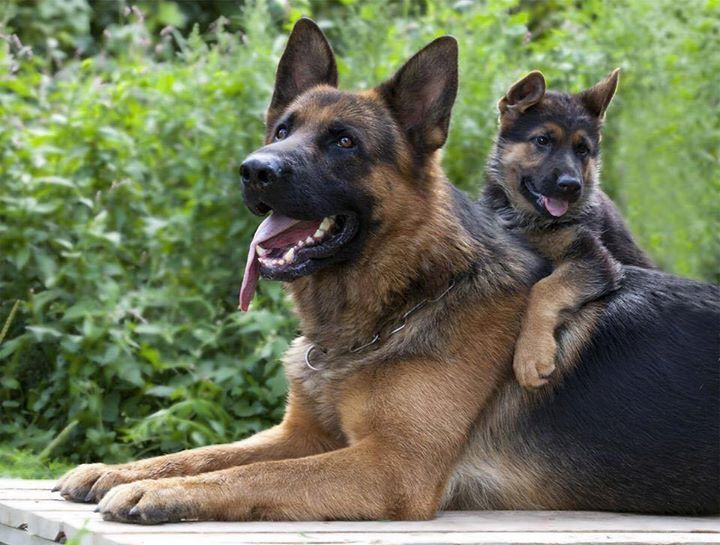 It should be borne in mind that the dog is also capable of experiencing emotions that can lead to trouble. For example, stressful situations can manifest themselves in such psychosomatic complexes as an eating disorder. Try not to give in to the urge to be negative towards your pet.
It should be borne in mind that the dog is also capable of experiencing emotions that can lead to trouble. For example, stressful situations can manifest themselves in such psychosomatic complexes as an eating disorder. Try not to give in to the urge to be negative towards your pet. 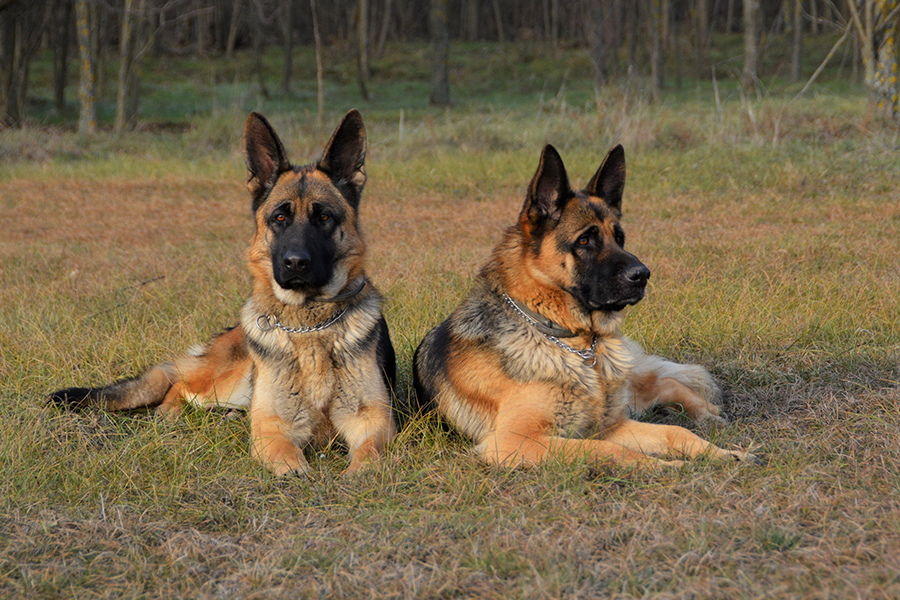 Such a person will give you recommendations and tell you about the individual characteristics of your dog.
Such a person will give you recommendations and tell you about the individual characteristics of your dog. 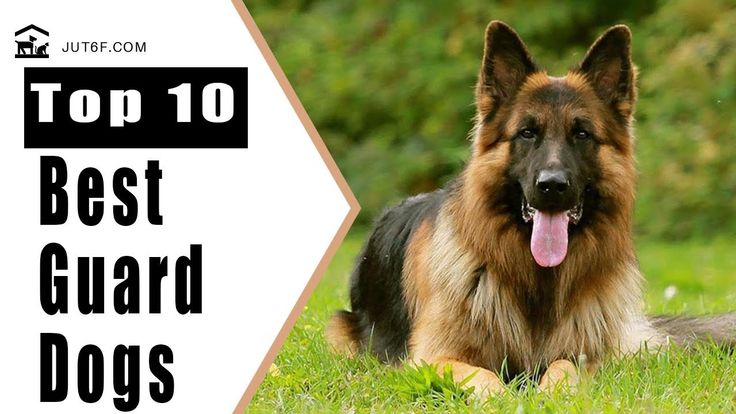 It is important for a child to have a trusting relationship with a pet. You should observe the interaction between the dog and the child so that you know when you can leave the dog with the child or take them for a walk.
It is important for a child to have a trusting relationship with a pet. You should observe the interaction between the dog and the child so that you know when you can leave the dog with the child or take them for a walk. 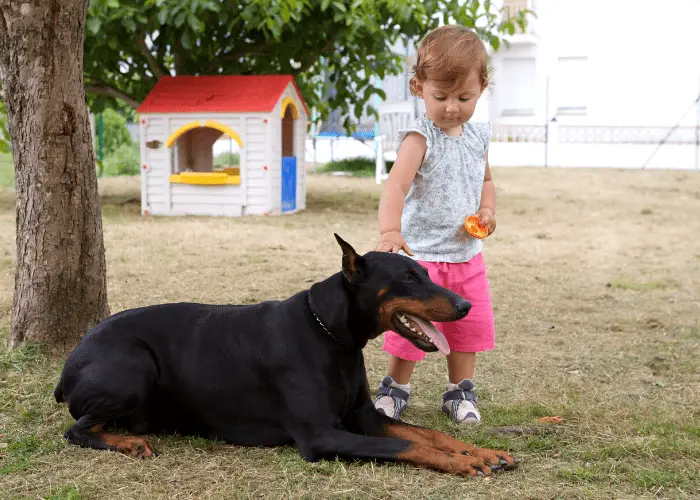 They make excellent watchmen – loyal, fearless, strong and vigilant. Breeds that will not only warn of the arrival of a guest, but also intuitively know when to protect from danger, are presented in this list.
They make excellent watchmen – loyal, fearless, strong and vigilant. Breeds that will not only warn of the arrival of a guest, but also intuitively know when to protect from danger, are presented in this list. 
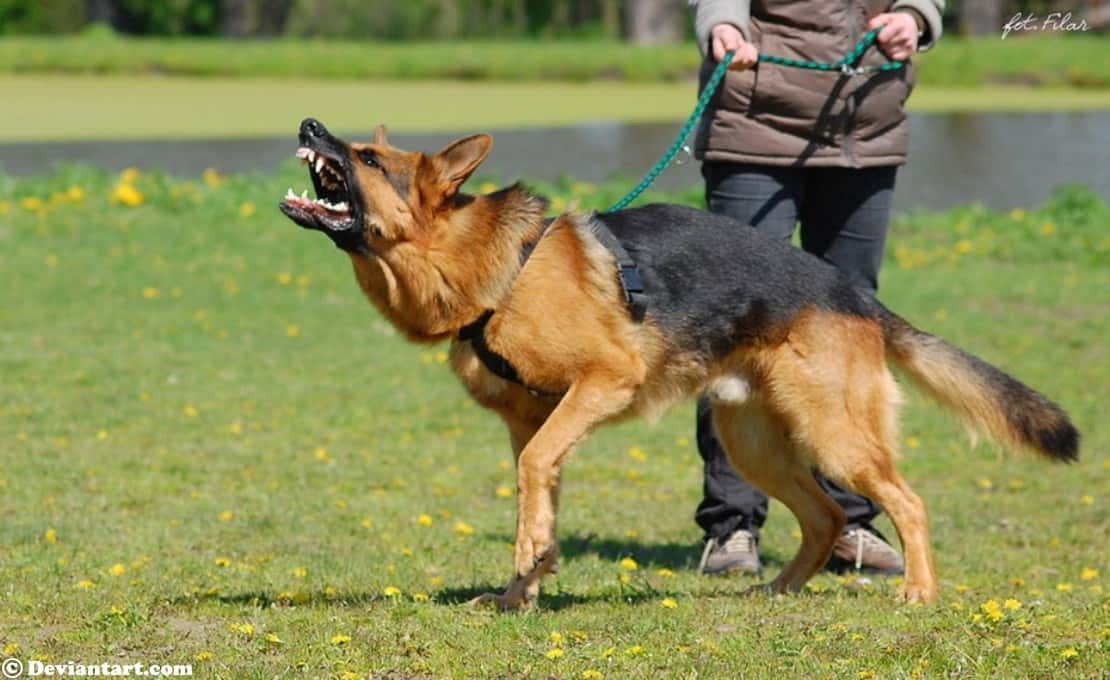
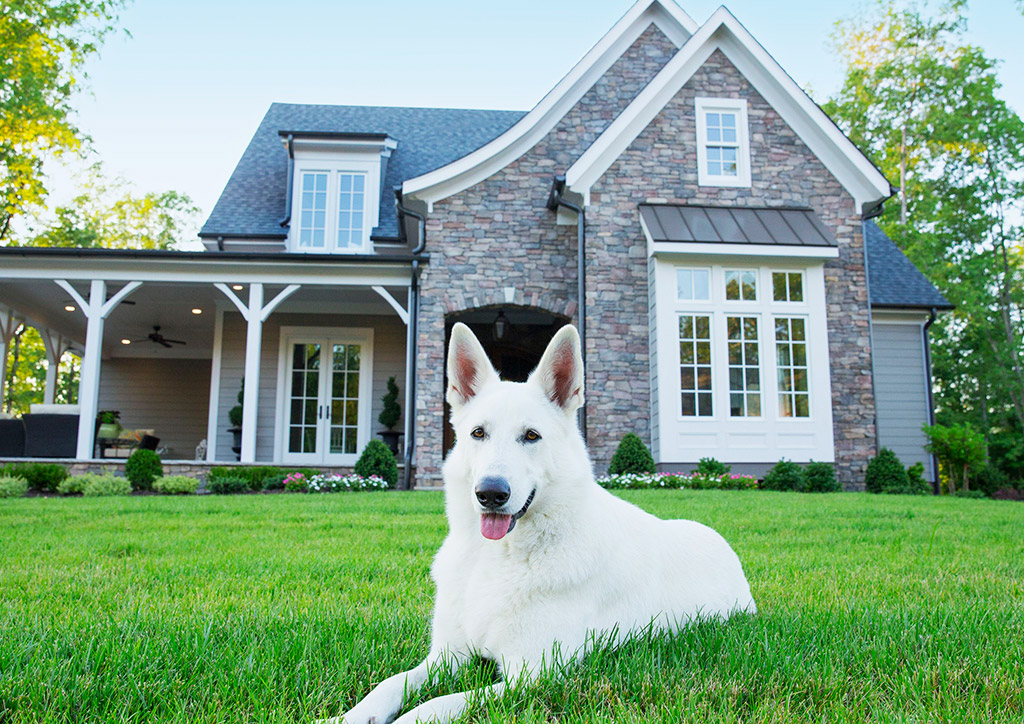 5 cm.
5 cm.  It is a popular working dog, easy to train, attentive and quick-witted.
It is a popular working dog, easy to train, attentive and quick-witted. 
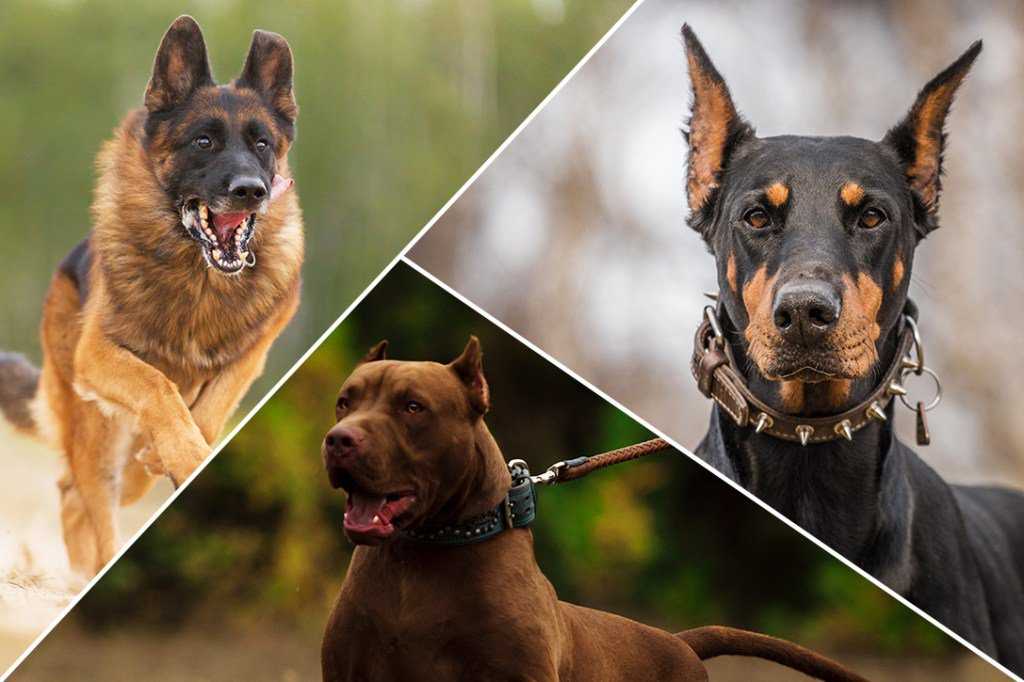 The pet is incorruptible and stern, he needs a master-leader and at the same time a friend.
The pet is incorruptible and stern, he needs a master-leader and at the same time a friend. 
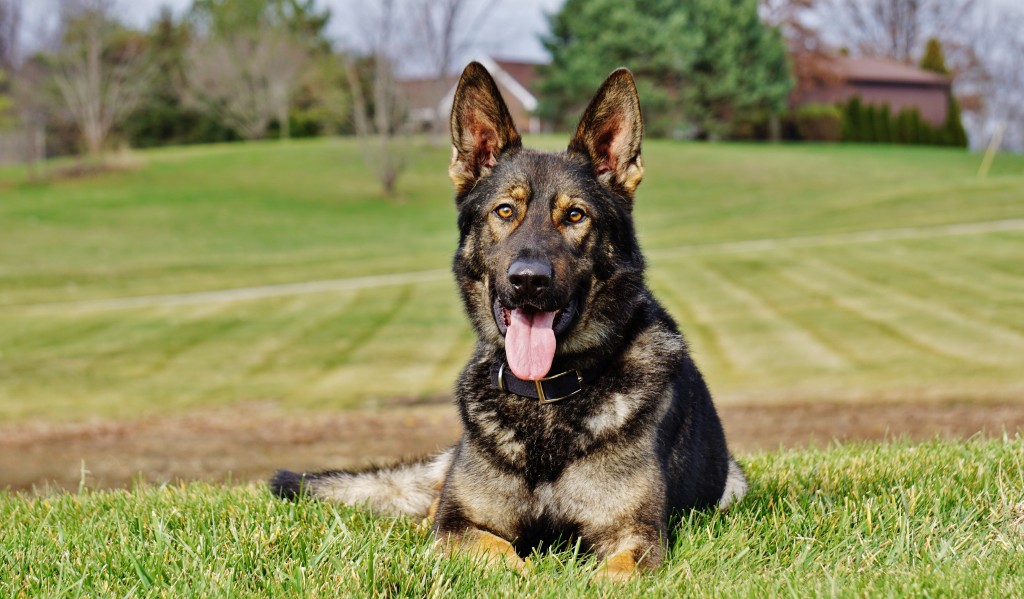

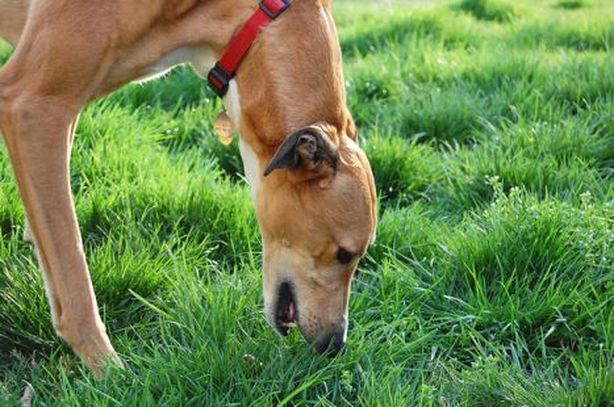 ” Her previous dog Loki, she says, took two weeks to train, but this puppy is taking longer.
” Her previous dog Loki, she says, took two weeks to train, but this puppy is taking longer.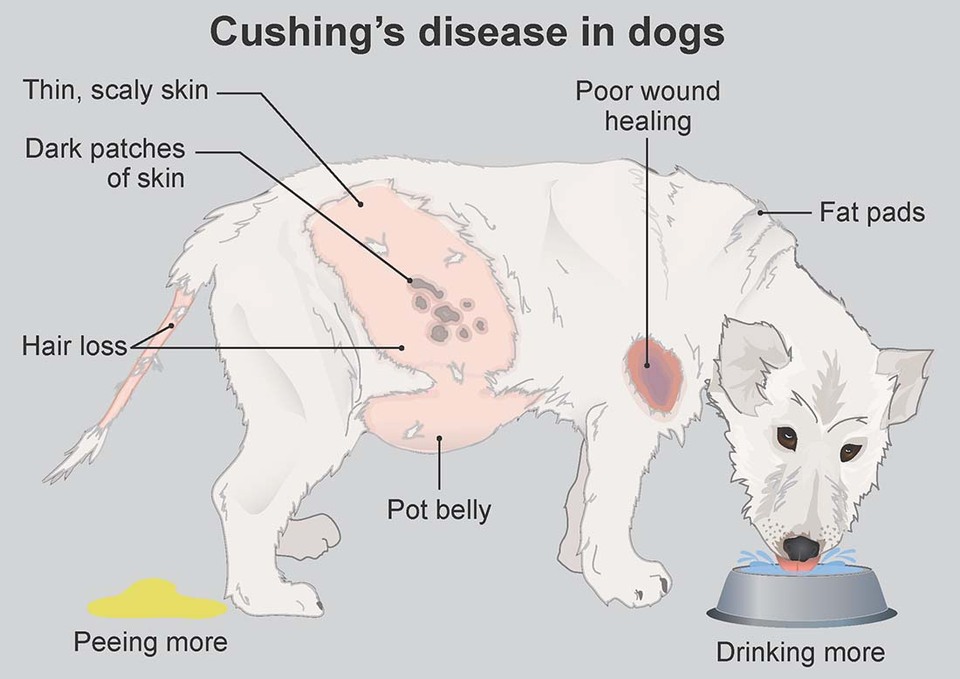 “Increases in frequency can indicate a bladder problem, bladder infection, kidney disease, bladder disease, liver disease or diabetes,” says Solomon.
“Increases in frequency can indicate a bladder problem, bladder infection, kidney disease, bladder disease, liver disease or diabetes,” says Solomon.
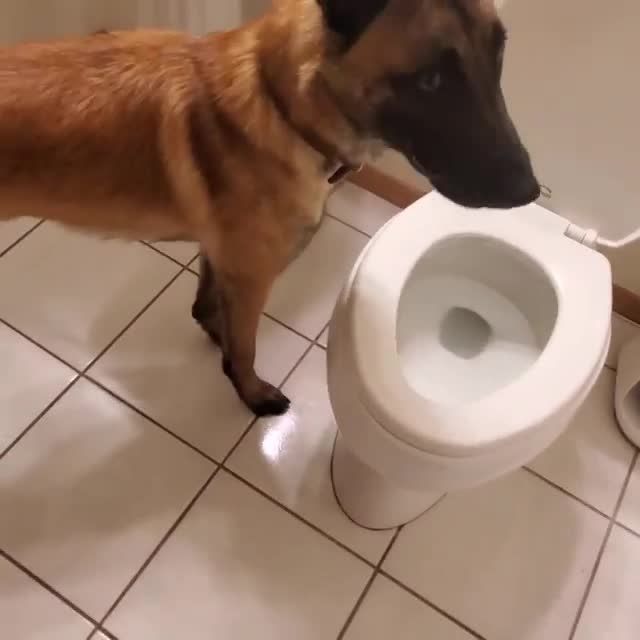 Your crucial duty as a canine owner is to monitor their behavior, treat them at home, and see a vet as needed.
Your crucial duty as a canine owner is to monitor their behavior, treat them at home, and see a vet as needed. 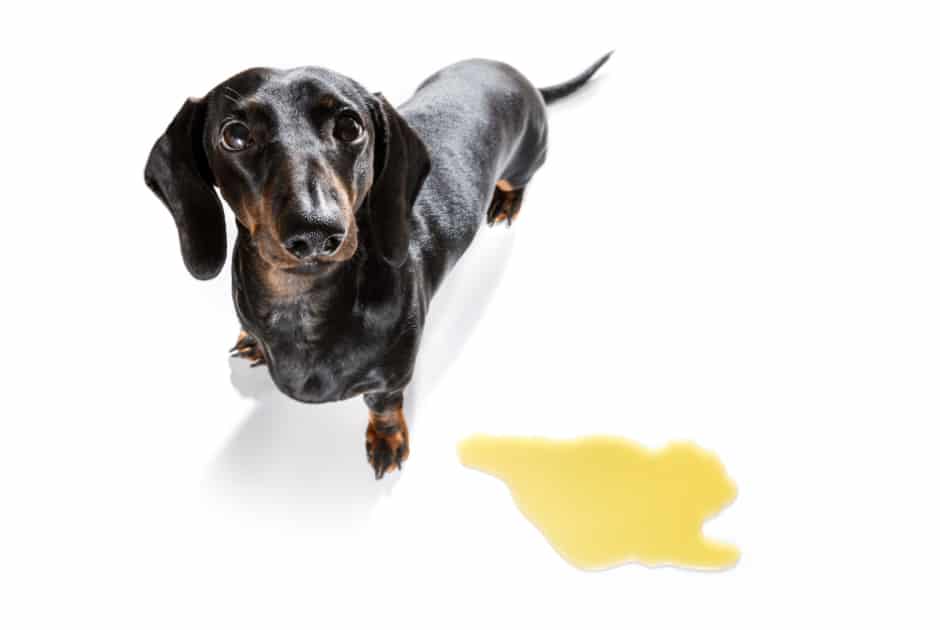 It can occur when a dog is urinating more often, urinating increased fluid volume, or both.
It can occur when a dog is urinating more often, urinating increased fluid volume, or both. 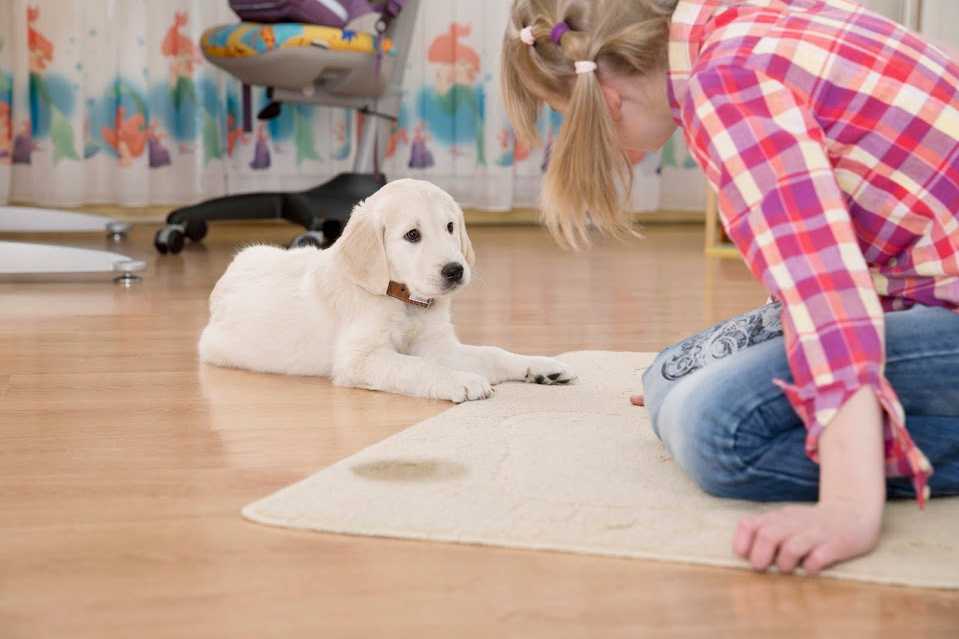
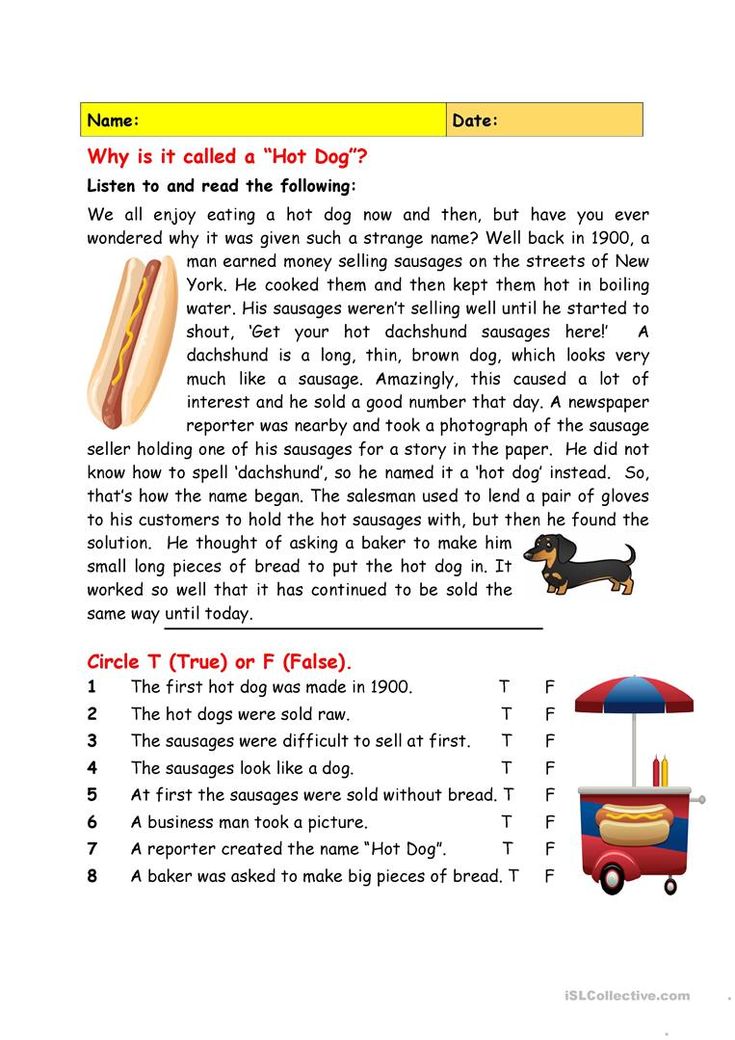
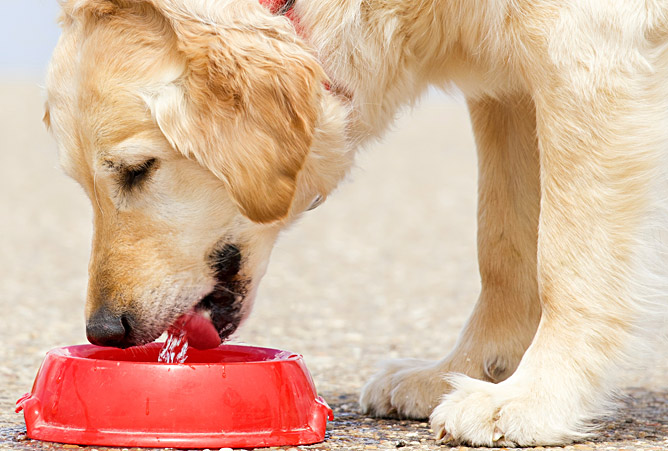
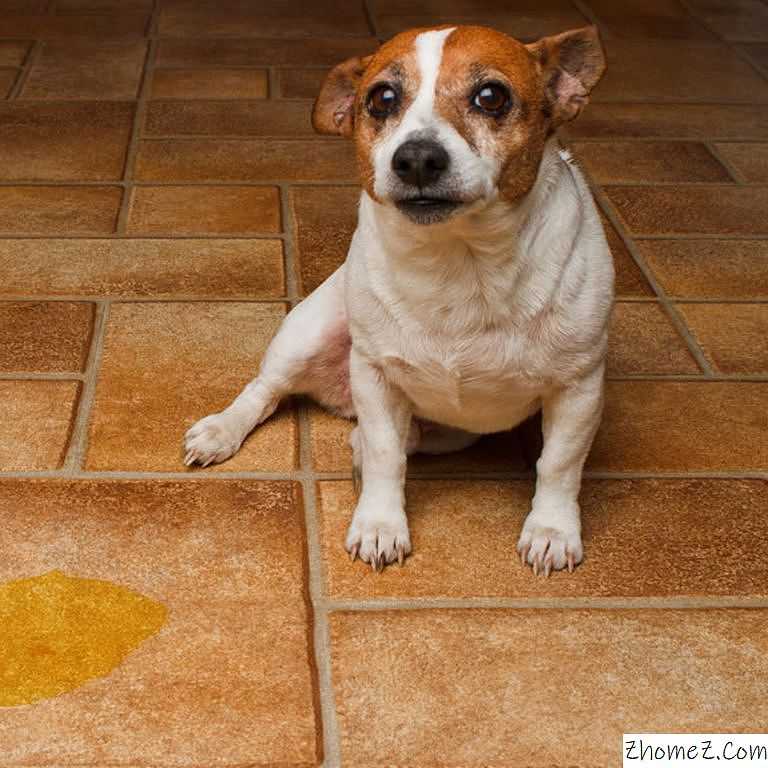
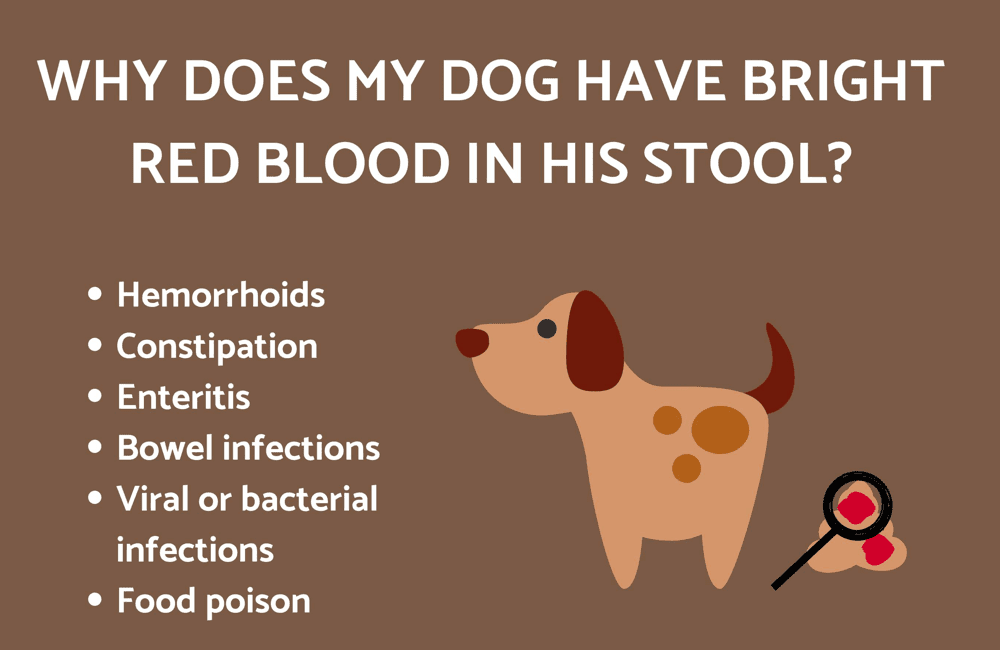
 When your toilet trained adult dog urinates in the house, you may think that he is doing it out of anger and that he should be punished. But the fact is that the violation of urination in animals is not their fault, and the reason, as a rule, is in no way connected with bad behavior.
When your toilet trained adult dog urinates in the house, you may think that he is doing it out of anger and that he should be punished. But the fact is that the violation of urination in animals is not their fault, and the reason, as a rule, is in no way connected with bad behavior. 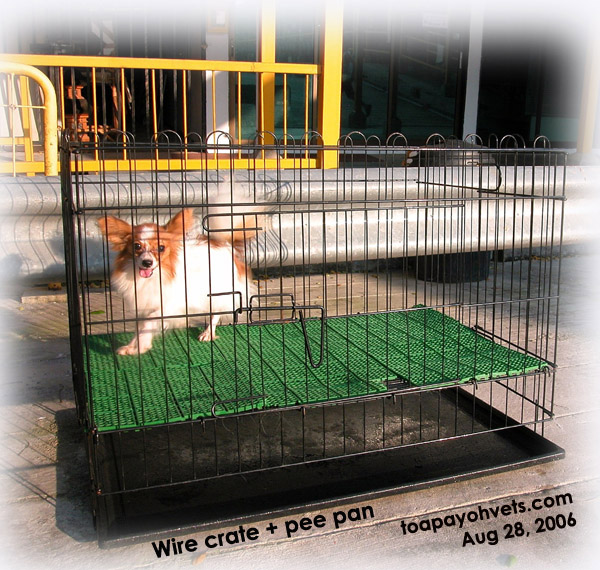
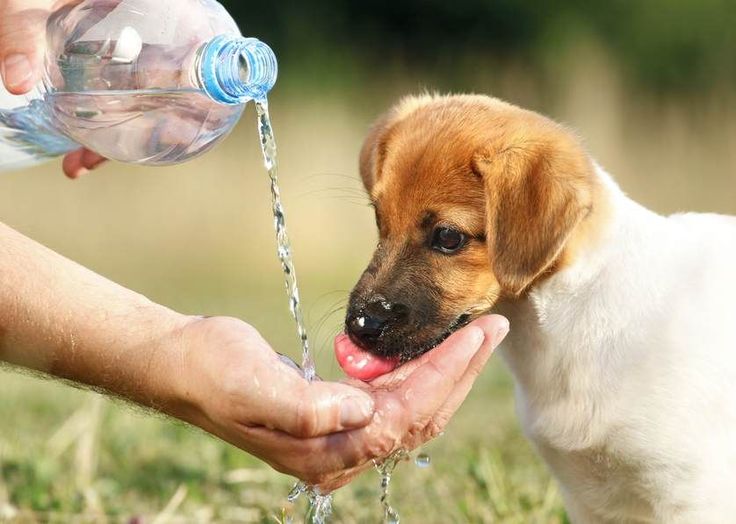
 If she suffers from a certain disease, there is a chance that after treatment the problem will also disappear.
If she suffers from a certain disease, there is a chance that after treatment the problem will also disappear. 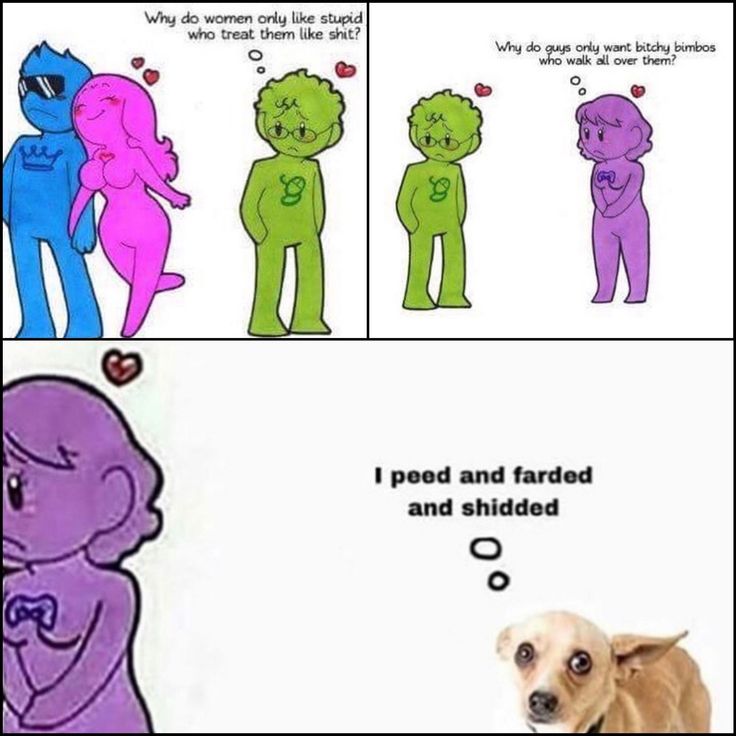

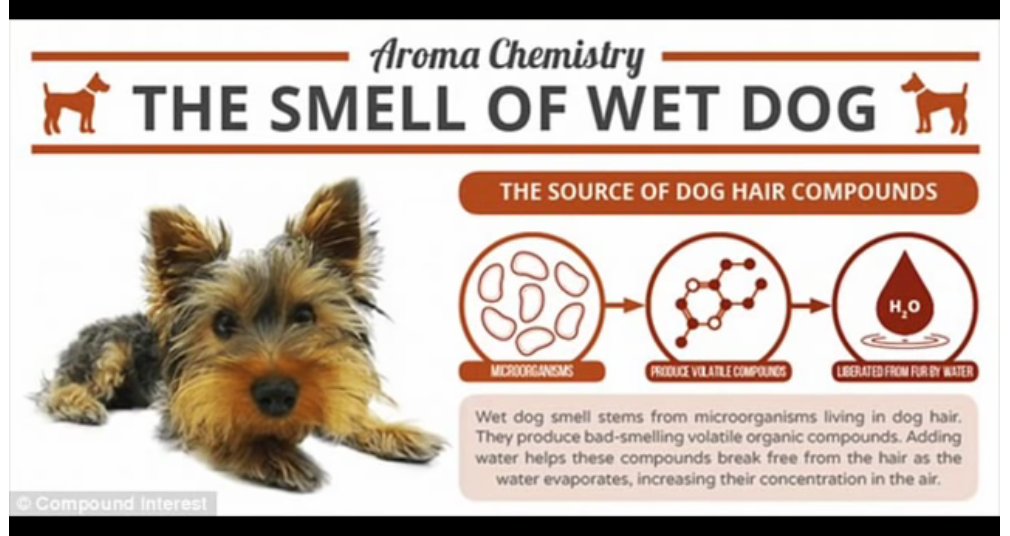
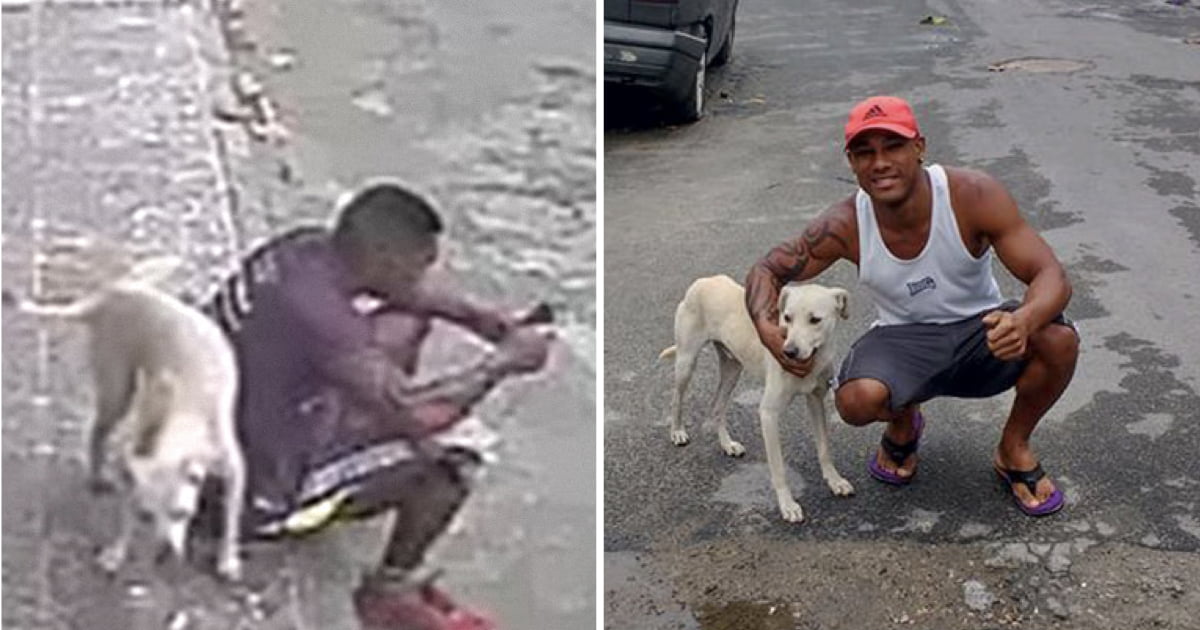 Observance of the rules for caring for a pet will help to avoid relapse, and it is especially important to avoid hypothermia;
Observance of the rules for caring for a pet will help to avoid relapse, and it is especially important to avoid hypothermia;  Birth trauma also causes irreparable damage to the body and can lead to frequent urination. The most accurate picture of the disease can only be established by an experienced veterinarian who will examine the pet, take tests and prescribe the necessary procedures for a full recovery;
Birth trauma also causes irreparable damage to the body and can lead to frequent urination. The most accurate picture of the disease can only be established by an experienced veterinarian who will examine the pet, take tests and prescribe the necessary procedures for a full recovery;  If, after explaining to the puppy his place of the toilet, involuntary urination continues, then you should consult a doctor – this is a clear sign of a developmental pathology that can only be eliminated by surgery.
If, after explaining to the puppy his place of the toilet, involuntary urination continues, then you should consult a doctor – this is a clear sign of a developmental pathology that can only be eliminated by surgery. 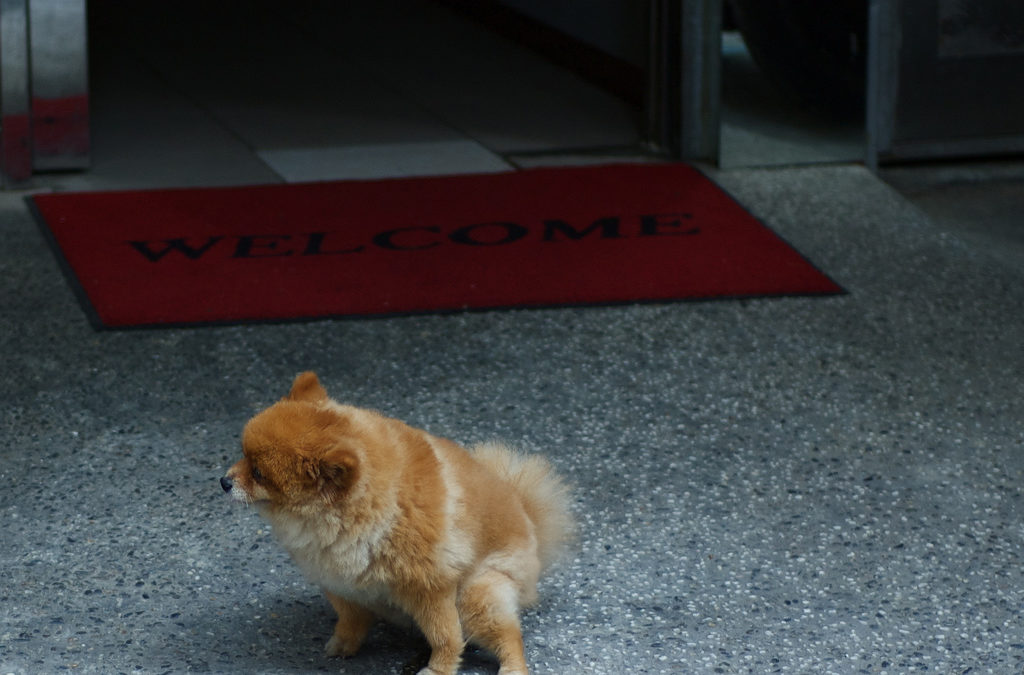 ..
.. 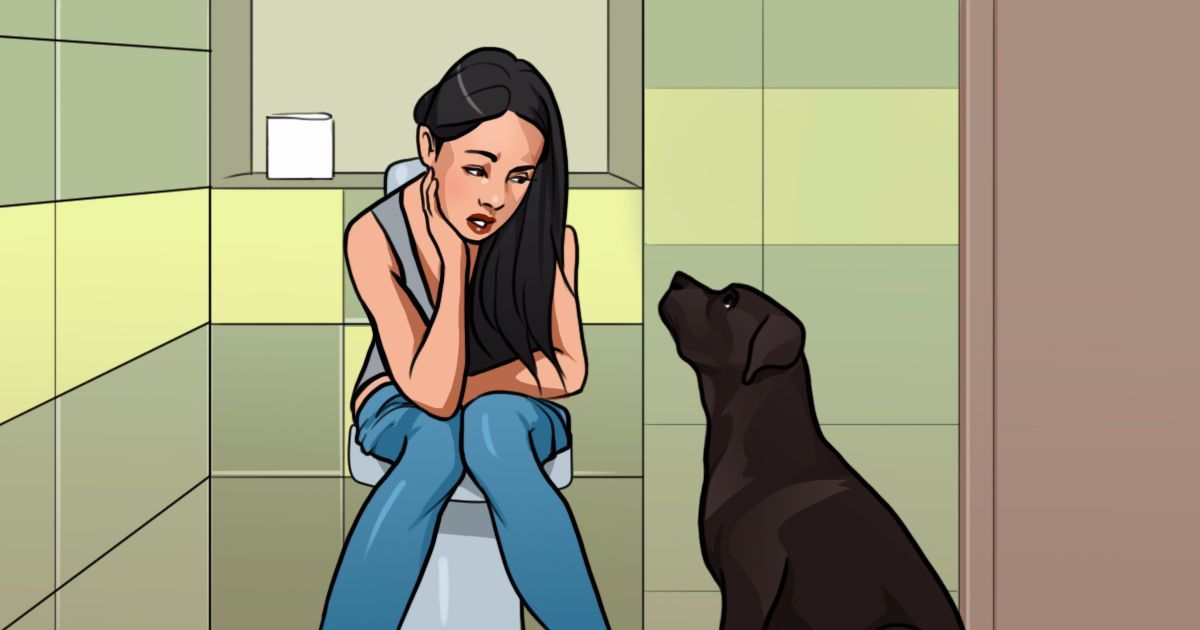 ..
..  ..
.. 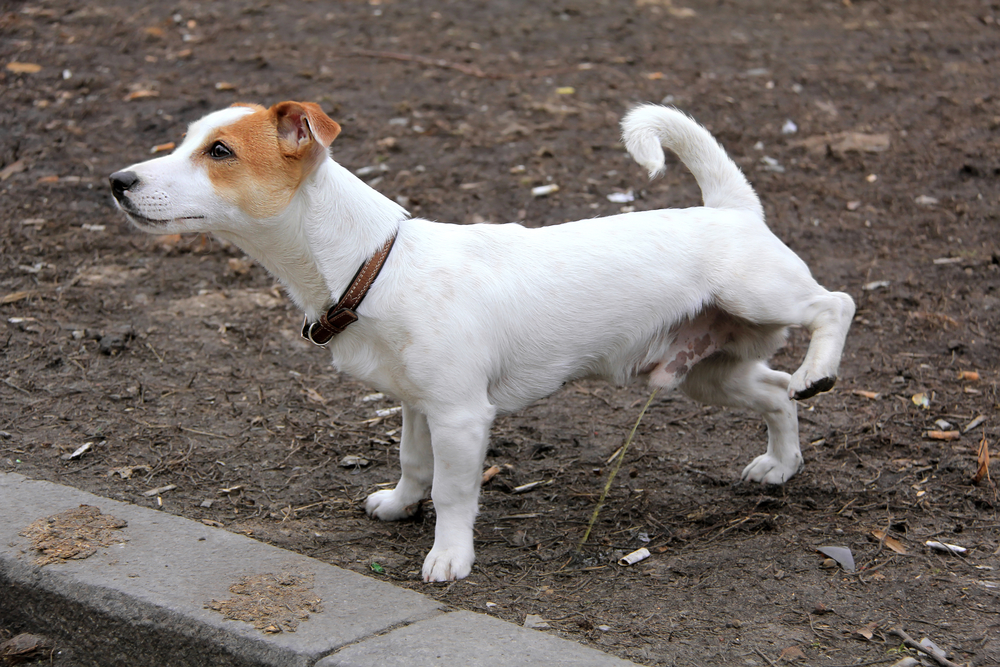 Despite the fact that cats are predators,…
Despite the fact that cats are predators,… 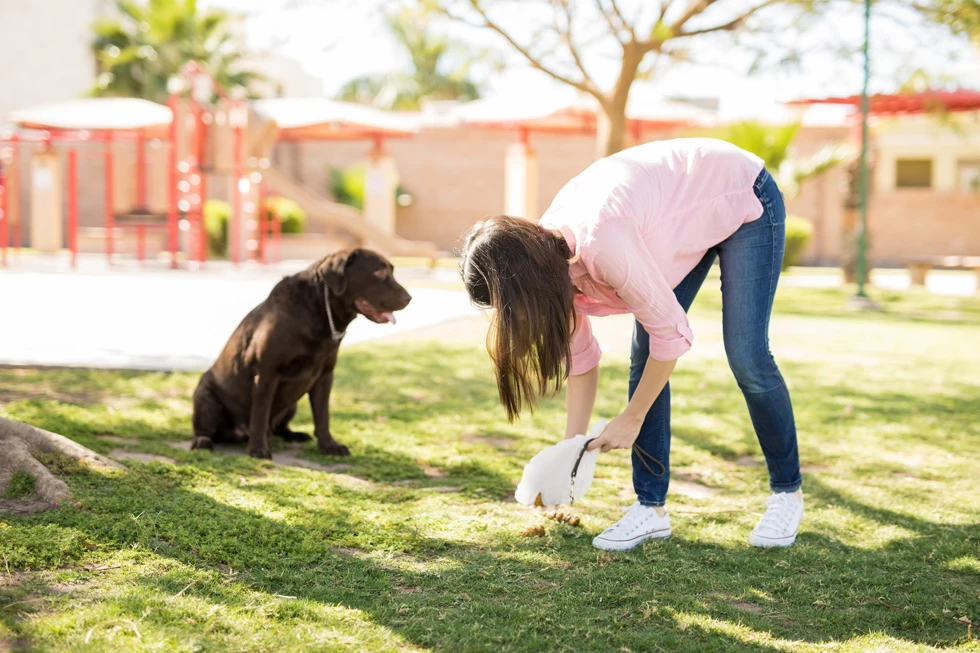 There can be many factors for this, and in the first place …
There can be many factors for this, and in the first place …  ..
..  ..
.. 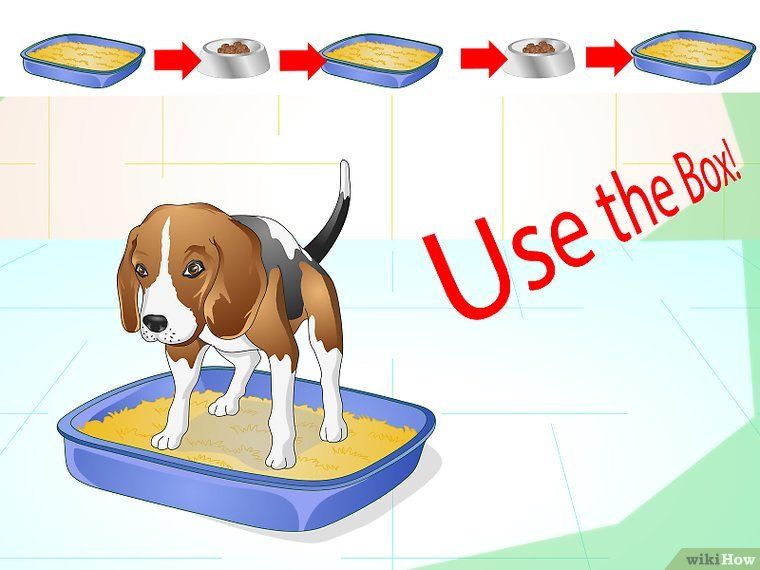 ..
..  ..
..  ..
..  ..
..  ..
.. 
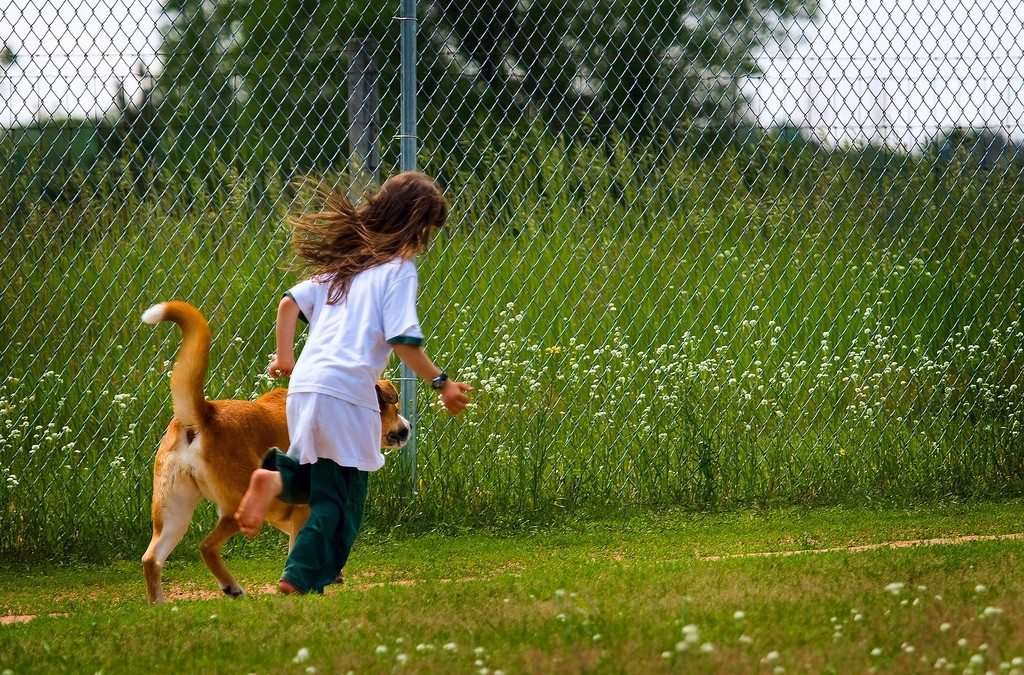 They’re independent thinkers and don’t always mix well with other dogs or strangers, so it’s especially important to provide consistent training and socialization from an early age.
They’re independent thinkers and don’t always mix well with other dogs or strangers, so it’s especially important to provide consistent training and socialization from an early age.  Aussies are best suited to homes with plenty of space to roam as they’re high energy and require plenty of daily activity and exercise.
Aussies are best suited to homes with plenty of space to roam as they’re high energy and require plenty of daily activity and exercise.  Their patient, protective, and playful nature—and the fact that boxers crave lots of time with their humans—makes them a good fit for families with kids.
Their patient, protective, and playful nature—and the fact that boxers crave lots of time with their humans—makes them a good fit for families with kids. 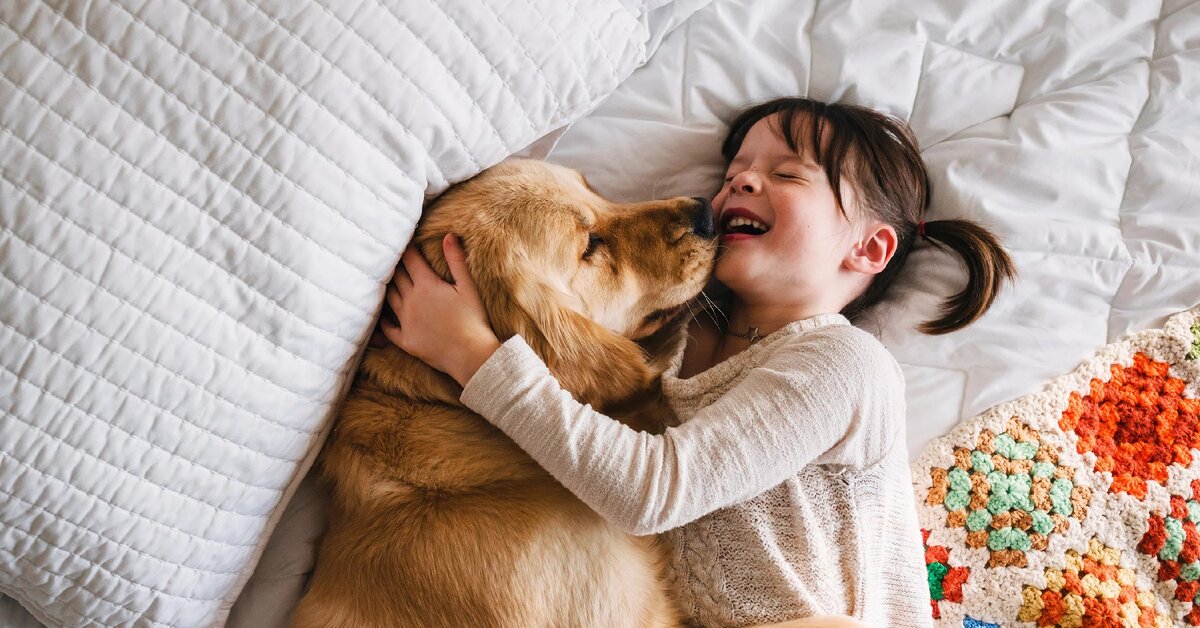 They’re devoted family dogs and natural protectors.
They’re devoted family dogs and natural protectors. 

 Giants need plenty of exercise, as well as weekly grooming.
Giants need plenty of exercise, as well as weekly grooming. 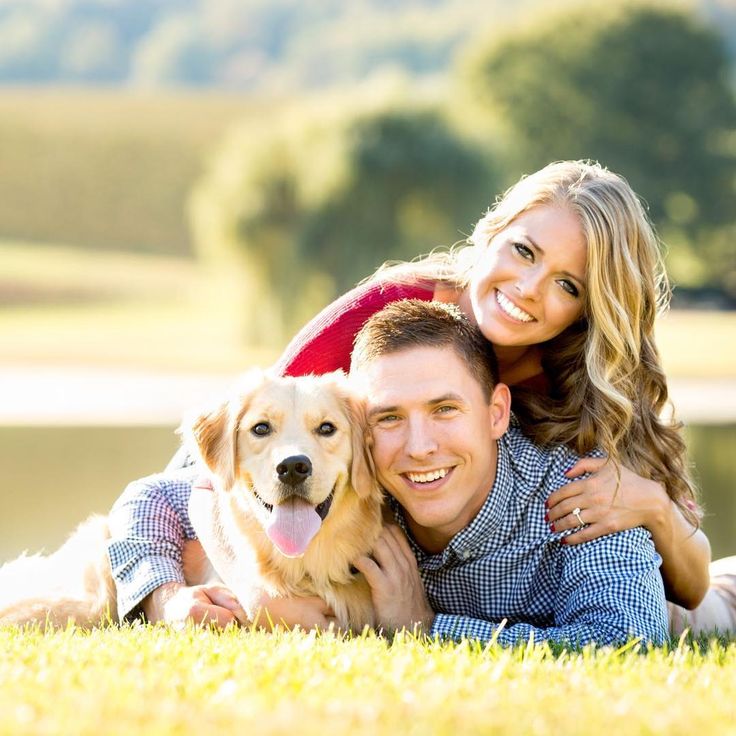 They can also be playful and cuddly, just be sure to provide plenty of socialization and training as Rotties can be territorial.
They can also be playful and cuddly, just be sure to provide plenty of socialization and training as Rotties can be territorial.  The best dog breeds for protection usually have a strong sense of loyalty to you and your family, are highly alert, observant, and act obediently. An ideal guard dog is typically large, fearless, and responsive to training.
The best dog breeds for protection usually have a strong sense of loyalty to you and your family, are highly alert, observant, and act obediently. An ideal guard dog is typically large, fearless, and responsive to training.
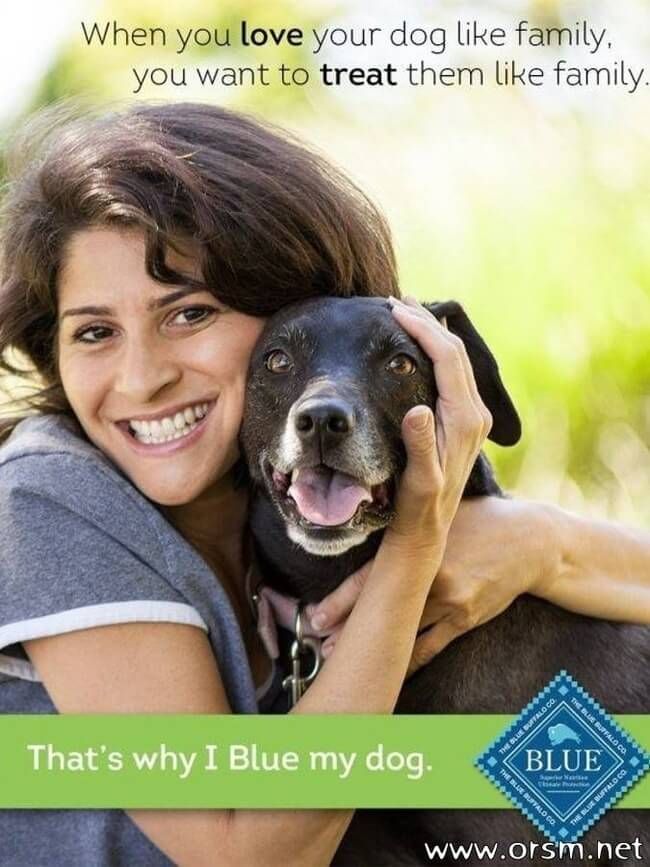 Bred for guarding royalty and nobility in feudal Japan, this courageous and alert breed is naturally suspicious of strangers. Akitas will keep watch over you and your family at all times. This breed takes this task seriously and will typically perform its guarding duty with little to no training. This dog will require obedience training, or you can consider guard dog training to sharpen its skills. As with all dogs, it will require proper socialization to help prevent unnecessary standoffishness or aggression.
Bred for guarding royalty and nobility in feudal Japan, this courageous and alert breed is naturally suspicious of strangers. Akitas will keep watch over you and your family at all times. This breed takes this task seriously and will typically perform its guarding duty with little to no training. This dog will require obedience training, or you can consider guard dog training to sharpen its skills. As with all dogs, it will require proper socialization to help prevent unnecessary standoffishness or aggression.
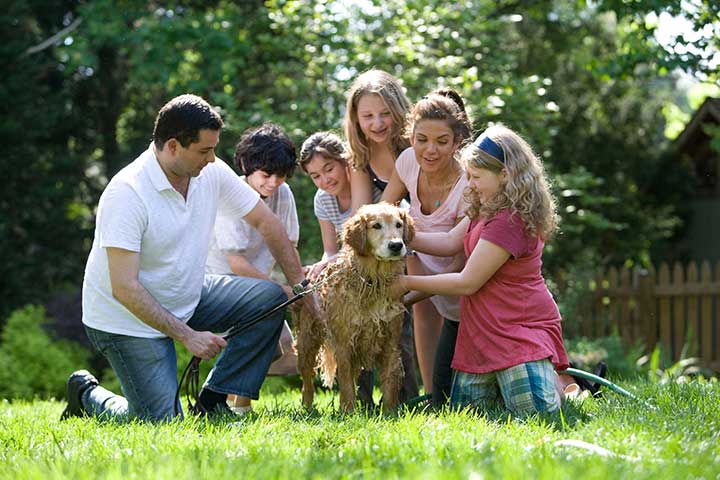 This dog has a high energy level and thrives when it has a job to perform. It must get specialized training and proper socialization to be at ease in new or unfamiliar situations. This dog must get plenty of exercise every day.
This dog has a high energy level and thrives when it has a job to perform. It must get specialized training and proper socialization to be at ease in new or unfamiliar situations. This dog must get plenty of exercise every day.
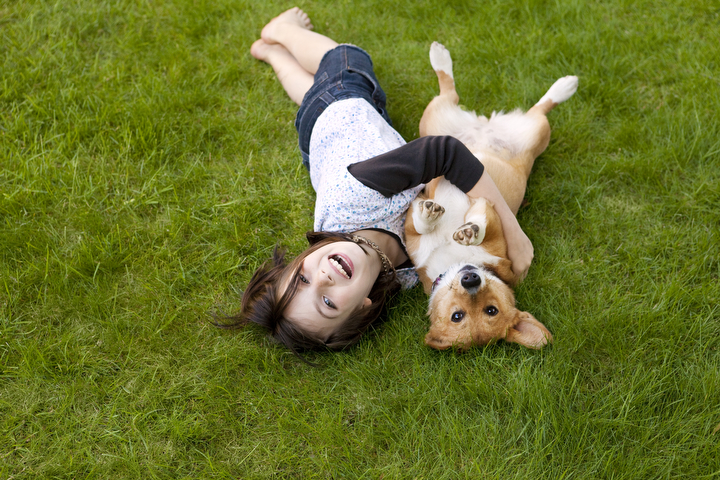 This breed exhibits a deep sense of loyalty toward its family members. Just like other protective dogs, training is critical to keep these dogs focused on being guard dogs. You will need to socialize your German shepherd to avoid fearfulness and nervousness. This dog also needs about two hours of exercise daily.
This breed exhibits a deep sense of loyalty toward its family members. Just like other protective dogs, training is critical to keep these dogs focused on being guard dogs. You will need to socialize your German shepherd to avoid fearfulness and nervousness. This dog also needs about two hours of exercise daily.
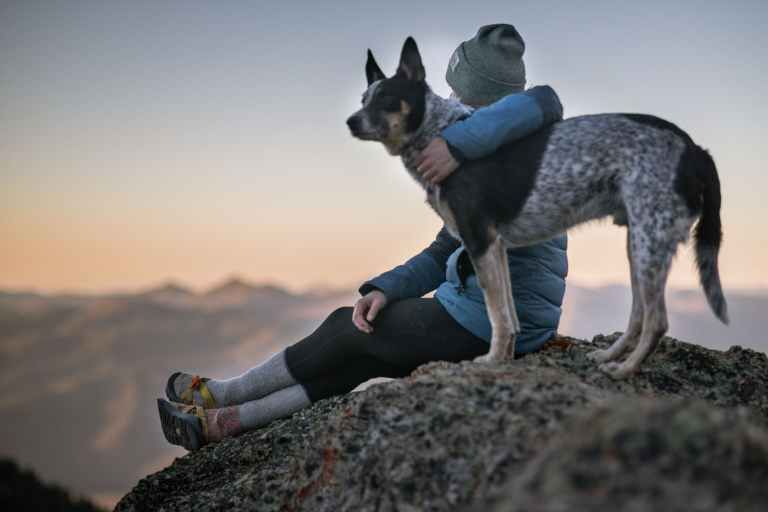 With a structured training program, you can hone your dog’s protection skills and turn your dog into an excellent guard dog.
With a structured training program, you can hone your dog’s protection skills and turn your dog into an excellent guard dog.
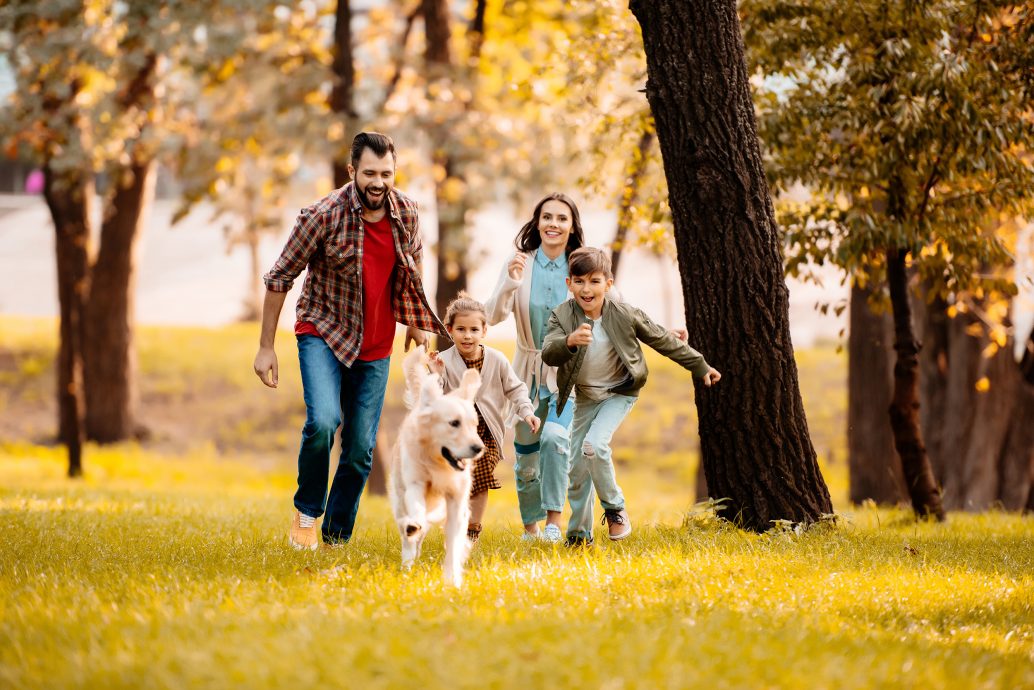
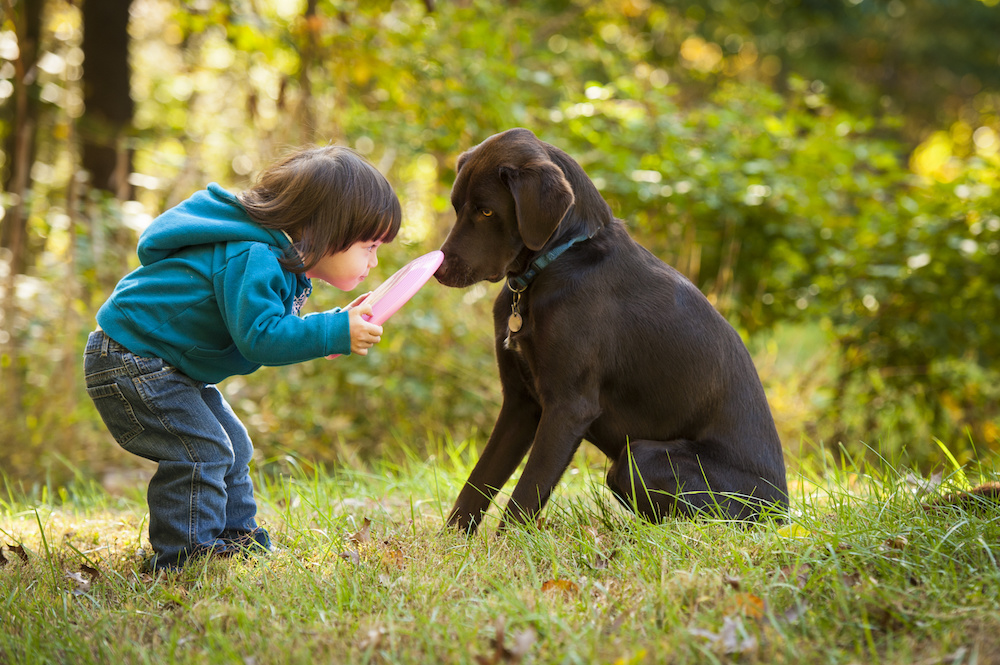 This breed can be a big goofy lovebug one moment and an intimidating defender the next. If a Rottweiler trusts you, the dog will likely be loyal and affectionate with you. Rotties are usually hesitant toward strangers until the dog verifies the person poses no threat. This dog can become an excellent guard dog when adequately trained. This breed needs socialization, structure, and a task driving its daily activities.
This breed can be a big goofy lovebug one moment and an intimidating defender the next. If a Rottweiler trusts you, the dog will likely be loyal and affectionate with you. Rotties are usually hesitant toward strangers until the dog verifies the person poses no threat. This dog can become an excellent guard dog when adequately trained. This breed needs socialization, structure, and a task driving its daily activities.
 Basset hounds tend to be lazier, and this breed may not get out of its dog bed when someone enters the house.
Basset hounds tend to be lazier, and this breed may not get out of its dog bed when someone enters the house.
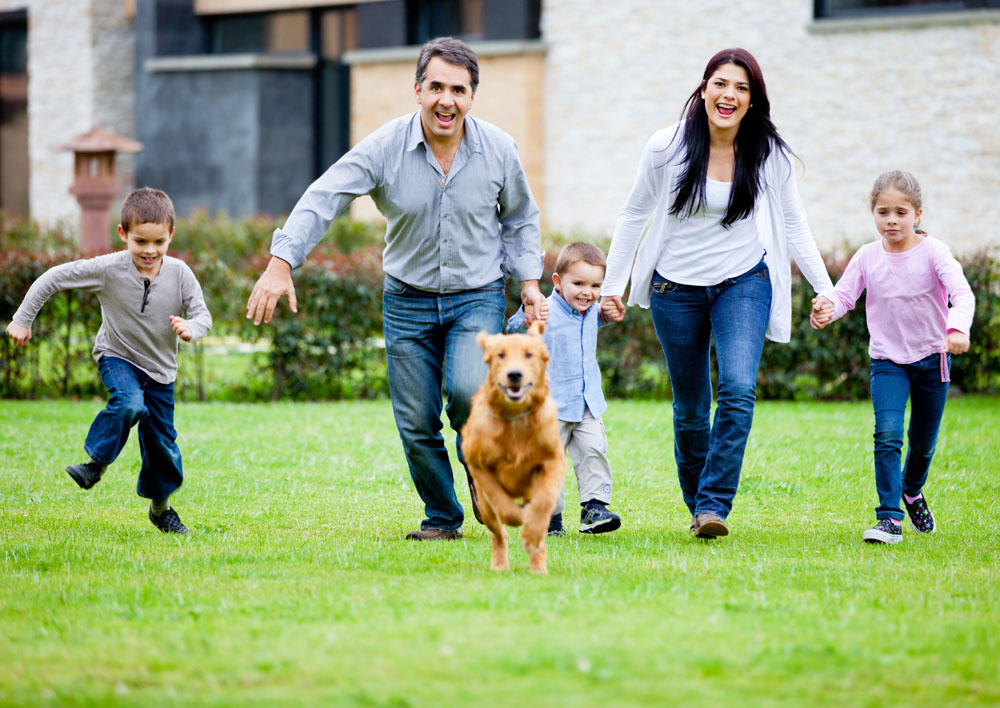 While these are usually seen as negative qualities, the tiny wonders will always let you know when the danger gets close.
While these are usually seen as negative qualities, the tiny wonders will always let you know when the danger gets close.
 Males weigh between 35–50 pounds, while the females are 30–45 pounds.
Males weigh between 35–50 pounds, while the females are 30–45 pounds.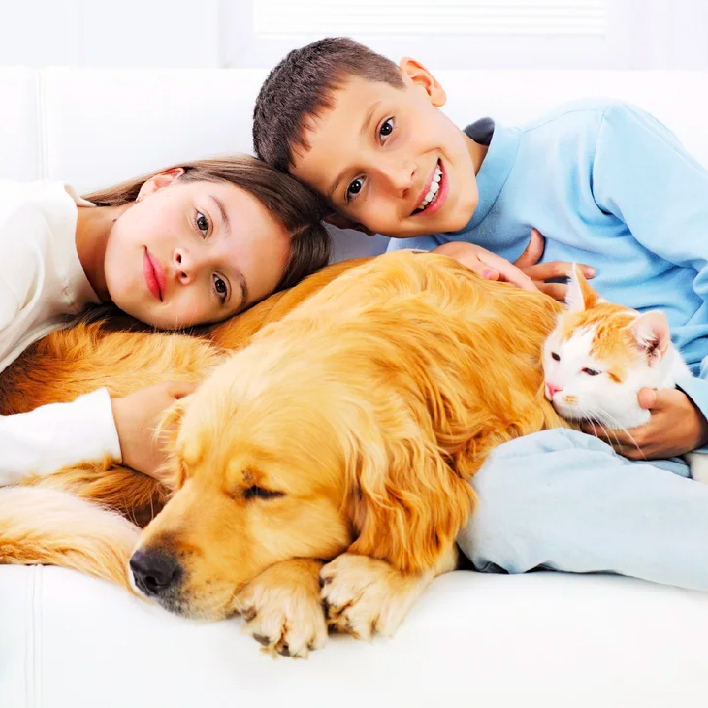

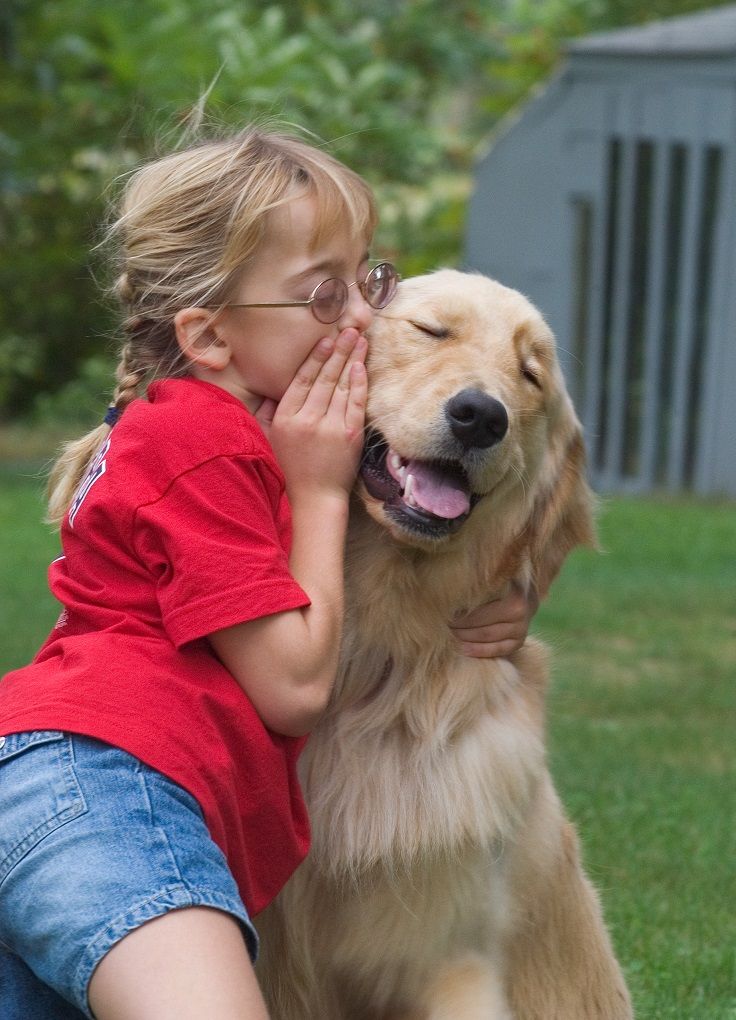

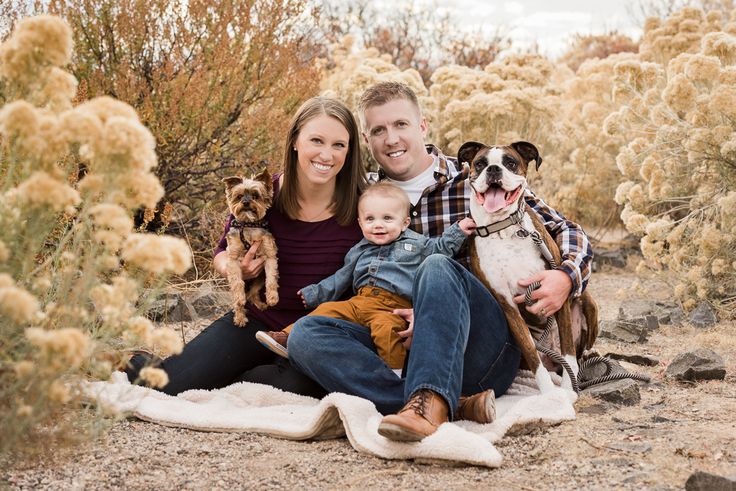


 The pups look fearsome, generally weighing about 95 pounds, but they’re the most loveable and affectionate breed once they get comfortable with you.
The pups look fearsome, generally weighing about 95 pounds, but they’re the most loveable and affectionate breed once they get comfortable with you.
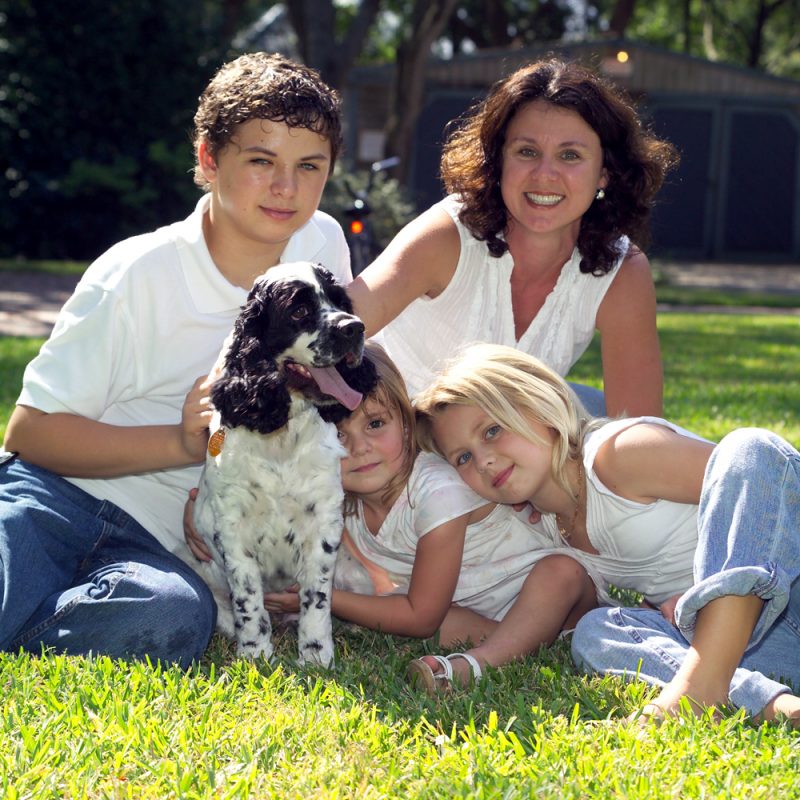
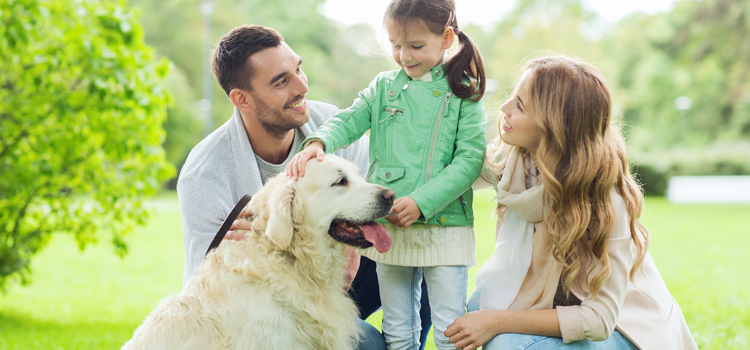
 By the way, it is also better to introduce this breed to cats at an early age. The White Swiss Shepherd Dog treats children well, being a good nanny and a reliable protector.
By the way, it is also better to introduce this breed to cats at an early age. The White Swiss Shepherd Dog treats children well, being a good nanny and a reliable protector. 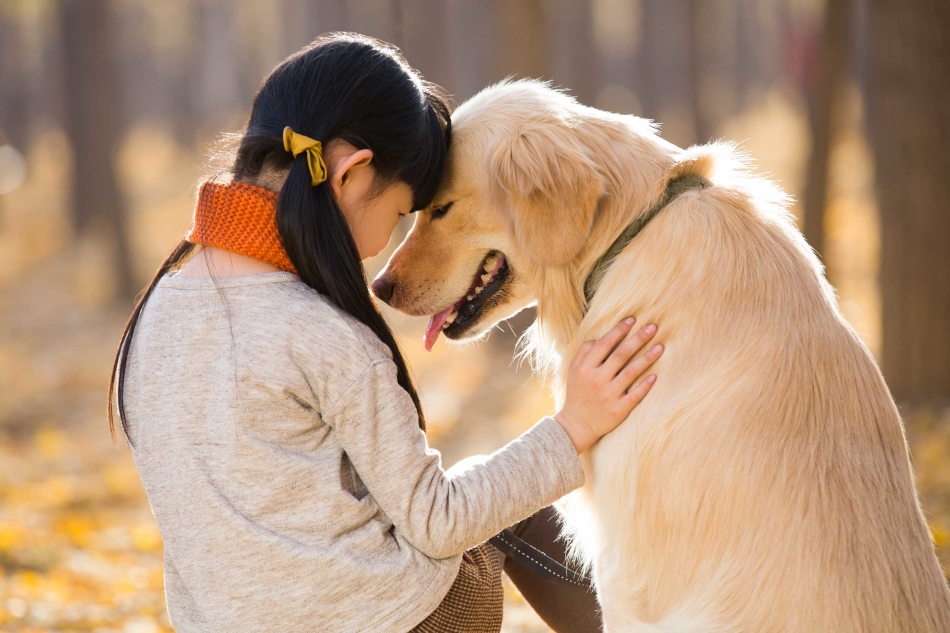 Gradually, you can introduce basic commands into classes.
Gradually, you can introduce basic commands into classes. 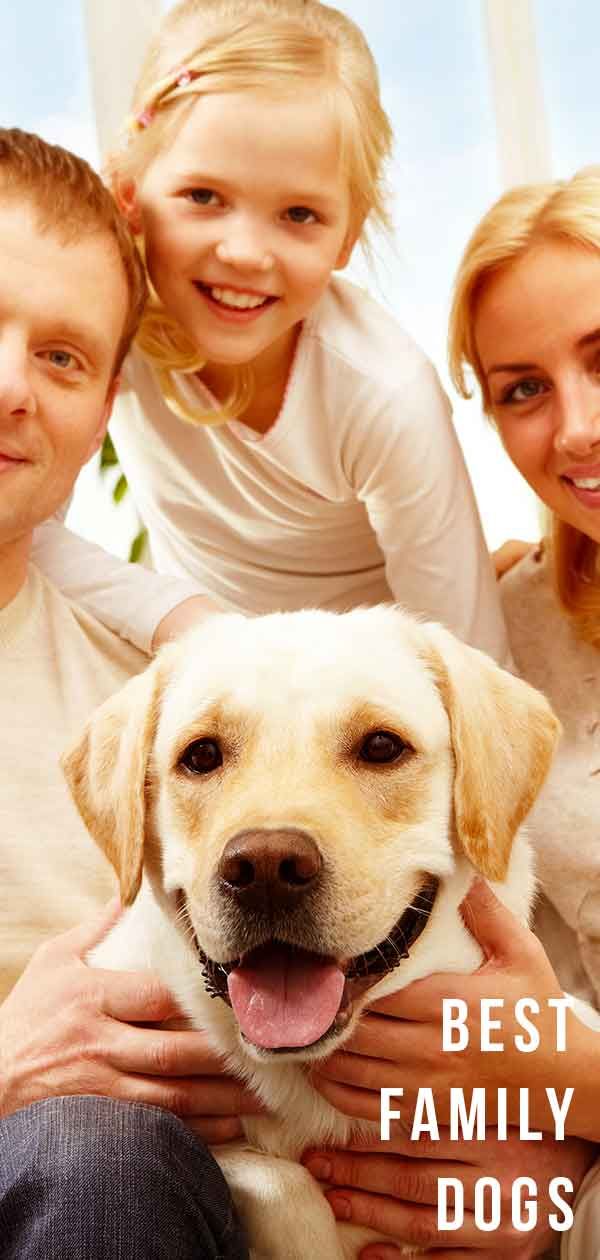
 They survived in the harsh conditions of the ancient world, being popular in a vast territory – from the Karakum desert to Mongolia, from the Caucasus to China.
They survived in the harsh conditions of the ancient world, being popular in a vast territory – from the Karakum desert to Mongolia, from the Caucasus to China.  Ears and tail are usually docked at a young age. Wool can be of different lengths, from short to long. Color, too, can be anything.
Ears and tail are usually docked at a young age. Wool can be of different lengths, from short to long. Color, too, can be anything. 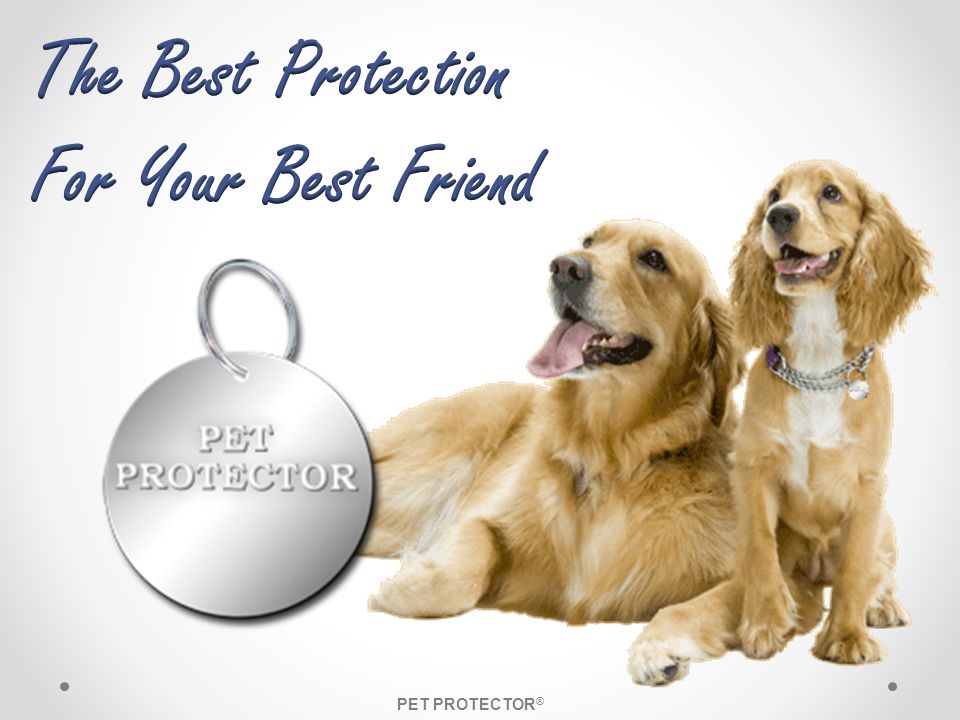
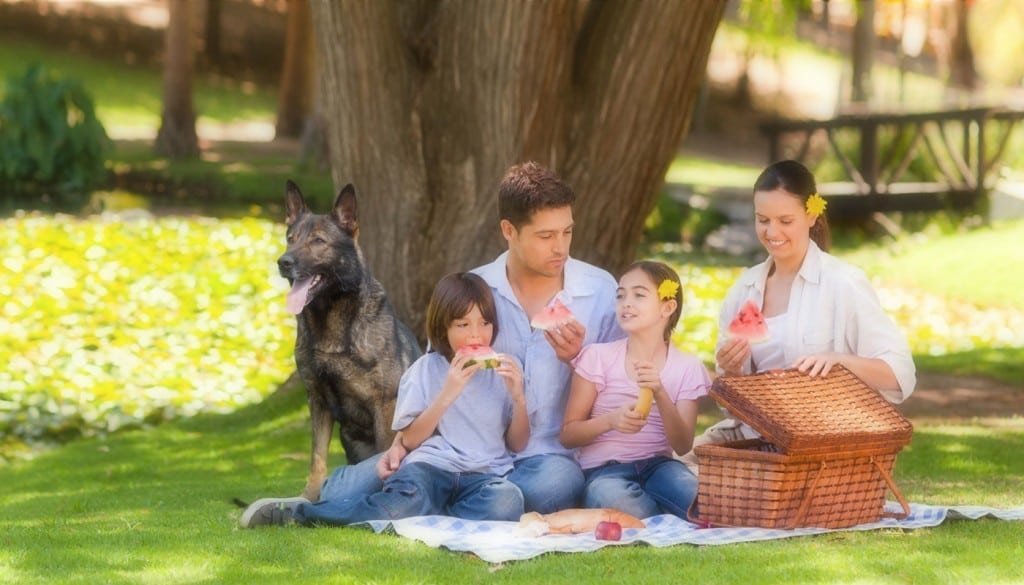
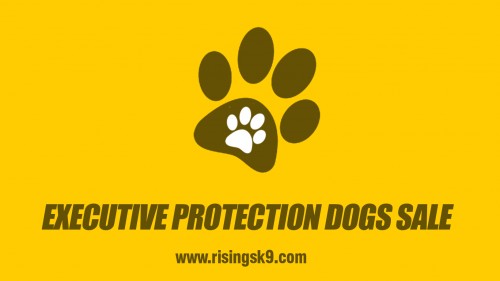 And therefore, if you cannot provide this, it is better to think about buying another dog.
And therefore, if you cannot provide this, it is better to think about buying another dog. 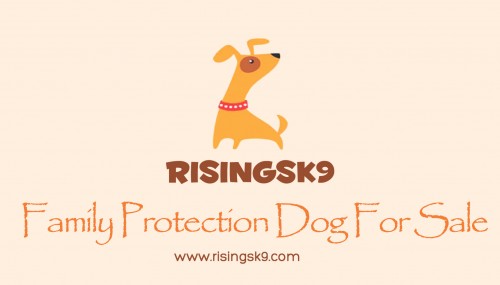 The breed has a very developed intellect, which greatly simplifies the process of training. If a Giant Schnauzer enters into a fight with another dog, he does not retreat and goes to the end. Perfectly adapts to life in various conditions, well suited for an apartment.
The breed has a very developed intellect, which greatly simplifies the process of training. If a Giant Schnauzer enters into a fight with another dog, he does not retreat and goes to the end. Perfectly adapts to life in various conditions, well suited for an apartment. 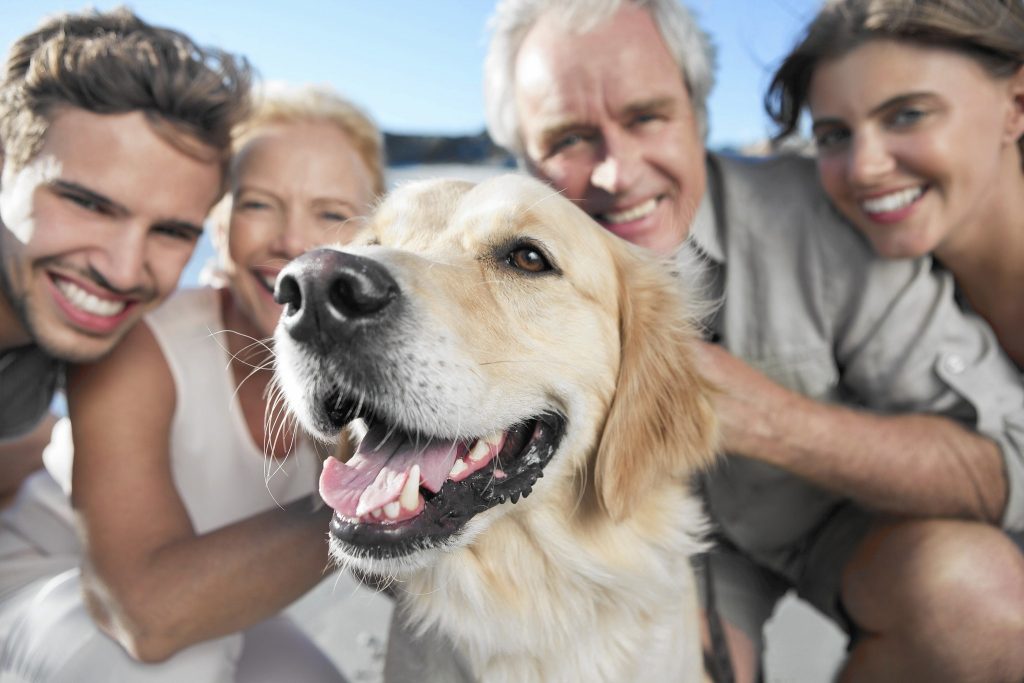
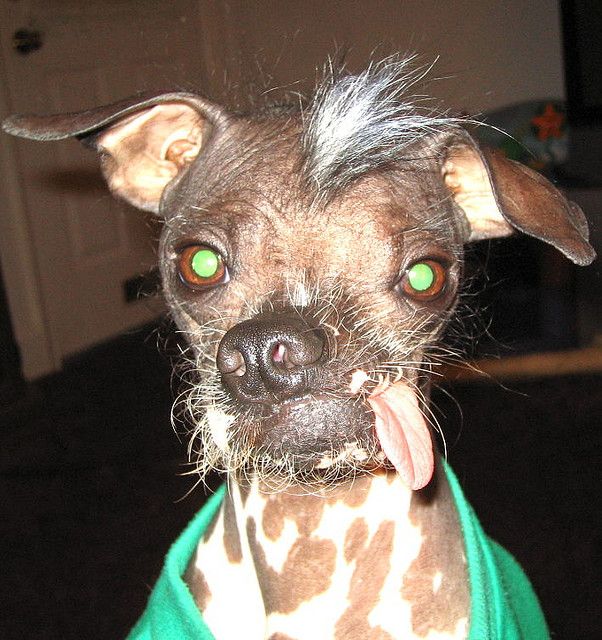 A Chinese dog breed, the Shar Pei has a blue-black tongue and a permanent scowl, but we still can’t get over the deep wrinkles. It is like the poor pooch is desperately trying to grow into his big brother’s over-sized, hand-me-down skin. Shar Pei owners adore this beauty-challenged dog breed, despite all the odd nooks and crannies.
A Chinese dog breed, the Shar Pei has a blue-black tongue and a permanent scowl, but we still can’t get over the deep wrinkles. It is like the poor pooch is desperately trying to grow into his big brother’s over-sized, hand-me-down skin. Shar Pei owners adore this beauty-challenged dog breed, despite all the odd nooks and crannies.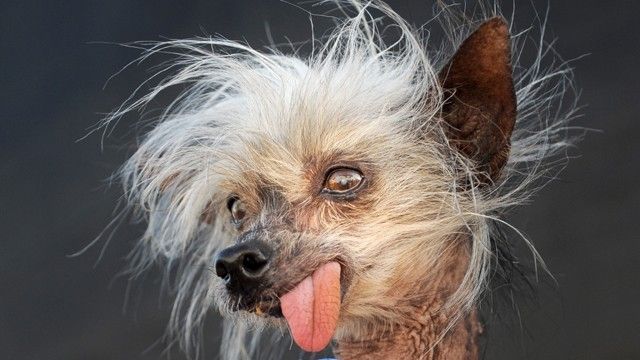
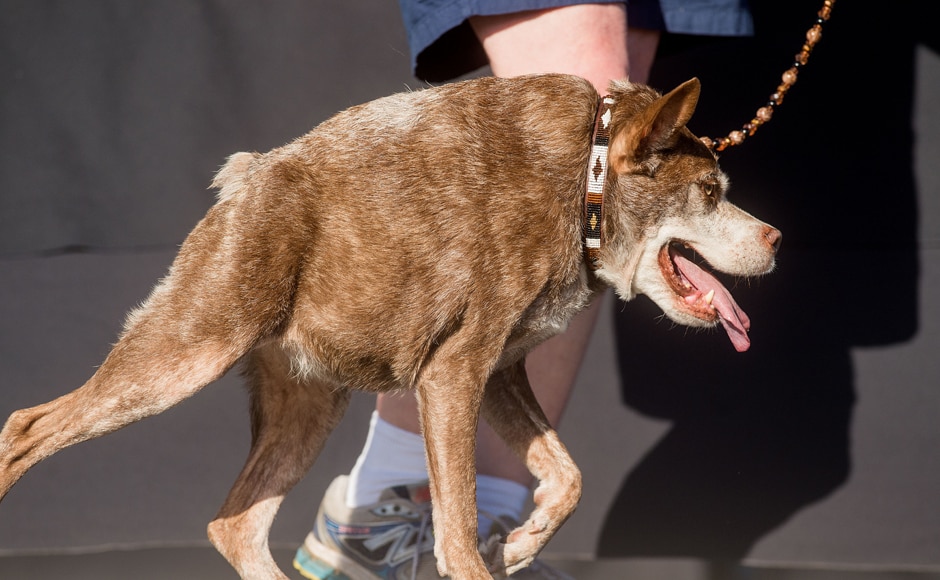 Folks that love pugs admire them for their personalities. They are loyal, funny, and charming and they seem totally okay with being the ugly friend in the group.
Folks that love pugs admire them for their personalities. They are loyal, funny, and charming and they seem totally okay with being the ugly friend in the group.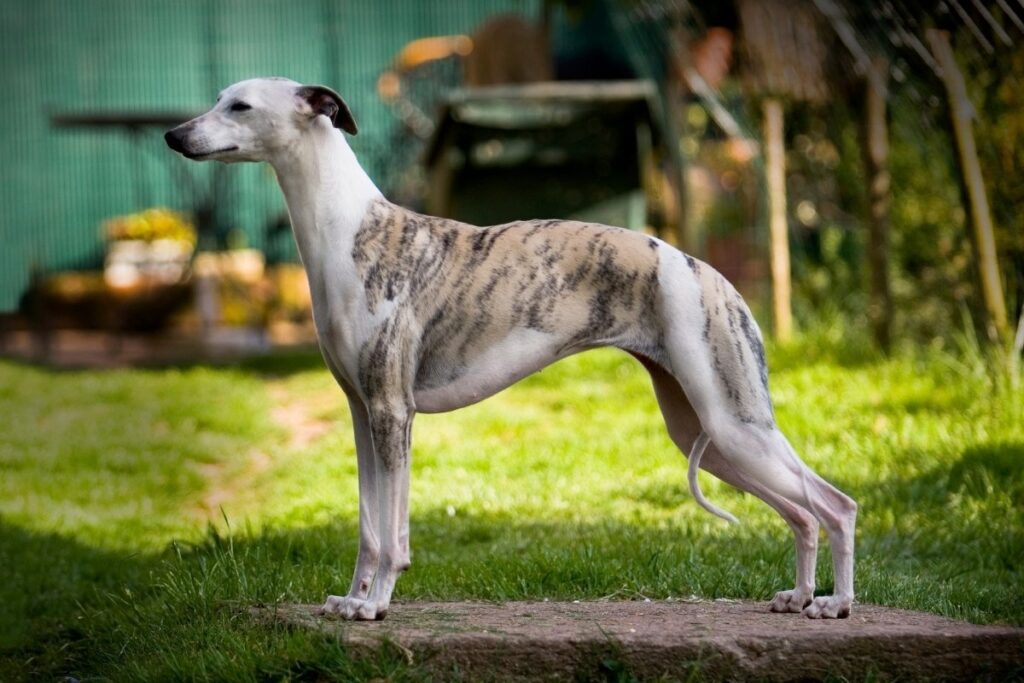 The Spuds McKenzie commercials were so popular that people began to look past the oversized head, wide-set eyes, rough fur, and square body.
The Spuds McKenzie commercials were so popular that people began to look past the oversized head, wide-set eyes, rough fur, and square body. 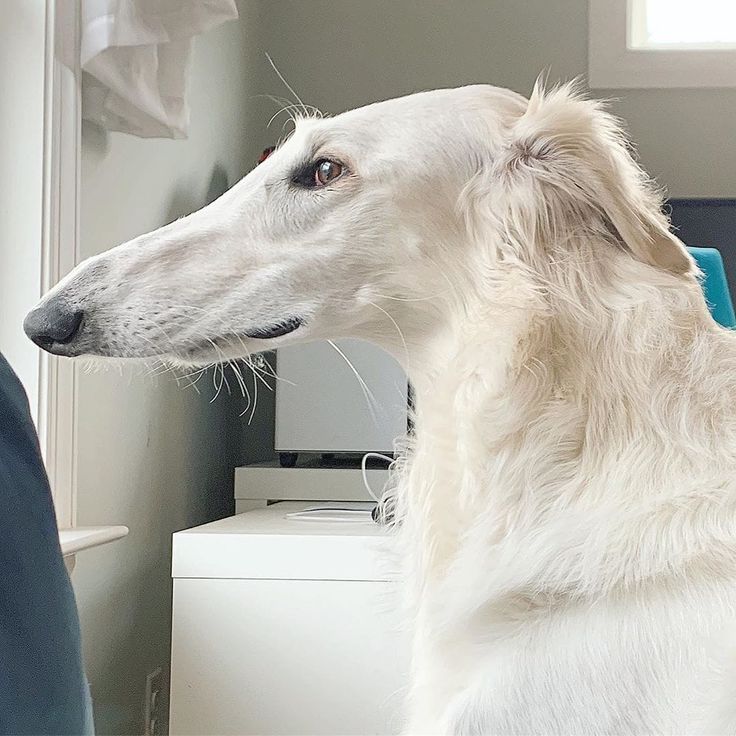 The ears of the Bloodhound are too long, as is his face. And his eyes are the epitome of sad, puppy-dog eyes. The Bloodhound’s legs, however, are short and stocky so the dog always looks like he is moseying along at a snail’s pace. Despite his comical appearance, the Bloodhound is a valuable asset to police departments, search and rescue crews, and hunters.
The ears of the Bloodhound are too long, as is his face. And his eyes are the epitome of sad, puppy-dog eyes. The Bloodhound’s legs, however, are short and stocky so the dog always looks like he is moseying along at a snail’s pace. Despite his comical appearance, the Bloodhound is a valuable asset to police departments, search and rescue crews, and hunters.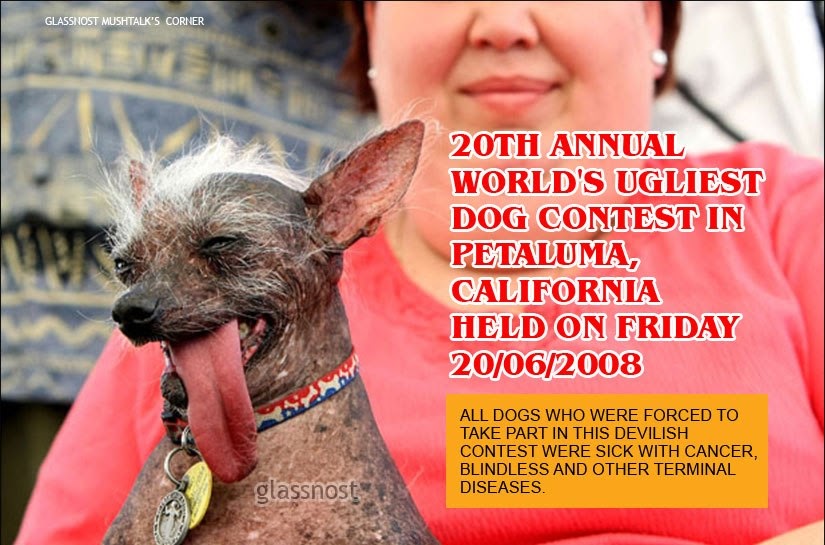 Baby, he was born that way. The lack of fur does give this breed of dog sickly appearance, but it is actually a genetic mutation that wiped out the hair. As the name implies, the Mexican Hairless is native to Mexico. It is actually one of a handful of hairless dogs. On the plus side, you won’t have to deal with dog hair all over the furniture.
Baby, he was born that way. The lack of fur does give this breed of dog sickly appearance, but it is actually a genetic mutation that wiped out the hair. As the name implies, the Mexican Hairless is native to Mexico. It is actually one of a handful of hairless dogs. On the plus side, you won’t have to deal with dog hair all over the furniture.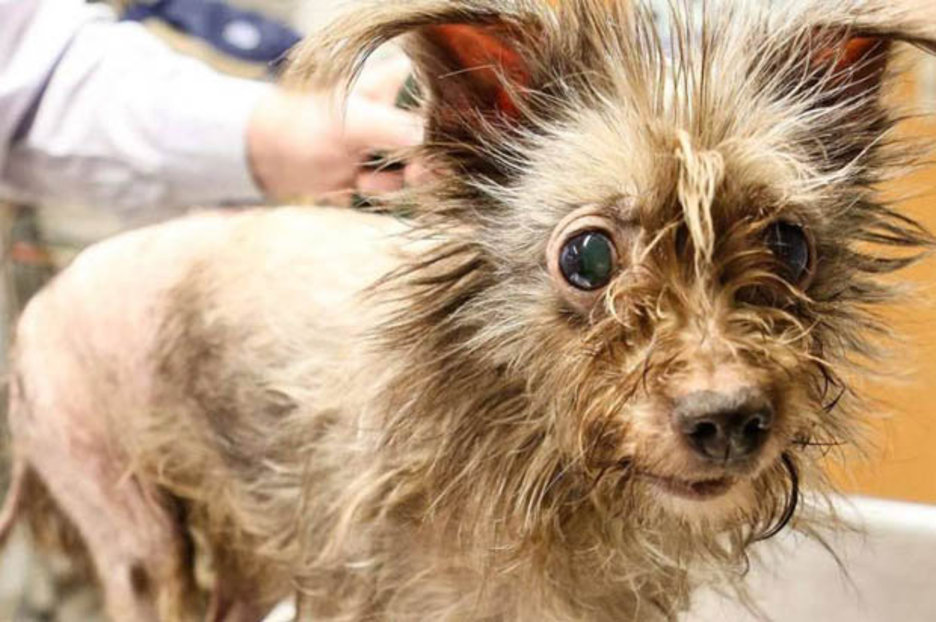 The body of the dog is smooth and almost human-like. The overall effect is a whacky and wild appearance that makes the dog look like a cross between a crazy cat lady and an alien hybrid. Chinese Crested dogs are the most common breed to win ugly dog contests across the country.
The body of the dog is smooth and almost human-like. The overall effect is a whacky and wild appearance that makes the dog look like a cross between a crazy cat lady and an alien hybrid. Chinese Crested dogs are the most common breed to win ugly dog contests across the country.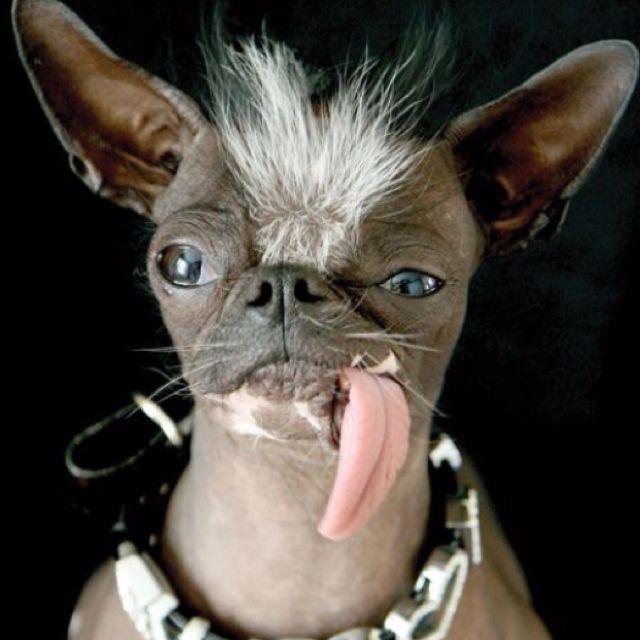
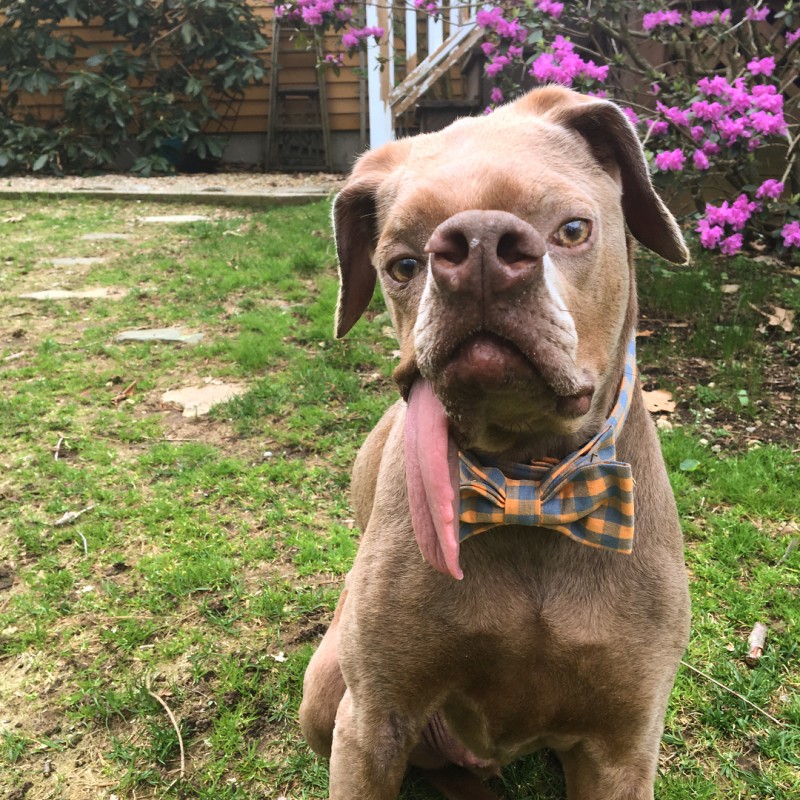 The pug today is the 29th most popular dog breed in America, according to the American Kennel Club, and is a family-friendly fixture found in many homes.
The pug today is the 29th most popular dog breed in America, according to the American Kennel Club, and is a family-friendly fixture found in many homes.
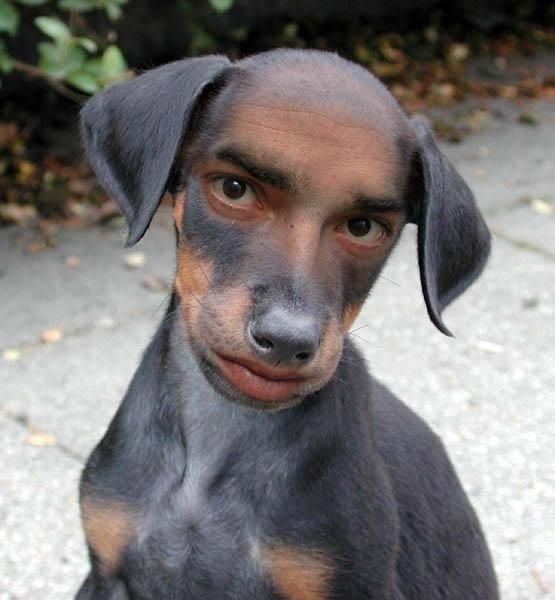 They are another “ugly dog breed” with a prided pedigree, thought to have earned their name from the ancient Aztecs’ god “Xolotl,” and today are recognized as the national dog of Mexico.
They are another “ugly dog breed” with a prided pedigree, thought to have earned their name from the ancient Aztecs’ god “Xolotl,” and today are recognized as the national dog of Mexico.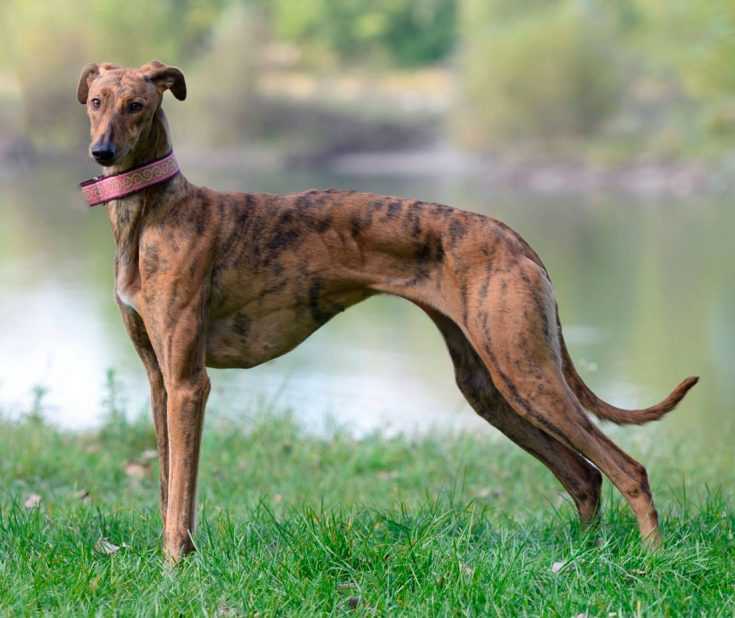 Bulldogs may look grumpy on the outside, but they are goofballs at heart, good with kids and families-in fact, they round out the top five of the AKC’s most popular dog breeds list.
Bulldogs may look grumpy on the outside, but they are goofballs at heart, good with kids and families-in fact, they round out the top five of the AKC’s most popular dog breeds list. Low-energy lap dogs, their soft, silky coats beg to be stroked, much like their adorable smushy faces call for endless adoration.
Low-energy lap dogs, their soft, silky coats beg to be stroked, much like their adorable smushy faces call for endless adoration. 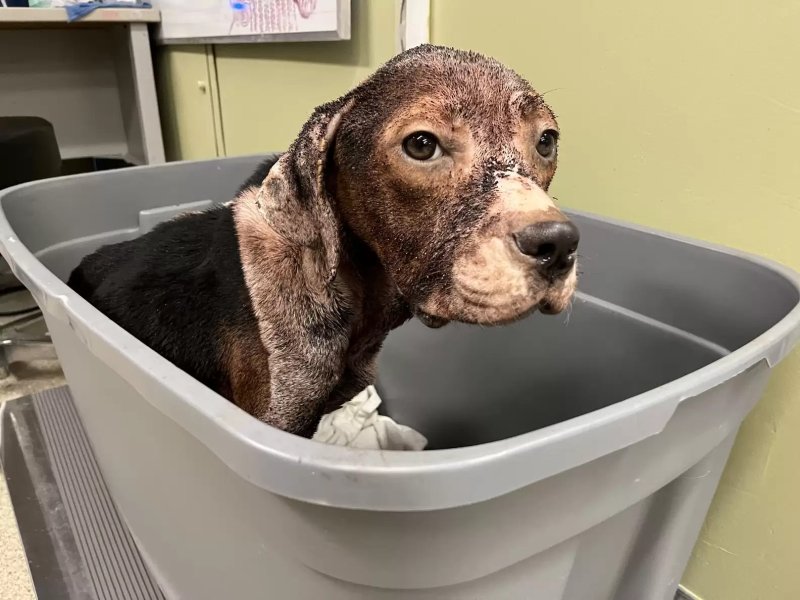 Their playful personalities also stand out for making mischief, so be sure to allow for plenty of opportunities to expend his energy.
Their playful personalities also stand out for making mischief, so be sure to allow for plenty of opportunities to expend his energy.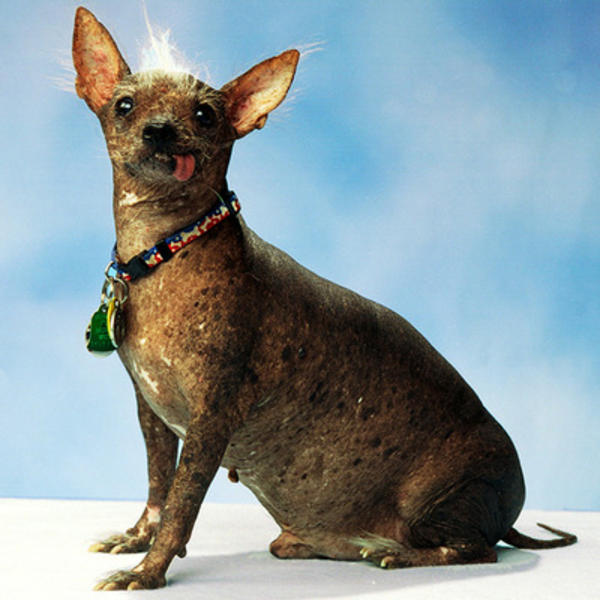
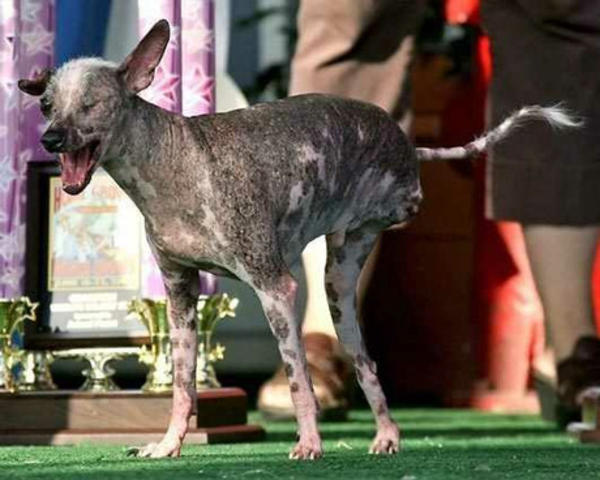 The official breed club even refers to them as “saucy.”
The official breed club even refers to them as “saucy.”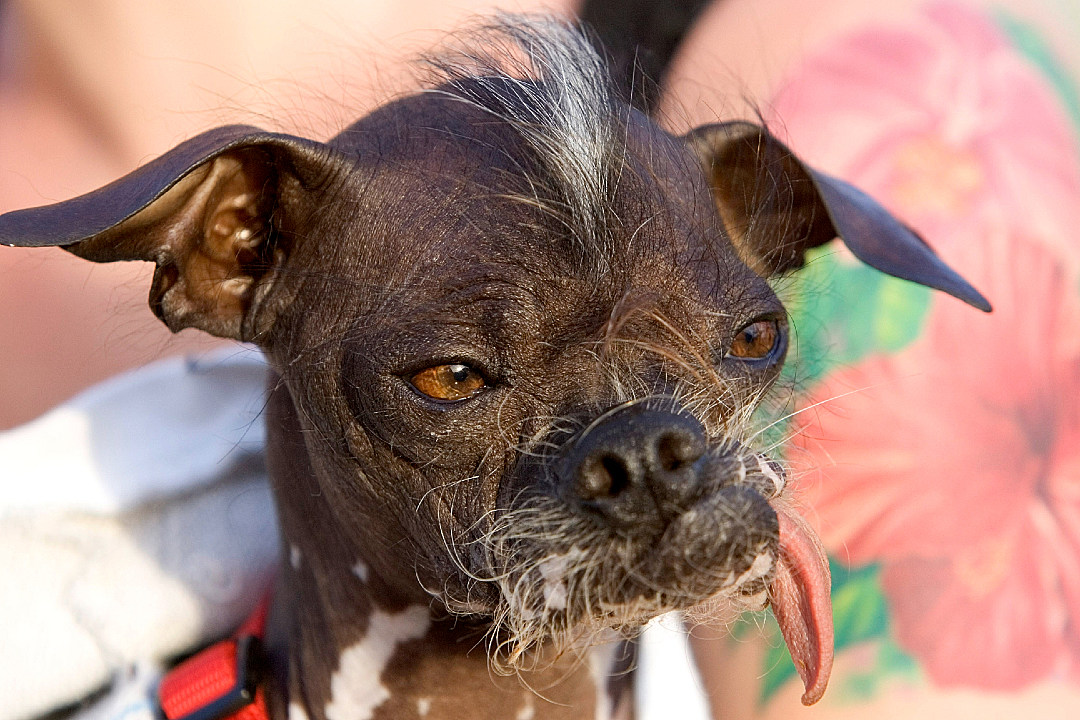 By the way, fish, like jelly, is inedible. But she inspired Disney animators to create the image of the grandfather from the cartoon “Up”. And what have you achieved?
By the way, fish, like jelly, is inedible. But she inspired Disney animators to create the image of the grandfather from the cartoon “Up”. And what have you achieved? 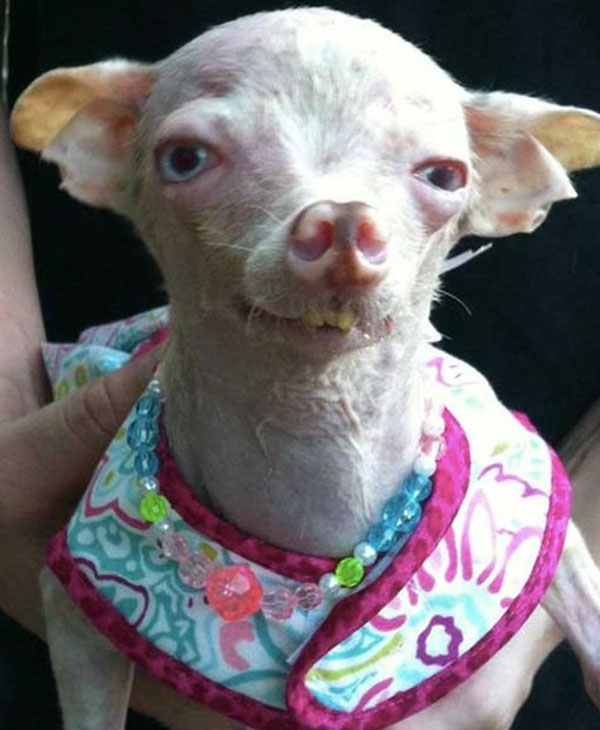 As if that wasn’t enough to make their neighbors look askance at them, jumpers have learned to run away on their hind legs, like kangaroos, in case of danger. In general, it is easier for zoologists to recognize them as rare animals than to try to explain something to the public.
As if that wasn’t enough to make their neighbors look askance at them, jumpers have learned to run away on their hind legs, like kangaroos, in case of danger. In general, it is easier for zoologists to recognize them as rare animals than to try to explain something to the public. 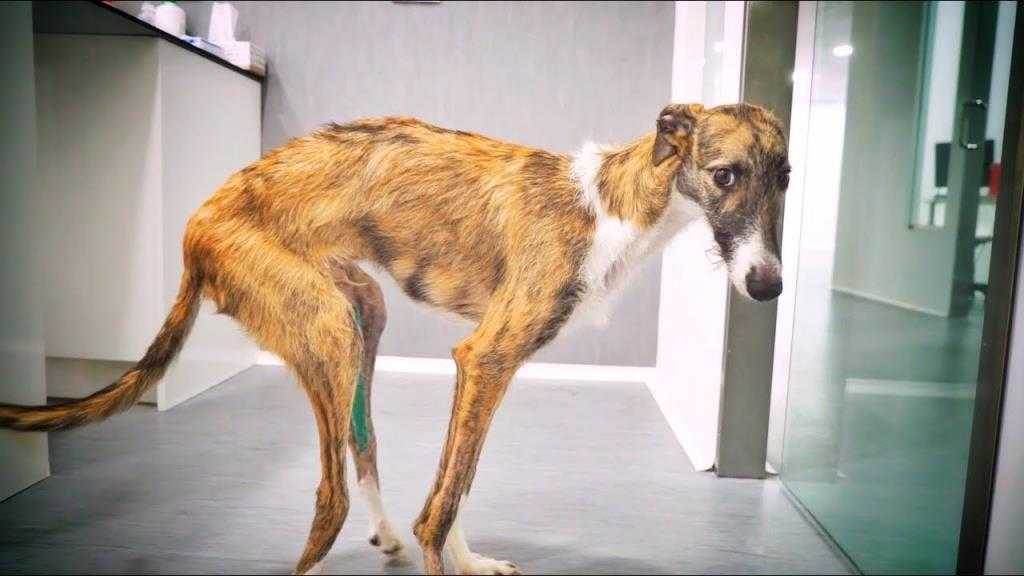 Oh sorry. We were informed here that the Angorean escaped from the cell, and this is a fake made of cotton candy, which he left on the bunk.
Oh sorry. We were informed here that the Angorean escaped from the cell, and this is a fake made of cotton candy, which he left on the bunk. 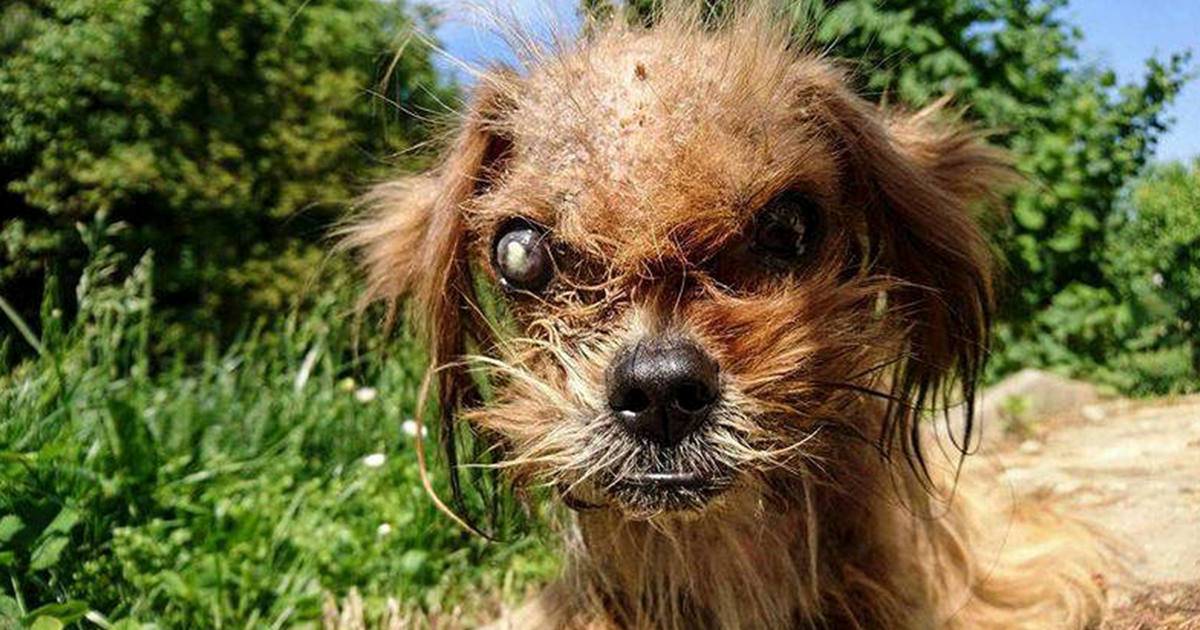 Scientists were so shocked by this news that they could not even finish eating the turtle.
Scientists were so shocked by this news that they could not even finish eating the turtle. 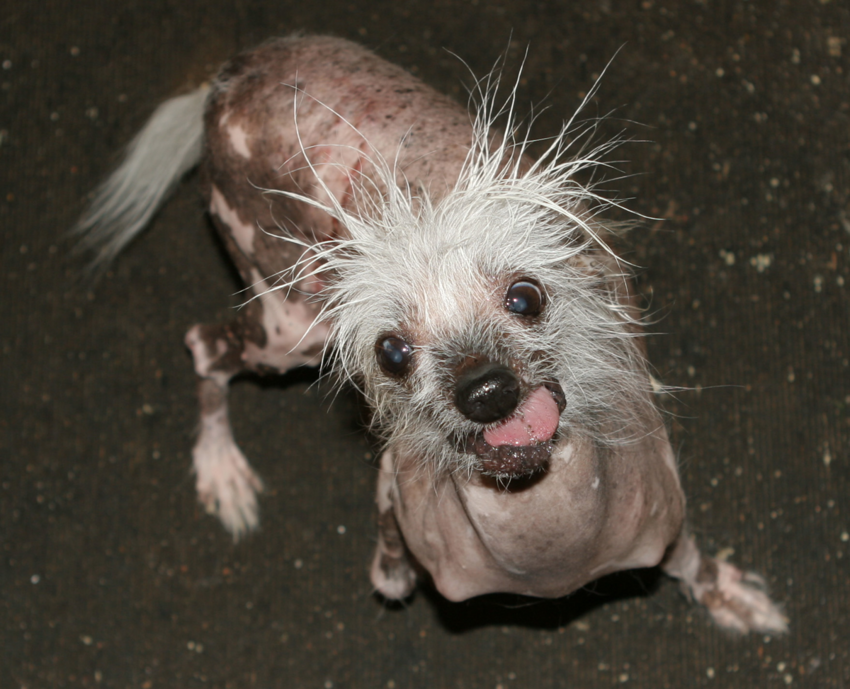 However, not all breeds can boast of beautiful representatives. Often this is due to the negligent attitude of the owner or some kind of illness. However, there are also dogs that have an extraordinary appearance from birth. By collecting information and conducting surveys, you can clearly identify the top most terrible dogs in the world. This list contains certain dogs, with their own life history.
However, not all breeds can boast of beautiful representatives. Often this is due to the negligent attitude of the owner or some kind of illness. However, there are also dogs that have an extraordinary appearance from birth. By collecting information and conducting surveys, you can clearly identify the top most terrible dogs in the world. This list contains certain dogs, with their own life history. 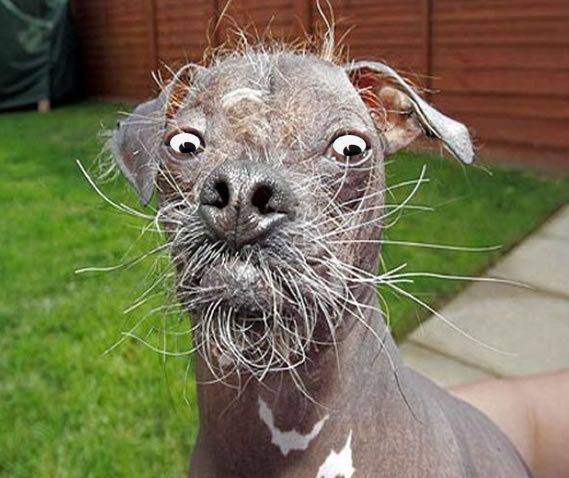 The dog got its offensive nickname Agli at the shelter, but the new owner changed it to Doug on the very first day. Jasmine, April’s youngest daughter, said that it was quite difficult to make friends with a new pet because of his impressionable appearance, and she was also scared away by the constant grunting and the peculiar manner of puffy eyes. But, as often happens, Agi turned out to be very kind, devoted and affectionate. Now the dog lives in love and affection, in a family where they do not have a soul in him and consider him the best dog on the planet.
The dog got its offensive nickname Agli at the shelter, but the new owner changed it to Doug on the very first day. Jasmine, April’s youngest daughter, said that it was quite difficult to make friends with a new pet because of his impressionable appearance, and she was also scared away by the constant grunting and the peculiar manner of puffy eyes. But, as often happens, Agi turned out to be very kind, devoted and affectionate. Now the dog lives in love and affection, in a family where they do not have a soul in him and consider him the best dog on the planet. 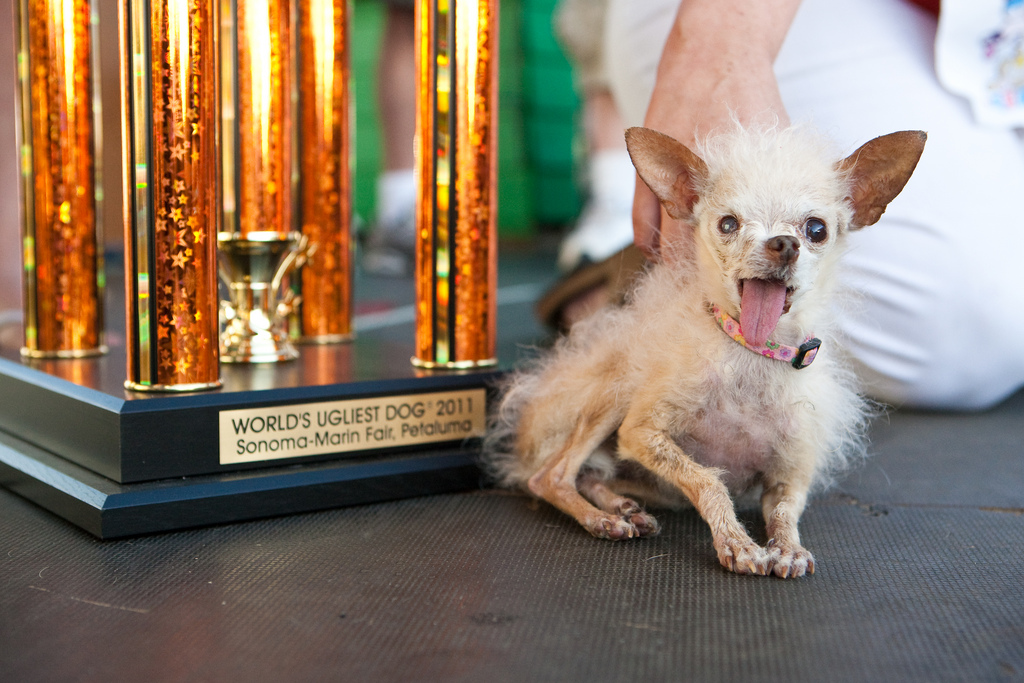 A reportage was also made about Miss Ailey, and the mayor of the city proclaimed November 12 as her day. The dog died at the age of 17. In memory of the pet, the hostess plans to build a shelter to help animals.
A reportage was also made about Miss Ailey, and the mayor of the city proclaimed November 12 as her day. The dog died at the age of 17. In memory of the pet, the hostess plans to build a shelter to help animals. 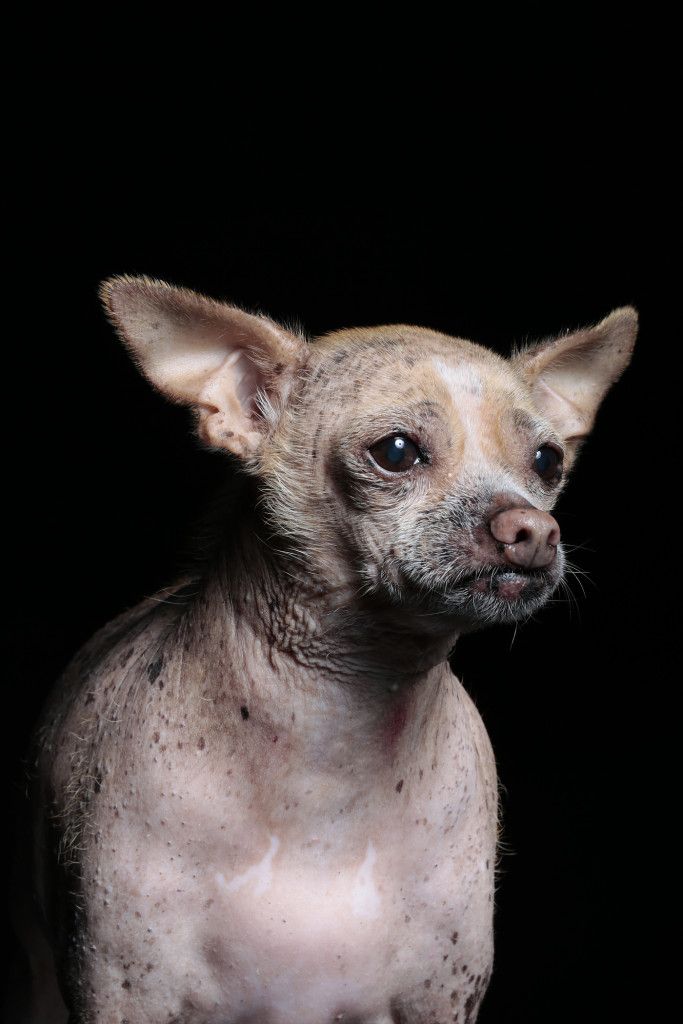 This makes her even more intimidating. However, by nature, the Munchkin is a very kind and affectionate creature.
This makes her even more intimidating. However, by nature, the Munchkin is a very kind and affectionate creature. 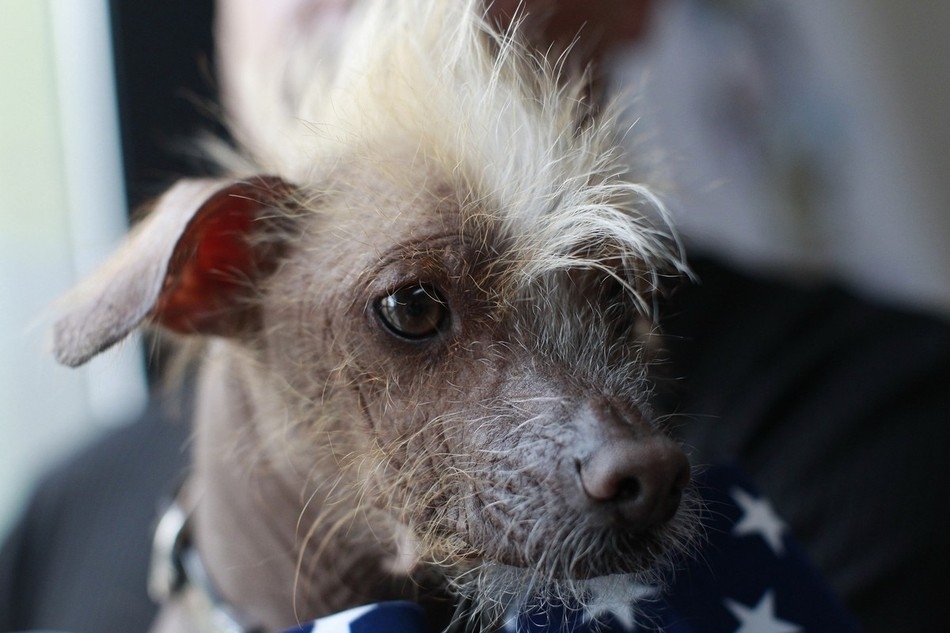 However, many dog breeders made their own rating, the leader of which is the Chinese Crested Dog. Representatives of this breed are bald, with hair only on the paws, tail and muzzle. But this breed was Sam. On the 2nd and 3rd place are the pug and shih tzu, respectively. The first made this list due to its nostrils, and the second due to its abundant woolen cover. Due to the constantly gloomy muzzle, the standard schnauzer was in 4th place. And thanks to its wrinkled skin, the Chinese Shar-Pei closes the top five. Also on this list were hounds. Due to the fact that dogs of this breed are skinny, they look like an anorexic creature that does not feed the owner at all. The Japanese Chin is in 7th place. His slanted eyes can allow him to guard both the back and front doors of the house at the same time. The French bulldog and chihuahua close the rating. The former are more like a small dog that has been overfed with steroids, while the latter has bulging eyes and is too small.
However, many dog breeders made their own rating, the leader of which is the Chinese Crested Dog. Representatives of this breed are bald, with hair only on the paws, tail and muzzle. But this breed was Sam. On the 2nd and 3rd place are the pug and shih tzu, respectively. The first made this list due to its nostrils, and the second due to its abundant woolen cover. Due to the constantly gloomy muzzle, the standard schnauzer was in 4th place. And thanks to its wrinkled skin, the Chinese Shar-Pei closes the top five. Also on this list were hounds. Due to the fact that dogs of this breed are skinny, they look like an anorexic creature that does not feed the owner at all. The Japanese Chin is in 7th place. His slanted eyes can allow him to guard both the back and front doors of the house at the same time. The French bulldog and chihuahua close the rating. The former are more like a small dog that has been overfed with steroids, while the latter has bulging eyes and is too small. 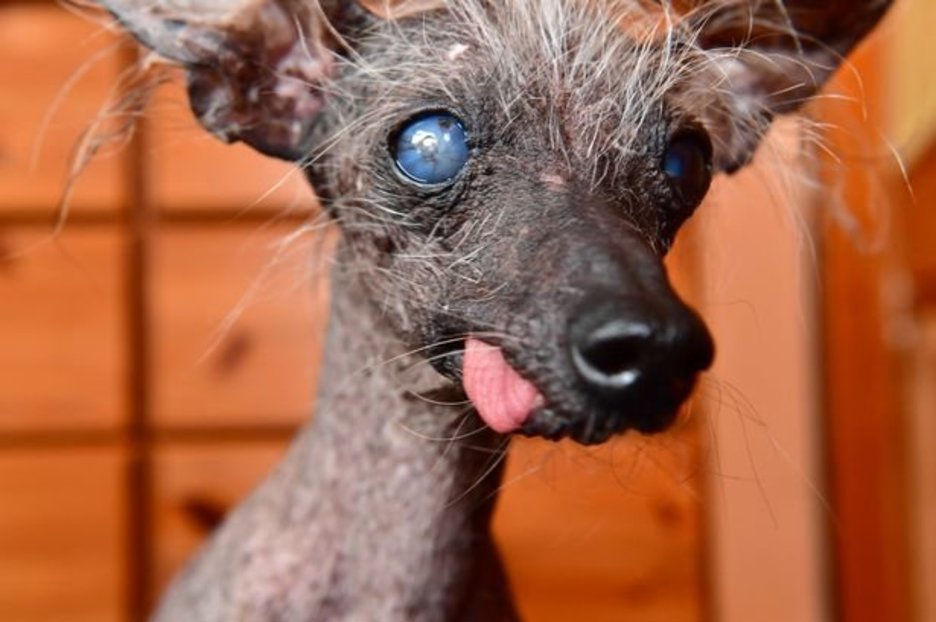
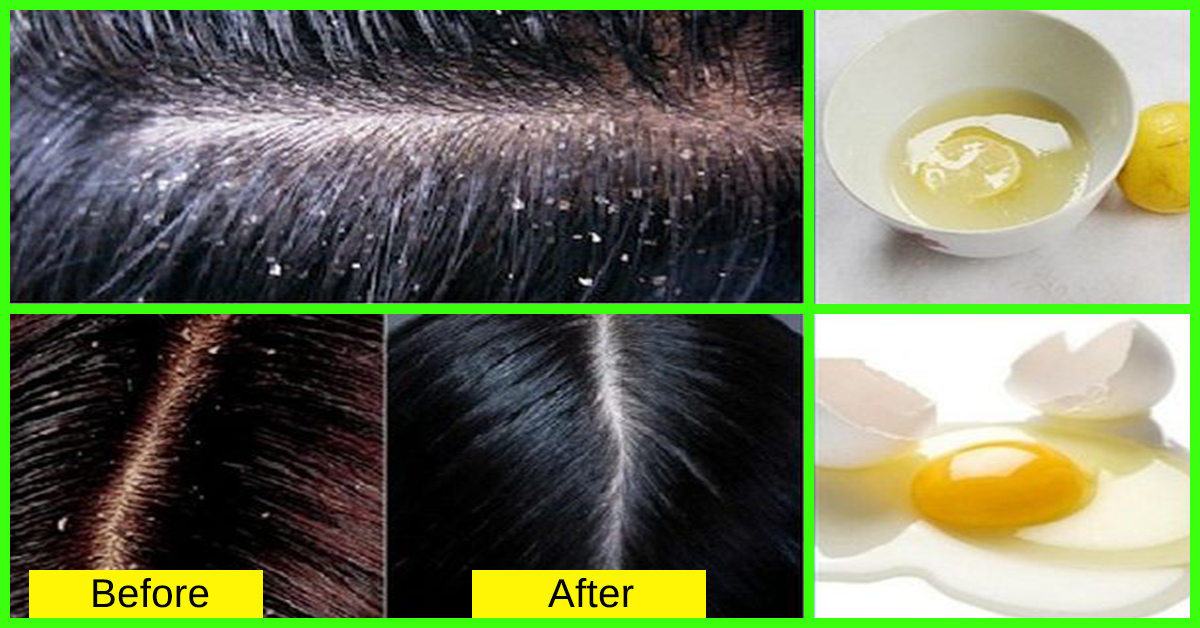 Since skin issues can have genetic, environmental, nutritional or parasitic causes, sometimes several different treatment options have to be explored.
Since skin issues can have genetic, environmental, nutritional or parasitic causes, sometimes several different treatment options have to be explored. They can help you find a dog food with omega-3 fatty acids and vitamin E that promote a healthy coat and immune system.
They can help you find a dog food with omega-3 fatty acids and vitamin E that promote a healthy coat and immune system.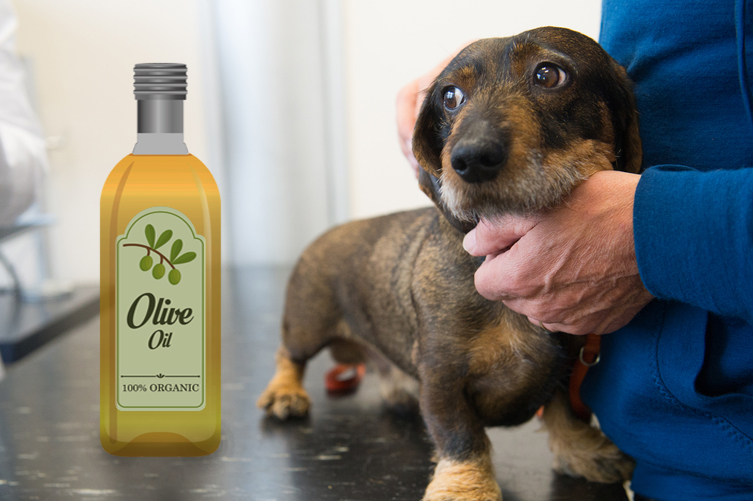 Dips and other treatments may need to be repeated once or twice every week for up to six weeks. You should also bring any other household pets to the vet for mite treatment, and you may need to treat your home with a pesticide designed for killing mites and fleas.
Dips and other treatments may need to be repeated once or twice every week for up to six weeks. You should also bring any other household pets to the vet for mite treatment, and you may need to treat your home with a pesticide designed for killing mites and fleas.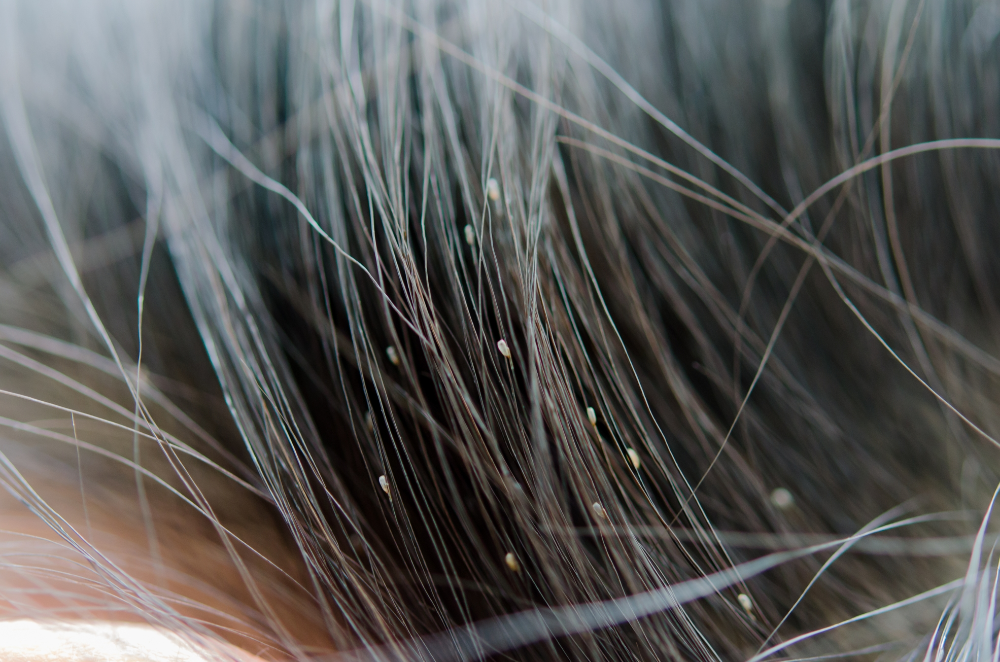
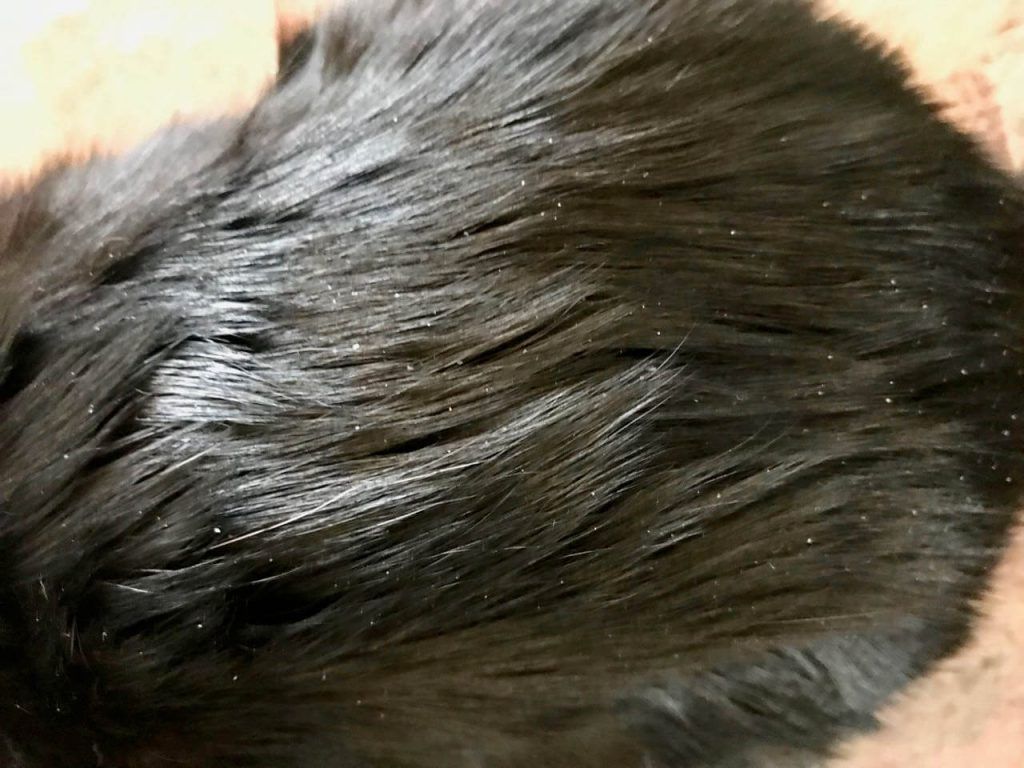 It often affects a dog’s back, face and sides. At Animal Clinic of Woodruff, we see a lot of dogs with dandruff.
It often affects a dog’s back, face and sides. At Animal Clinic of Woodruff, we see a lot of dogs with dandruff.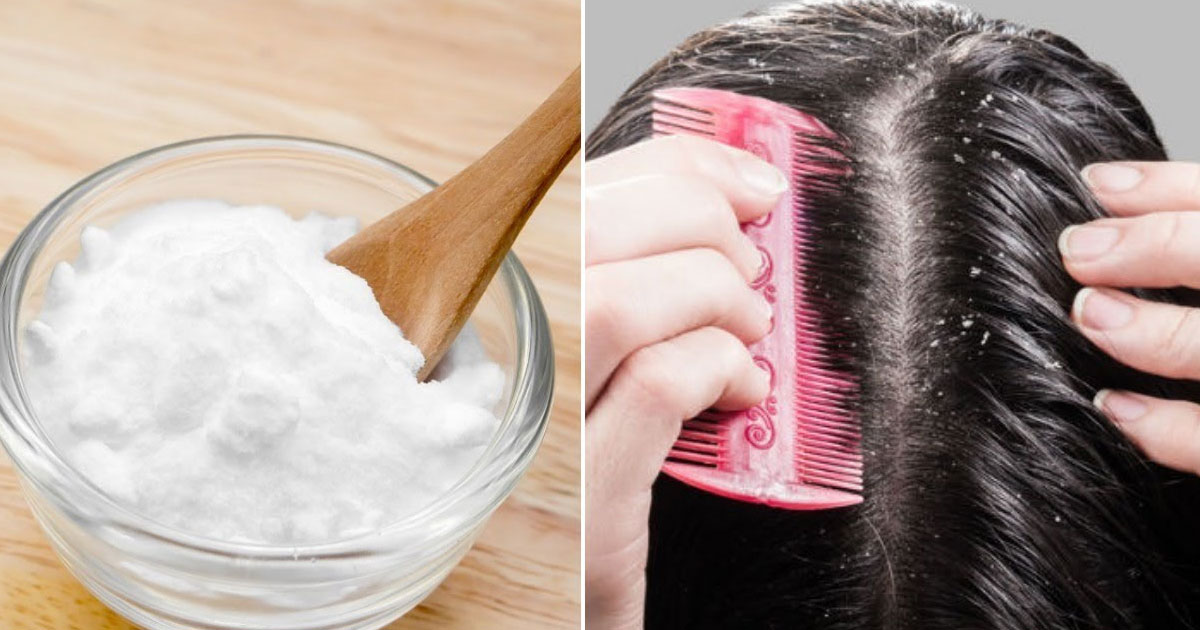 Usually, dandruff is a secondary symptom of another underlying condition or a skin problem. Those issues could include allergies, a skin infection, an immune-related disease or endocrine disorders.
Usually, dandruff is a secondary symptom of another underlying condition or a skin problem. Those issues could include allergies, a skin infection, an immune-related disease or endocrine disorders.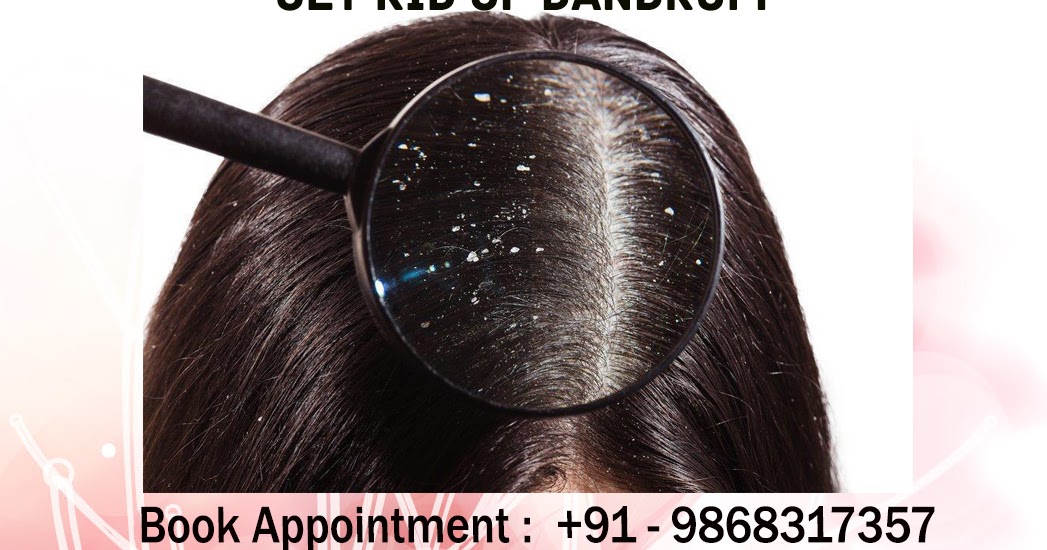 Find a dog shampoo that has soothing oatmeal or other anti-dandruff ingredients. These shampoos help to soothe, moisturize and calm your dog’s skin. (Don’t use human shampoos, as the pH is different and can make the situation worse.)
Find a dog shampoo that has soothing oatmeal or other anti-dandruff ingredients. These shampoos help to soothe, moisturize and calm your dog’s skin. (Don’t use human shampoos, as the pH is different and can make the situation worse.) If your dog seems to have a moderate to severe case of dandruff, then don’t hesitate to set up an appointment with us at Animal Clinic of Woodruff. We’ll assess the issue and create a treatment plan that’s just right for your dog.
If your dog seems to have a moderate to severe case of dandruff, then don’t hesitate to set up an appointment with us at Animal Clinic of Woodruff. We’ll assess the issue and create a treatment plan that’s just right for your dog.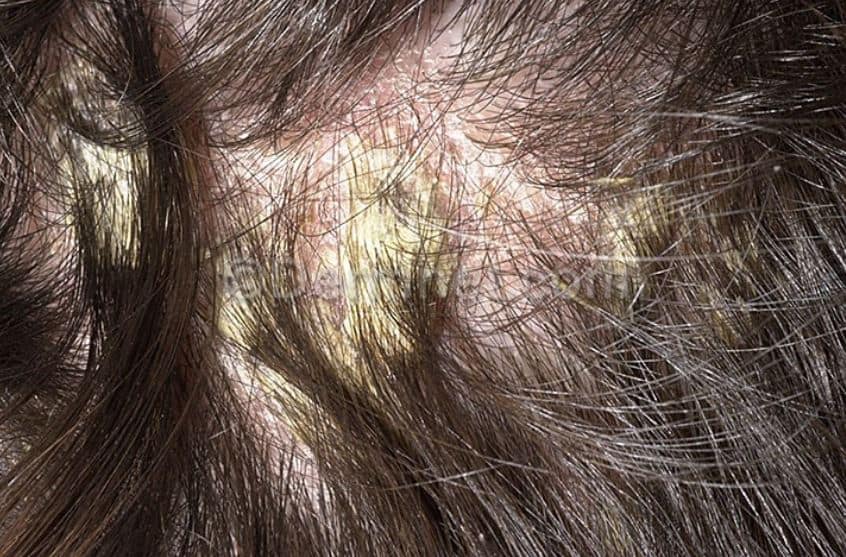 Often they become noticeable when the dog jumps off the couch or puts its head on the owner’s lap.
Often they become noticeable when the dog jumps off the couch or puts its head on the owner’s lap. 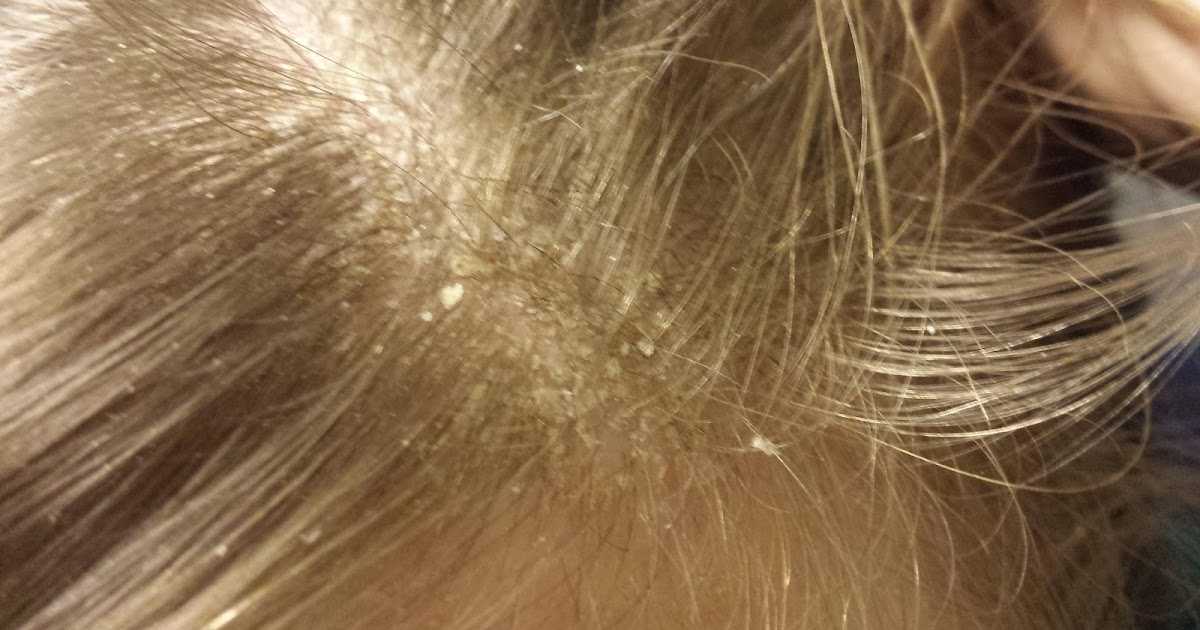 Removing matted hair leaves parasites with less breeding ground. Regular brushing allows you to monitor the condition of the dog’s skin and coat and detect possible problems earlier. During the inspection, it is necessary to remove seeds, thorns and sharp fragments of plants, as well as any foreign objects that could get stuck in the pet’s coat during the walk.
Removing matted hair leaves parasites with less breeding ground. Regular brushing allows you to monitor the condition of the dog’s skin and coat and detect possible problems earlier. During the inspection, it is necessary to remove seeds, thorns and sharp fragments of plants, as well as any foreign objects that could get stuck in the pet’s coat during the walk.  MedVet clarifies that “stray dandruff” is a parasitic infection caused by the cheyletiella mite. If your dog itches, licks excessively, or bites, check the area for bald patches, redness, and scaly patches.
MedVet clarifies that “stray dandruff” is a parasitic infection caused by the cheyletiella mite. If your dog itches, licks excessively, or bites, check the area for bald patches, redness, and scaly patches.  And no scratching!
And no scratching! 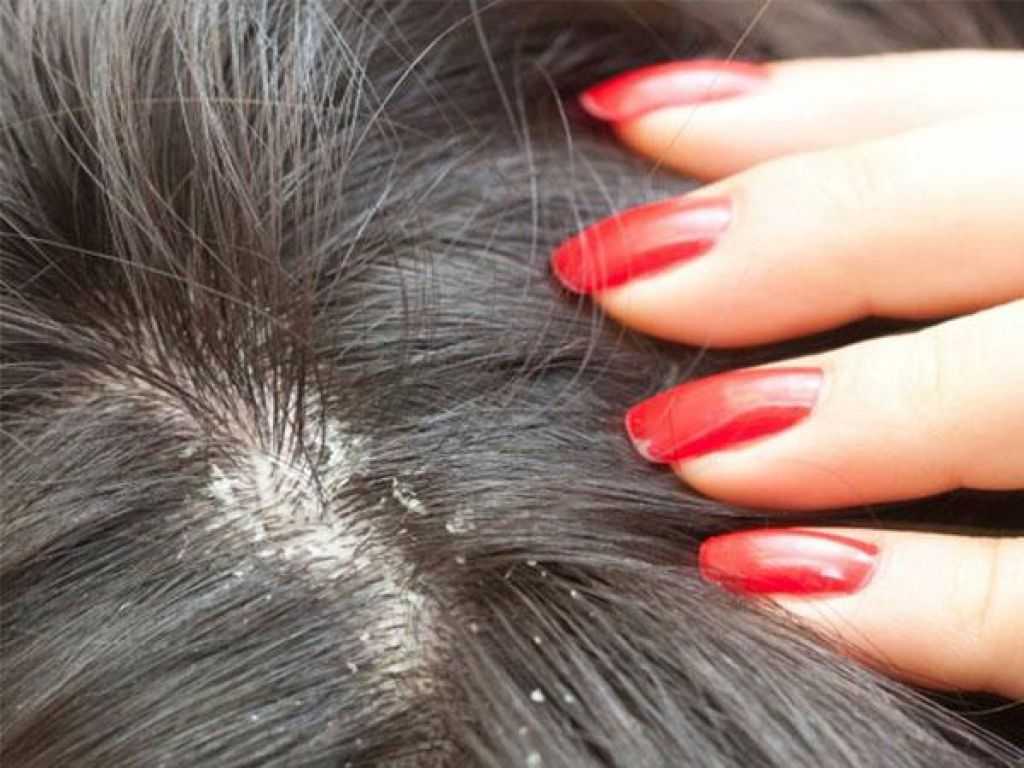


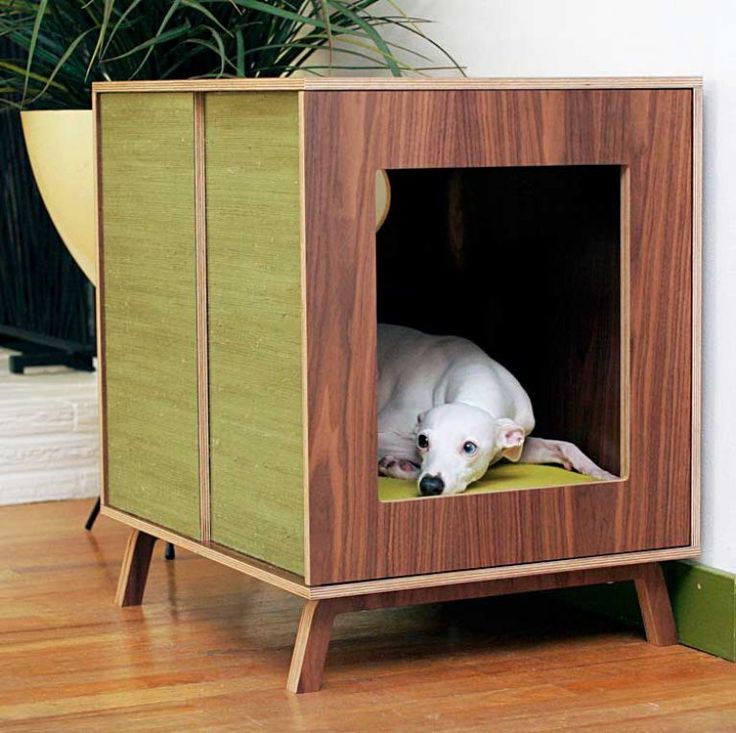 Plus, it’s better for their health! Owners must help these dogs protect their skin from the sun (with doggy SPF) and the cold (with doggy sweaters). They are hypoallergenic, too, which is great news for allergy sufferers who want a companion in their home.
Plus, it’s better for their health! Owners must help these dogs protect their skin from the sun (with doggy SPF) and the cold (with doggy sweaters). They are hypoallergenic, too, which is great news for allergy sufferers who want a companion in their home.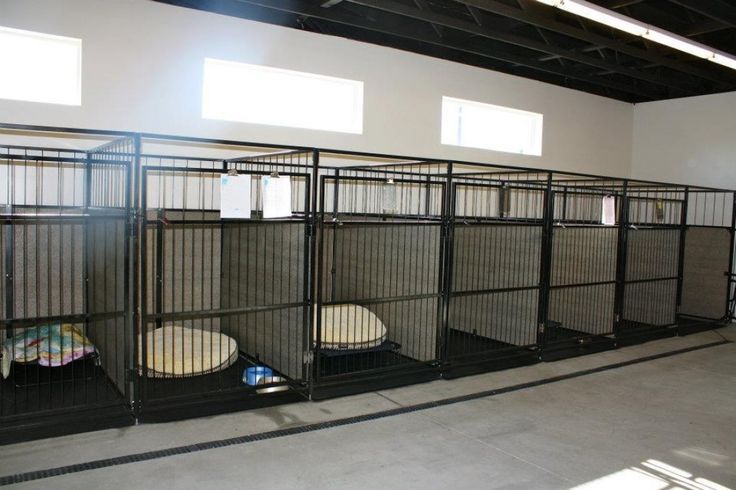 They need enough exercise to maintain a healthy weight, but beyond brisk jaunts they’re content putting their feet up next to you on the couch (or in your lap if you’ll let them).
They need enough exercise to maintain a healthy weight, but beyond brisk jaunts they’re content putting their feet up next to you on the couch (or in your lap if you’ll let them).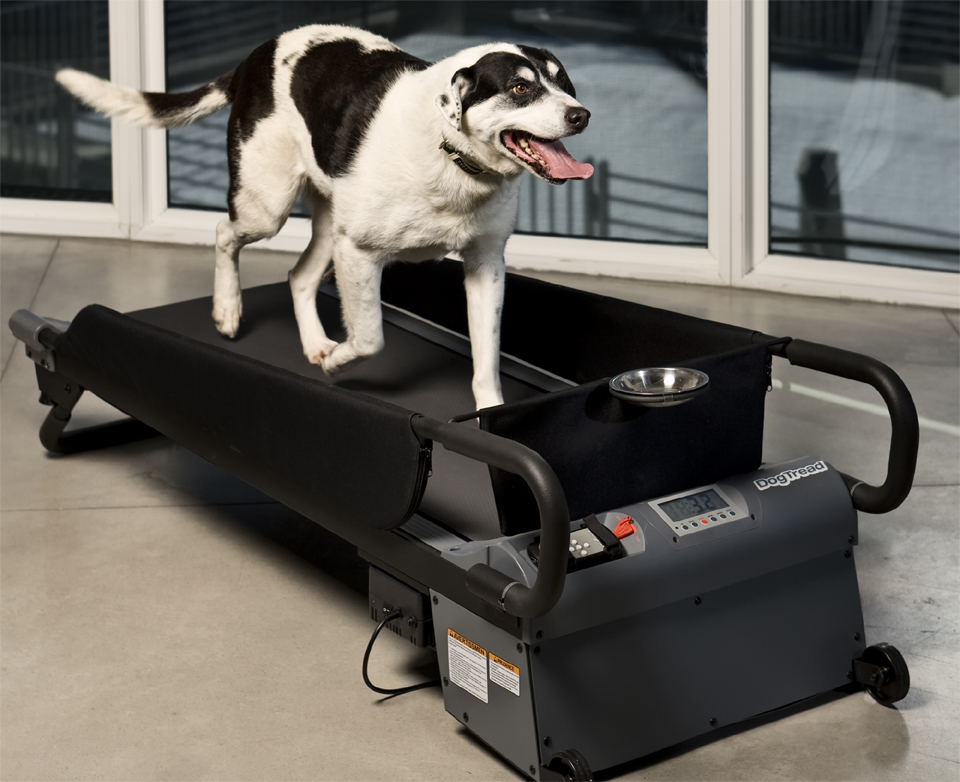 Chihuahuas are examples of dogs who can thrive in apartments and smaller spaces simply because of their size. A run down the hall or playtime in the bedroom is enough exercise for one day.
Chihuahuas are examples of dogs who can thrive in apartments and smaller spaces simply because of their size. A run down the hall or playtime in the bedroom is enough exercise for one day.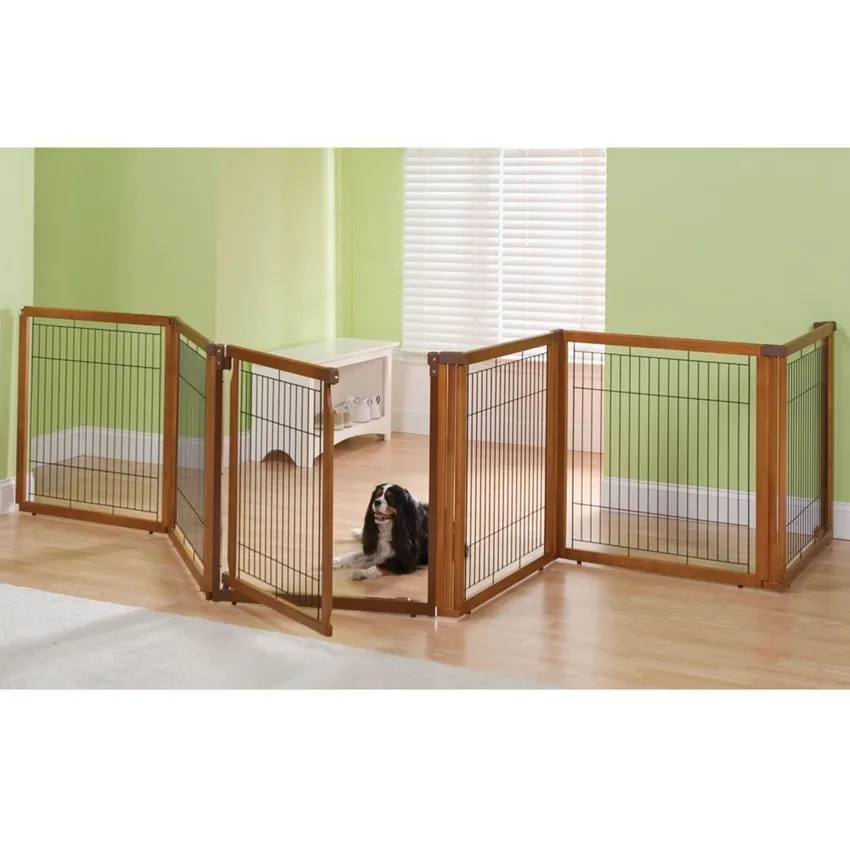 If you’re in the market for an outgoing, funny companion, get one of these (or two!). Be sure to provide them with plenty of toys for entertainment.
If you’re in the market for an outgoing, funny companion, get one of these (or two!). Be sure to provide them with plenty of toys for entertainment.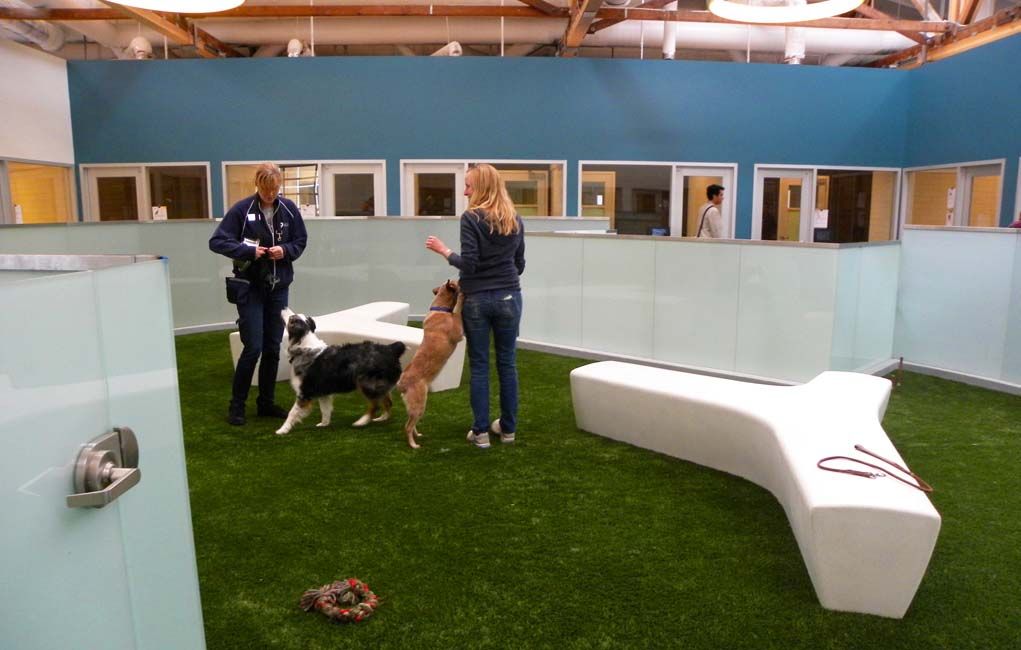 Their emotional intelligence and sensitive feelings will be hurt if you can’t put them first.
Their emotional intelligence and sensitive feelings will be hurt if you can’t put them first.
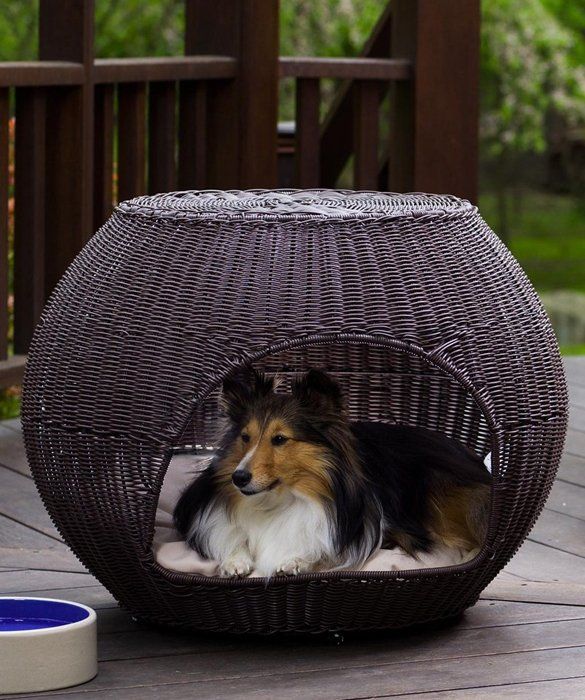 Bottom line: They can adapt well with effective training and do well at home.
Bottom line: They can adapt well with effective training and do well at home.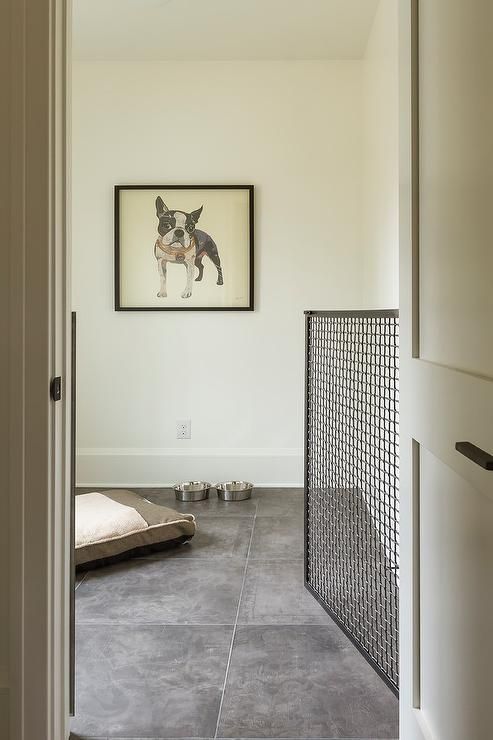
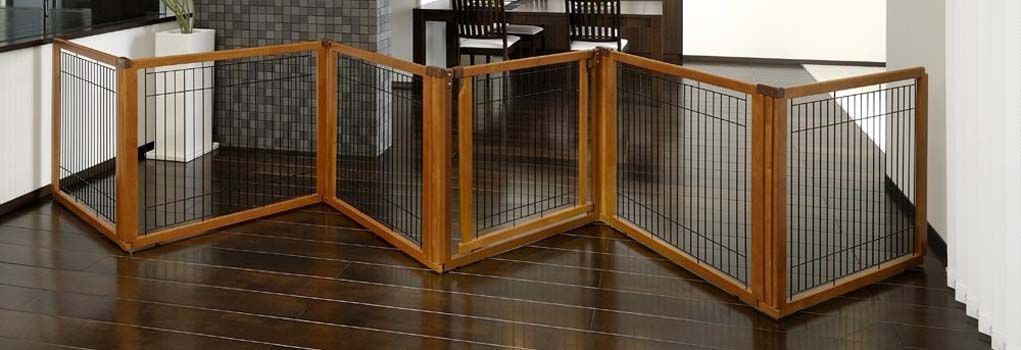 These qualities include:
These qualities include: Dogs that can happily busy themselves with a chew toy are great candidates for indoor breeds because they won’t need exciting experiences and scenery to keep them interested.
Dogs that can happily busy themselves with a chew toy are great candidates for indoor breeds because they won’t need exciting experiences and scenery to keep them interested.
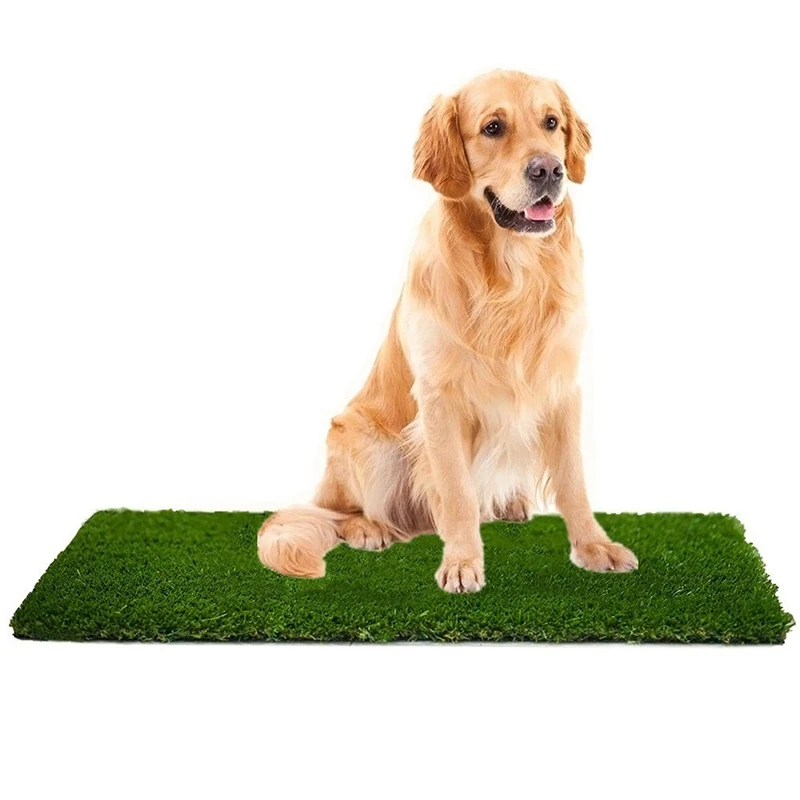
 Some impulse control games can positively spin your pup’s prey drive and be a great outlet for excess energy.
Some impulse control games can positively spin your pup’s prey drive and be a great outlet for excess energy. 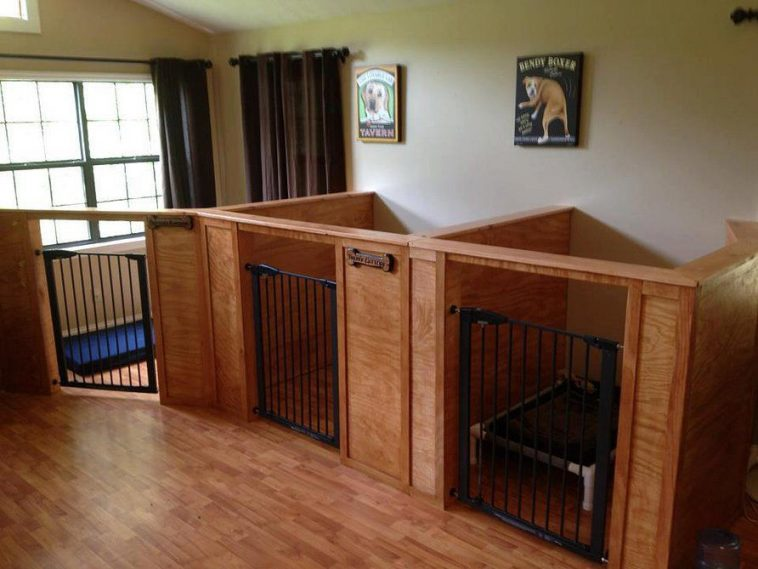 Usually standing around a foot tall, the Chinese Crested is a warmhearted pup who loves to play and loves human interaction.
Usually standing around a foot tall, the Chinese Crested is a warmhearted pup who loves to play and loves human interaction. 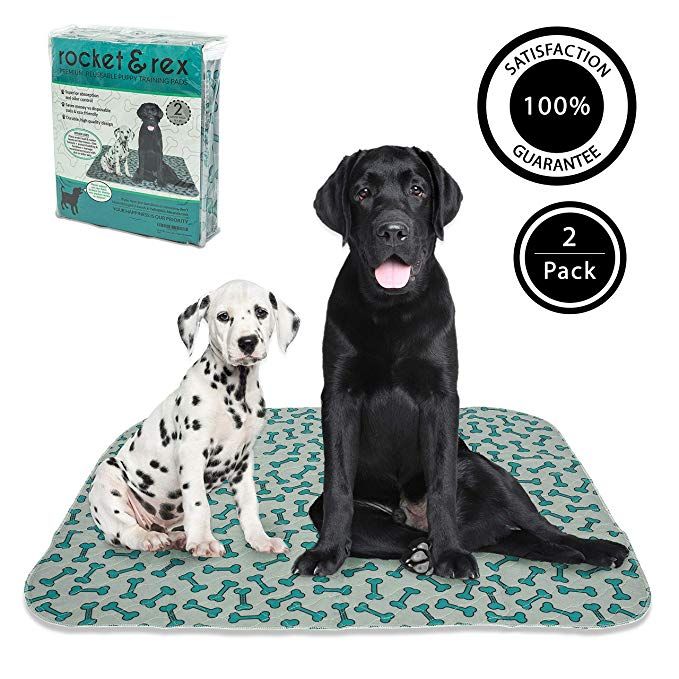
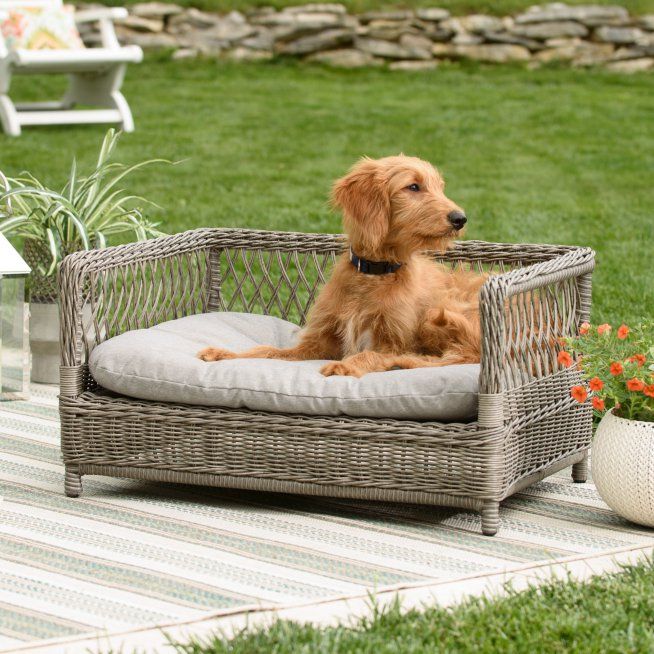 That’s why they make a good dog to live primarily indoors, where they can stay with their familiar surroundings.
That’s why they make a good dog to live primarily indoors, where they can stay with their familiar surroundings.  com/p/B8CdzPmHa0j/
com/p/B8CdzPmHa0j/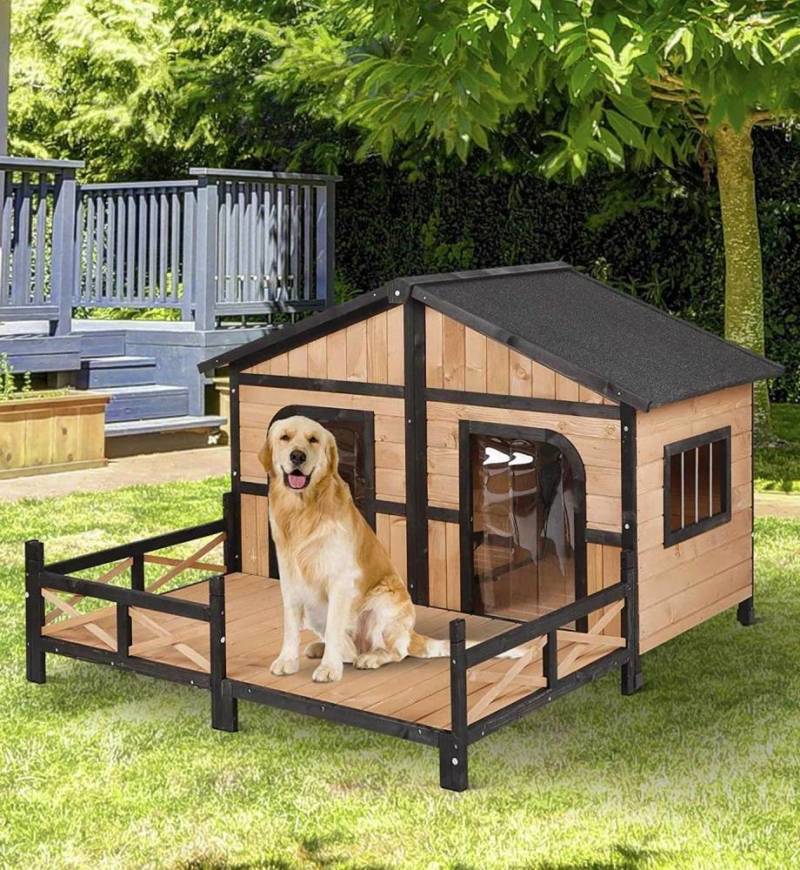
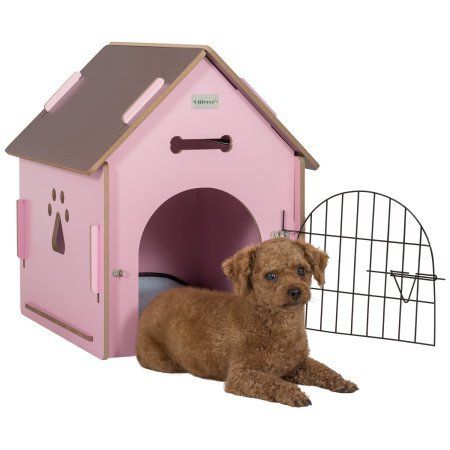
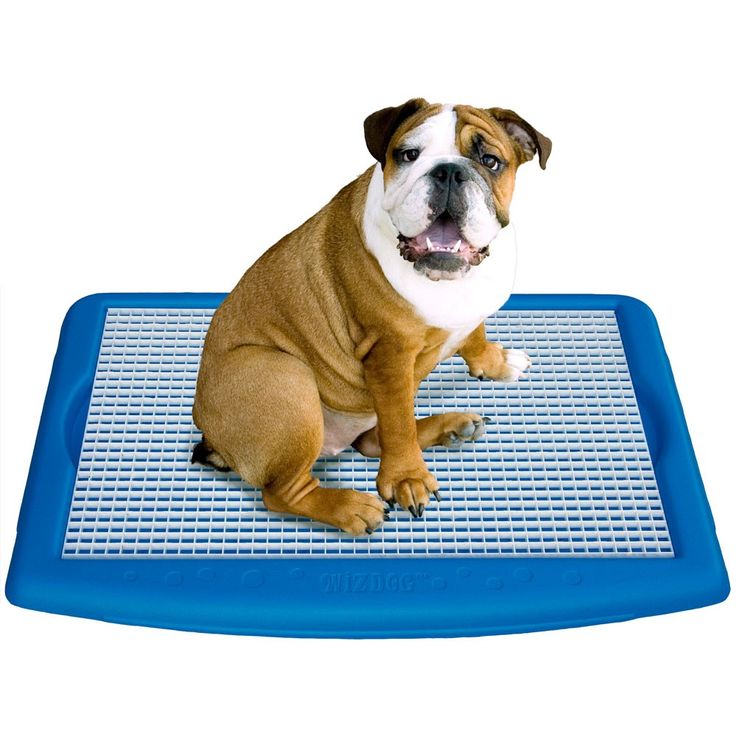 Luckily, household games or short walks can easily keep the energy levels in check, and your pug will appreciate the time spent with you.
Luckily, household games or short walks can easily keep the energy levels in check, and your pug will appreciate the time spent with you. 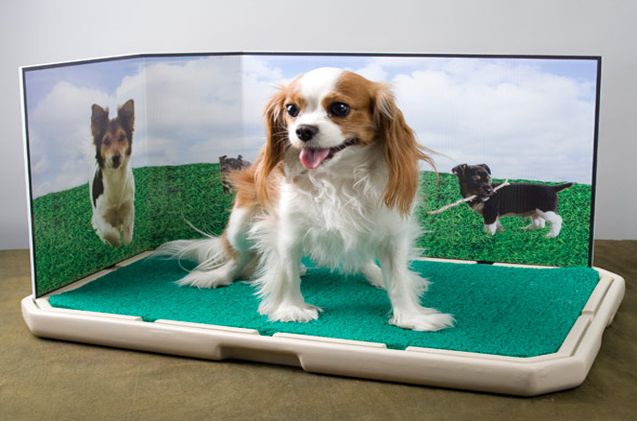
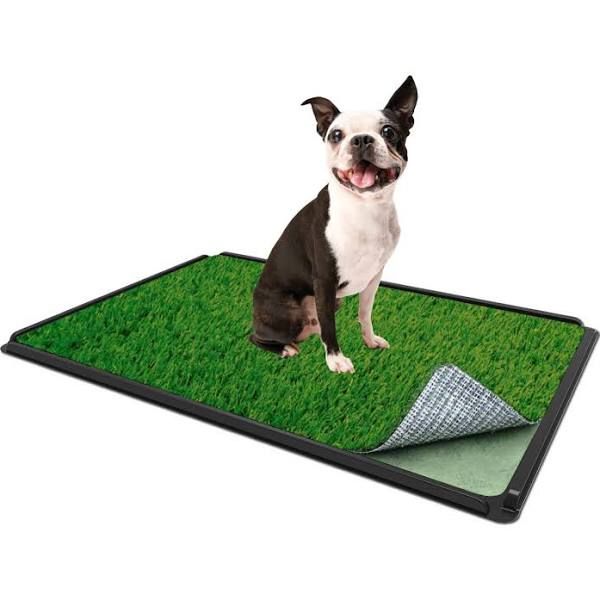 While the regular walk is a healthy outlet, indoor exercise is a great way for Pomeranians to burn off excess energy.
While the regular walk is a healthy outlet, indoor exercise is a great way for Pomeranians to burn off excess energy. 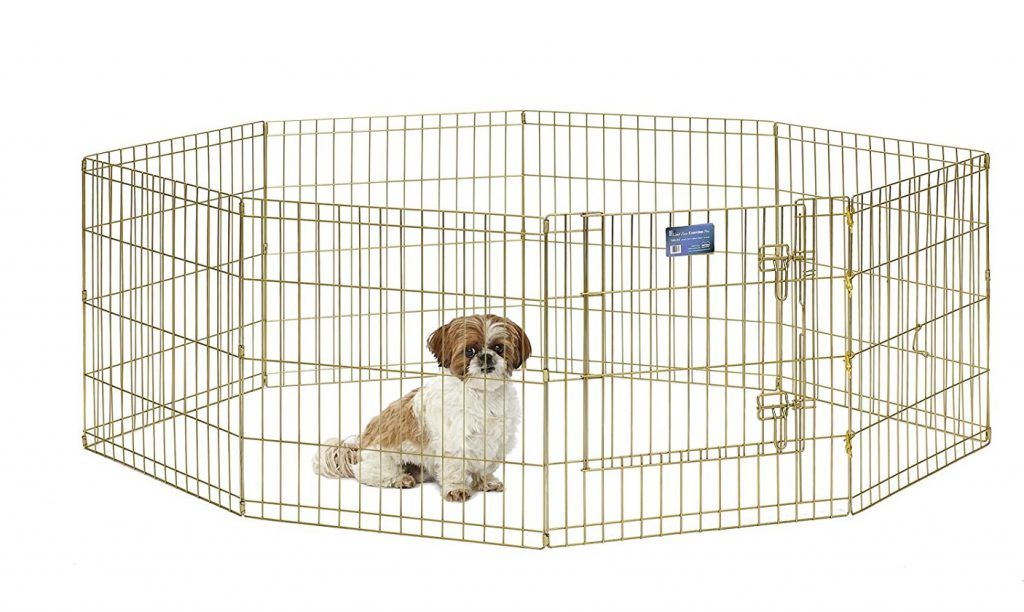

 While it could get out of hand, these adorable doggos can easily be distracted for hours indoors with the right chew toys.
While it could get out of hand, these adorable doggos can easily be distracted for hours indoors with the right chew toys. 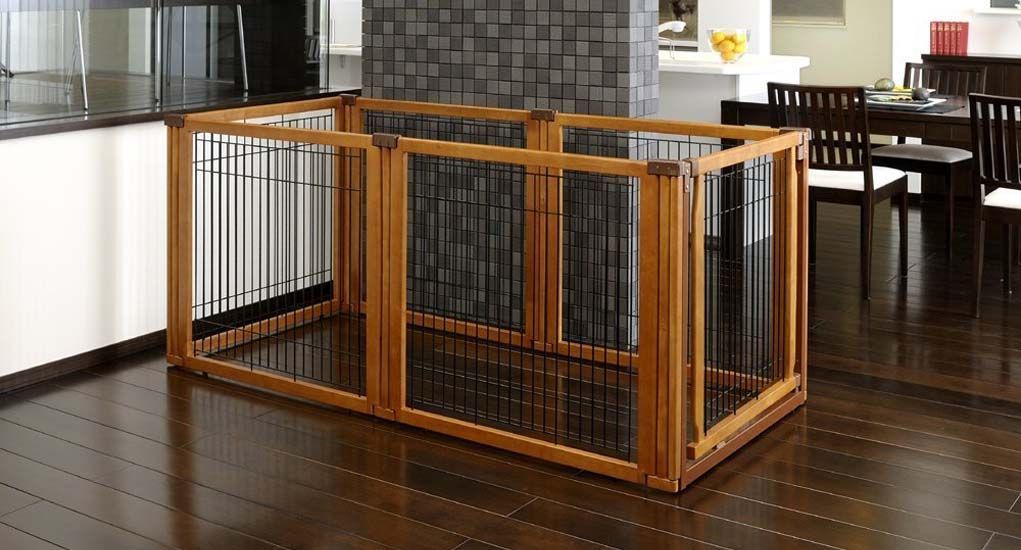 The size of your living space should also be an influential factor – bigger dogs, even indoor-loving ones, can’t always be content in small spaces.
The size of your living space should also be an influential factor – bigger dogs, even indoor-loving ones, can’t always be content in small spaces.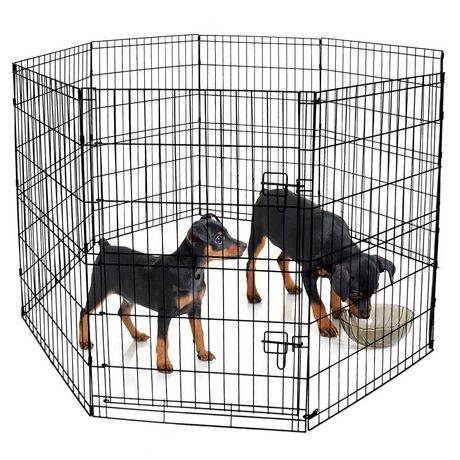 Try puzzle toys for some mental stimulation, or some interactive dog toys to practice paw-eye coordination. Keeping your pup’s mind active indoors is important to reduce anxiety, promote good behavior, and simply keep them content.
Try puzzle toys for some mental stimulation, or some interactive dog toys to practice paw-eye coordination. Keeping your pup’s mind active indoors is important to reduce anxiety, promote good behavior, and simply keep them content. 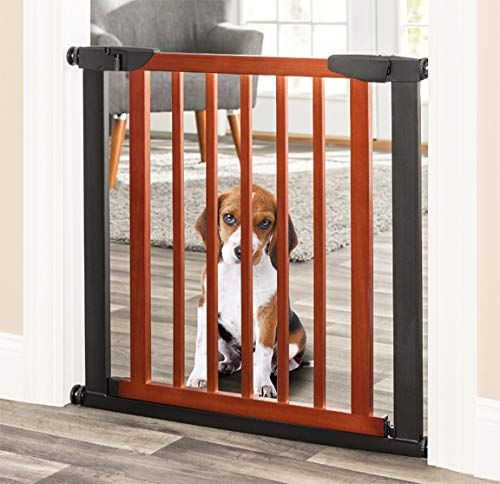
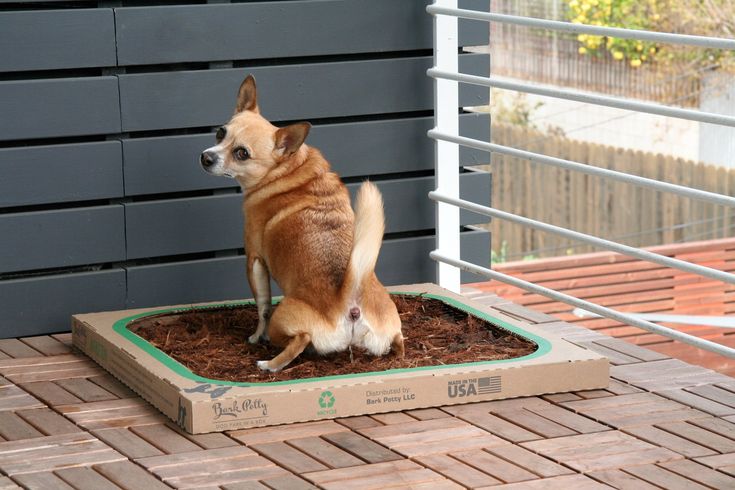
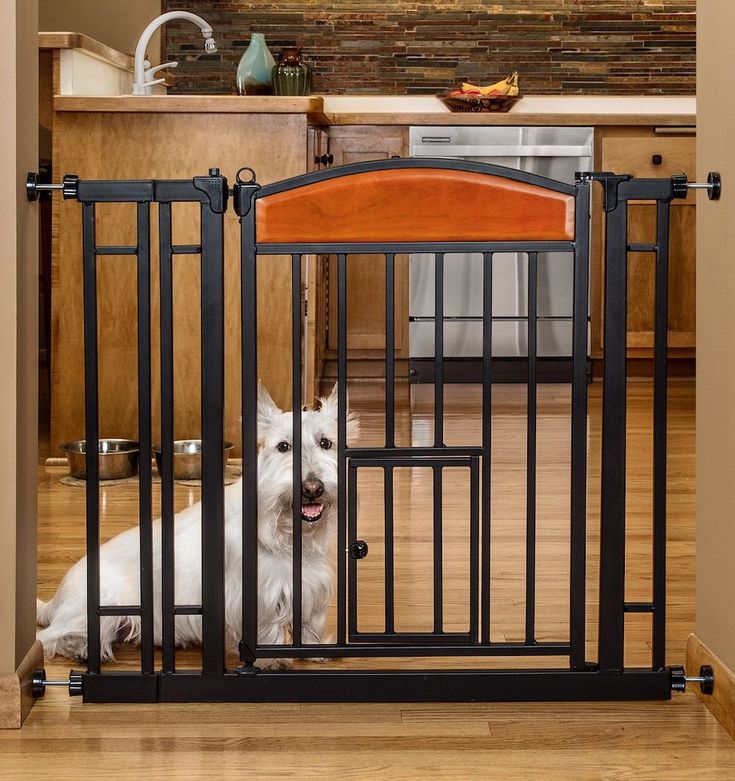 This breed weighs between 14–18 pounds, which is perfect for smaller homes. Plus, they’re also great with kids.
This breed weighs between 14–18 pounds, which is perfect for smaller homes. Plus, they’re also great with kids. 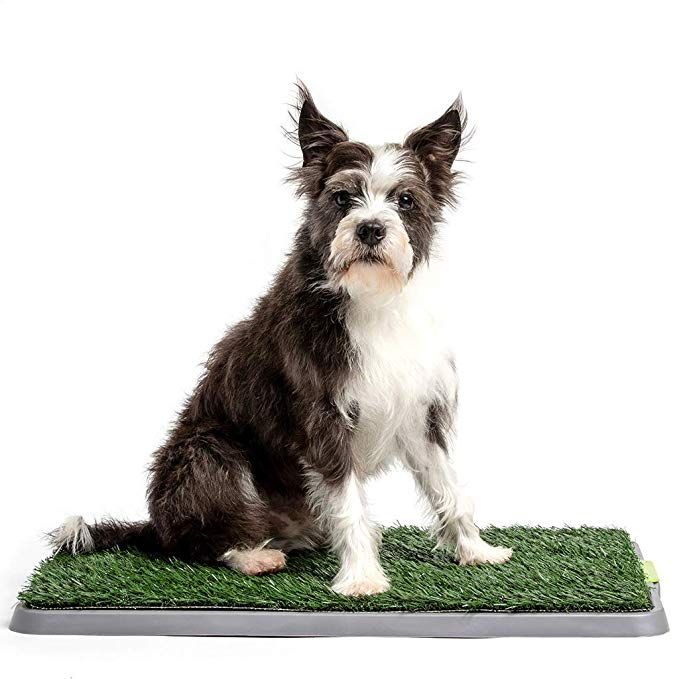 It’s a good thing they’re small, so you can pick them up if they’re too tired.
It’s a good thing they’re small, so you can pick them up if they’re too tired. 
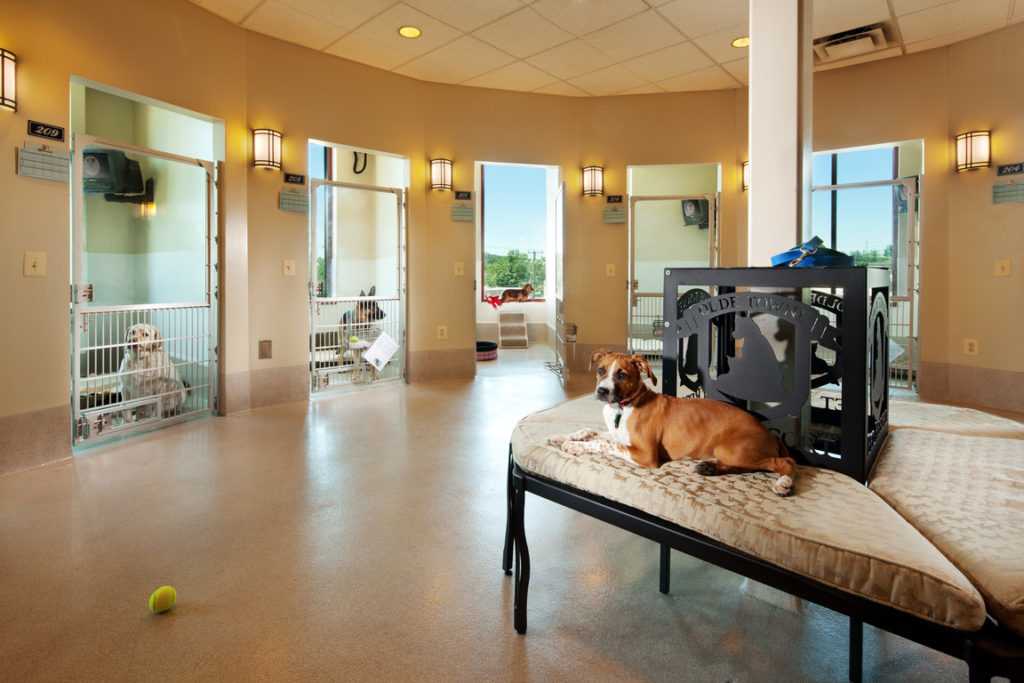 So unless your office is pup-friendly, we don’t recommend this breed if you can’t handle its neediness.
So unless your office is pup-friendly, we don’t recommend this breed if you can’t handle its neediness. They want to show love and be loved. Their constant unimpressed face makes them hilarious when they attempt to look happy.
They want to show love and be loved. Their constant unimpressed face makes them hilarious when they attempt to look happy.



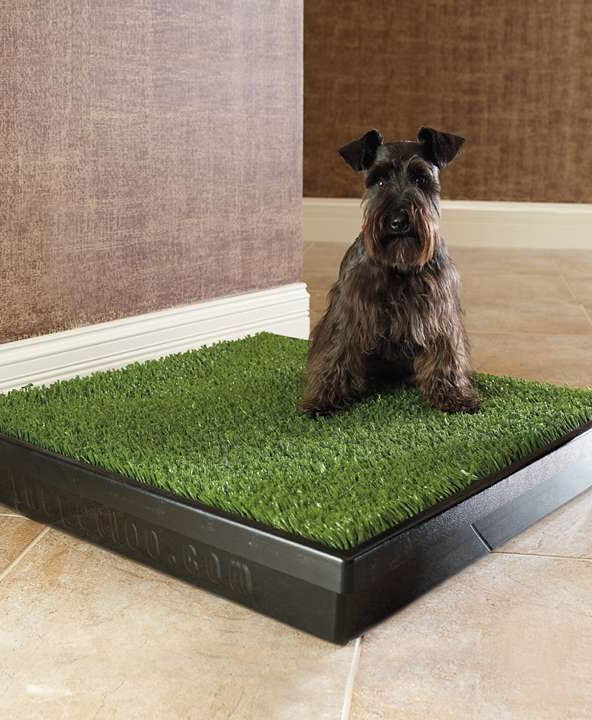
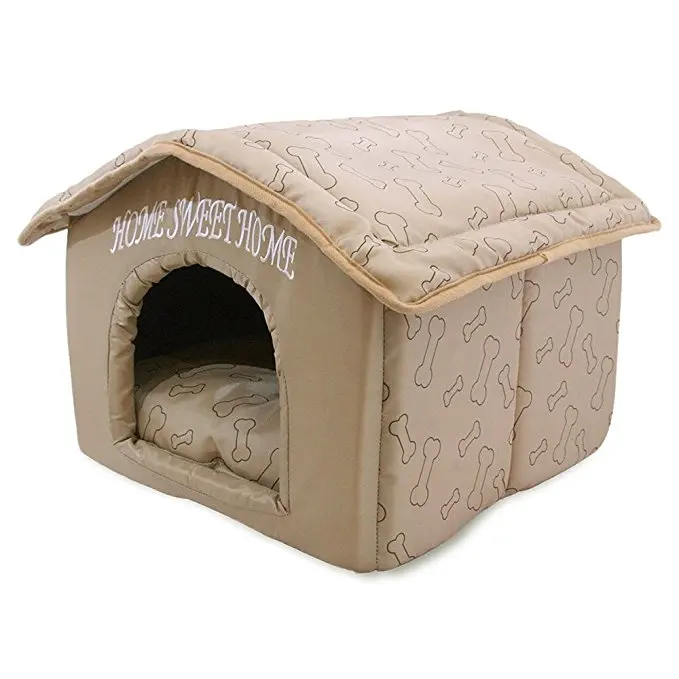
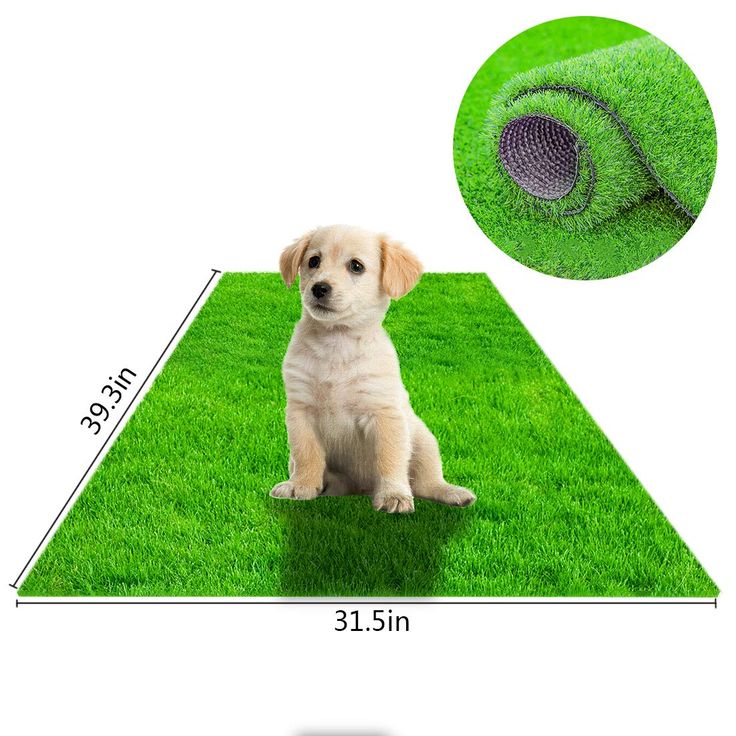 They believe they’re big dogs and act as such, making them all the more hilarious to look after.
They believe they’re big dogs and act as such, making them all the more hilarious to look after.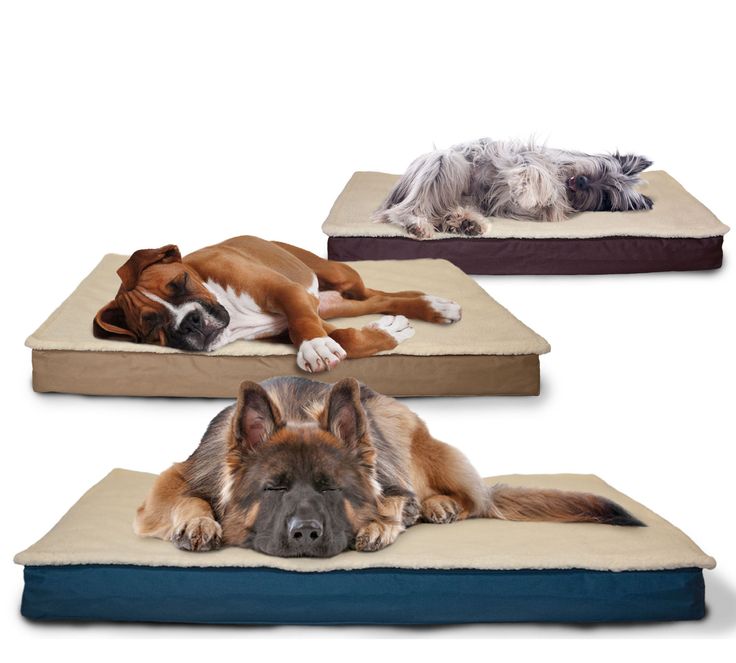
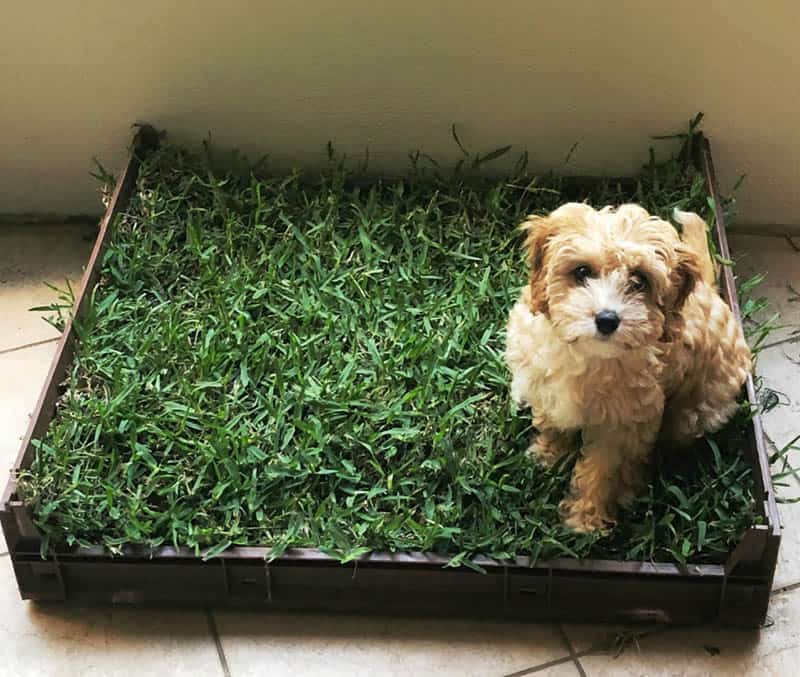

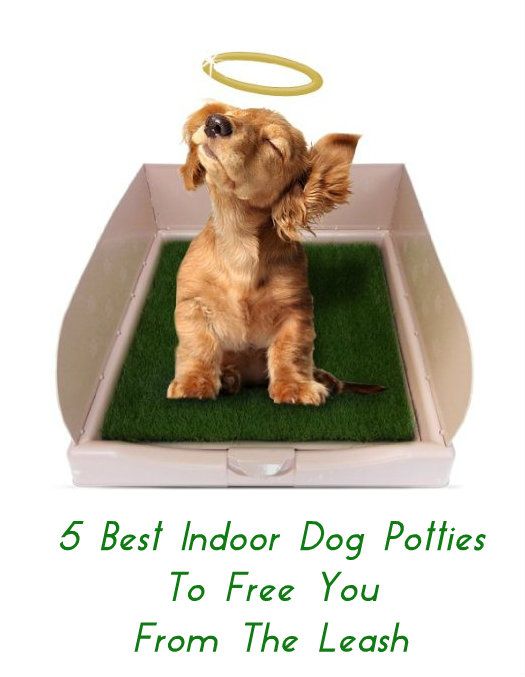
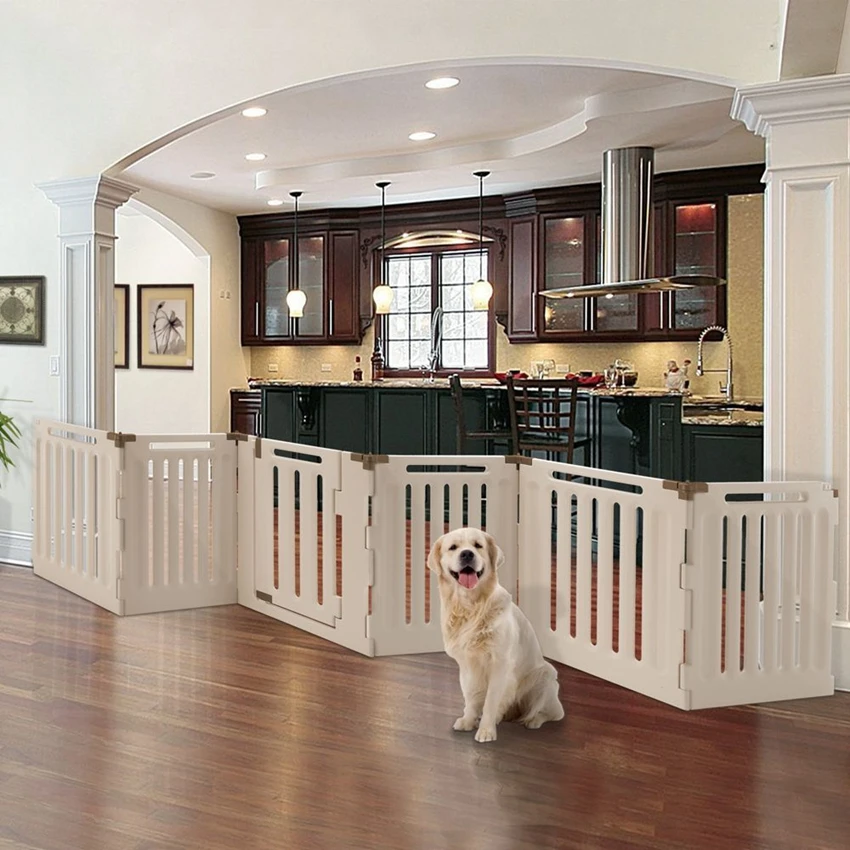

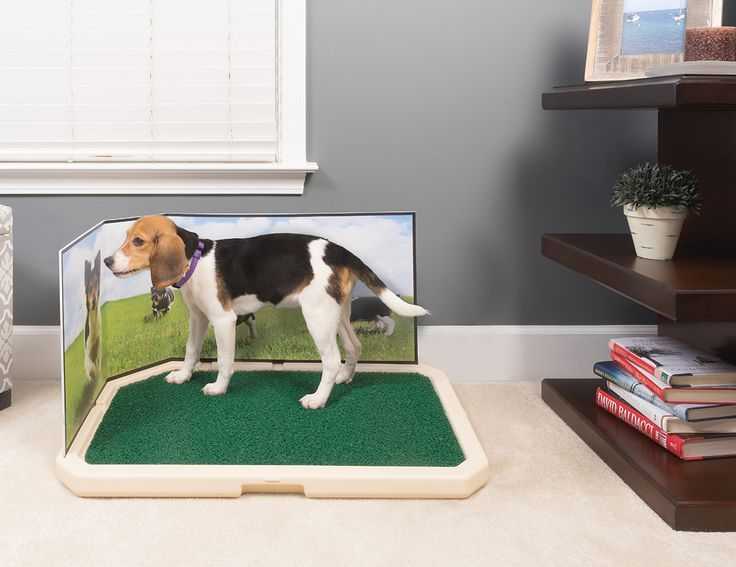
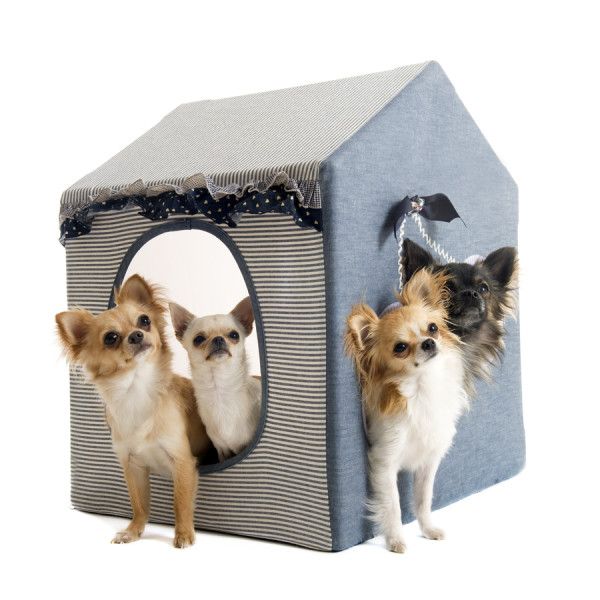
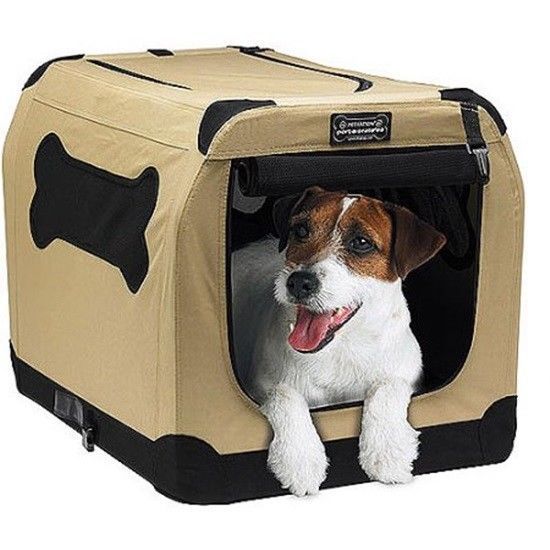 Even if the pet walks freely on the site, he needs to communicate with the owner.
Even if the pet walks freely on the site, he needs to communicate with the owner. 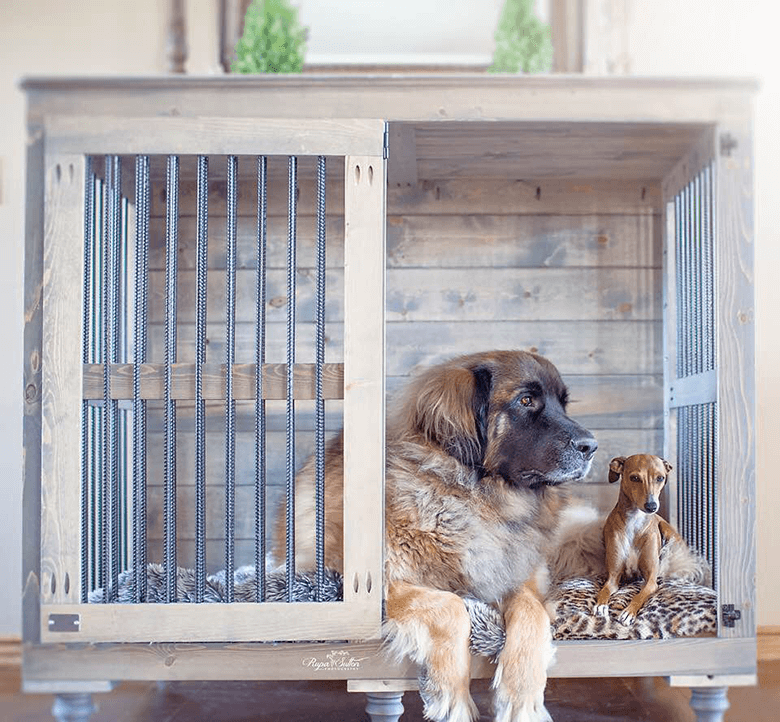
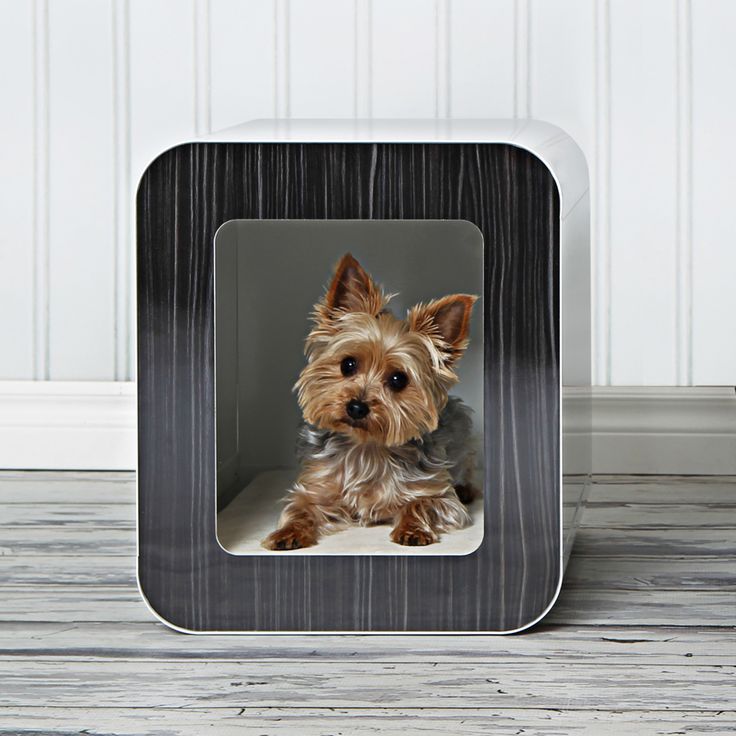 In the house, boxers need warm bedding, as they are quite sensitive to the cold.
In the house, boxers need warm bedding, as they are quite sensitive to the cold. 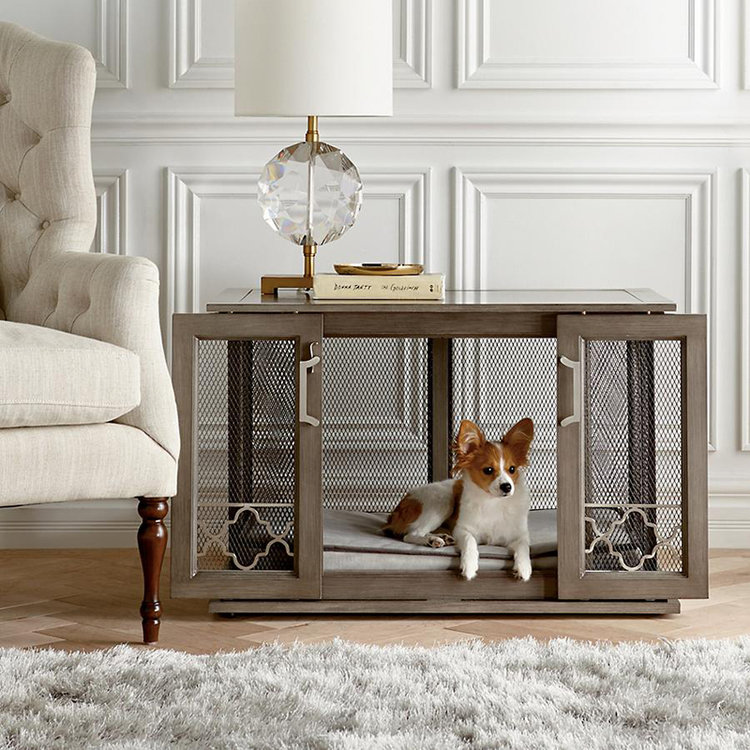

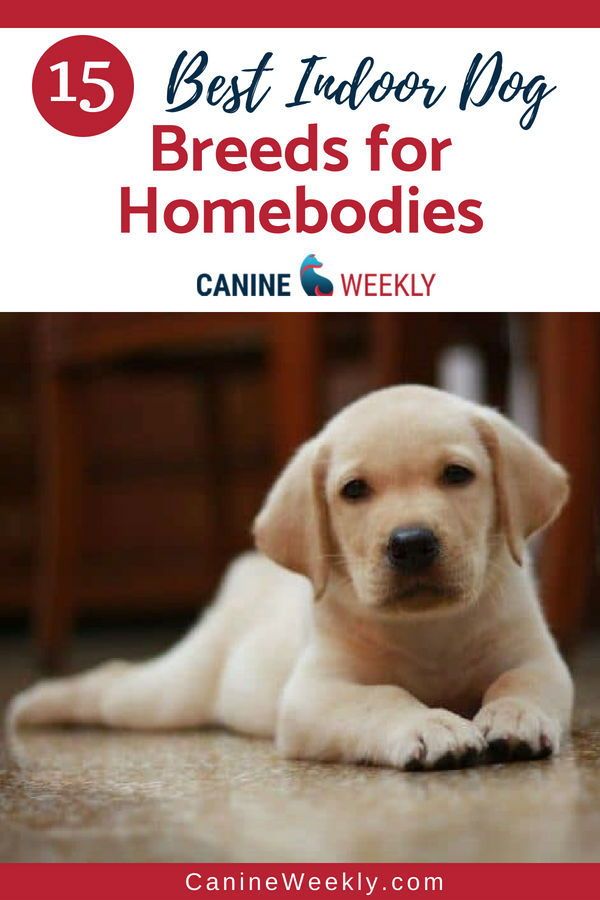 Despite the thick coat, the dog can only live in a house or an aviary.
Despite the thick coat, the dog can only live in a house or an aviary.  They are smart, strong, hardy, actively defend their territory. However, it is important for them to learn that the main thing in the house is a person. In a temperate and cool climate, the Giant Schnauzer can be kept in an aviary or insulated booth.
They are smart, strong, hardy, actively defend their territory. However, it is important for them to learn that the main thing in the house is a person. In a temperate and cool climate, the Giant Schnauzer can be kept in an aviary or insulated booth. 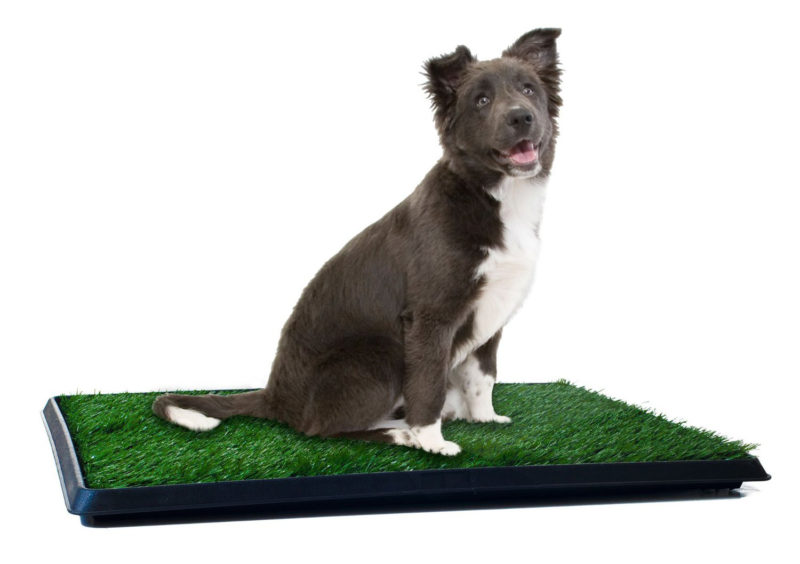 Therefore, the dog needs to move, constant keeping on a chain or in an aviary does not suit her. Compared to Caucasians and Alabai, the watchdog has a more balanced and friendly character, but needs competent training.
Therefore, the dog needs to move, constant keeping on a chain or in an aviary does not suit her. Compared to Caucasians and Alabai, the watchdog has a more balanced and friendly character, but needs competent training.  Representatives of these breeds live comfortably in a small city apartment. Spoiler: and it’s not just pocket dogs
Representatives of these breeds live comfortably in a small city apartment. Spoiler: and it’s not just pocket dogs 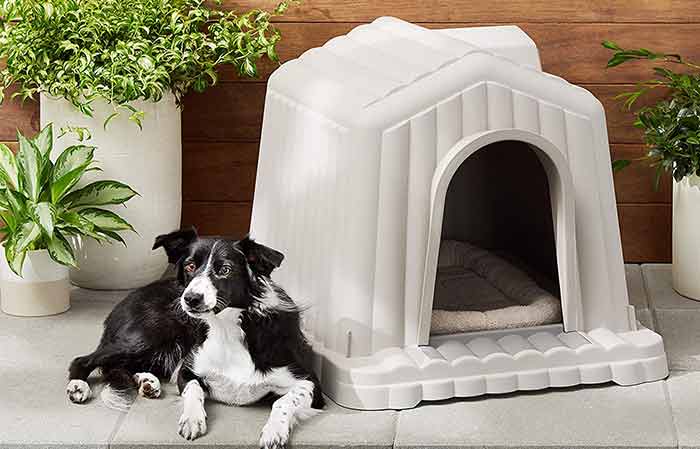 Another important advantage of these animals is that their hair practically does not shed, so clothes and furniture will remain clean. Due to the same feature, the Yorkshire Terrier is considered one of the best dog breeds for allergy sufferers. Despite this, most breeders prefer to cut terriers short – their long silky hair requires very careful maintenance. And Yorkies do not tolerate loneliness.
Another important advantage of these animals is that their hair practically does not shed, so clothes and furniture will remain clean. Due to the same feature, the Yorkshire Terrier is considered one of the best dog breeds for allergy sufferers. Despite this, most breeders prefer to cut terriers short – their long silky hair requires very careful maintenance. And Yorkies do not tolerate loneliness. 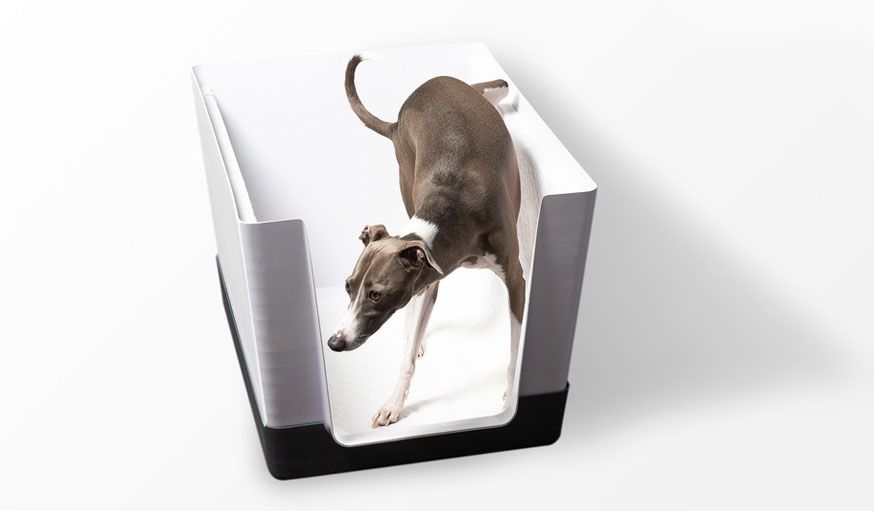
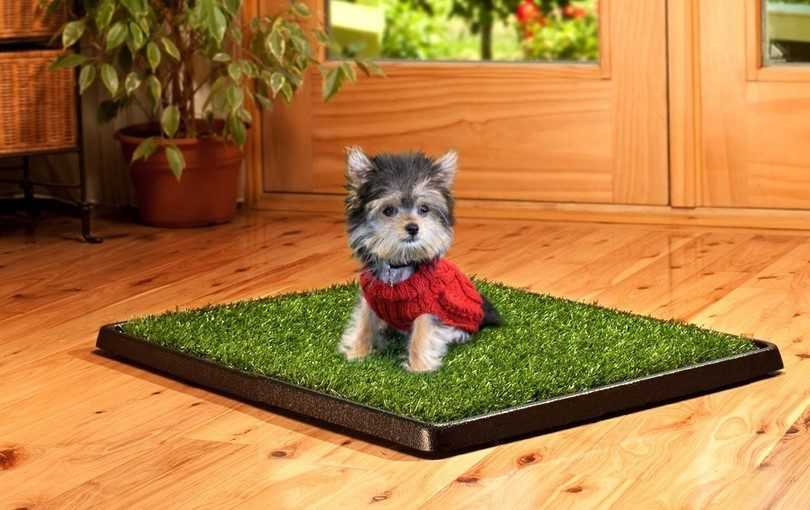 Another advantage of the breed is unobtrusiveness. Corgis will not harass others with barking, distract you from activities and demand attention. Perhaps their only weak point is their boundless love for food.
Another advantage of the breed is unobtrusiveness. Corgis will not harass others with barking, distract you from activities and demand attention. Perhaps their only weak point is their boundless love for food. 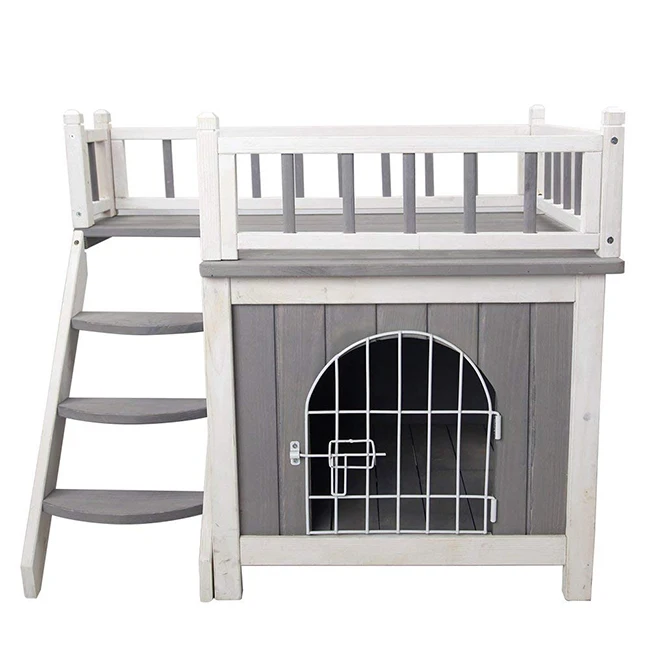 They prefer short measured walks, because they do not tolerate running because of the special structure of the nasopharynx. In addition, they can be litter trained. Then you won’t have to wake up early and take your dog outside. But the long coat of the Pekingese needs care – without daily combing, it will look untidy.
They prefer short measured walks, because they do not tolerate running because of the special structure of the nasopharynx. In addition, they can be litter trained. Then you won’t have to wake up early and take your dog outside. But the long coat of the Pekingese needs care – without daily combing, it will look untidy. 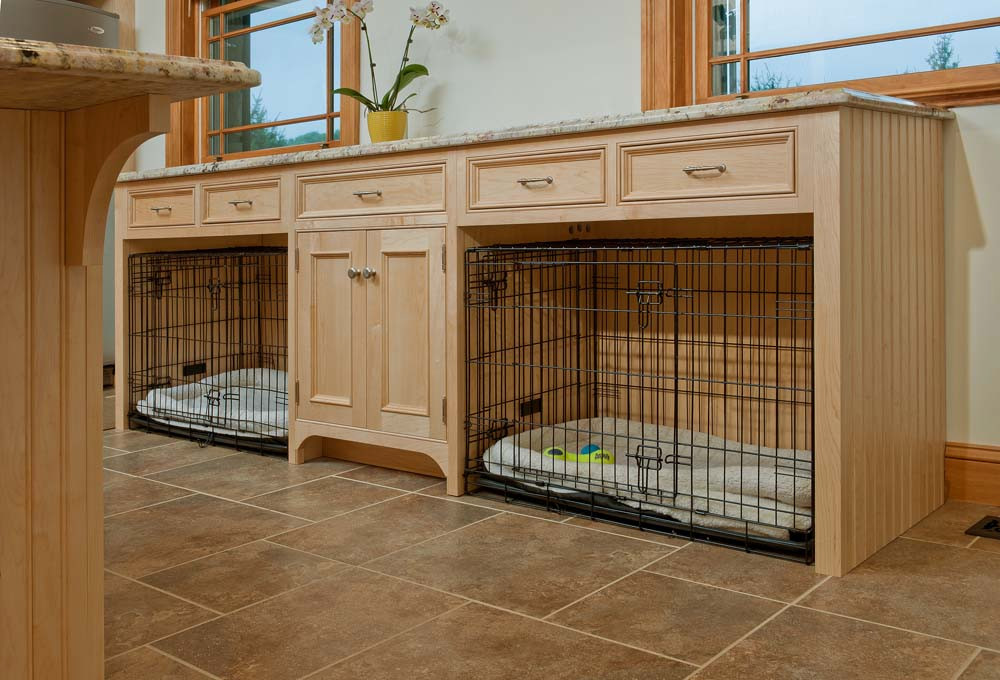 From German, the prefix “zwerg” is translated as “dwarf”. Representatives of this breed are distinguished by courage, confidence and hyperactivity. They do not need special care, quickly adapt to life in an apartment and are great for outdoor enthusiasts. Mini Pinschers love long walks and all kinds of games. The main thing is not to walk your pet in extreme heat and frost.
From German, the prefix “zwerg” is translated as “dwarf”. Representatives of this breed are distinguished by courage, confidence and hyperactivity. They do not need special care, quickly adapt to life in an apartment and are great for outdoor enthusiasts. Mini Pinschers love long walks and all kinds of games. The main thing is not to walk your pet in extreme heat and frost. 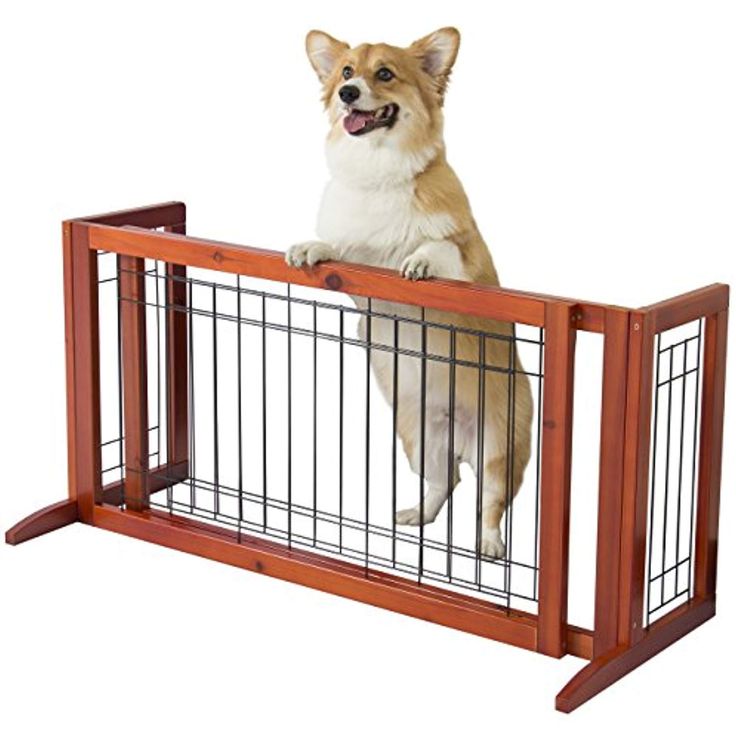
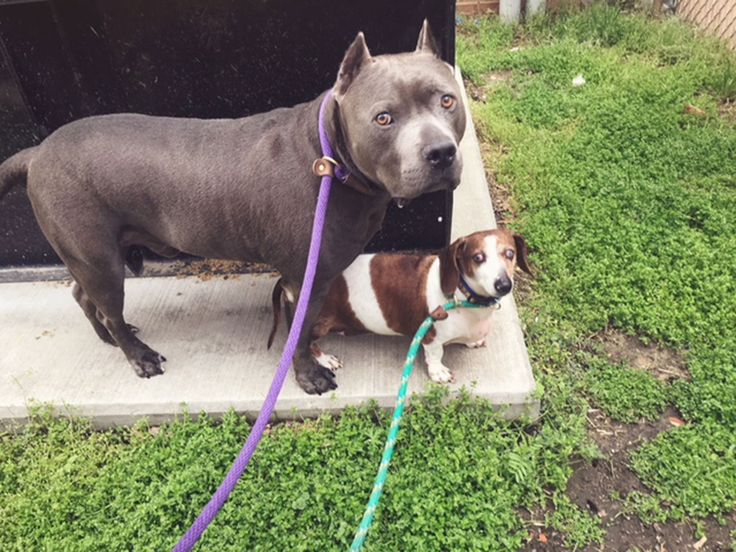 Initially, he was overwhelmed even when one new person would visit her apartment and would retreat to his safe space. Now Bundock tells guests to talk to Stevie and let him approach them on his own terms. “It took awhile … but now he understands it’s not threatening.”
Initially, he was overwhelmed even when one new person would visit her apartment and would retreat to his safe space. Now Bundock tells guests to talk to Stevie and let him approach them on his own terms. “It took awhile … but now he understands it’s not threatening.”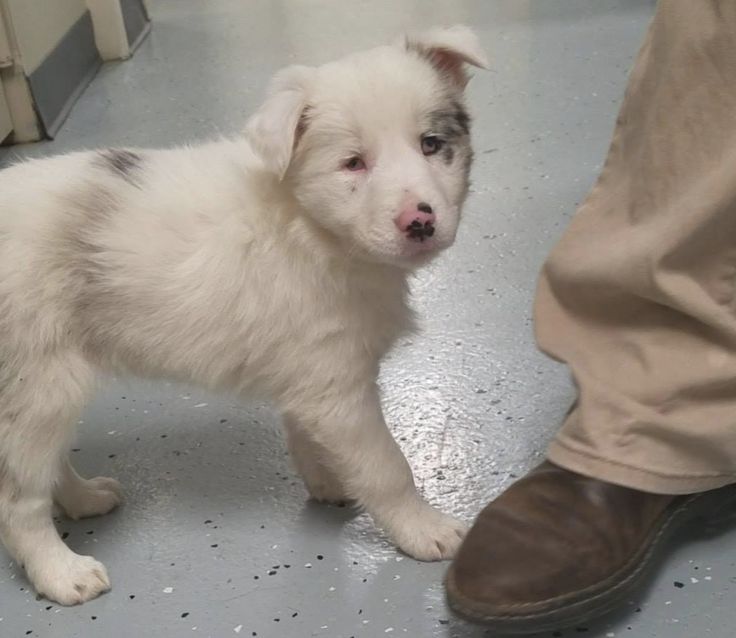 ”
”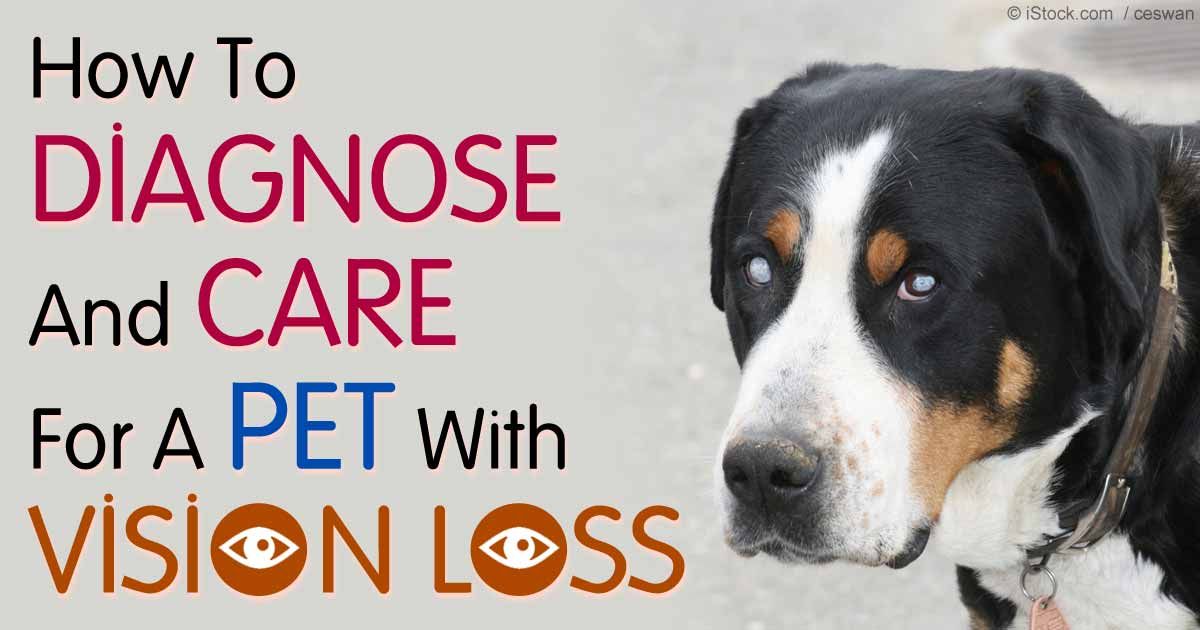 I show her where her bowls are, where her bed is, and she pretty much enjoys checking out a new place. Her ability to make a mental map of new places is phenomenal.”
I show her where her bowls are, where her bed is, and she pretty much enjoys checking out a new place. Her ability to make a mental map of new places is phenomenal.”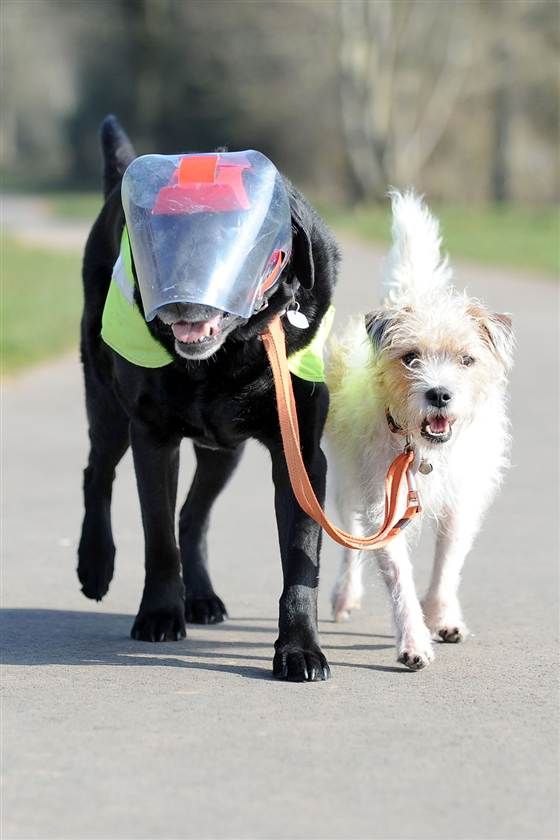
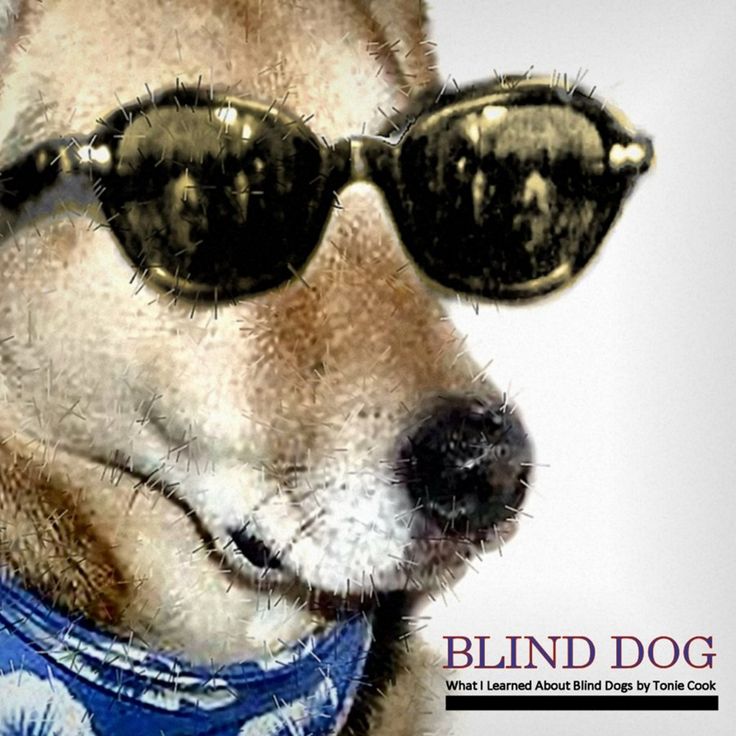 For added protection, a device such as the Whistle 3 pet GPS tracker and activity monitor can alert you if your dog wanders anywhere he shouldn’t.
For added protection, a device such as the Whistle 3 pet GPS tracker and activity monitor can alert you if your dog wanders anywhere he shouldn’t.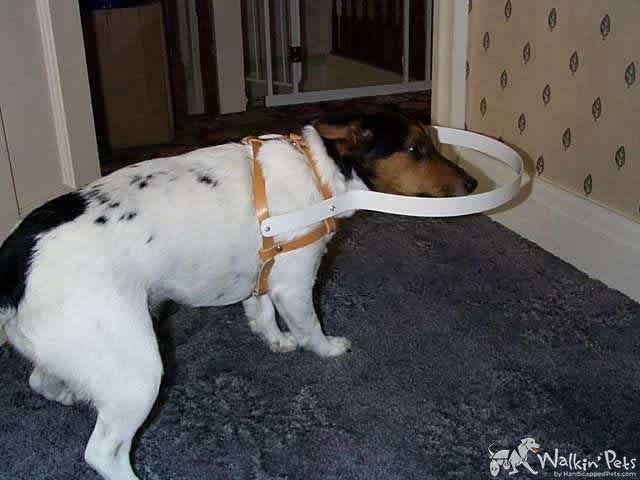
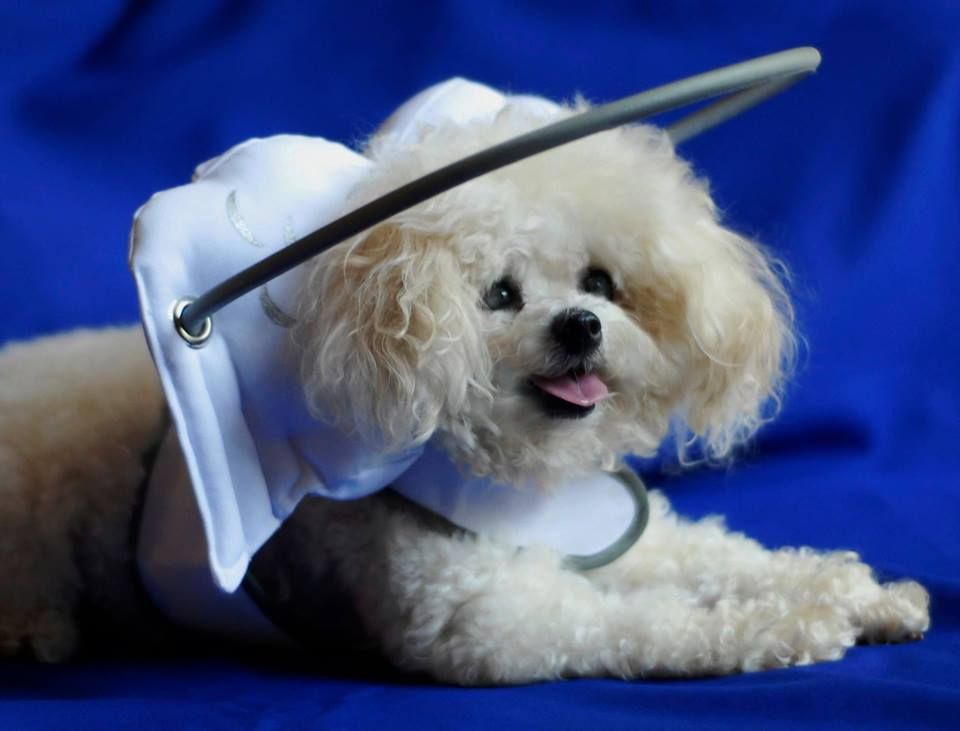 Just because a pup is visually impaired doesn’t mean they aren’t learning or capable of picking up new skills!”
Just because a pup is visually impaired doesn’t mean they aren’t learning or capable of picking up new skills!”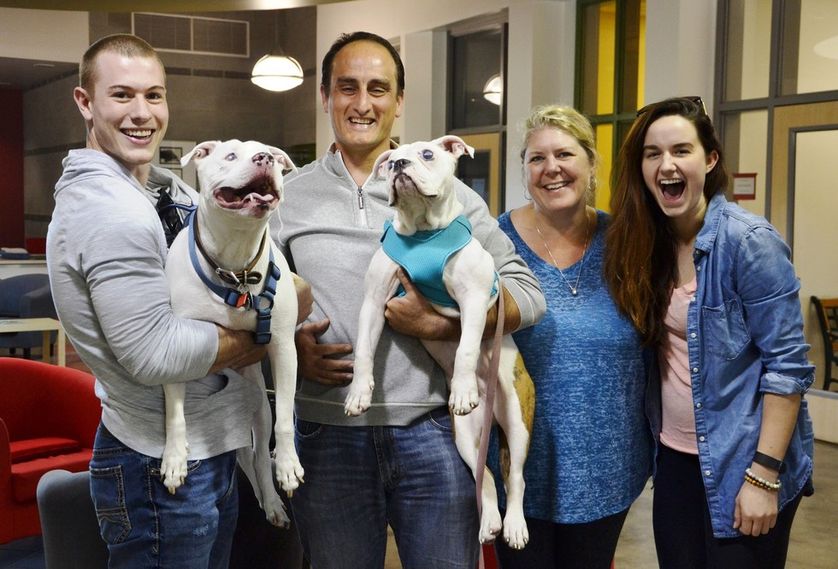
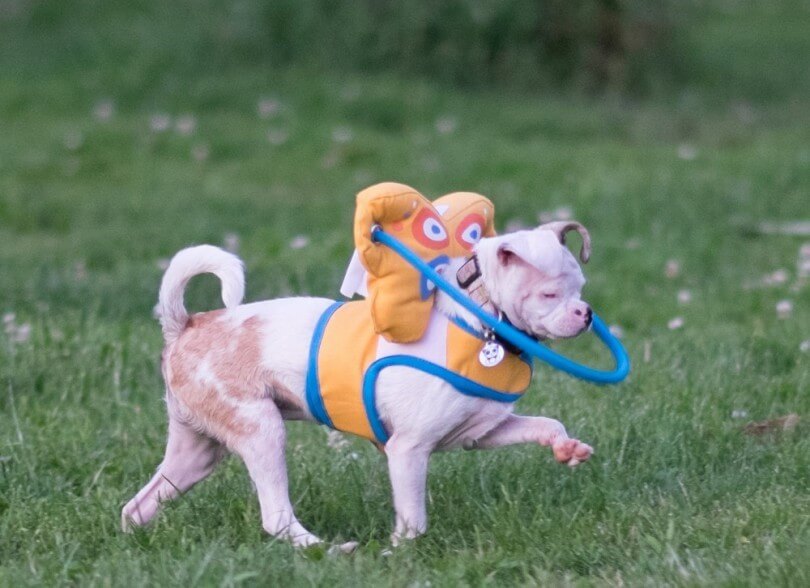
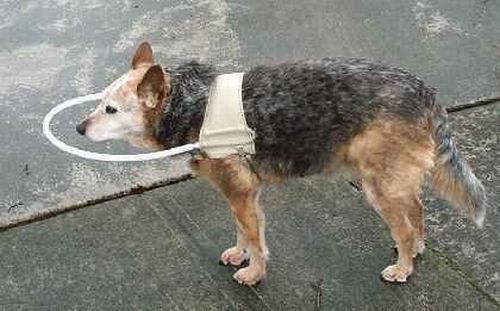 All family members should take care of the pet. Remove all dangerous items from the floor. Make sure the dog’s path is always clear. If she suddenly stumbles on some object, this can greatly affect her mental state. At first, you will need to show the dog the way from the bowl to the bed and the toilet, but then the dog will get used to it and everything will return to its normal course. Do not rearrange the furniture in the apartment so that the dog can navigate well. All items that she uses, let them remain in the same place where they always are.
All family members should take care of the pet. Remove all dangerous items from the floor. Make sure the dog’s path is always clear. If she suddenly stumbles on some object, this can greatly affect her mental state. At first, you will need to show the dog the way from the bowl to the bed and the toilet, but then the dog will get used to it and everything will return to its normal course. Do not rearrange the furniture in the apartment so that the dog can navigate well. All items that she uses, let them remain in the same place where they always are. 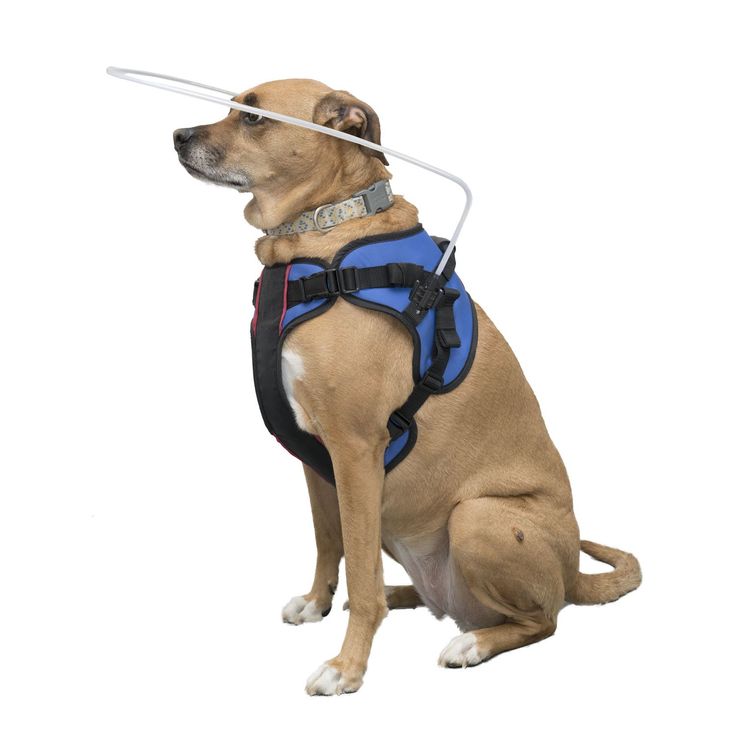
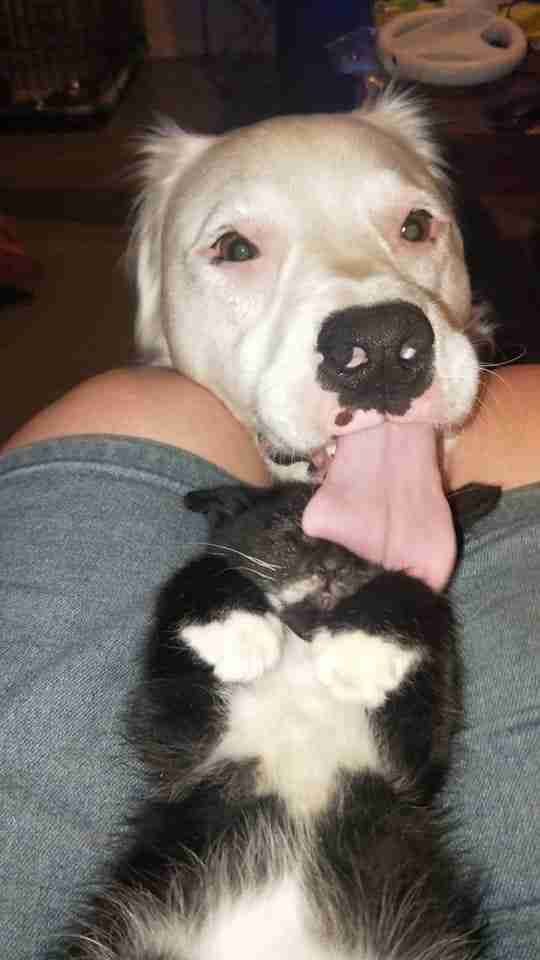
 Is your dog suffering too much? The simple answer is no. Veterinarians tell us that dogs adapt very well to vision loss.
Is your dog suffering too much? The simple answer is no. Veterinarians tell us that dogs adapt very well to vision loss.  #4 – Give him a halo. The new product, called the Halo Vest, puts the bumper between the dog and any obstacles.
#4 – Give him a halo. The new product, called the Halo Vest, puts the bumper between the dog and any obstacles. 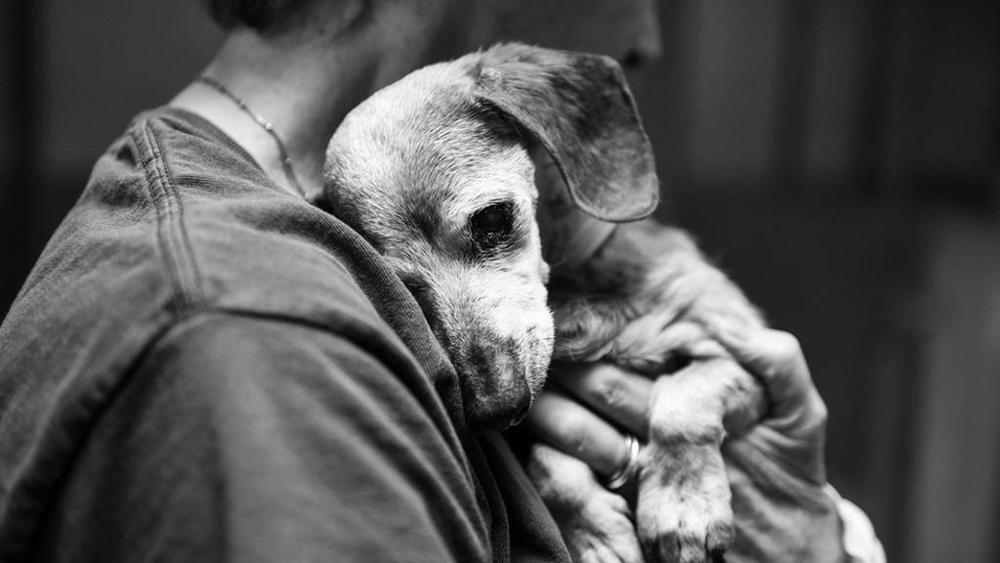
 The mites lay their eggs in the dog’s fur and cause extreme itchiness.
The mites lay their eggs in the dog’s fur and cause extreme itchiness.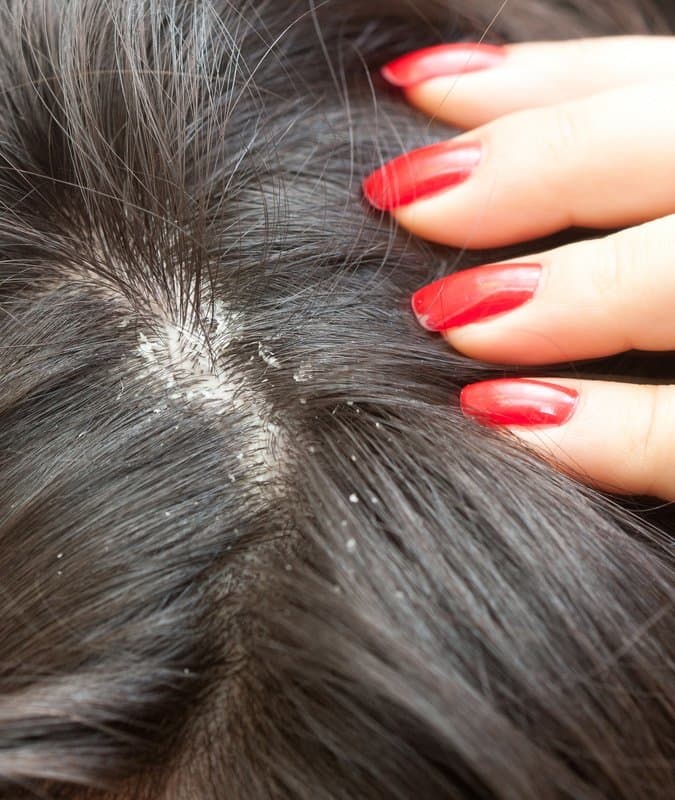 Some veterinarians may suggest adding omega-6 fatty acids to the diet, but always check with your veterinarian before changing your dog’s diet.
Some veterinarians may suggest adding omega-6 fatty acids to the diet, but always check with your veterinarian before changing your dog’s diet.
 Luckily, you can run to the drugstore for dandruff shampoo and stop the flakes pronto.
Luckily, you can run to the drugstore for dandruff shampoo and stop the flakes pronto. 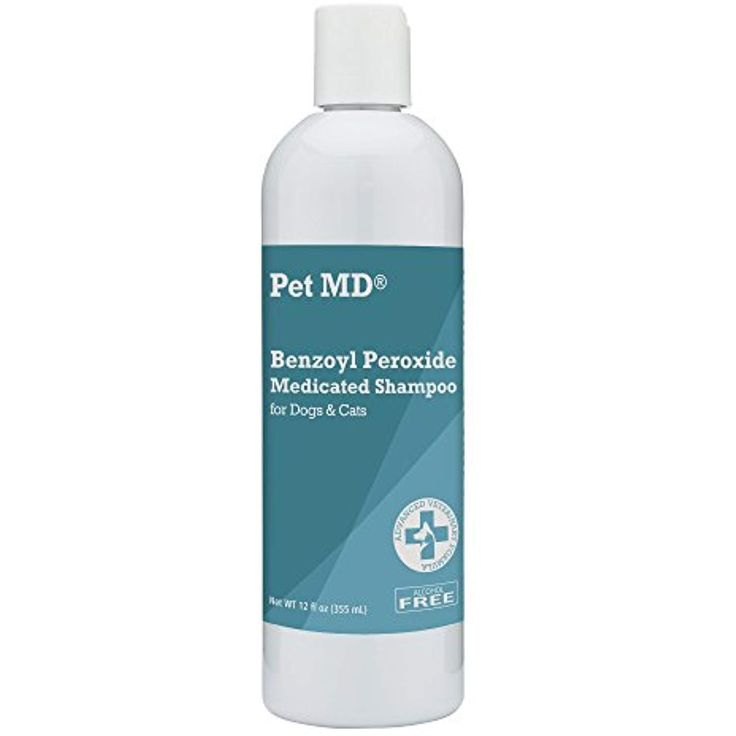

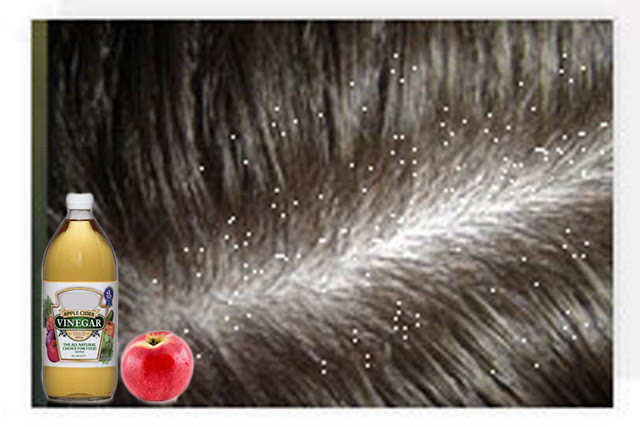 Keep in mind that an allergy test would be the most reliable way to determine if specific allergens are affecting your dog and leading to dandruff.
Keep in mind that an allergy test would be the most reliable way to determine if specific allergens are affecting your dog and leading to dandruff. You can find essential fatty acids in many dog foods and treats.
You can find essential fatty acids in many dog foods and treats.
 Omega-3 acids also help to reduce the negative impact of omega-6 fats, which are found in many processed foods (both for humans and dogs).
Omega-3 acids also help to reduce the negative impact of omega-6 fats, which are found in many processed foods (both for humans and dogs).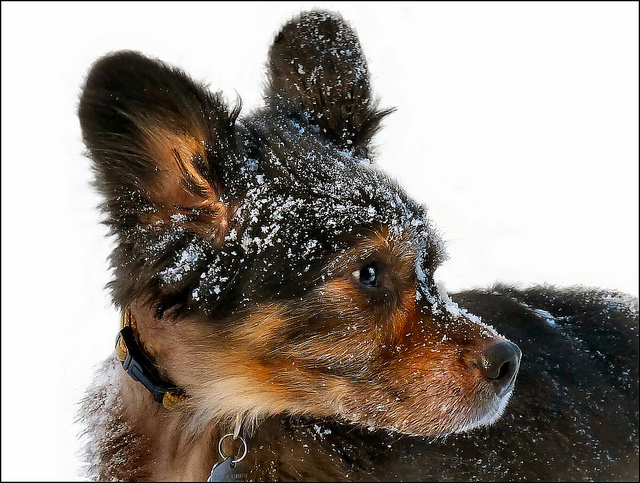 Whether you choose allergy relief, omega salmon, or the multivitamin, these high-quality supplements provide a tasty treat for your pet using only natural, functional ingredients that can be part of a healthy lifestyle.
Whether you choose allergy relief, omega salmon, or the multivitamin, these high-quality supplements provide a tasty treat for your pet using only natural, functional ingredients that can be part of a healthy lifestyle.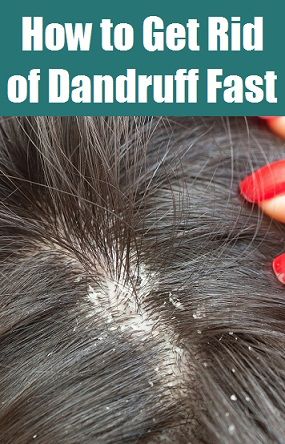 Although it seems easy to solve in people, with dogs, it goes a bit different. Itchy, flaky and dry scalp can’t be treated only by using a bottle of anti-dandruff dog shampoo because in some cases, there can be an underlying cause.
Although it seems easy to solve in people, with dogs, it goes a bit different. Itchy, flaky and dry scalp can’t be treated only by using a bottle of anti-dandruff dog shampoo because in some cases, there can be an underlying cause. It’s not advisable to choose a shampoo on your own because there are different types of dog’s dandruff too. There is dandruff followed by oily and dry skin, and depending on the condition of the scalp your pooch might need specially tailored remedy.
It’s not advisable to choose a shampoo on your own because there are different types of dog’s dandruff too. There is dandruff followed by oily and dry skin, and depending on the condition of the scalp your pooch might need specially tailored remedy.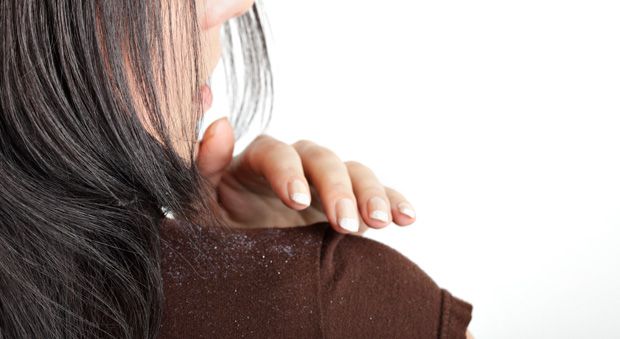 In some cases, a dog’s inappropriate nutrition and choosing food rich in artificial colors and preservatives can induce a dog’s itchiness. That’s why is recommended to carefully tailor your dog’s diet and choose only natural ingredients.
In some cases, a dog’s inappropriate nutrition and choosing food rich in artificial colors and preservatives can induce a dog’s itchiness. That’s why is recommended to carefully tailor your dog’s diet and choose only natural ingredients.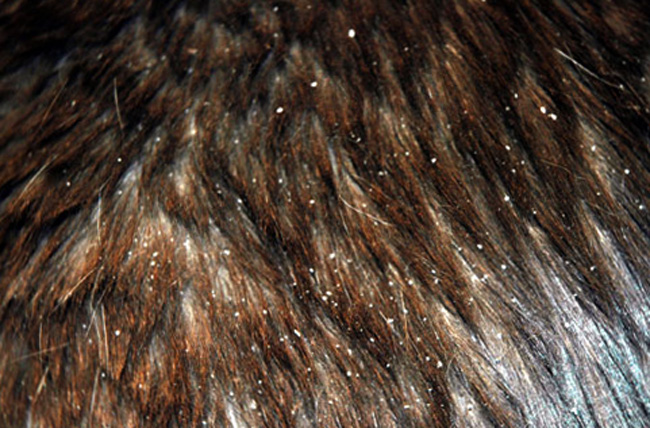
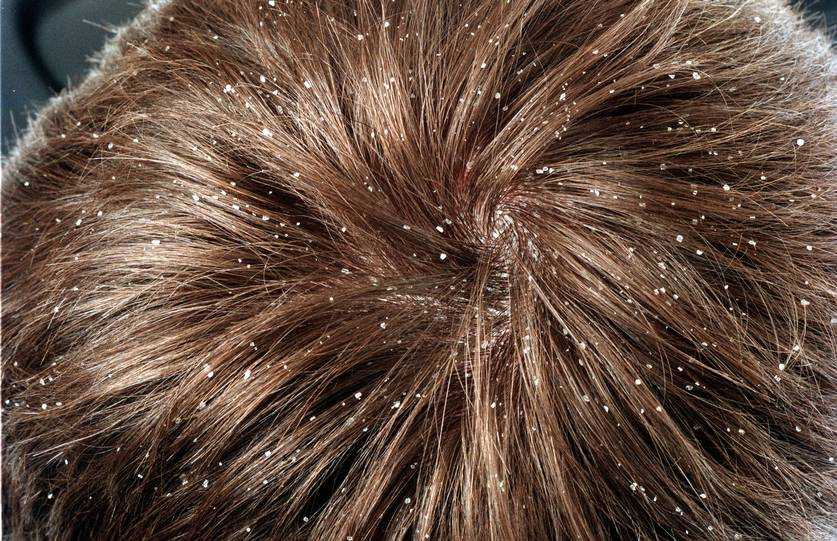 It should be used only during the treatment period.
It should be used only during the treatment period. This magical mix should be used for spraying your dog’s coat. After you applied the solution on his coat, it’s advisable to wait for an hour and then to wash him with anti-dandruff shampoo. The apple cider vinegar provenly helps in stimulating the shedding of dead skin cells on the scalp. it also reduces the growth of fungus.
This magical mix should be used for spraying your dog’s coat. After you applied the solution on his coat, it’s advisable to wait for an hour and then to wash him with anti-dandruff shampoo. The apple cider vinegar provenly helps in stimulating the shedding of dead skin cells on the scalp. it also reduces the growth of fungus.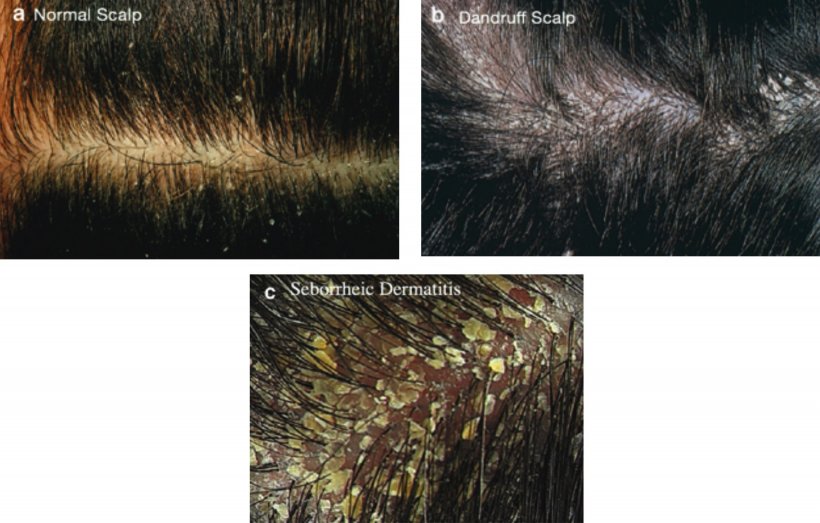 This magical plant will prevent your pooch from itching the skin by making a cooling effect.
This magical plant will prevent your pooch from itching the skin by making a cooling effect.
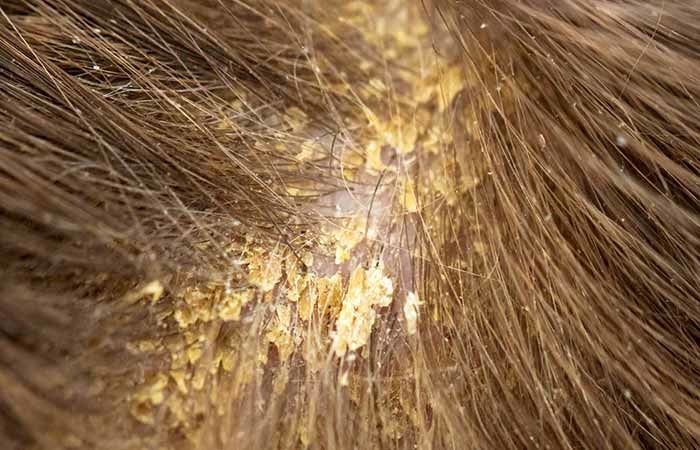 Independent experiments on the selection of safe food often end in an increase in allergies in a dog. You can buy medicated feed in specialized pet stores, where there is a veterinary department.
Independent experiments on the selection of safe food often end in an increase in allergies in a dog. You can buy medicated feed in specialized pet stores, where there is a veterinary department.

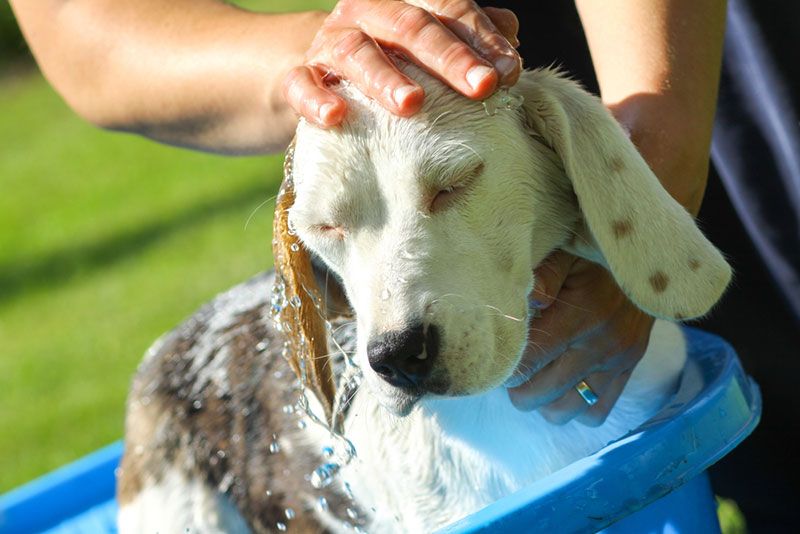 In cats, a mixed form of seborrhea is also possible. In cats, oily skin and dandruff are often noted in the sacrum and at the base of the tail. Here are the glands that can produce a secret too intensively.
In cats, a mixed form of seborrhea is also possible. In cats, oily skin and dandruff are often noted in the sacrum and at the base of the tail. Here are the glands that can produce a secret too intensively.
 In this case, you need to correct the diet and lifestyle of the pet.
In this case, you need to correct the diet and lifestyle of the pet.  ), but dandruff still remains, contact your veterinarian. After the examination, he will prescribe the necessary tests, make or correct the diagnosis and select the drugs. Self-diagnosis and self-treatment of the animal should not be engaged in, so as not to worsen the condition of the pet.
), but dandruff still remains, contact your veterinarian. After the examination, he will prescribe the necessary tests, make or correct the diagnosis and select the drugs. Self-diagnosis and self-treatment of the animal should not be engaged in, so as not to worsen the condition of the pet.
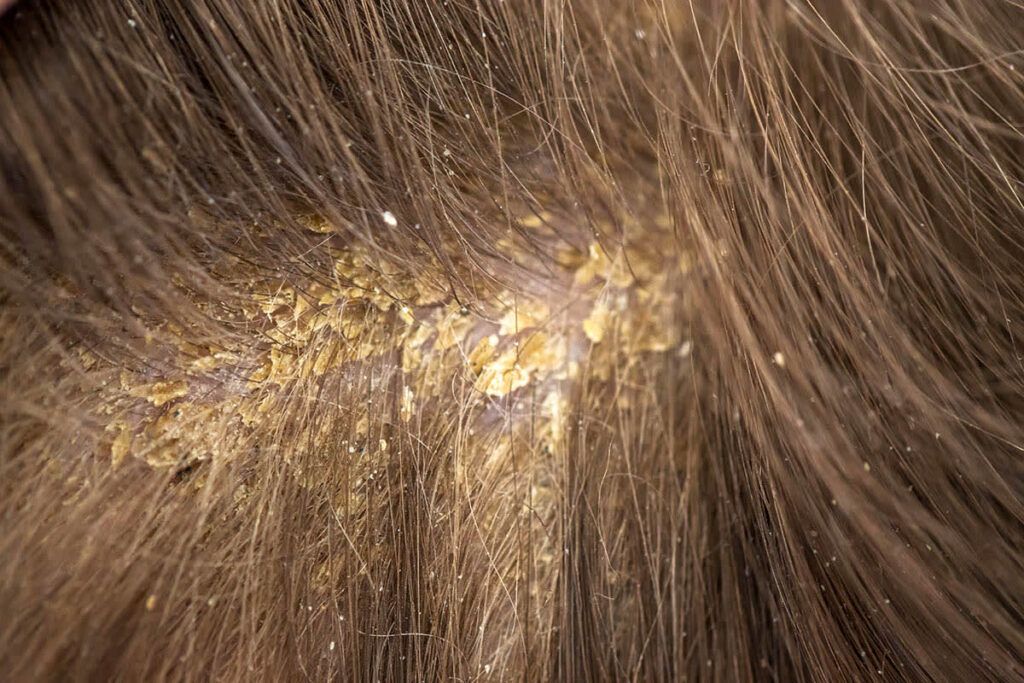 Consult your veterinarian before introducing it into your diet.
Consult your veterinarian before introducing it into your diet.  Changes in its structure quickly become noticeable. The appearance of dandruff, excessive oiliness of the skin and hair makes the owners think that their pet may be sick. Such manifestations may be characteristic of seborrhea, in addition, against this background, an inflammatory process may develop. Owners who are puzzled by the quality of their pet’s coat can self-diagnose and self-treat at home by searching for available information on the Internet, for example, by searching for “seborrheic dermatitis in dogs photo”, “seborrheic dermatitis in dogs treatment photo” and so on. It should be noted that a clinical picture similar to seborrheic dermatitis can be observed in a number of other diseases that have a fundamentally different approach to treatment. At the same time, seborrhea can be one of the consequences of a systemic disease of the internal organs, being one of the most noticeable clinical signs to the owner.
Changes in its structure quickly become noticeable. The appearance of dandruff, excessive oiliness of the skin and hair makes the owners think that their pet may be sick. Such manifestations may be characteristic of seborrhea, in addition, against this background, an inflammatory process may develop. Owners who are puzzled by the quality of their pet’s coat can self-diagnose and self-treat at home by searching for available information on the Internet, for example, by searching for “seborrheic dermatitis in dogs photo”, “seborrheic dermatitis in dogs treatment photo” and so on. It should be noted that a clinical picture similar to seborrheic dermatitis can be observed in a number of other diseases that have a fundamentally different approach to treatment. At the same time, seborrhea can be one of the consequences of a systemic disease of the internal organs, being one of the most noticeable clinical signs to the owner. 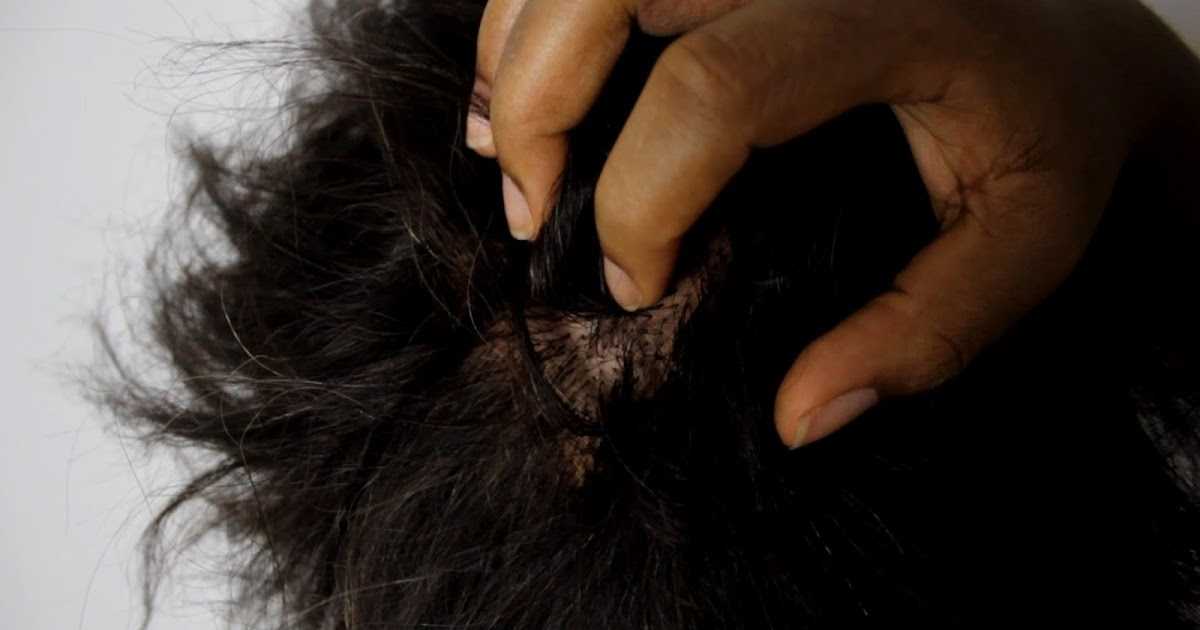 Depending on the specific location on the body involved in the process, some patients may have dry and oily skin at the same time.
Depending on the specific location on the body involved in the process, some patients may have dry and oily skin at the same time.  Primary seborrhea is a hereditary disease and is manifested by a violation of the keratinization of the skin. It is most common in American Cocker Spaniels, English Springer Spaniels, West Highland White Terriers, and Basset Hounds, but Irish Setters, Dobermans, Shar Pei, Dachshunds, Labrador Retrievers, and German Shepherds also have an increased risk of developing it. . Primary seborrhea is detected at an early age, diagnosed with a skin biopsy. With this form of the disease, it is also important to exclude the causes leading to secondary seborrhea.
Primary seborrhea is a hereditary disease and is manifested by a violation of the keratinization of the skin. It is most common in American Cocker Spaniels, English Springer Spaniels, West Highland White Terriers, and Basset Hounds, but Irish Setters, Dobermans, Shar Pei, Dachshunds, Labrador Retrievers, and German Shepherds also have an increased risk of developing it. . Primary seborrhea is detected at an early age, diagnosed with a skin biopsy. With this form of the disease, it is also important to exclude the causes leading to secondary seborrhea.  Diagnosis of seborrhea is simple and based on a characteristic clinical picture, it is much more difficult to determine the cause of its development. The diagnostic approach varies from case to case. The veterinarian, in addition to collecting the obligatory anamnesis (medical history), performs a diet analysis, microscopy of skin scrapings and a trichogram (examination of the condition of the hair), excludes intestinal parasites and signs of indigestion and absorption in the intestine. When lesions are seen over most of the skin surface (generalized seborrhea), a skin biopsy is usually not required.
Diagnosis of seborrhea is simple and based on a characteristic clinical picture, it is much more difficult to determine the cause of its development. The diagnostic approach varies from case to case. The veterinarian, in addition to collecting the obligatory anamnesis (medical history), performs a diet analysis, microscopy of skin scrapings and a trichogram (examination of the condition of the hair), excludes intestinal parasites and signs of indigestion and absorption in the intestine. When lesions are seen over most of the skin surface (generalized seborrhea), a skin biopsy is usually not required. 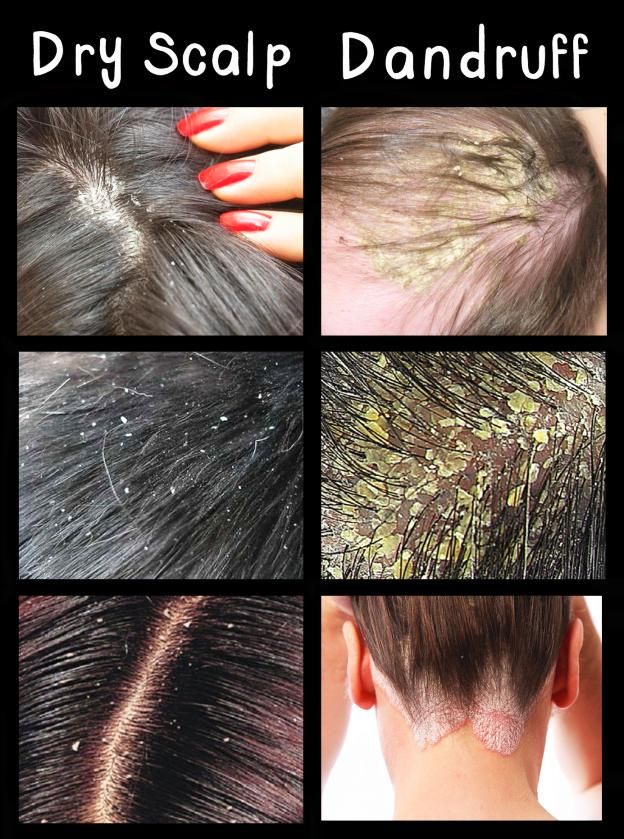 Clinical signs are especially pronounced around the eyes and mouth, on the auricle, armpits or in the groin area.
Clinical signs are especially pronounced around the eyes and mouth, on the auricle, armpits or in the groin area. 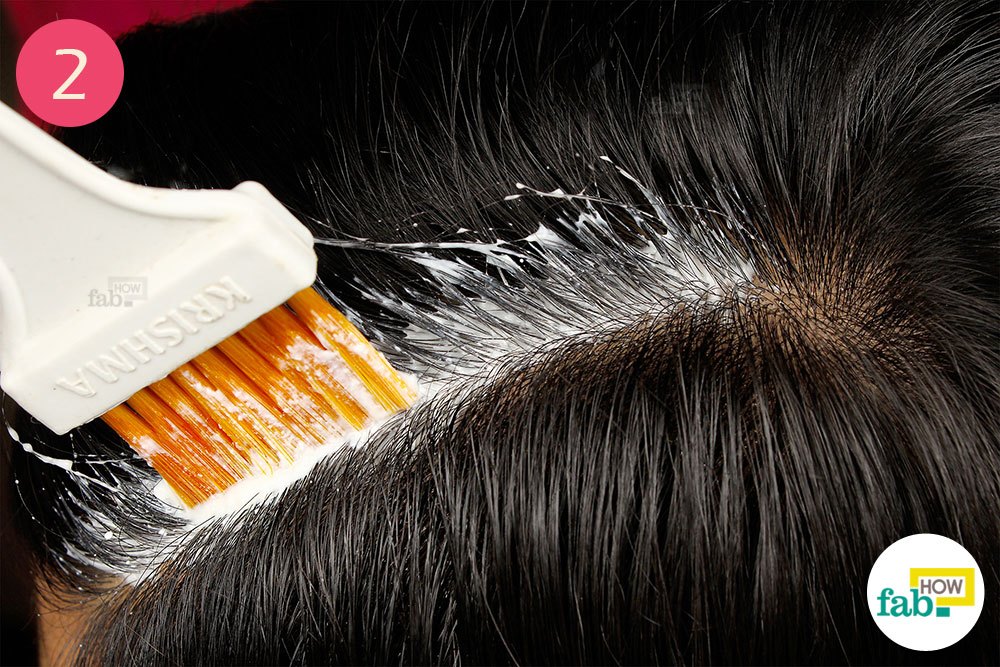 ) on the skin. The vital activity of fungal microorganisms further exacerbates the already increased oiliness of the skin. In addition, Malassezia fungi increase the rate of skin cell division, creating a vicious circle. That is, increased fat content and peeling of the skin are favorable conditions for the reproduction of fungi, and Malassezia fungi, in turn, increase the production of sebaceous secretion, aggravating the course of seborrheic dermatitis. This should not be forgotten, since even in advanced cases, the manifestations of seborrhea can be eliminated, however, clinical signs can only disappear when an effective antifungal treatment is prescribed.
) on the skin. The vital activity of fungal microorganisms further exacerbates the already increased oiliness of the skin. In addition, Malassezia fungi increase the rate of skin cell division, creating a vicious circle. That is, increased fat content and peeling of the skin are favorable conditions for the reproduction of fungi, and Malassezia fungi, in turn, increase the production of sebaceous secretion, aggravating the course of seborrheic dermatitis. This should not be forgotten, since even in advanced cases, the manifestations of seborrhea can be eliminated, however, clinical signs can only disappear when an effective antifungal treatment is prescribed. 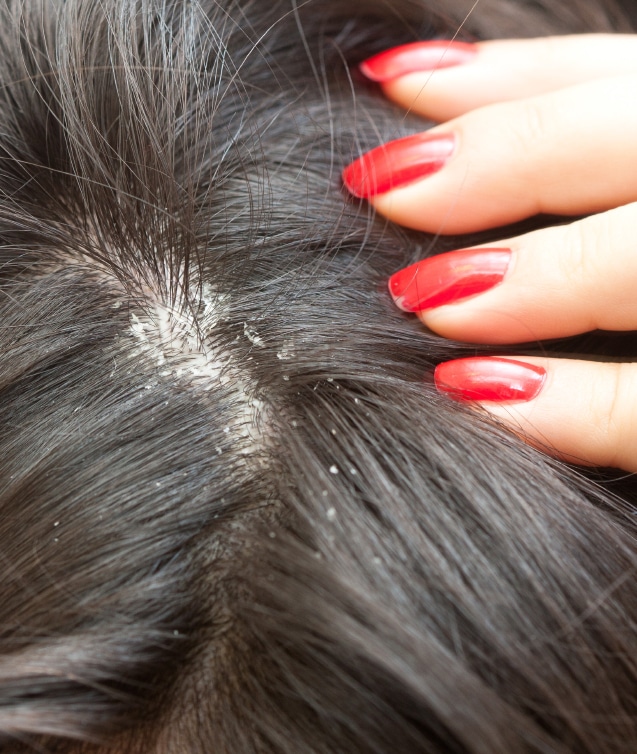 In addition, in the early stages of the development of a generalized form of demodicosis (a parasitic disease), the skin in dogs can be either greasy or have peeling.
In addition, in the early stages of the development of a generalized form of demodicosis (a parasitic disease), the skin in dogs can be either greasy or have peeling. 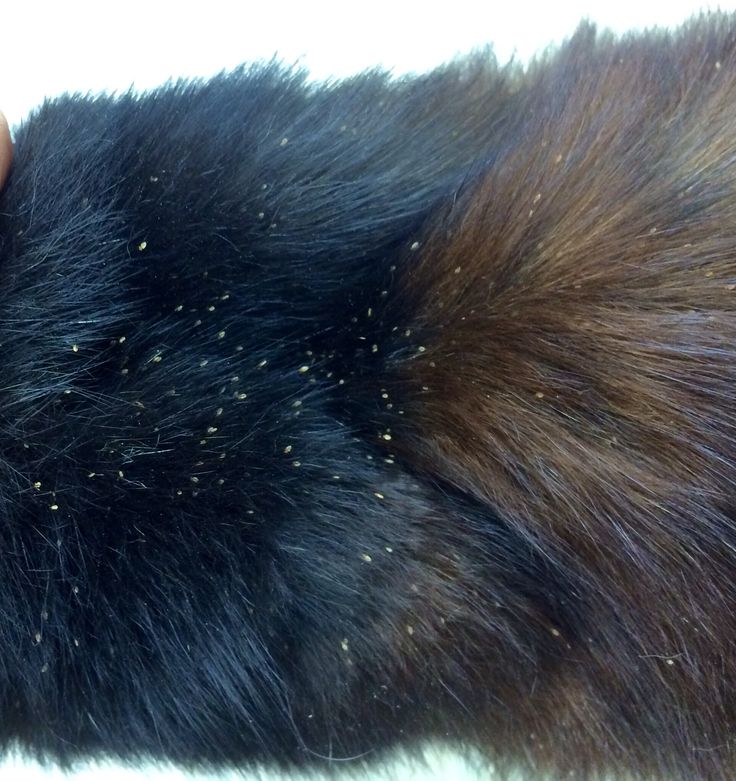 Dogs are bathed using special shampoos twice a week for 1-2 weeks. Patients with very oily coats may need to bathe every other day for 2-3 weeks. Unlike primary seborrhea, local therapy for secondary seborrhea may differ from patient to patient and will be selected individually, since the degree of clinical manifestations of the disease will largely depend on the successful treatment of the underlying cause. As the underlying disease is treated, the interval between bathing increases.
Dogs are bathed using special shampoos twice a week for 1-2 weeks. Patients with very oily coats may need to bathe every other day for 2-3 weeks. Unlike primary seborrhea, local therapy for secondary seborrhea may differ from patient to patient and will be selected individually, since the degree of clinical manifestations of the disease will largely depend on the successful treatment of the underlying cause. As the underlying disease is treated, the interval between bathing increases.
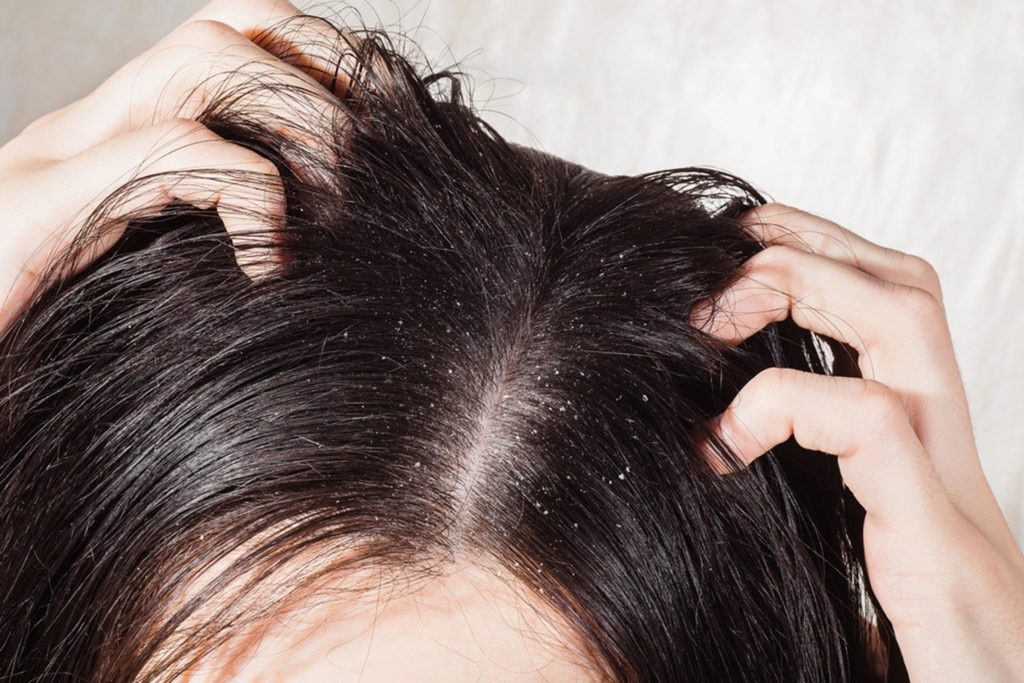 Drops are able to restore the lipid barrier of the skin.
Drops are able to restore the lipid barrier of the skin.
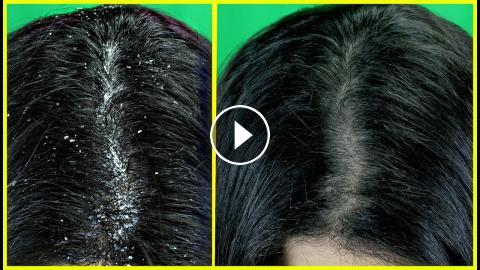 As a rule, lesions on the skin are similar to oily seborrhea. Allergies cause similar skin lesions, but, unlike seborrhea, allergic reactions are immediately accompanied by itching.
As a rule, lesions on the skin are similar to oily seborrhea. Allergies cause similar skin lesions, but, unlike seborrhea, allergic reactions are immediately accompanied by itching. 
 But the process occurs in such a way that it is almost imperceptible to the naked eye. But when massive peeling begins, which is hard not to notice, you should take a closer look at the animal: perhaps it is unhealthy.
But the process occurs in such a way that it is almost imperceptible to the naked eye. But when massive peeling begins, which is hard not to notice, you should take a closer look at the animal: perhaps it is unhealthy. 
 Try not to bring the animal to stressful situations, it does not deserve it.
Try not to bring the animal to stressful situations, it does not deserve it. 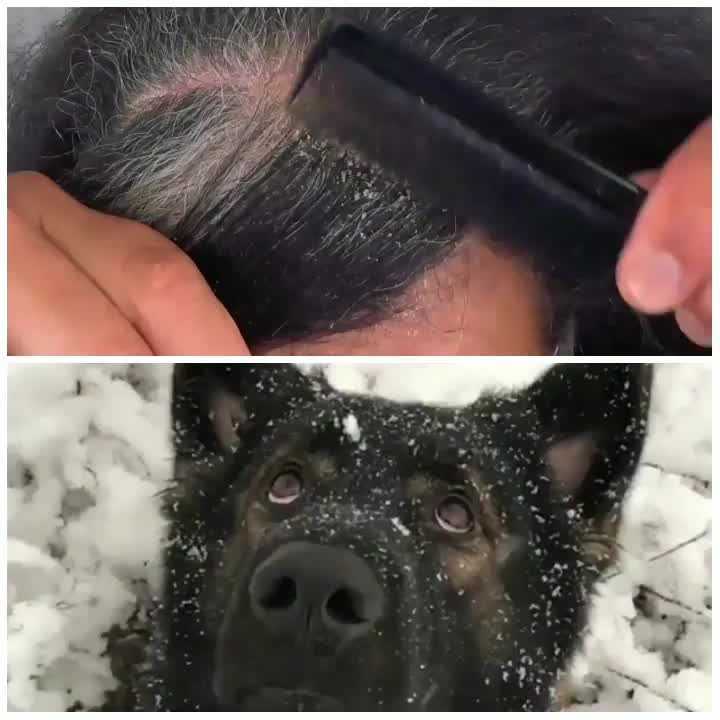 Therefore, do not let the animals run through the tall grass in the park during a walk, and after a walk, carefully comb them out and inspect them.
Therefore, do not let the animals run through the tall grass in the park during a walk, and after a walk, carefully comb them out and inspect them. 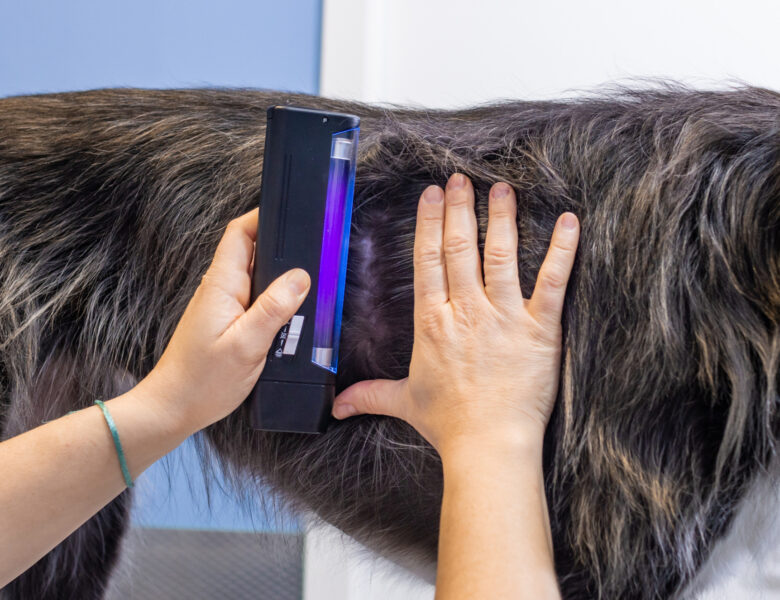 Only after a series of studies can a correct diagnosis be made and the cause of the appearance of troubles on the skin identified.
Only after a series of studies can a correct diagnosis be made and the cause of the appearance of troubles on the skin identified.  This will improve the appearance of the dog. Her coat will become shiny and silky, and there will be no trace of dandruff.
This will improve the appearance of the dog. Her coat will become shiny and silky, and there will be no trace of dandruff. 
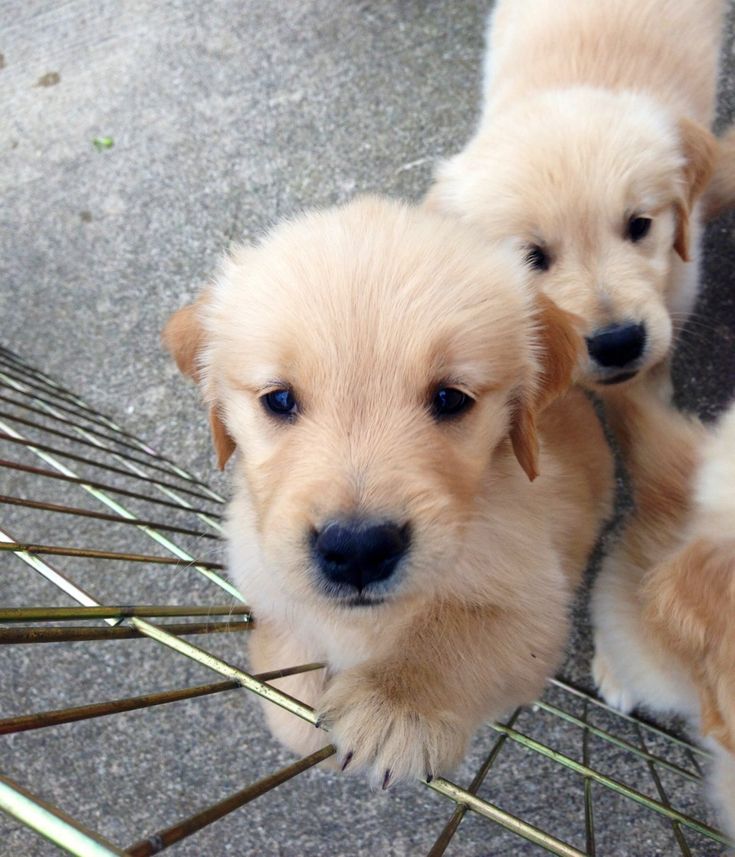
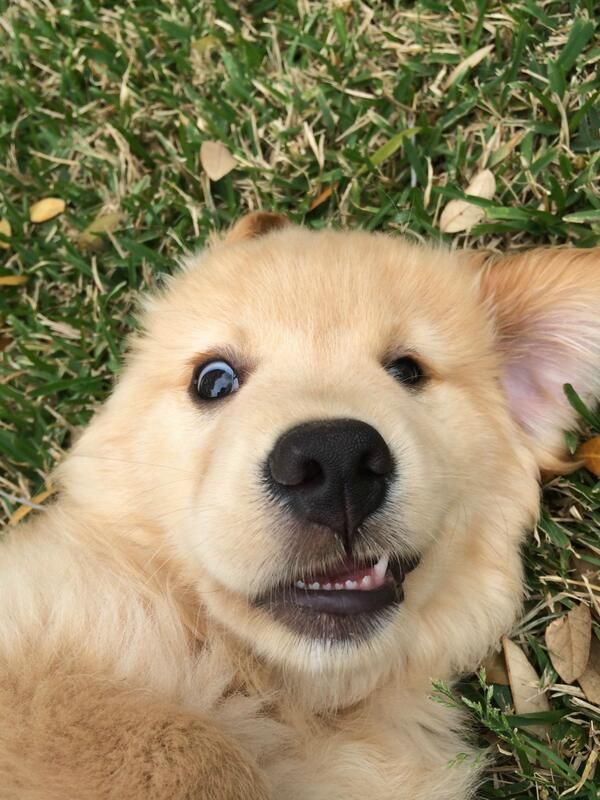 That said, the AKC says they’re smart, obedient, gentle and easy enough to train that you won’t need to hand over all of your hard-earned money to a dog behaviour specialist. Their small stature also means less money for food and the ability to live in a smaller (and less costly) home.
That said, the AKC says they’re smart, obedient, gentle and easy enough to train that you won’t need to hand over all of your hard-earned money to a dog behaviour specialist. Their small stature also means less money for food and the ability to live in a smaller (and less costly) home.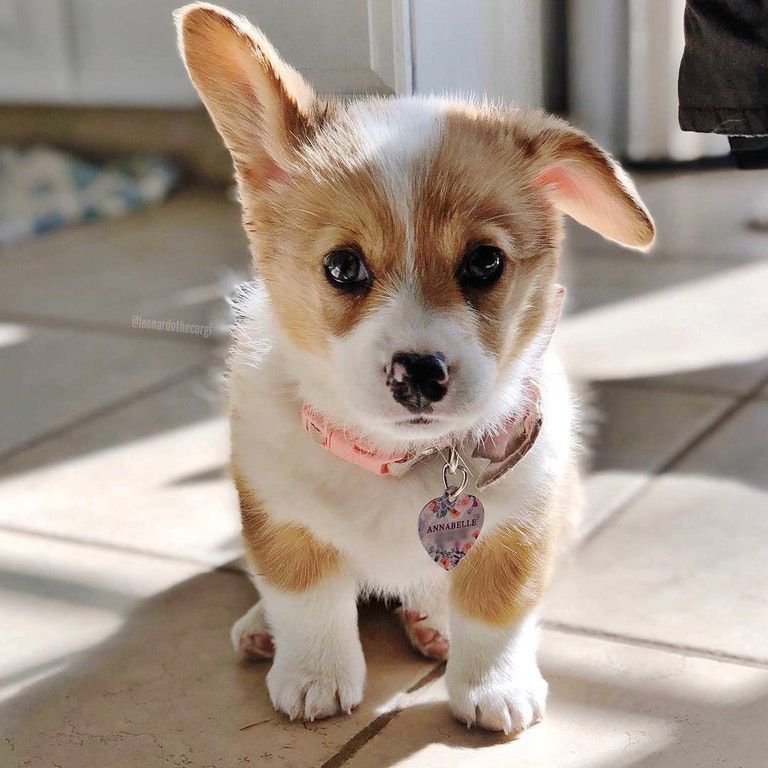
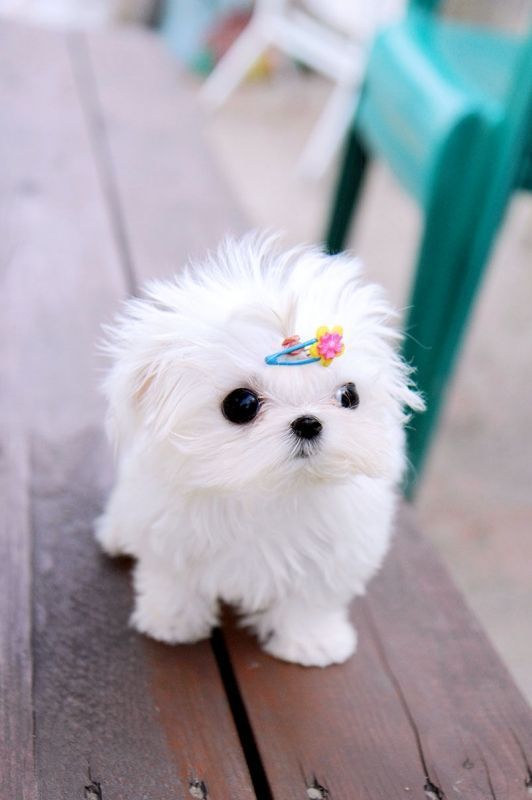
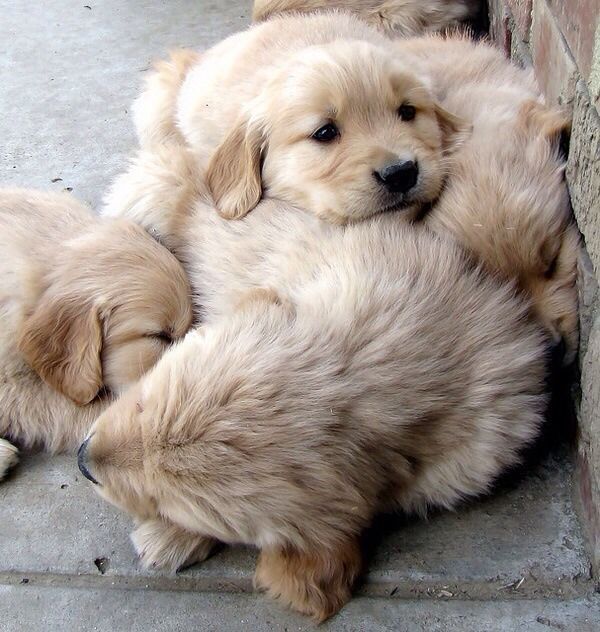 Rusty sports a sweet personality …
Rusty sports a sweet personality …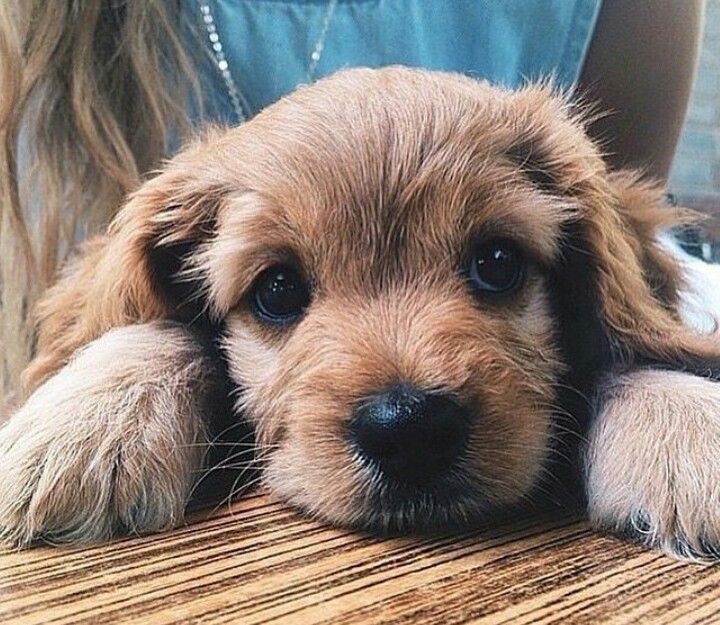 This designer breed …
This designer breed …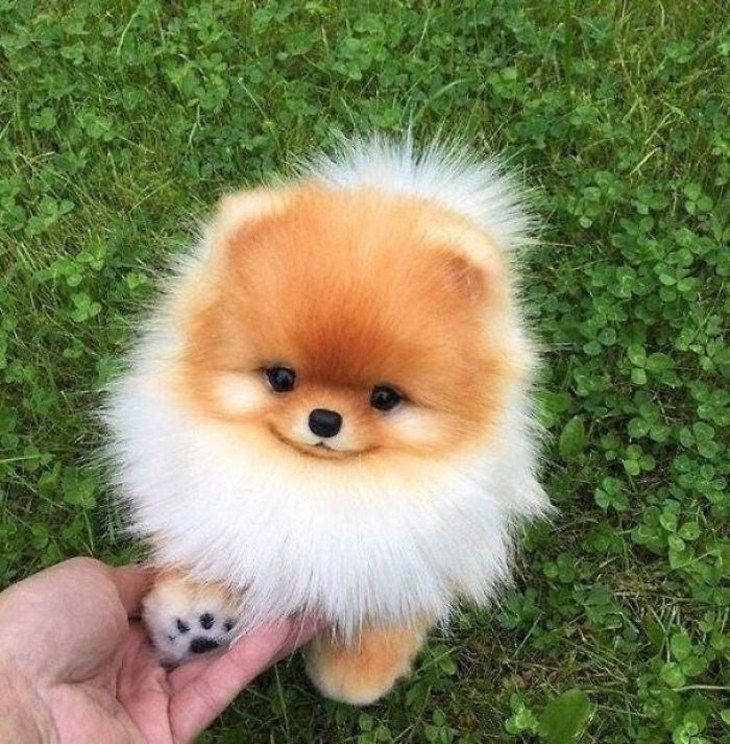 ..
..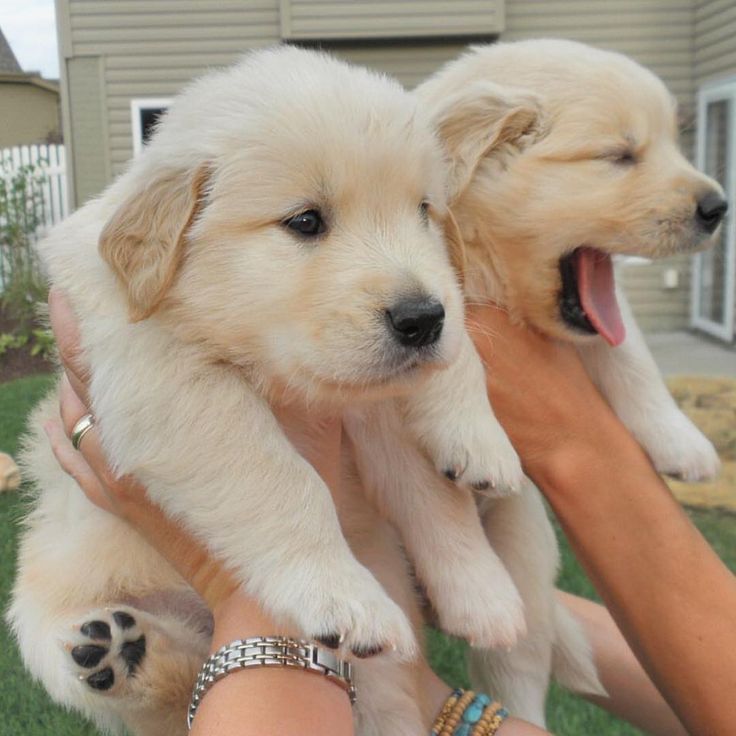 Will be up-to-date on shots and dewormer, will be vet checked with health certificate and a one …
Will be up-to-date on shots and dewormer, will be vet checked with health certificate and a one …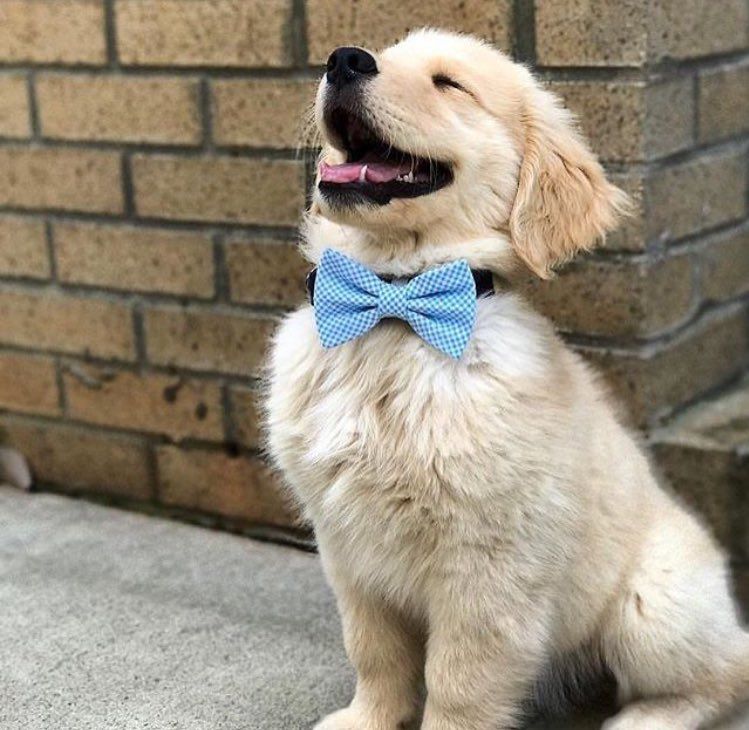 Will be up-to-date on shots and dewormer, will be vet checked with health certificate and a one …
Will be up-to-date on shots and dewormer, will be vet checked with health certificate and a one …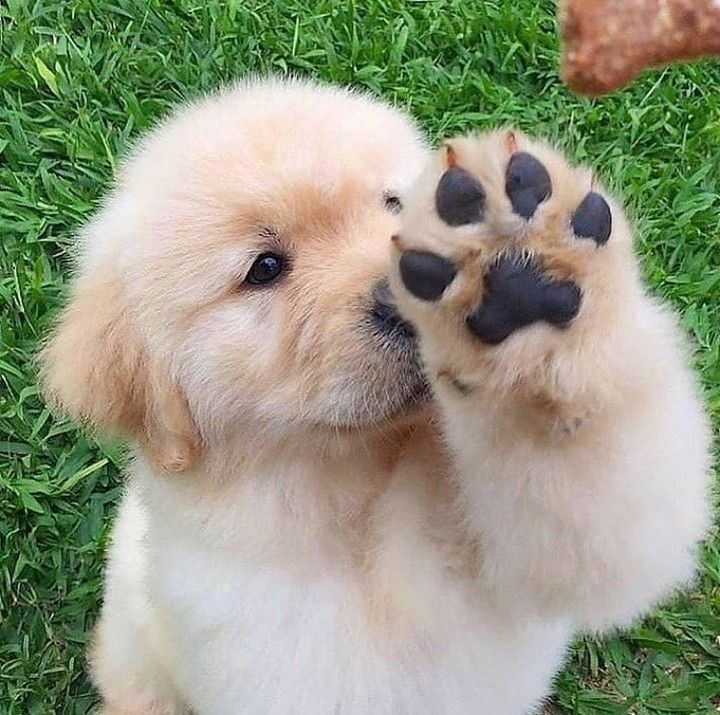 Great lap dog …
Great lap dog …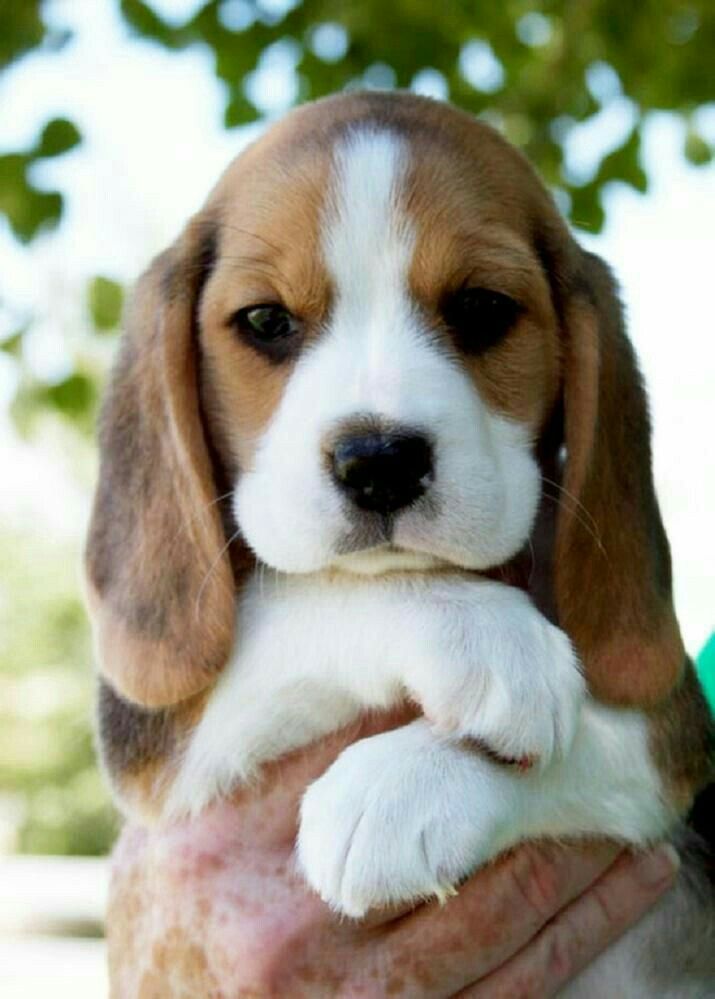 Great lap dog …
Great lap dog …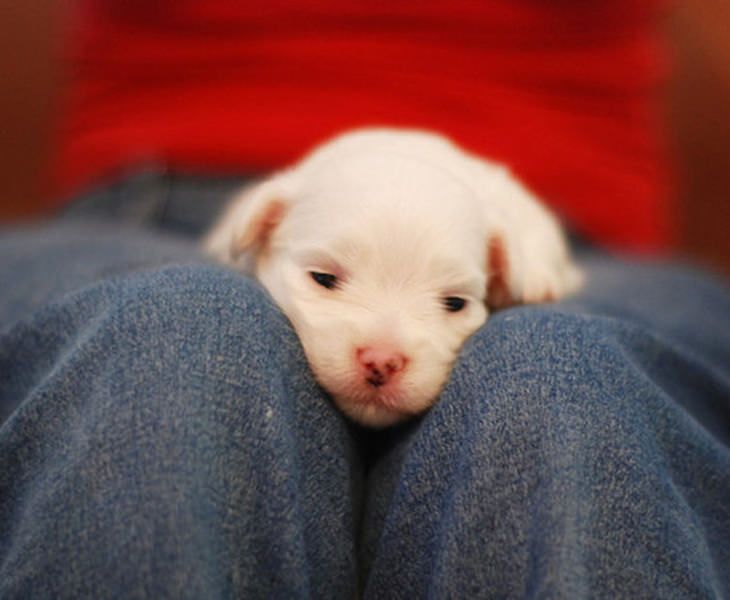 Their smaller stature also makes them ideal companions for seniors. Some of these breeds are even hypoallergenic, and you’ll find a lots of variety in coat type and color, from hairless breeds to small white dogs.
Their smaller stature also makes them ideal companions for seniors. Some of these breeds are even hypoallergenic, and you’ll find a lots of variety in coat type and color, from hairless breeds to small white dogs.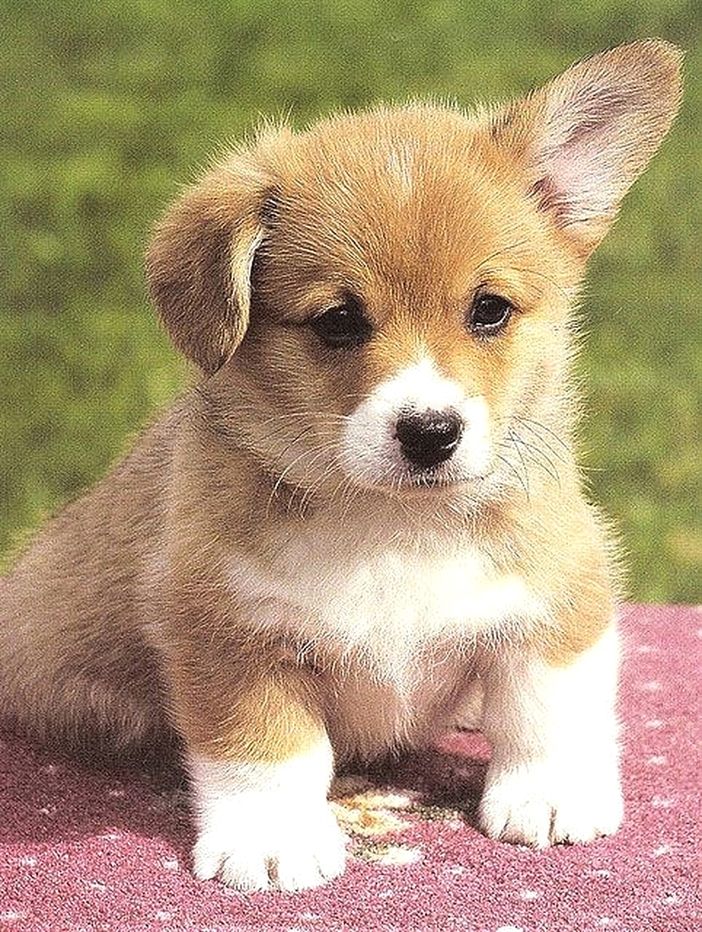 If your family are Star Wars fans, then you’ll appreciate this fun fact: Some argue Affenpinschers look like Wookies or Ewoks. They are less than a foot tall and have a dense coat that comes in a variety of colors.
If your family are Star Wars fans, then you’ll appreciate this fun fact: Some argue Affenpinschers look like Wookies or Ewoks. They are less than a foot tall and have a dense coat that comes in a variety of colors. 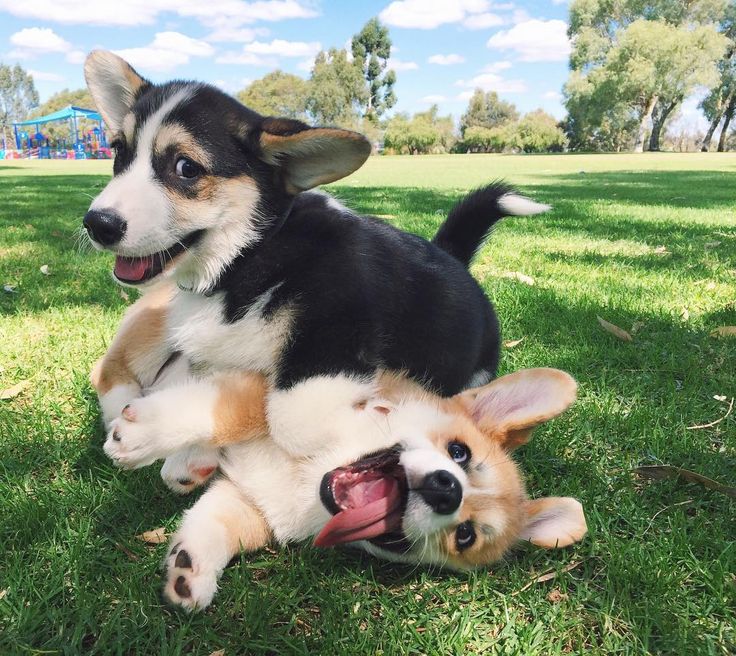 They weigh up to 12 pounds and love to snuggle in their owners laps.
They weigh up to 12 pounds and love to snuggle in their owners laps.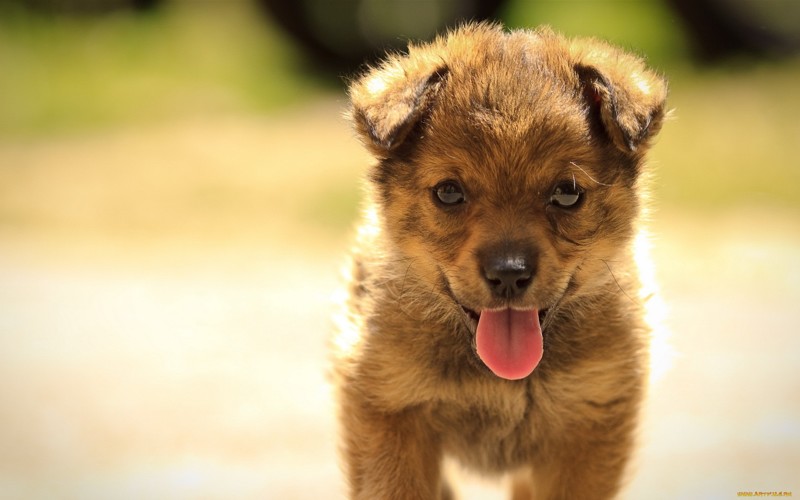 They stand 12 to 16 inches tall and always have an extra pep in their step for hours of play with the little ones.
They stand 12 to 16 inches tall and always have an extra pep in their step for hours of play with the little ones.  They weigh between 10 and 25 pounds.
They weigh between 10 and 25 pounds.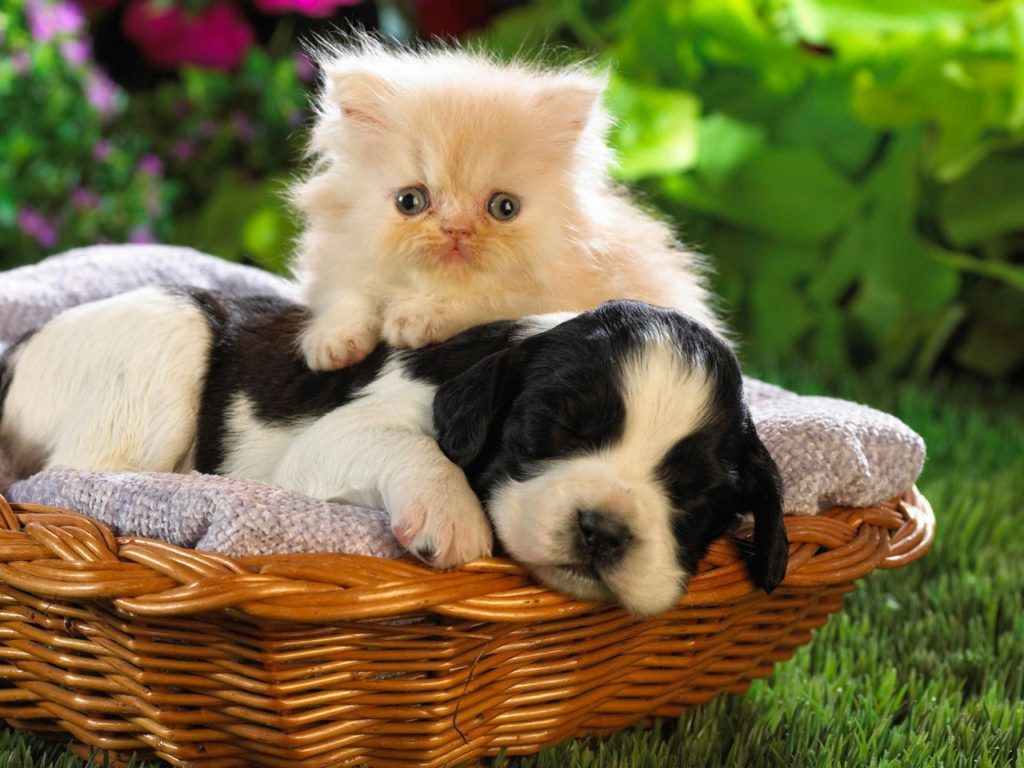 They are curious, and extremely friendly. They don’t love long distance runs or swims, but other than that, they’re ready to play all day long. Also be warned: Dachshunds make great watchdogs due to their loud barks.
They are curious, and extremely friendly. They don’t love long distance runs or swims, but other than that, they’re ready to play all day long. Also be warned: Dachshunds make great watchdogs due to their loud barks.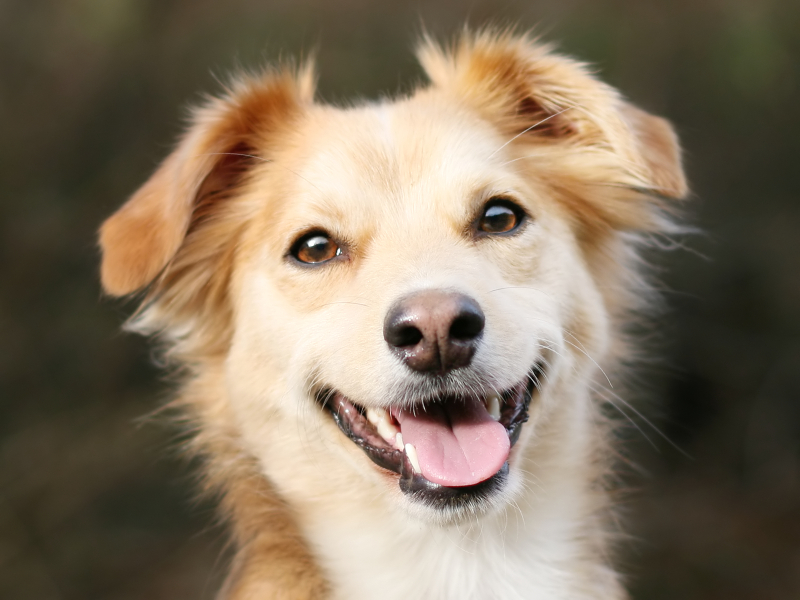 They’re known for being tough, no-frills workers when needed, but are good-tempered and trainable when home. Border Terriers grow to anywhere between 11 and 16 inches, rarely weigh more than 16 pounds, and adapt well to city life.
They’re known for being tough, no-frills workers when needed, but are good-tempered and trainable when home. Border Terriers grow to anywhere between 11 and 16 inches, rarely weigh more than 16 pounds, and adapt well to city life.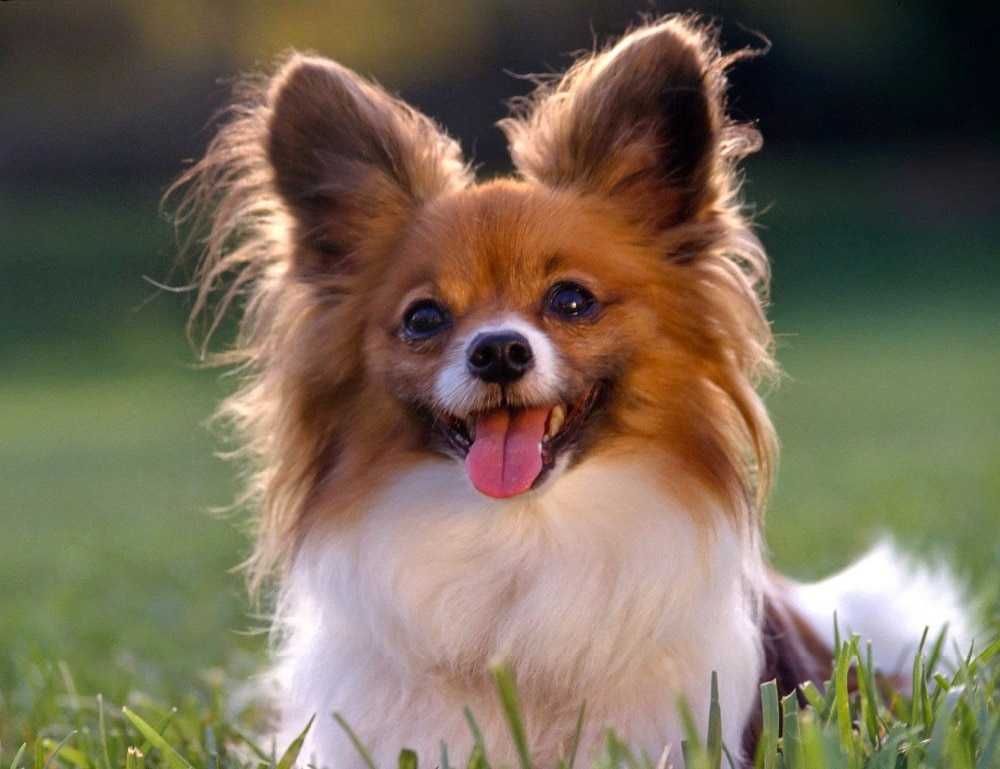 They’re easy to train as companions or athletes, though they are considered the AKC’s smallest sporting spaniel standing at 14 to 15 inches and around 20 pounds.
They’re easy to train as companions or athletes, though they are considered the AKC’s smallest sporting spaniel standing at 14 to 15 inches and around 20 pounds.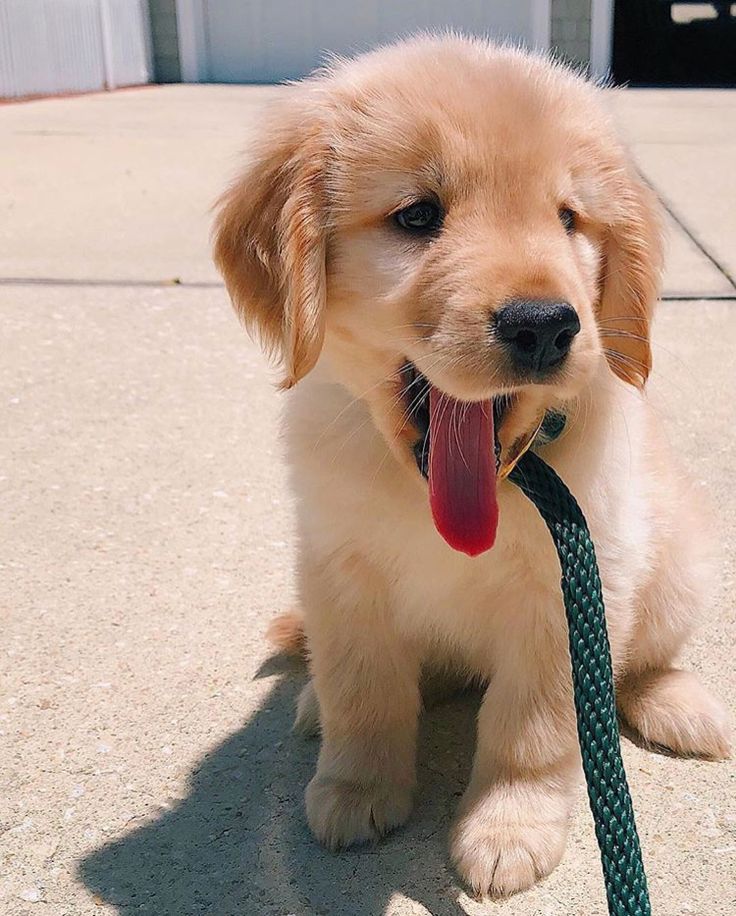 Mini poodles stand at 15 inches or less and tend to weigh a maximum of 15 pounds. Their curly, low-allergen coat makes them ideal hypoallergenic dogs.
Mini poodles stand at 15 inches or less and tend to weigh a maximum of 15 pounds. Their curly, low-allergen coat makes them ideal hypoallergenic dogs.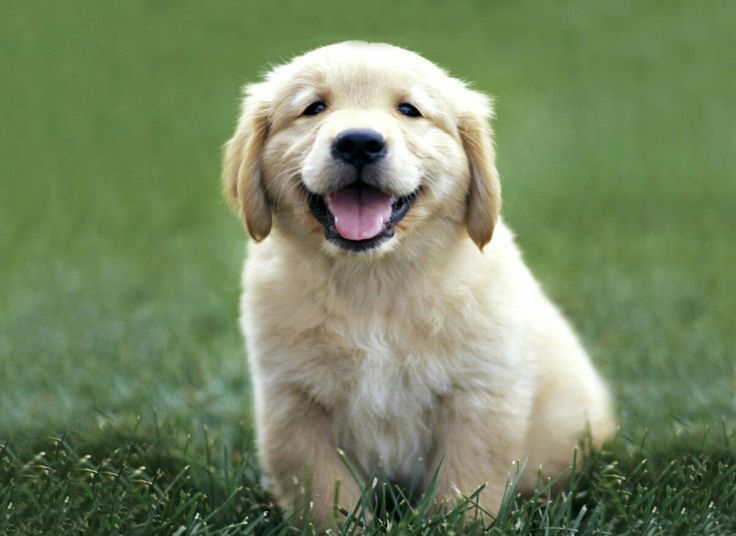 They weigh around 20 pounds.
They weigh around 20 pounds.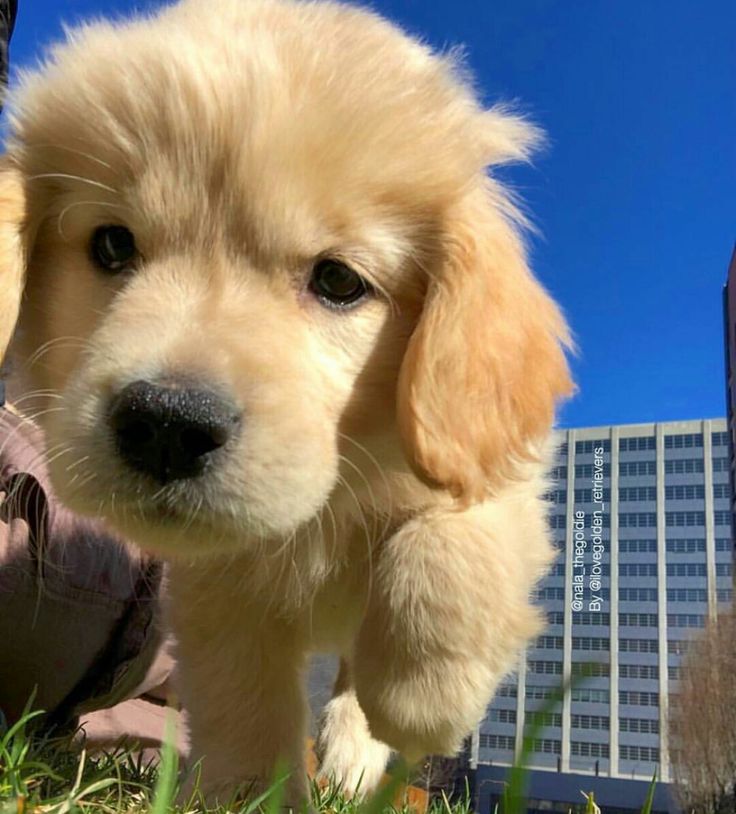 They’re under 20 pounds.
They’re under 20 pounds.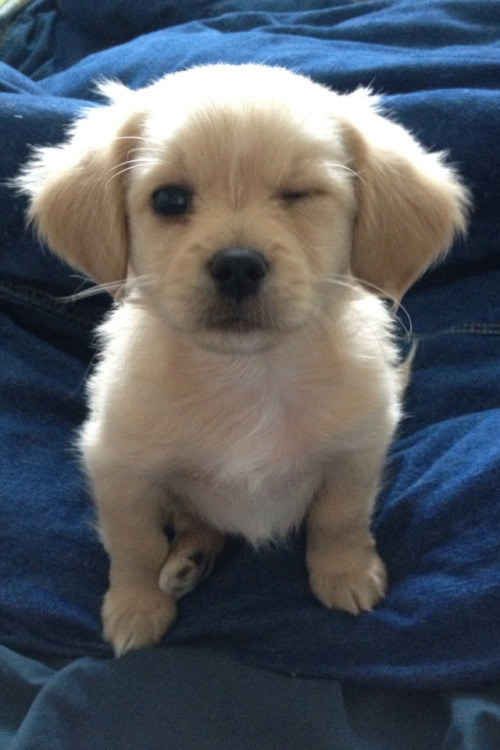 The most likely causes of allergies are:
The most likely causes of allergies are: 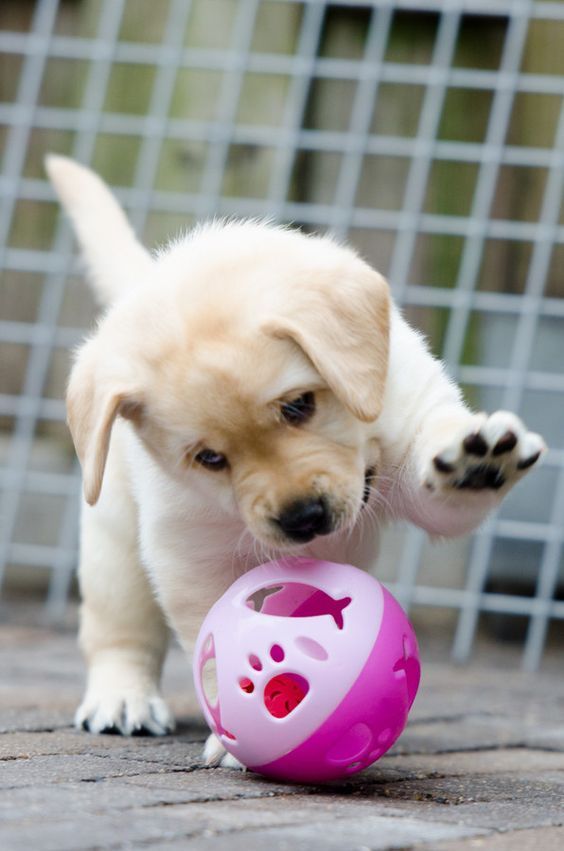
 As a rule, such breeds are characterized by reduced salivation, which means they are not such a strong source of allergen.
As a rule, such breeds are characterized by reduced salivation, which means they are not such a strong source of allergen. 
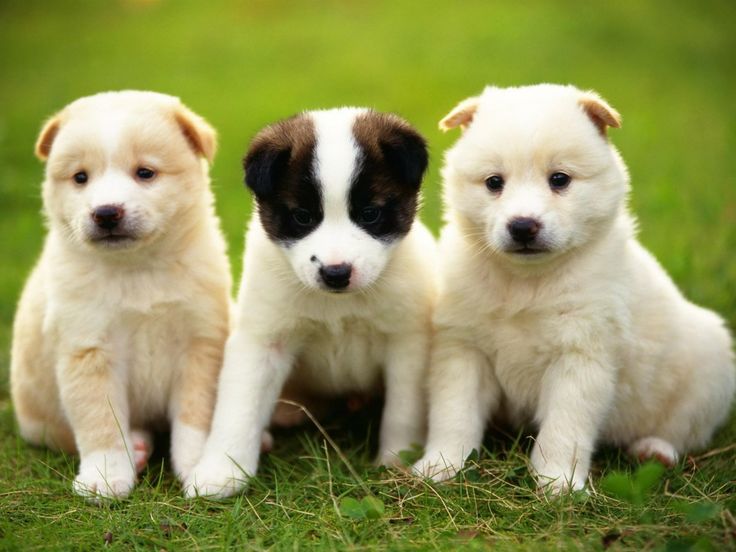 The structure of the wool is as close as possible to the human hair, so it will not cause any allergic reactions.
The structure of the wool is as close as possible to the human hair, so it will not cause any allergic reactions. 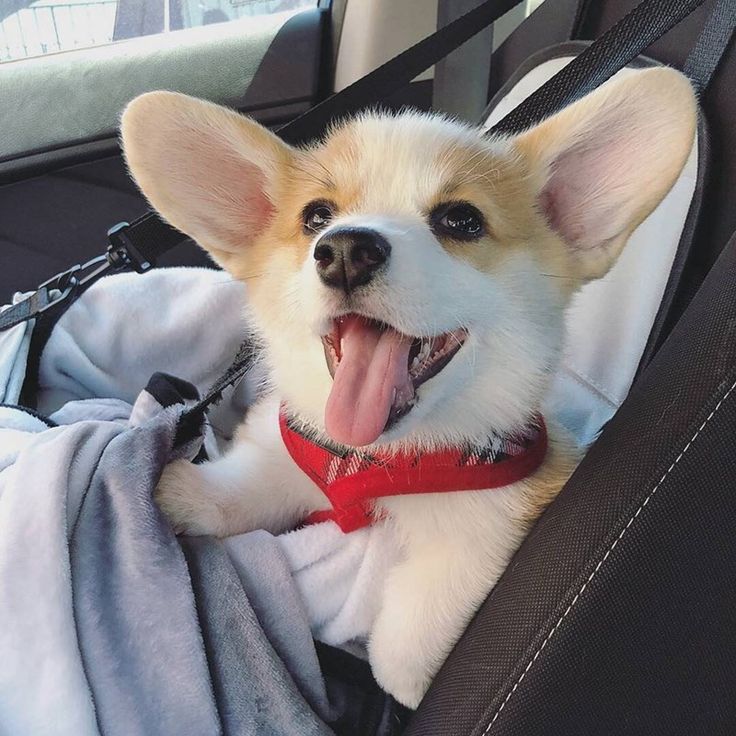 However, this breed is not suitable for families with children, as they do not tolerate careless treatment.
However, this breed is not suitable for families with children, as they do not tolerate careless treatment. 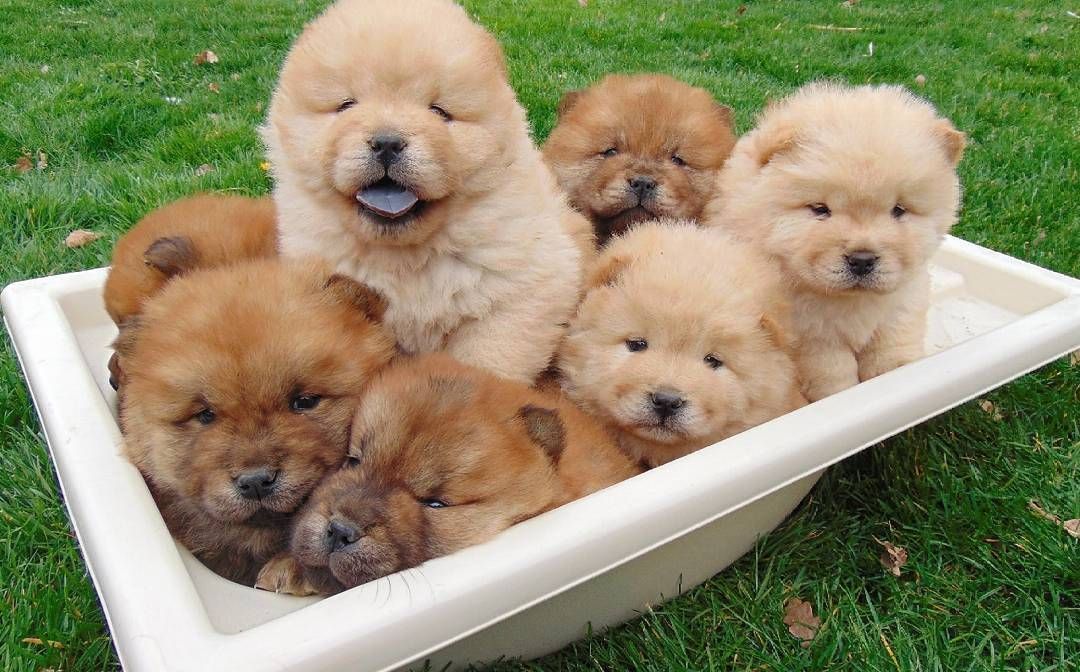 Poodles are very intelligent and easy to train dogs, which is often the reason why they perform in circuses.
Poodles are very intelligent and easy to train dogs, which is often the reason why they perform in circuses. 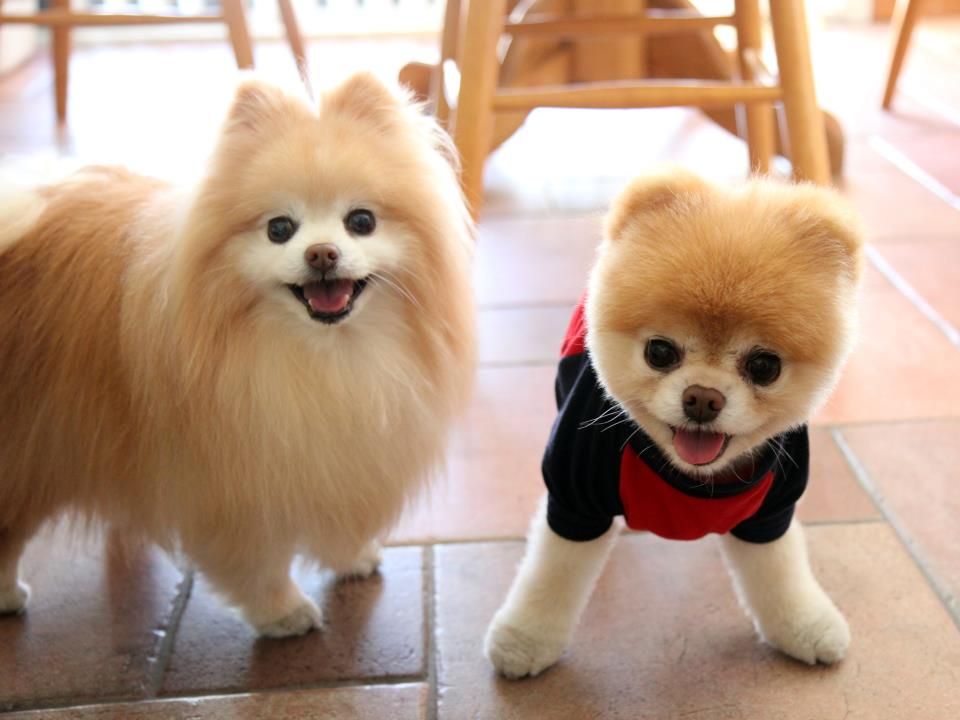 The breed perfectly combines the skills of a guard and a nanny – not only are they not dangerous for children, but they will also become excellent friends and playmates.
The breed perfectly combines the skills of a guard and a nanny – not only are they not dangerous for children, but they will also become excellent friends and playmates. 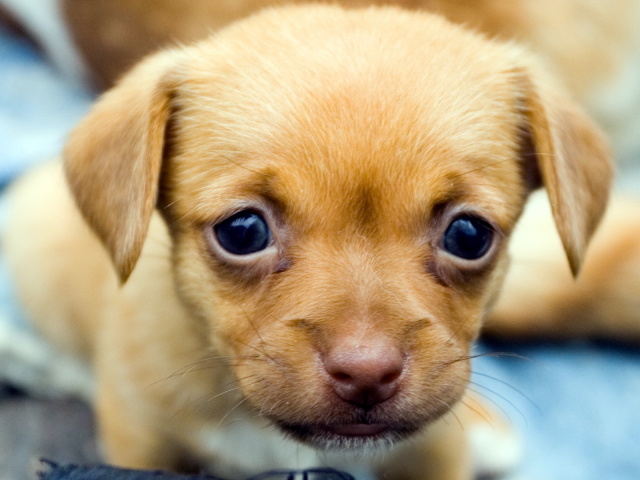
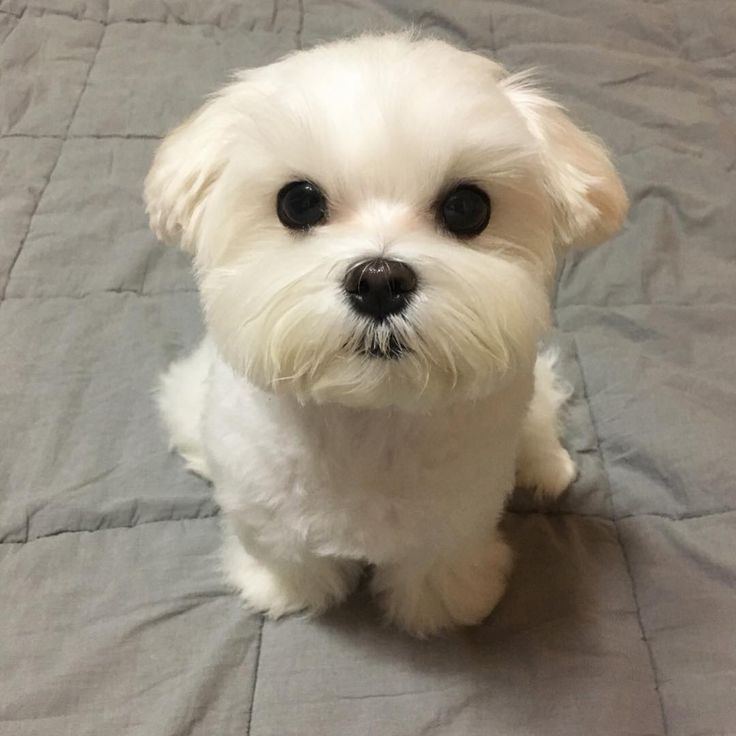 Fox terriers grow small, their height at the withers reaches only 40 cm. But do not underestimate them, because behind their small size lies great strength and good physical fitness.
Fox terriers grow small, their height at the withers reaches only 40 cm. But do not underestimate them, because behind their small size lies great strength and good physical fitness. 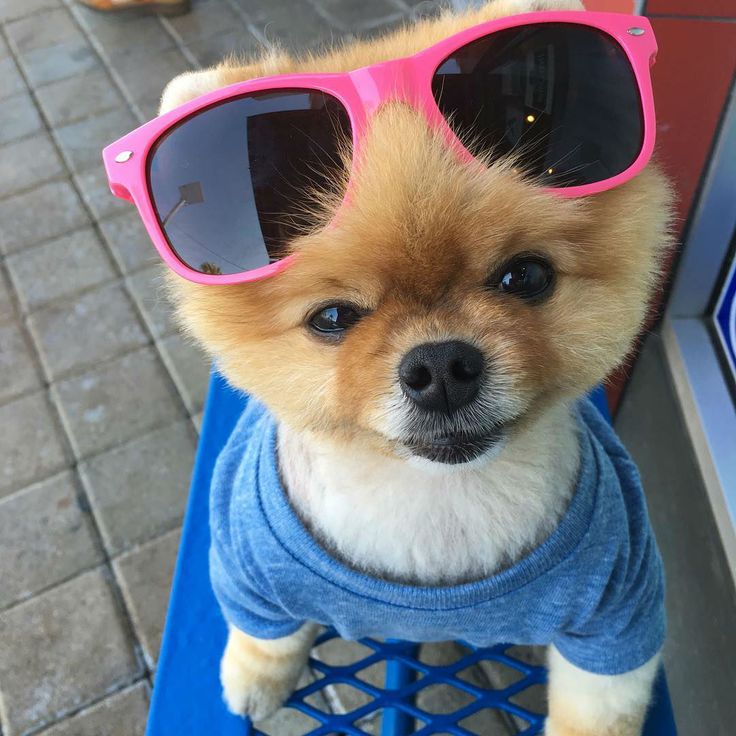 It adapts very well to life in an apartment, but does not like loneliness and requires constant “release of energy” and physical activity.
It adapts very well to life in an apartment, but does not like loneliness and requires constant “release of energy” and physical activity. 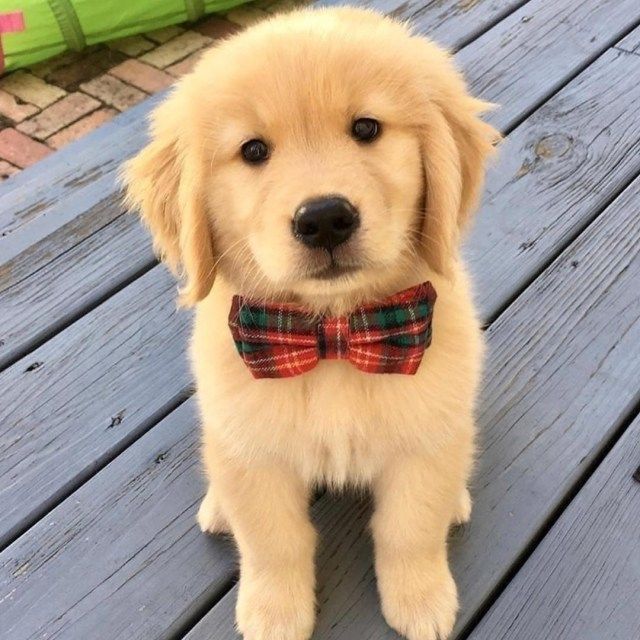
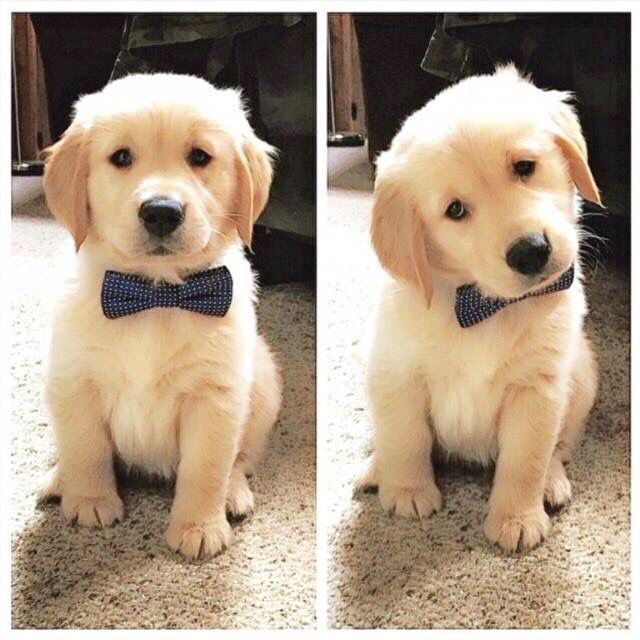
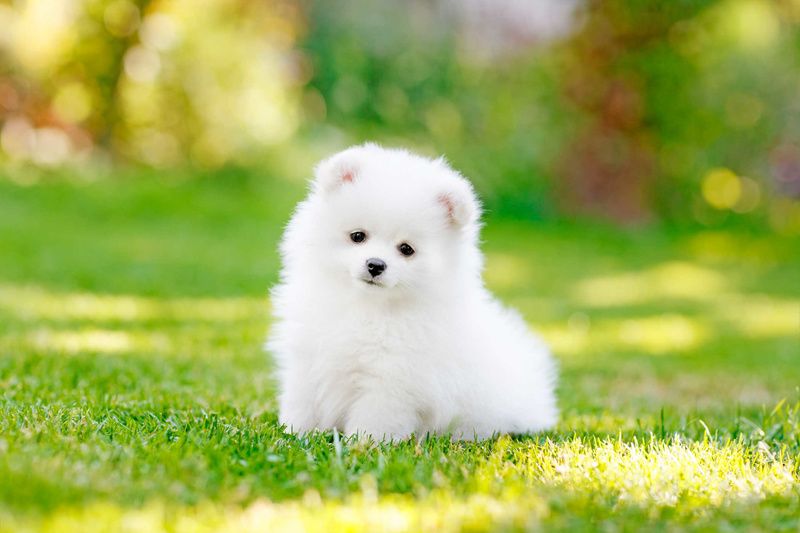 Even is one of the main principles of choice.
Even is one of the main principles of choice. 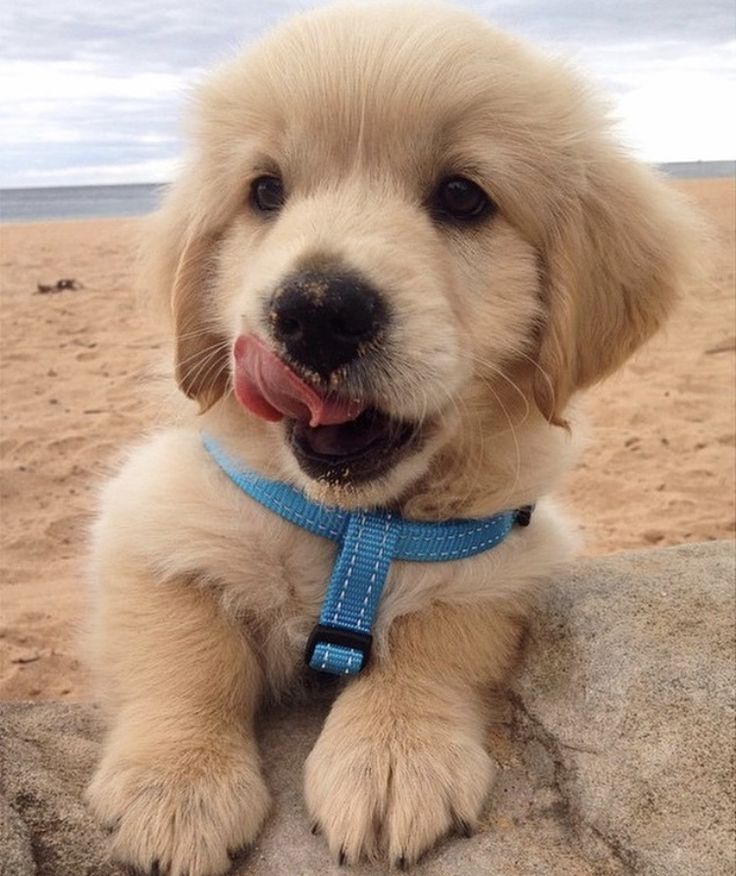
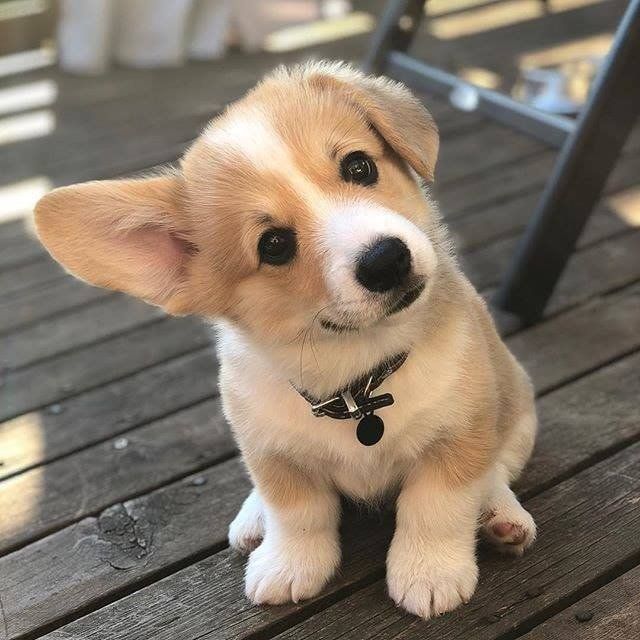 You can’t do without them. There are no dogs that do not need to be vaccinated to eliminate the risk of infecting humans.
You can’t do without them. There are no dogs that do not need to be vaccinated to eliminate the risk of infecting humans. 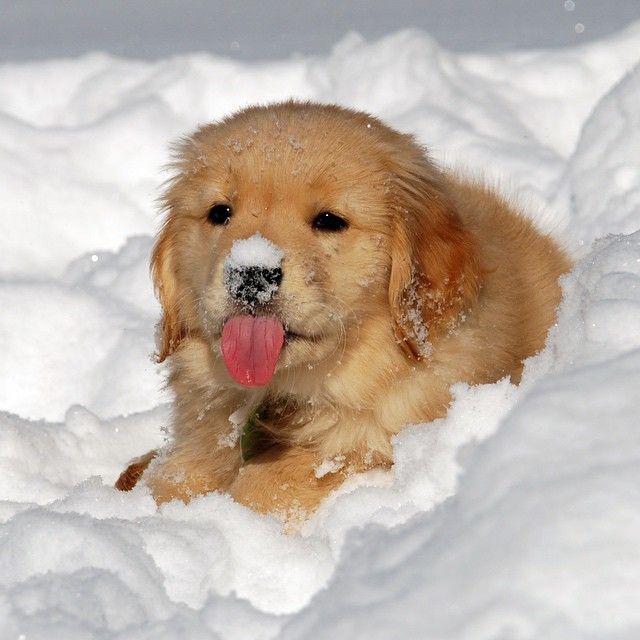 They are very wayward, so it is more difficult for them than other small breeds to train. They are moderately curious, active, distinguished by curiosity and sociability. By nature they are hunters.
They are very wayward, so it is more difficult for them than other small breeds to train. They are moderately curious, active, distinguished by curiosity and sociability. By nature they are hunters.
 They live on average 15 years, but cases up to 20 are not uncommon.
They live on average 15 years, but cases up to 20 are not uncommon.
 But they are very happy to show attention to them, and will respond to the owner with very strong love. They do not lose heart in the absence of the owner, and sincerely rejoices at his return.
But they are very happy to show attention to them, and will respond to the owner with very strong love. They do not lose heart in the absence of the owner, and sincerely rejoices at his return.
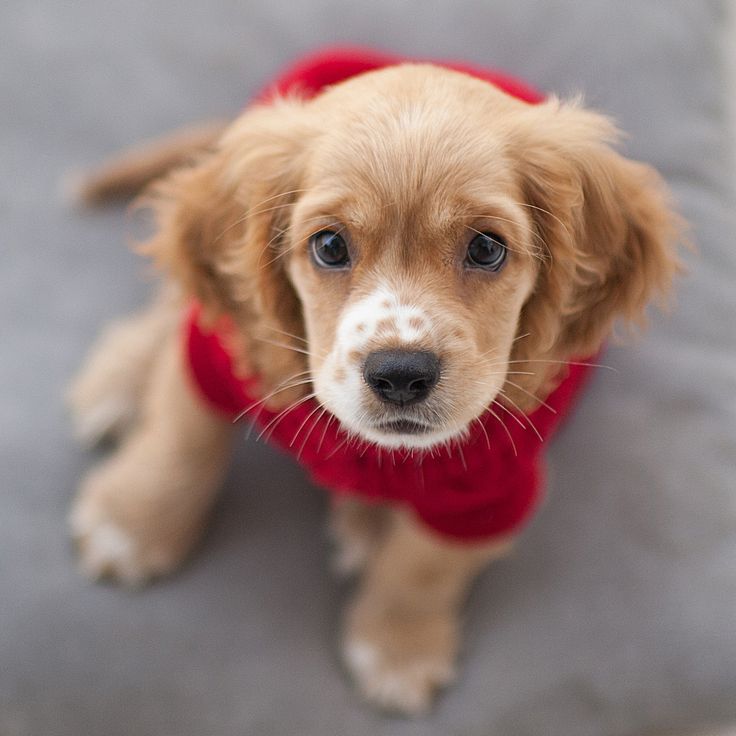
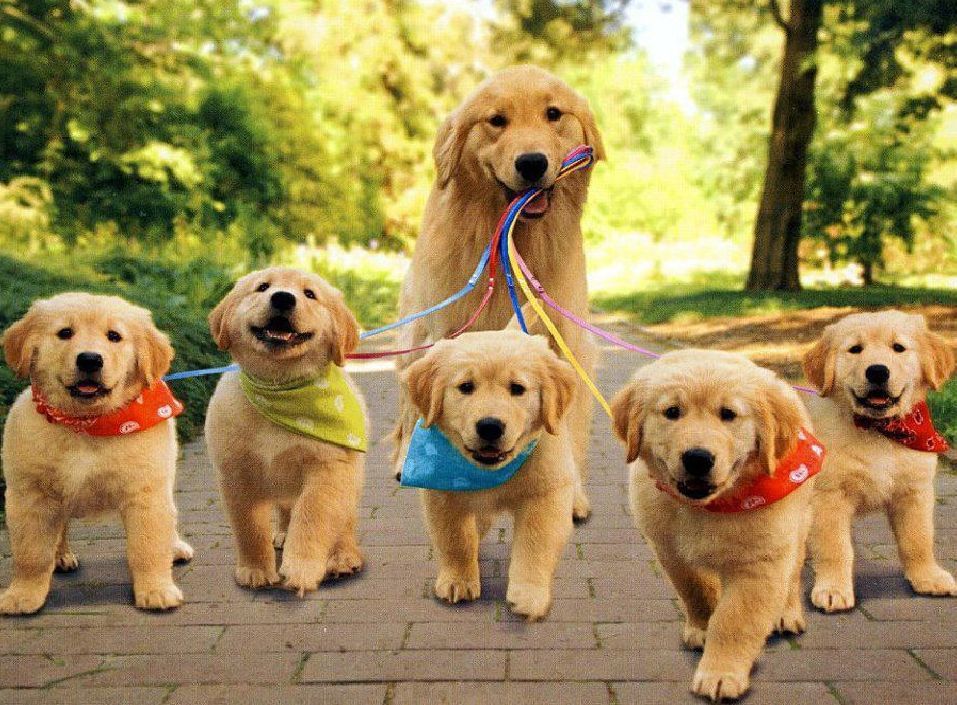 These breeds include: pugs, corgis, french bulldogs .
These breeds include: pugs, corgis, french bulldogs .
 Life expectancy ranges from 10 to 15 years.
Life expectancy ranges from 10 to 15 years.
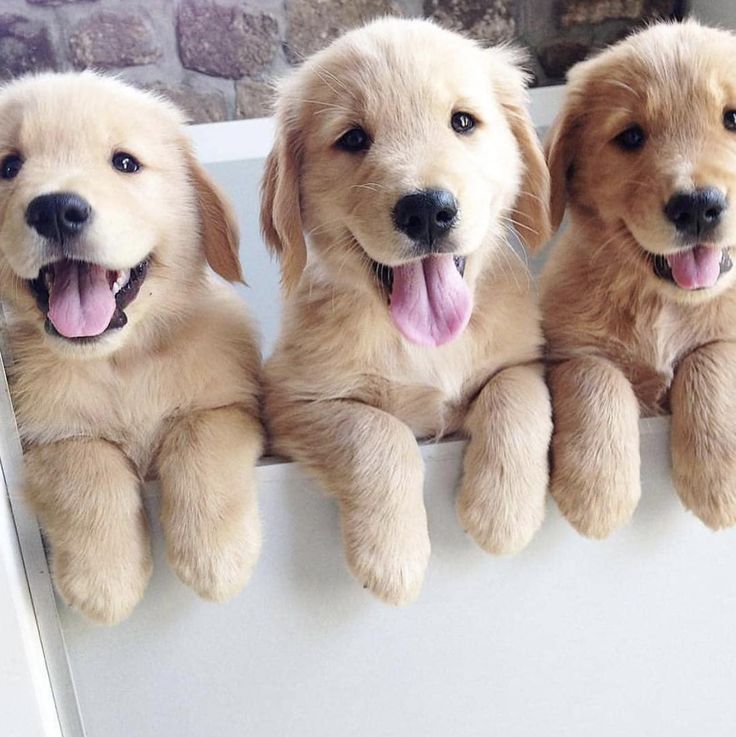 They are trusting and friendly.
They are trusting and friendly.
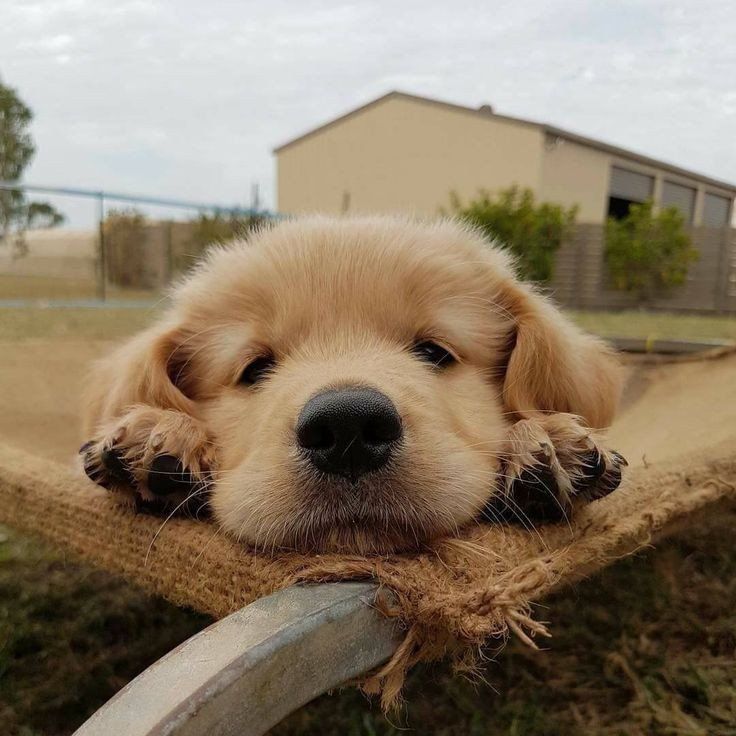 They communicate well with children. Short hair does not require complicated care: it is enough to comb the animal once a week and bathe every month.
They communicate well with children. Short hair does not require complicated care: it is enough to comb the animal once a week and bathe every month.
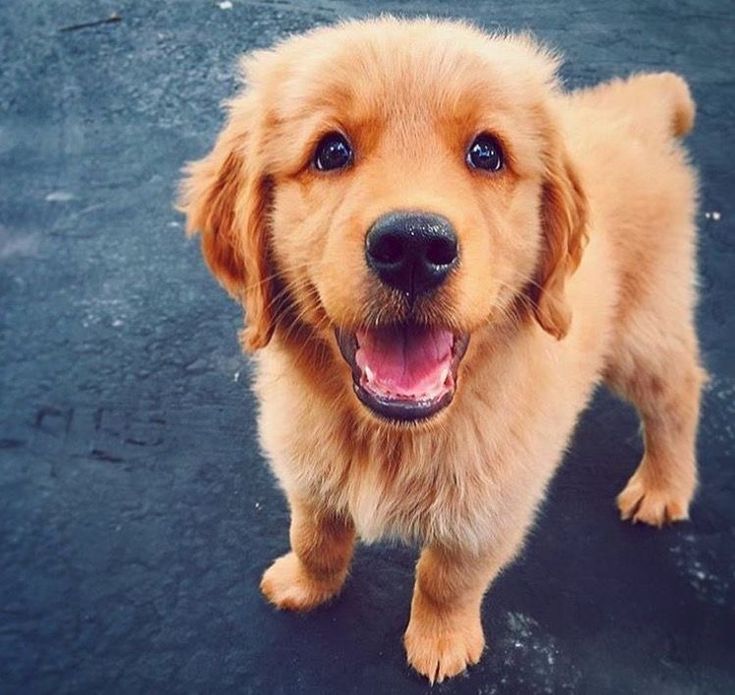 This Newfoundlands . They need a large space, so both they and the owners will be comfortable only in a private house or large apartment. In small apartments, it is better not to start them.
This Newfoundlands . They need a large space, so both they and the owners will be comfortable only in a private house or large apartment. In small apartments, it is better not to start them.
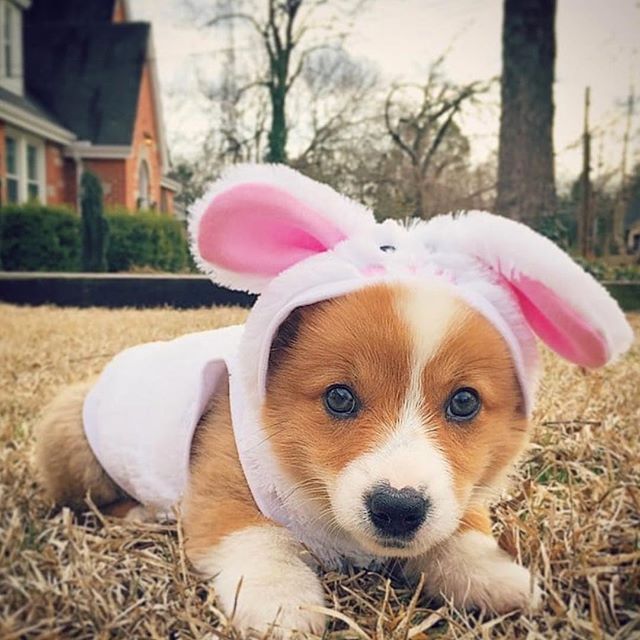 True, this rumbling can also be quite annoying. It is advisable to have this pet in a relatively large apartment.
True, this rumbling can also be quite annoying. It is advisable to have this pet in a relatively large apartment. 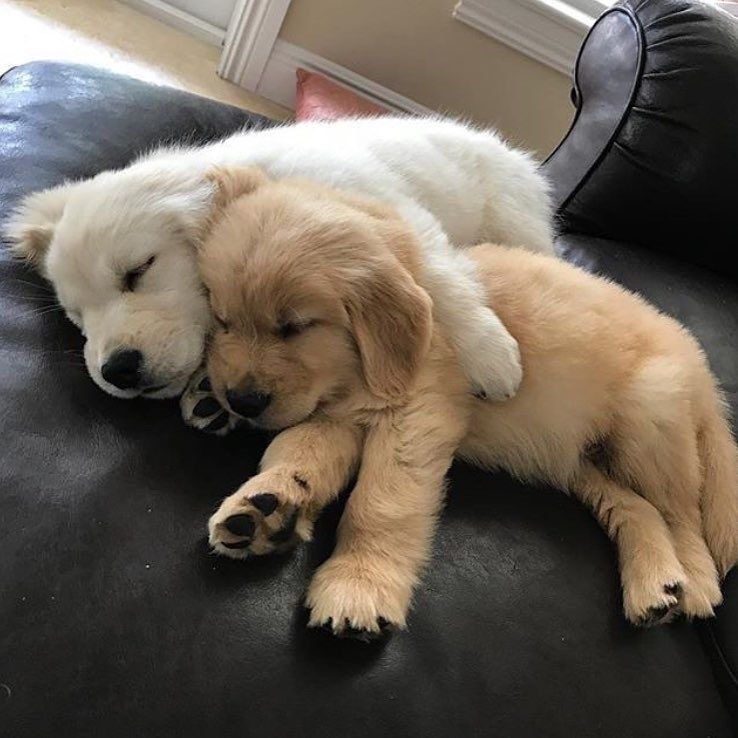
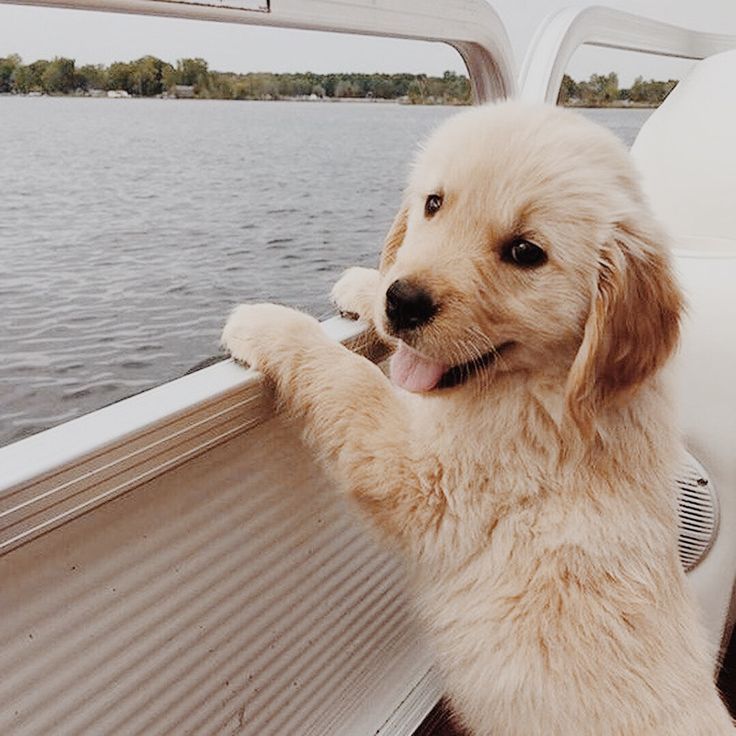
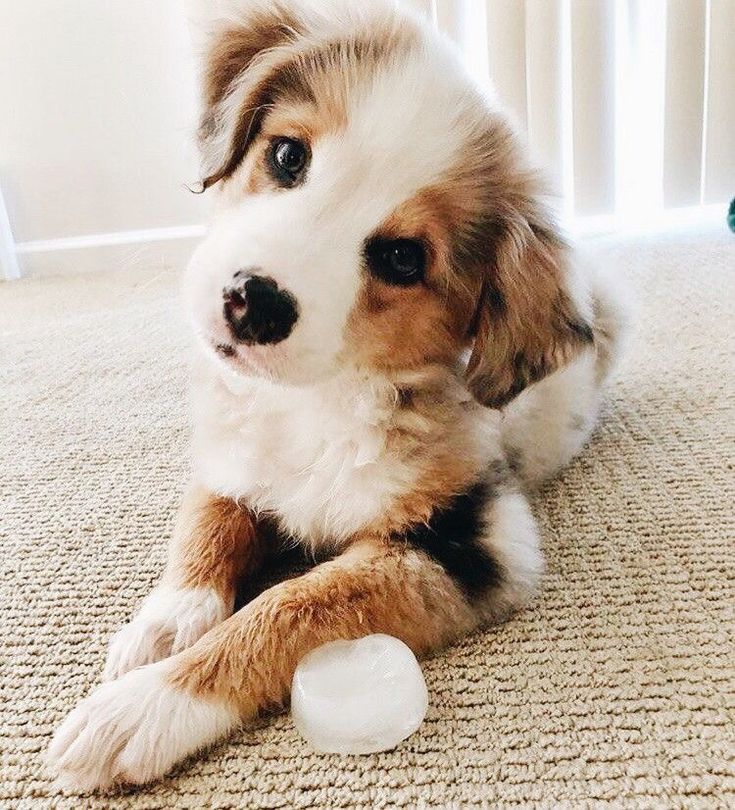 Usually small dogs are bred. Only if the living space is large enough, then they decide to start medium and even large breeds.
Usually small dogs are bred. Only if the living space is large enough, then they decide to start medium and even large breeds.
